In 2021, I once walked through Beijing...


1. Tiananmen Square
2. Streets and Alleys
3. University and Primary School
4. Former Residences of Celebrities
5. Museums
6. Parks
7. Temples, Churches, Mosques
8. Mountain Peaks
9. Villages
10. The Great Wall

1. Tiananmen
Tiananmen Square and its surroundings are often the first stop for tourists arriving in Beijing. I love Tiananmen Square in Beijing, the sun rising over it... It's densely packed with national symbols—Tiananmen, which also serves as the national emblem—Chang'an Avenue, the five-star red flag fluttering across Tiananmen Square, the Monument to the People's Heroes, Chairman Mao's Memorial Hall, the Zhengyangmen Tower at the southern end, the National Museum of China to the east, and the Great Hall of the People to the west. This is more than just a tourist attraction. Undoubtedly, Tiananmen Square holds a wealth of symbolic significance for the Chinese people. It is the spiritual root of the Chinese nation and the political and cultural center of the country. Since its construction during the Yongle reign of the Ming Dynasty, Tiananmen Square has witnessed the nation's rise and fall over the centuries, right up to today's revival... (Image file: Tiananmen Square - National Day Flower Basket) (Image file: National Museum of China) src="https://dimg04.c-ctrip.com/images/010541200099pwicw4D59_W_671_0_Q90.jpg?proc=autoorient" />
Monument to the People's Heroes

Chairman Mao Memorial Hall

Great Hall of the People

Zhengyangmen Tower - Arrow Tower


Tiananmen Square

2. Streets and Alleys
Beijing’s streets and alleys – the hutongs – are the face of Beijing and the real daily life of the city: even wide streets like Chang’an Avenue and the North Fourth Ring Road are bustling with traffic day and night; and the hutongs – the thousands of hutongs with their countless courtyard houses – are more often the daily life of Beijing’s residents. Of course, some areas, like Nanluoguxiang, have become bustling tourist spots and bars, which is also the reality of the present. On one side is the endless prosperity and tall buildings, while on the other side are the customs and people accumulated over hundreds of years in the hutongs and alleys. This is Beijing, modern yet traditional...
Chang'an Avenue is located in the south of the Forbidden City. The name Chang'an comes from the meaning of long-term peace and stability in the ancient capital of the Tang Dynasty. In a narrow sense, it runs from Dongdan to Xidan, and is divided into East and West Chang'an Avenue at Tiananmen Square. In a broad sense, it refers to the main axis of Beijing from Mentougou to Tongzhou.

Chang'an Avenue

Zhongnanhai
Beinan Heyan Street, located on the east side of the Forbidden City, extends southward across Chang'an Avenue to become Zhengyi Road. The three highest judicial organs of the People's Republic of China, the public security, procuratorial and judicial organs, are all located on this street; other places include Qiushi Magazine, the Western Returned Scholars Association (the former site of Pusheng Temple in the Qing Dynasty), etc. The former site of the Sino-French University is located on Donghuangchenggen Street, a side road of Beihe Street. The Sino-French University was one of the early activity sites of the Communist Party of China. Comrade Chen Yi once studied here and served as the party branch secretary.

The Former Site of Sino-French University



Supreme People's Court

Supreme People's Procuratorate
A May Fourth Movement Monument stands at the intersection of Beiheyan Street and Wusi Avenue, reminding people of the great student patriotic movement that took place in 1919, more than a hundred years ago, which almost swept across major cities across the country. A little further west along Wusi Avenue is the Beijing New Culture Movement Memorial Hall, which is also the birthplace of the May Fourth Movement, the "Peking University Red Building."

May Fourth Movement Monument

Beijing New Culture Movement Memorial Hall
Nearby Jiangan Hutong: Chen Duxiu's Former Residence - Chen Duxiu came to Beijing in early 1917 to serve as a professor and dean of the School of Arts at Peking University, and lived at No. 9 Jiangan Hutong. Chen Duxiu, courtesy name Zhongfu and pseudonym Shi'an, was a native of Huaining, Anhui Province. He was the initiator, promoter, and leading figure of the New Culture Movement, the "Commander-in-Chief of the May Fourth Movement," and one of the principal founders and early leaders of the Communist Party of China. The New Culture Movement began in 1915 with the publication of the Youth Magazine, edited by Chen Duxiu (renamed New Youth the following year). Its main advocacy advocated democracy, science, new morality, and new literature, and opposed autocracy, superstition, outdated morality, and outdated literature.

Chen Duxiu's Former Residence - Former Site of the New Youth Editorial Office
Wangfujing Pedestrian Street - Beijing's most famous commercial pedestrian street. The Beijing Department Store - with its Beijing Winter Olympics licensed merchandise counter on the first floor, a foreign language bookstore, the Commercial Press - with its simple red and white-covered Chinese translations of world-renowned academic classics, the Capital Theatre - featuring Lao She's "Teahouse," and the East Hall of Wangfujing Catholic Church. To the east of Wangfujing Pedestrian Street lies Peking Union Medical College Hospital, China's finest general hospital.


The Commercial Press

Beijing Department Store

Wangfujing Catholic Church - East Hall
Heading north from Beihe Street is Nanluoguxiang, a network of streets and alleys that makes it one of the best-preserved hutong areas in old Beijing. The term "hutong" originated during the Yuan Dynasty. It's believed to mean a "well" in Mongolian, and then evolved to mean a place where people live, such as a market town or a place where foreigners gather. Today, it's more like a street or alley. The typical residential unit in a hutong is the quadrangle courtyard—a courtyard at the entrance and four rooms to the east, south, west, and north. Nanluoguxiang has historically been home to many princes, dignitaries, and prominent figures, resulting in numerous historical sites. Nearby sites include Qi Baishi's former residence in Yu'er Hutong, Mao Dun's former residence and Chiang Kai-shek's headquarters in Houyuan'en Temple Hutong, and Feng Guozhang's former residence in Mao'er Hutong. At the intersection of Nanluoguxiang and Dongmianhua Hutong is the Central Academy of Drama, once the residence of Jin Yunpeng, Prime Minister of the Beiyang government.


Nanluoguxiang


Yuan'en Temple Back Street - Chiang Kai-shek's Headquarters


Dongjiaominxiang and Xijiaominxiang were originally a single alley dating back to the Yuan Dynasty. Because this area served as a key route for transporting rice and grain from southern China to the capital, it was initially called Jiangmixiang. At the time, Jiangmixiang was located outside the Yuan capital. After the construction of Qipan Street, Emperor Chengzu Zhu Di of the Ming Dynasty relocated the capital to Beijing, Jiangmixiang was divided into East and West Jiangmixiang, and the alley was enclosed within the city walls. During the Ming and Qing dynasties, Dongjiaominxiang served as the headquarters of important government offices. After the Second Opium War in 1860, foreign embassies began to reside in Dongjiaominxiang. In 1900, the Eight-Nation Alliance invaded China, culminating in the humiliating Boxer Protocol signed between the Qing government and the foreign powers. This protocol designated Dongjiaominxiang as the Legation Quarter, allowing foreign troops to station for protection but prohibiting Chinese residents from residing within it. From then on, Dongjiaominxiang became a country within a country, while China became a semi-colonial and semi-feudal society. In early 1949, after the peaceful liberation of Peking, Chairman Mao Zedong ordered that entry into the city must pass through Dongjiaominxiang. On February 3rd, PLA troops entered the city from Qianmen, heading east into Dongjiaominxiang. After the founding of the People's Republic of China, some of the embassies in Dongjiaominxiang were relocated—they relocated to the Sanlitun Legation District in 1959—but many of the historic buildings remain. This is why the architecture here, with its predominance of Western-style houses, is distinct from other hutongs. In 1992, the Legation Buildings in Dongjiaominxiang were designated a Patriotic Education Base in Dongcheng District, Beijing, and in 2004, were included in the 25 historical and cultural conservation areas in Beijing. Key buildings include St. Michael's Church, a two-story Gothic-style Catholic church, the former site of the Belgian Embassy, and the former French Post Office. However, these buildings are generally closed to the public and cannot be visited freely. On Dongjiaomin Lane lies a clothing store called Hongdu. Two large, bright glass display cases display neatly tailored Mao suits and cheongsams. A closer look reveals a photo of the first generation of Chinese leaders, and the name "Hongdu" is signed by Mao Zedong. This shop is the headquarters of Hongdu Group, Beijing's only state-owned clothing company, and has custom-made clothing for generations of Chinese leaders, as well as foreign dignitaries visiting China.



Former Belgian Embassy

Former French Embassy

Beijing Tianyu Law Firm

Red Capital

Shibei Hutong - including the area on the east side where the National Grand Theatre is located, is probably the former site of the Ming Dynasty Jinyiwei





Tong Ren Tang
Sanlitun SOHO -- "SOHO" stands for Small Office, Home Office, meaning commercial, office, and integrated residential. The investor of Sanlitun SOHO is SOHO China Ltd., chaired by Pan Shiyi.
There are many Deyun Clubs. The one in Sanlitun SOHO is the smallest while the one in Xinjiekou is the largest. They are divided into upstairs and downstairs. The furnishings inside are a bit similar to the old teahouses in my hometown. The only difference is that the teahouses in my hometown have square tables and benches, while the ones here have square tables and chairs.


Deyun Club in Sanlitun SOHO


Xinjiekou Deyun Club
The Capital Theatre is located on Wangfujing Street. “Player” has become a classic drama of the Beijing People’s Art Theatre. Starring Feng Yuanzheng and Yan Rui, it tells the story of the joys and sorrows of the lives of two generations of master and apprentice over nearly half a century of antique collecting.


The contemporary MOMA Broadway Cinema "Changjin Lake" is a distant era that we should never forget. That generation created the glory of this country and nation through arduous hardships. Without the bloodshed and sacrifice of that generation, who knows what kind of world we would be in now...






National Centre for the Performing Arts



Frozen Melody - Sculpture Exhibition: Li Bai, Spring, Verdi

 Opera House - Night of Top Dancers
Opera House - Night of Top Dancers
Small Theatre Peking Opera "Seal of Gold and Picking Up Robe. Meeting in the Ancient City." Guan Yu's loyalty and righteousness are unmatched throughout history. High office, wealth and glory did not change his ambition. He wore a golden seal, passed through five passes and killed six generals... We are generally aware of the final imperfections and incompleteness of Guan Yu's life - carelessness caused him to lose Jingzhou and was defeated at Maicheng... But this did not prevent him from being deeply rooted in the hearts of later generations of Chinese people as the most loyal and righteous person in history - he was worshipped as Guan Yu across the country... No one is perfect, and no gold is pure. Therefore, we ordinary people do not need to be too demanding. We should understand that an imperfect life is the real life, which is the so-called "do your best and accept your destiny"... This also makes it easier for us to face the impermanence of life and face the ups and downs of life calmly...




National Centre for the Performing Arts - Small Theater
Liulichang West Street – Named after a glazed brick and tile factory built here during the Yuan Dynasty's construction of Dadu. Many candidates for the imperial examinations in the Ming and Qing dynasties flocked to this area, leading to the emergence of shops selling stationery such as brushes, inkstones, and paper. This later evolved into a gathering place for merchants selling ancient books, calligraphy, paintings, and cultural relics – Qi Baishi once made a living selling paintings here. Rongbaozhai, a particularly famous shop with a history of over 300 years, not only operates a business but also houses a large collection of fine calligraphy, paintings, and even rare treasures. Beijing Xingtan Art Museum - After its completion in 1922, it belonged to the Imperial University of Peking, the predecessor of Peking University. After the founding of the People's Republic of China, it became the library of Beijing Normal University. It was later renovated and now opens as an art museum.


Beijing Xingtan Art Museum
Panjiayuan Flea Market, Panjiayuan Antique Market, refers to Panjiayuan - one of the three antique collectible markets in Beijing: I visited Panjiayuan twice, took a trip to Liulichang West Street, and passed by Baoguo Temple (which has been closed down). Panjiayuan was originally a small village called "Panjiayao", and now it has become a roadside stall in the "ghost market". It is not an exaggeration to say that it is well-known throughout the country. In fact, it has been famous for a long time. In troubled times, there are gold, and in prosperous times, there are collections. It is really bustling with people coming and going. I, an ordinary person, would be blind if I went there, and everything seemed good to me, so I just wanted to watch the fun...





Panjiayuan

Baoguo Temple src="https://dimg04.c-ctrip.com/images/010661200099q2vu354D2_W_671_0_Q90.jpg?proc=autoorient" />

China Central Television Guanghua Road Office Area
798 Art District - The 718 Joint Factory, a heavy industrial project built with Soviet aid in the 1950s, was one of the sites split up in the 1960s. In the early 21st century, artists' studios, art institutions, and art exhibition projects began to move in, gradually forming a vibrant community. The factory area is full of coffee bars, Western restaurants, and various art galleries. On the way back, the Didi driver was quite interesting: He's from Suzhou, Jiangsu, and came to Beijing in 1989. He was so happy the whole way, saying how happy he was, very happy. He said he was 56, healthy, and had never had an IV drip. He said he loved driving and planned to drive until he was 65. He has three children, and his second daughter pays him over 600 yuan a month for commercial medical insurance. He just paid over 6,000 yuan for his mortgage today and gave his family 500 yuan. He said tomorrow is National Day, and he's free to go have some old wine at noon, but many of his friends and family are away, having gone back to their hometowns. src="https://dimg04.c-ctrip.com/images/0101s1200099q31mt3F53_W_671_0_Q90.jpg?proc=autoorient" />

798 Art District

Mutton Restaurant

Qingfeng Steamed Buns

Si Ji Min Fu Roast Duck



Zhongguancun




Yuanpinggu Stone Museum




Jingman Geunseok Art Museum

In the early days of the People's Republic of China, education emphasized liberal arts over engineering, but there was a pressing need for engineering talent. Consequently, eight colleges were constructed along Xueyuan Road: on the west side, from south to north, were the Beijing College of Aeronautics, Geology, Mining, and Forestry; and on the east side, the College of Medicine, Iron and Steel, Petroleum, and Agricultural Mechanization. All eight colleges have now become universities, and today Xueyuan Road is dotted with renowned institutions of higher learning.






Xueyuan Road and the University of Aeronautics and Astronautics, University of Geology, University of Mining, University of Forestry, Peking University Health Science Center





Colleges near Xueyuan Road include China University of Political Science and Law, Beijing University of Posts and Telecommunications, Beijing Film Academy, Beijing Normal University, and Chinese People's University.


Mei Yiqi, a native of Tianjin, gave a speech upon his inauguration as president of National Tsinghua University in 1931: "A university is not a place of tall buildings, but a place of great masters."

Tsinghua Garden - Zhu Ziqing's "Moonlight over the Lotus Pond": Lush and lush trees grew on all sides of the lotus pond. On the side of the road, there are some willows and some trees whose names I don’t know...

East Gate of Peking University

Guanghua School of Management


Portrait of Mr. Cai Yuanpei by the Weiming Lake
Cai Yuanpei, a native of Shaoxing, Zhejiang Province, was the first Minister of Education of the Republic of China. He served as President of Peking University from December 1916 to August 1927. He advocated for educational independence and advocated "freedom of thought and inclusiveness" in scholarship. He is later considered the founder of modern Peking University and the founder of the concept and spirit of modern Chinese universities. Fu Sinian said, "Mr. Cai Yuanpei truly embodies two great cultures: one, the traditional Chinese sage cultivation; the other, the Western European ideal of freedom and fraternity. It is difficult to possess either of these cultures, and even more rare to possess both. After his death, the influence of these two cultures in China was lost!" Liang Shuming, who is known as the last Confucian, once recalled: "Mr. Cai's life achievement is not in learning or deeds, but in creating a trend, which has influenced the whole country and reaped the benefits for future generations. This is certainly not the result of his own efforts, but the fact that many people participated in it. However, when you count them, Mr. Cai must be ranked first." Heizhima Hutong Primary School, with its history traced back to its founding in 1644 as the Bordered Yellow Banner Official School, has multiple campuses scattered throughout the Nanluoguxiang hutong area. The school's name was inscribed by Mao Dun.

Beijing Primary School, as old as the Republic of China.

Beijing No. 1 Experimental Primary School was founded in 1912. Its predecessor was the "Primary School Affiliated to the National Beijing Normal School." Notable alumni include Wu Xueqian, Ren Jianxin, Qian Xuesen, Wu Dayou, and Lin Haiying. Deng Yingchao was the school's first female teacher.

Four. Former Residences of Famous People
Ji Yun, courtesy name Xiaolan, was a native of Xian County, Hejian Prefecture, Zhili (present-day Hebei Province). He served as the chief editor of the Complete Library of the Four Treasures during the Qianlong reign of the Qing Dynasty. Within Ji Xiaolan's former residence lies an ancient crabapple tree, over 300 years old, said to have been planted by Ji Yun himself. Ji Yun left behind a poem about the crabapple tree: "The withered petals are so pitiful, the setting sun falls on the courtyard in late autumn; the poet, though aging, has lost his charm, yet still feels a sense of melancholy at the withered petals." During the Republic of China period, Liu Shaobai resided here, earning it the nickname "Liu Mansion." During this period, it served as a secret liaison point between the Hebei Provincial Committee of the Chinese Communist Party and the Central Committee of the Communist Party of China. In 1931, Mei Lanfang and others founded the Beijing National Opera Society here; later, it became the home of the Fuliancheng Society, a school dedicated to cultivating Peking Opera talent. Fuliancheng Society has fostered numerous renowned artists and held the greatest influence in the history of Peking Opera, surpassing any other school. Turning right from the entrance of the former residence is Jingyun Garden, where a stele inscribed "The Birthplace of Peking Opera" and a pavilion stand with a couplet: "Since ancient times, a person born into this world must possess a skill." A plaque hangs: "Fuliancheng."


Ji Xiaolan's Former Residence


Liu Shaobai's Life Exhibition

Jingyun Garden
Zhang Zhidong, born in Xingyi Prefecture, Guizhou Province, was a famous official in the late Qing Dynasty and a representative figure of the Qing Westernization Movement. He advocated the use of Chinese culture as the basis and Western learning for practical application, and focused on running schools and developing industries. He "advocated new policies, benefited the country and the people, was loyal to the country, and was honest and selfless." Together with Zeng Guofan, Li Hongzhang and Zuo Zongtang, he was known as the four famous officials of the late Qing Dynasty.


Zhang Zhidong's Former Residence
Mao Dun, a modern Chinese writer whose original name was Shen Dehong and pen name Yanbing, was from Tongxiang, Zhejiang Province. His representative works include Midnight and Spring Silkworms. After the founding of the People's Republic of China, he served as the first Chairman of the China Writers Association and Minister of Culture of the Central People's Government. The Mao Dun Literature Prize was originally established in accordance with Mao Dun's will with a donation of 250,000 yuan in royalties. It is primarily awarded to novels and has now become one of China's most prestigious literary awards.


Former Residence of Mao Dun, where Mao Dun spent his later years.
Lao She bought this courtyard in 1950. In 1953, Lao She and his wife Hu Qieqing planted two persimmon trees in the courtyard, hence the name Danshi Courtyard. Lao She wrote works such as "Teahouse" here. It was late autumn when I went there. The persimmon trees in the clean yard were laden with golden persimmons. The warm and quiet afternoon sun shone through the branches of the persimmon trees, slanting down onto the red window frames and doorframes in the yard. Inside the house, the soundtrack repeatedly played the rhythmic and simple voice recorded by Lao She in his youth…



Lao She's Former Residence
Lu Xun (1881-1936), originally named Zhou Zhangshou and courtesy name Yucai, later changed his name to Zhou Shuren, was a native of Shaoxing, Zhejiang. In 1902, Lu Xun went to Japan on government scholarship to study language and preparatory courses. His classmates and dormitories included two Hangzhou classmates, Li Suizhi and Qian Junfu, who would become lifelong friends. In 1904, Lu Xun and Li Suizhi studied medicine together. While Lu Xun ultimately failed to graduate, Li Suizhi returned to China and became the founding president of Zhejiang Medical College (the predecessor of Zhejiang Medical University), the earliest Chinese-funded medical school. Qian Junfu attended Tokyo Higher Normal School in Japan and, upon returning to China, served as principal of Zhejiang Provincial No. 1 Middle School (now Hangzhou Senior High School). Two of his most outstanding students were Li Linsi and his son, Qian Xuesen. The museum, starting in Lu Xun's birthplace of Shaoxing, traces a chronological trajectory, tracing his education, development, and revolutionary, eventful life. In that era of social turmoil and national crisis, what path lay ahead for individuals and the nation? "Life is my own thing, so I might as well stride forward toward the path I think I can take; even if there is an abyss, thorns, a narrow valley, or a fire pit ahead, I am responsible for it myself." “What is a road? It is a path trampled out from where there is no road, and opened up from where there are only thorns.” The length of life can never exceed a hundred years, but the width of life can stretch to infinity…

Lu Xun’s Former Residence

Lilac planted by Lu Xun




The Qi Baishi Former Residence Memorial Hall is located in Courtyard 13 of Yu'er Hutong. In the center of the courtyard stands a bronze statue of Qi Baishi, created by Wu Weishan, Director of the National Art Museum of China. The east wing houses an exhibition on Qi Baishi's life, documenting his studies and creative journeys, as well as his interactions with major Chinese leaders and prominent figures. The north wing houses a collection of stationery from Qi Baishi's studio. Qi Baishi, a native of Xiangtan, Hunan, is a master of modern and contemporary painting. He worked as a carpenter in his early years and was good at ink painting of flowers, birds, fish and shrimps. The "Frogs Croaking Ten Miles Away from the Mountain Spring", which he created at the age of 91 in response to Lao She's invitation, is truly a work of heaven. The long river of life is all contained in the ink and wash painting.





Qi Baishi Former Residence Memorial Hall

V. Museums
Museums are cultural and educational institutions that collect cultural and natural heritage.
You are exposed to more and more different civilizations, but you know very little about them, or even nothing at all... Chen Chengjun - Deputy Director of the National Museum of China
The Palace Museum, Beijing

The Forbidden City - Tiananmen Square

The West Gate of the Imperial Ancestral Temple

Sheji Altar - East Gate of Zhongshan Park

Taihe Hall

Danbi Stone

Donghuamen

Xihuamen
National Museum of China


Basic Exhibition - Ancient China

Early Paleolithic - Guanyin Cave, Qianxi, Guizhou

Jade Dragon - Hongshan Culture

Owl-shaped Zun of Fuhao, depicting Wu Ding of Shang Dynasty

Oracle-bone Inscriptions of Wu Ding of Shang Dynasty

Bronze Sword, Spring and Autumn Period

Terracotta Army, Qin Dynasty

Tri-color Glazed Pottery Camel-Carrying Musicians, Tang Dynasty

Phoenix Crown of Empress Xiaoduan of the Ming Dynasty, Dingling Mausoleum


Qing Chi holding Ganoderma lucidum and washing ears




Qing Dynasty Qianlong Dynasty Famille Rose Teapot with Poetry and Painting of Tea in the Rain




Shangshan Culture Painted Pottery, Pujiang County, Zhejiang Province


Yuan Dynasty Pottery Figurines


Detail of the Cangzhou Fishing Festival scroll, Qian Gong, Ming Dynasty, painted on silk

The title of "Datongshu" written in running script by Kang Youwei

Qing Dynasty study

Ancient Chinese calligraphy from the National Museum of China


Centennial Sculpture - The First National Congress Site






Old Summer Palace Rabbit Head and Rat Head Qianlong Period of the Qing Dynasty

X-ray machine used by Norman Bethune
Capital Museum





Jingdezhen Kiln Blue and White Pine, Bamboo and Plum Pattern Sunflower-rimmed Yuan Plate




Bo Ju Li, Early Western Zhou Dynasty

Buddhist Statue, Sui and Tang Dynasty
Poly Art Museum



Chuan Chi pattern chime bells, Spring and Autumn Period

Gold-inlaid musical inscription sword, Warring States Period

Phoenix-head flat tripod Western Zhou Dynasty

Yinghou pot Western Zhou Dynasty

Phoenix-head flat tripod Western Zhou Dynasty

Thinking Bodhisattva Statue Northern Qi Dynasty

White Marble Thinking Bodhisattva Statue Tang Dynasty

Three Buddha Statues Eastern Wei Dynasty

Replicas of the Old Summer Palace animal heads: pig, ox, tiger, and monkey - originals on loan for exhibition
Guanfu Museum






Yue Kiln Green Glaze Curling Grass Pattern Covered Incense Burner from the Five Dynasties


Lacquer enamel hanging screen with inlaid crane patterns, Qianlong period of the Qing Dynasty


Enamel

Jade from the Han Dynasty
Temple of Confucius and Imperial College Museum


Dismounting Stone at the Temple of Confucius, Beijing


Jinshi Title Monument

Shen Junru, a native of Xiushui, Zhejiang, was a Jinshi in the last imperial examination of the 30th year of the reign of Emperor Guangxu.

Dachengmen



Dacheng Hall


The Imperial Stele of Kangxi

Stone Carvings of Jiang Heng's Thirteen Classics

Gate of Holding Respect





Biyong Temple
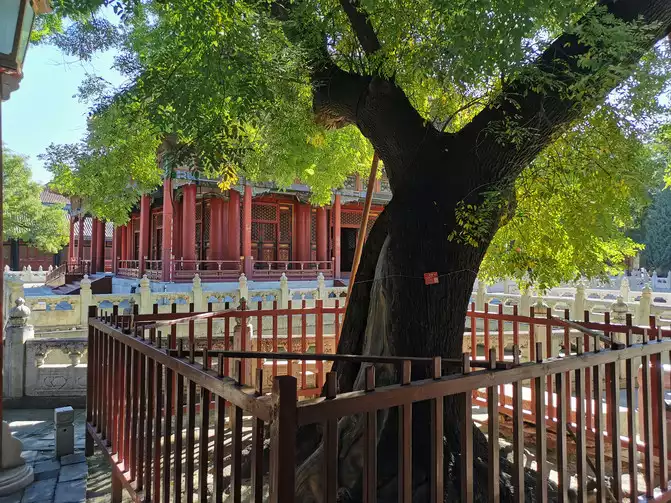
Luo Gou Huai (Locust Tree)
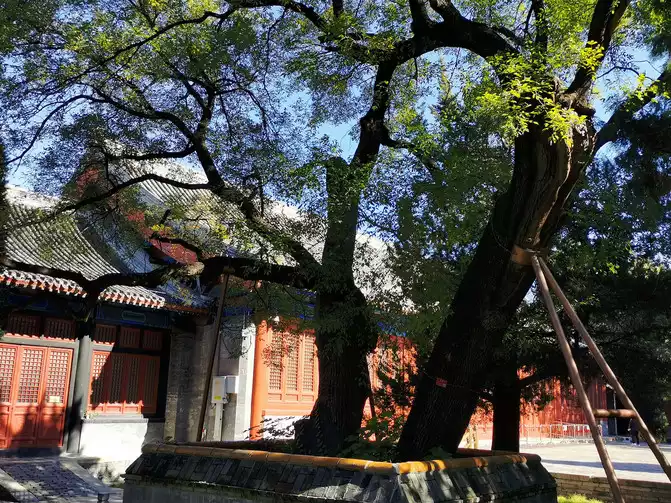
Jixiang Huai (Locust Tree)
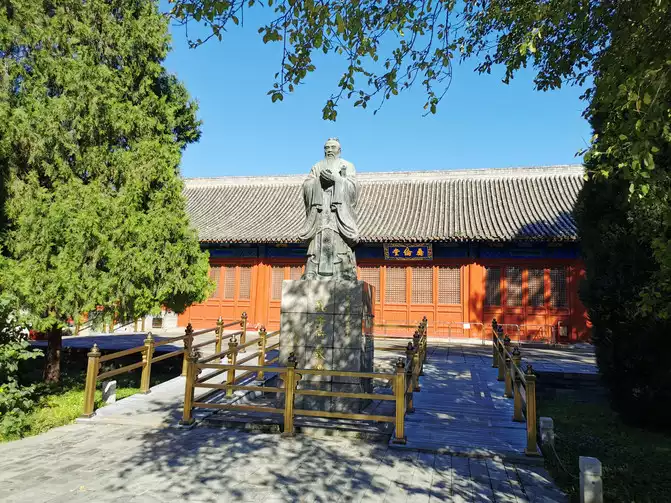
Yilun Hall
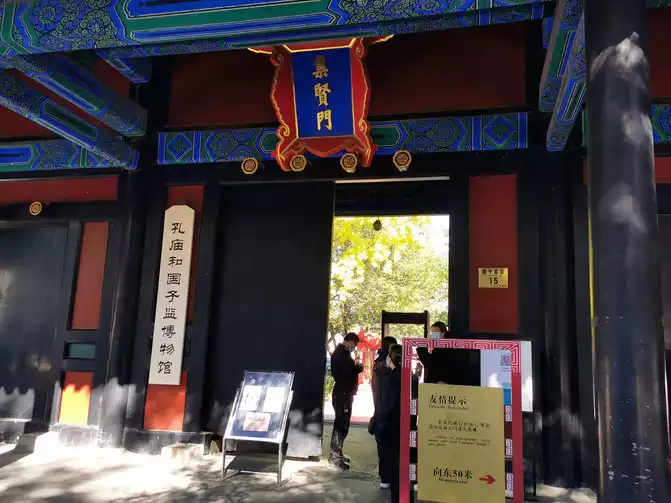
Jixian Gate
Prince Gong's Mansion Museum
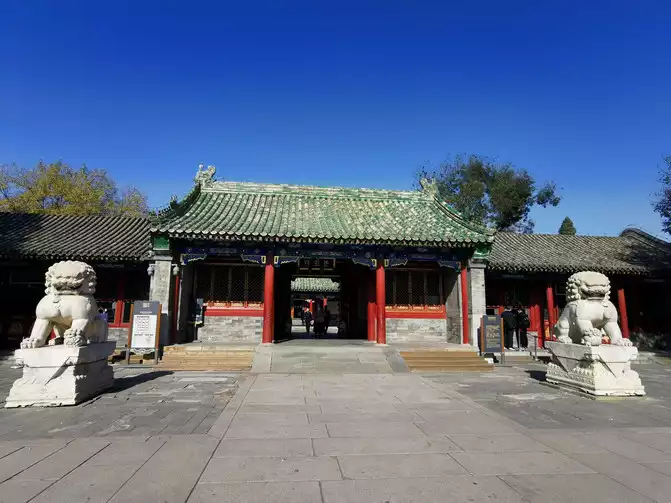
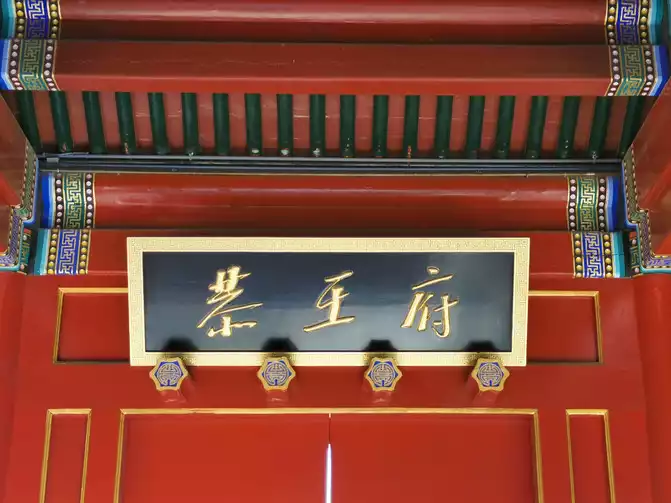
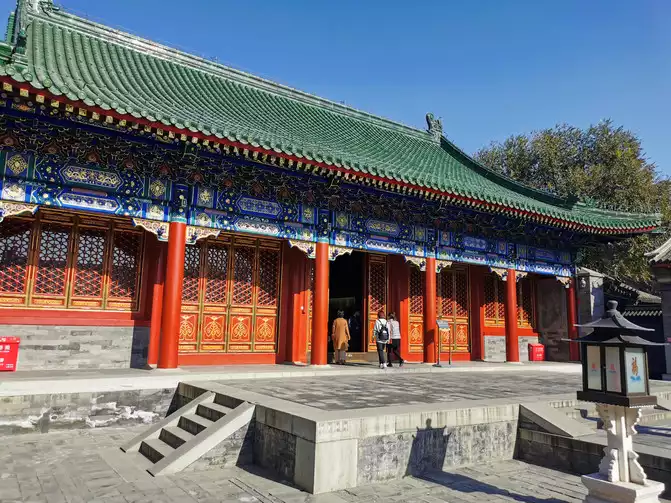
Yin'an Temple
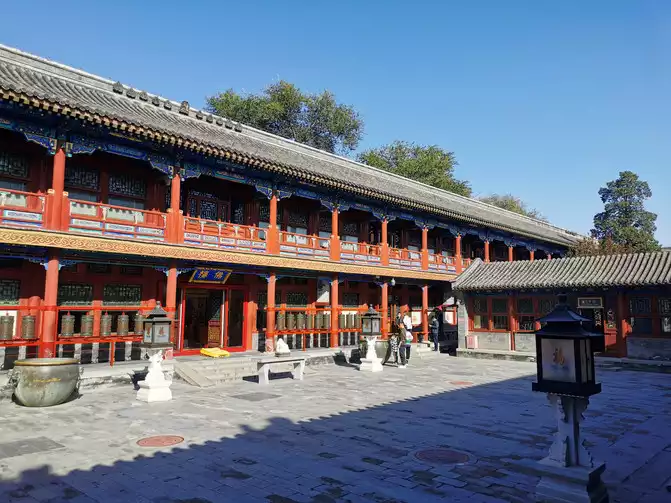
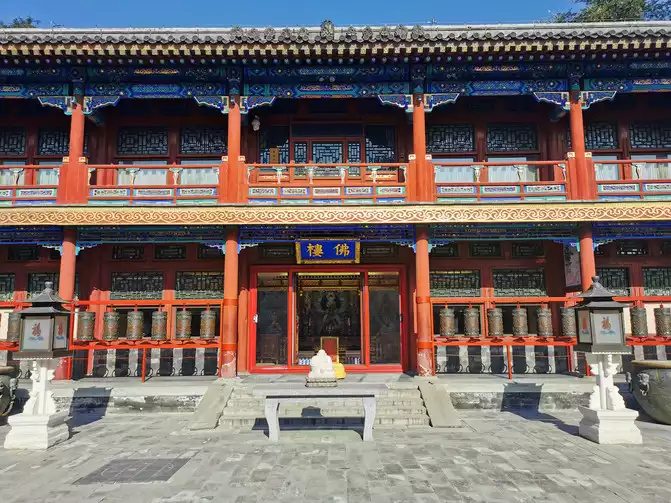
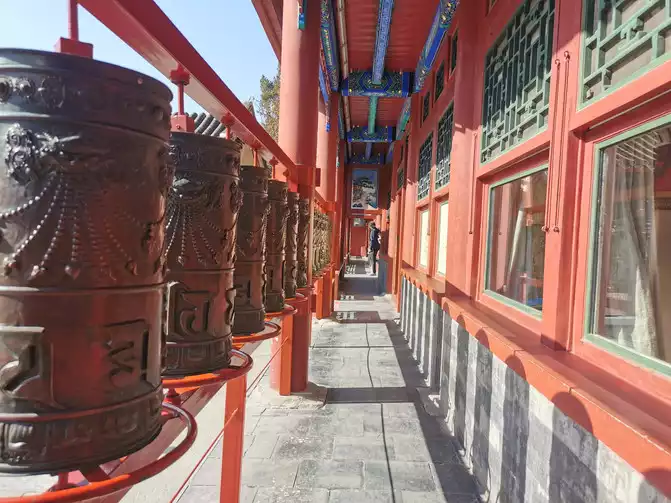
Back cover building-Buddhist building
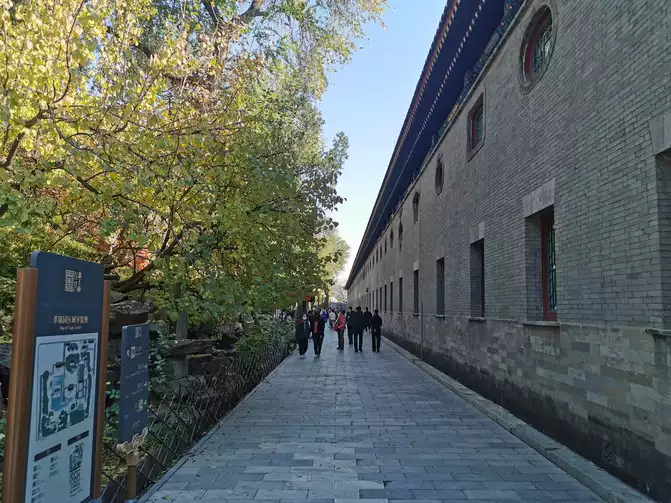
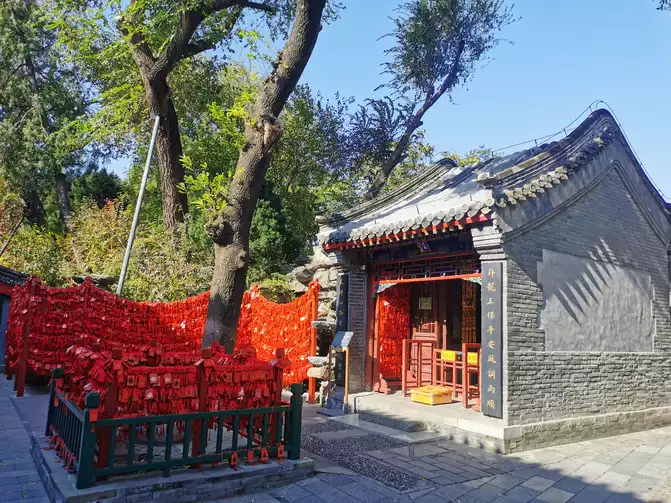
Dragon King Temple

Western Gate
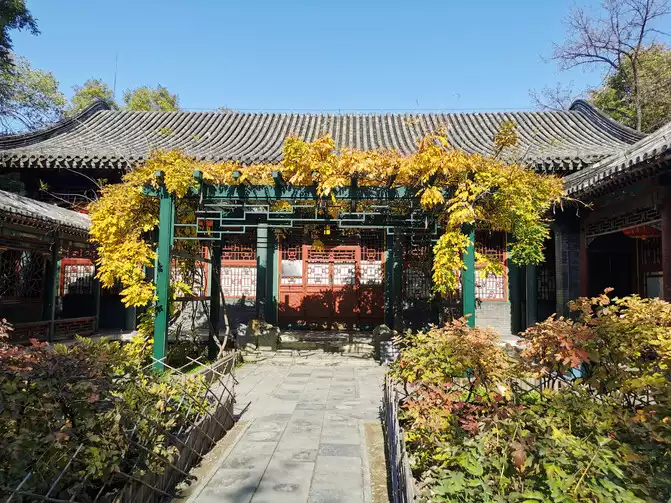
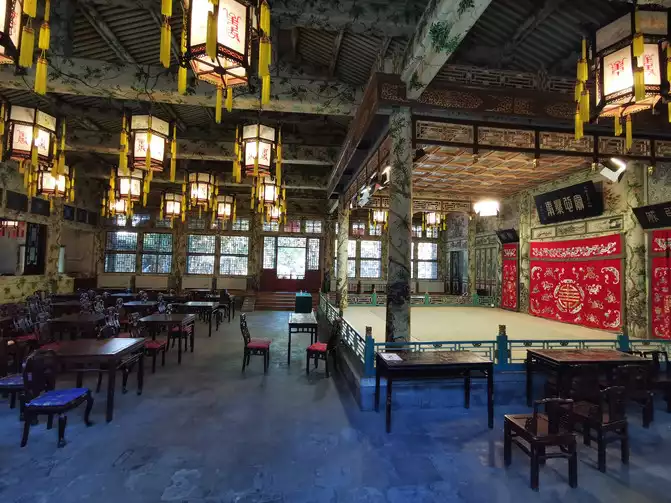
Grand Theater
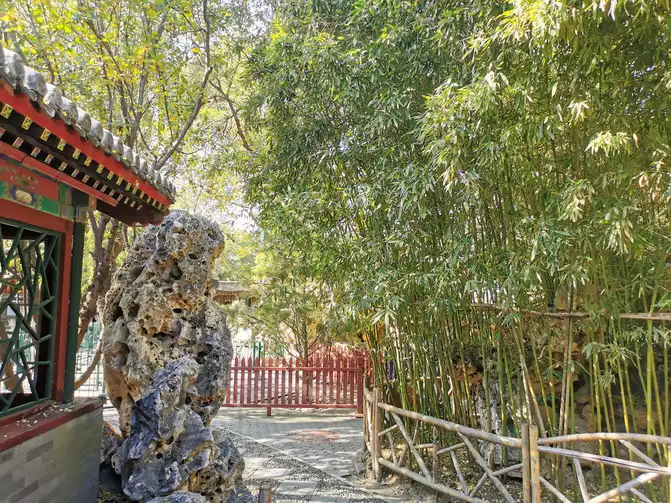
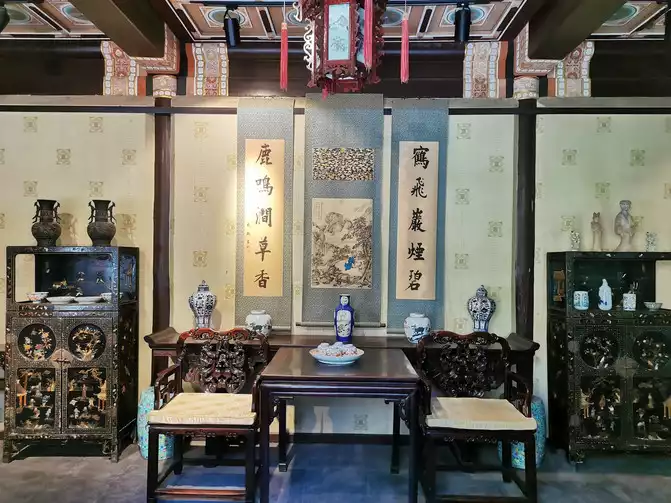
Tingyuxuan
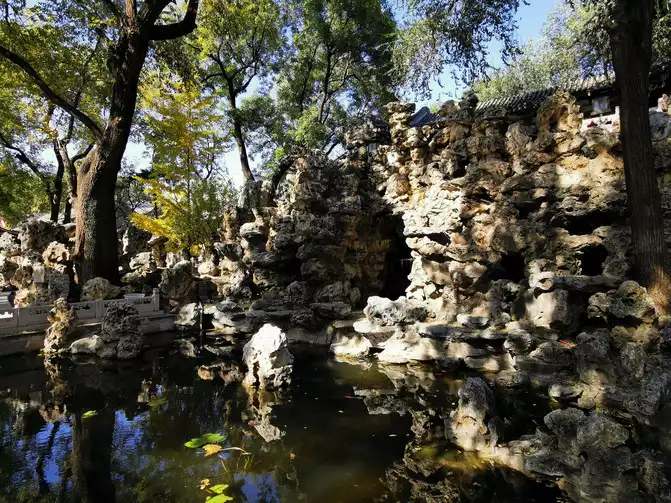
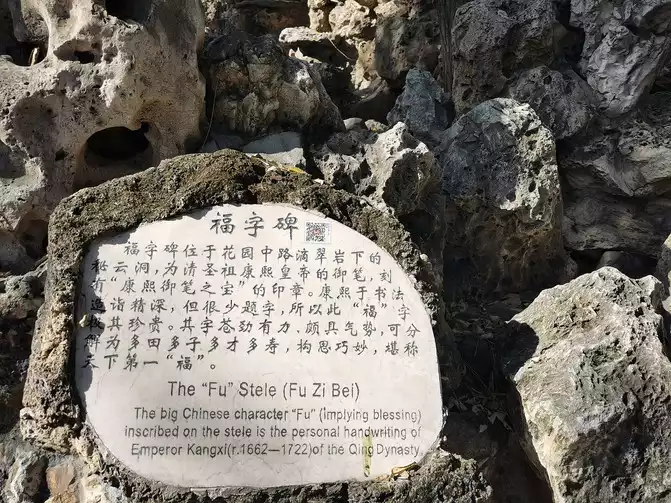
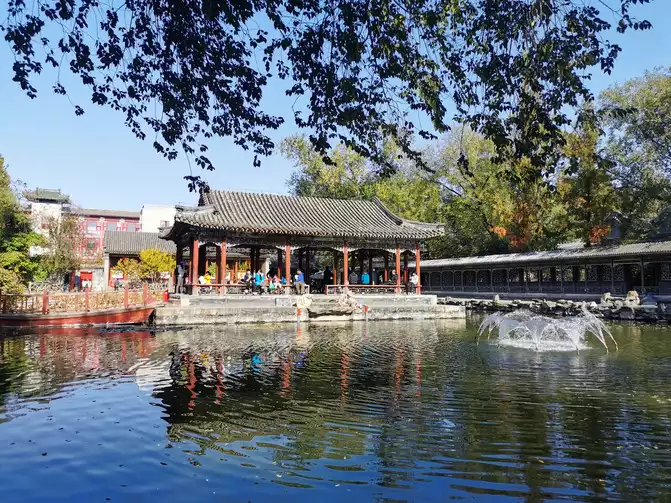
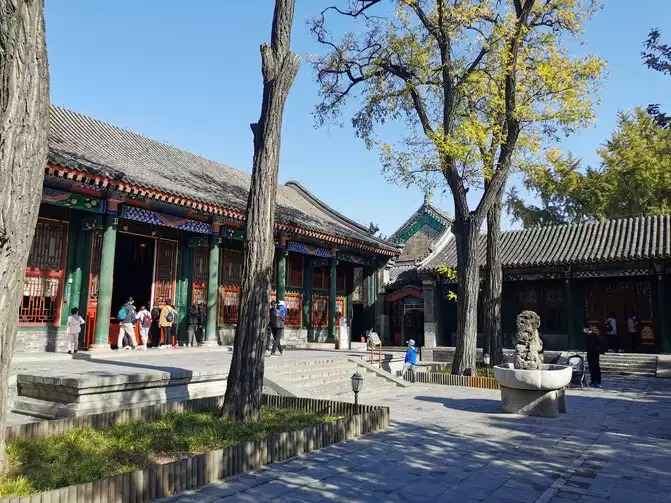
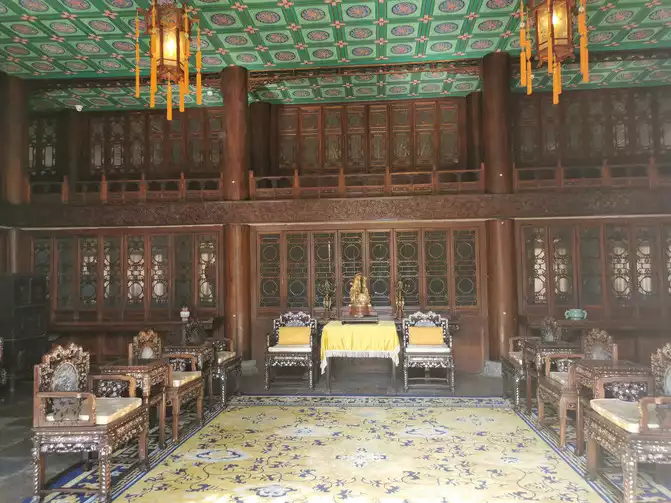
西jinzhai
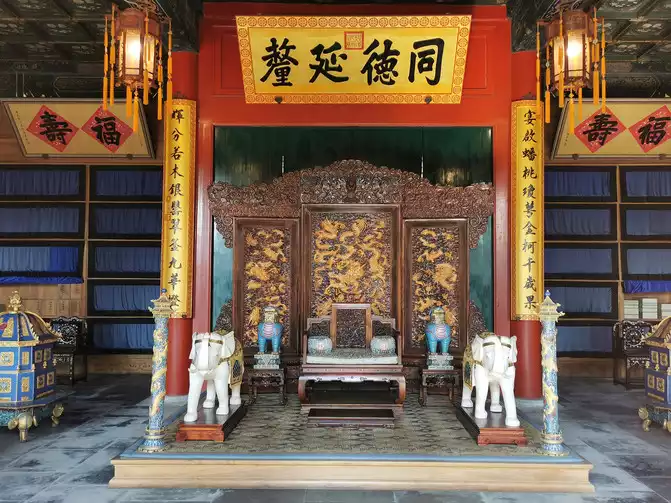
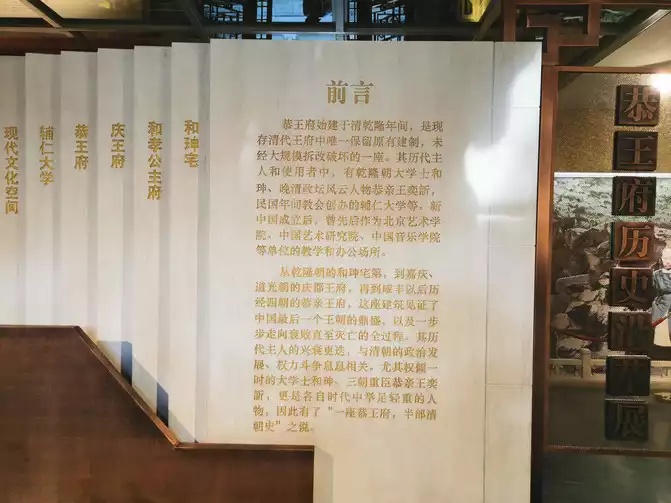
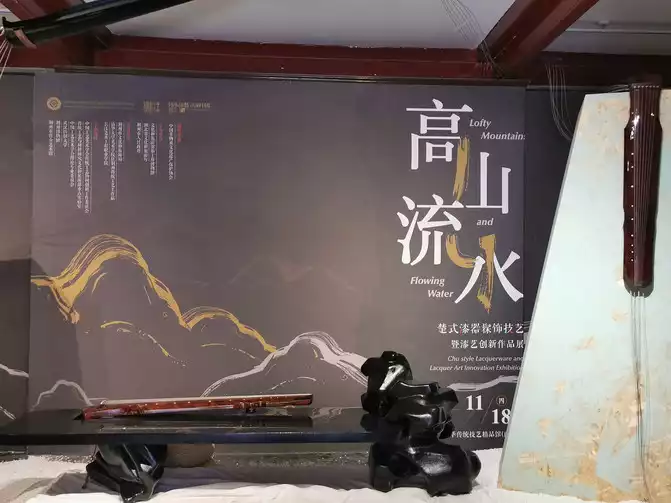
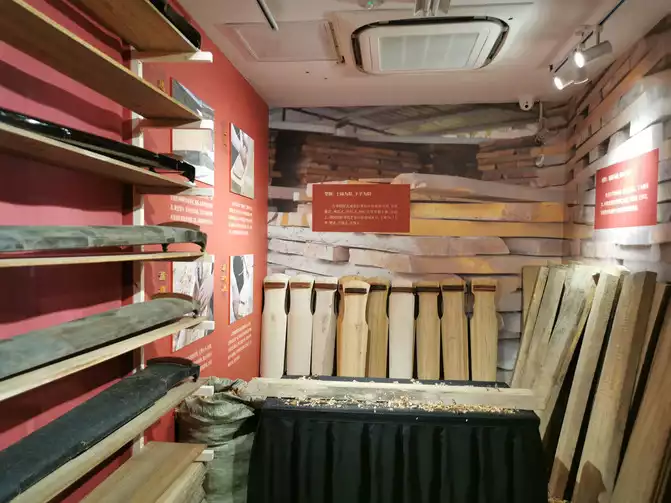
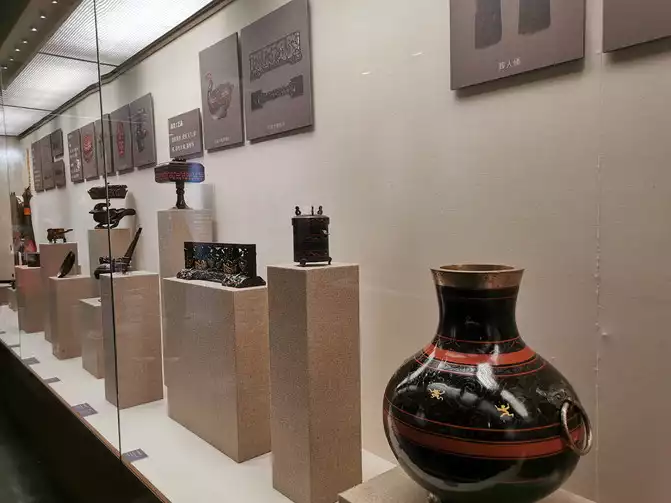
High Mountains and Flowing Water - Lacquerware Exhibition
Ming Tombs Museum
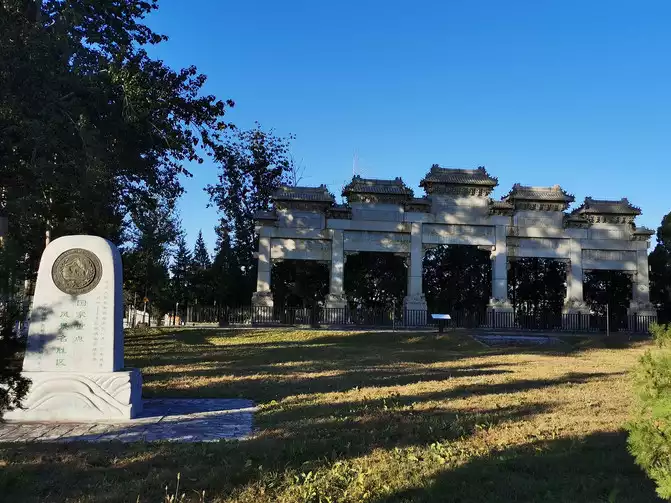
Stone Archway
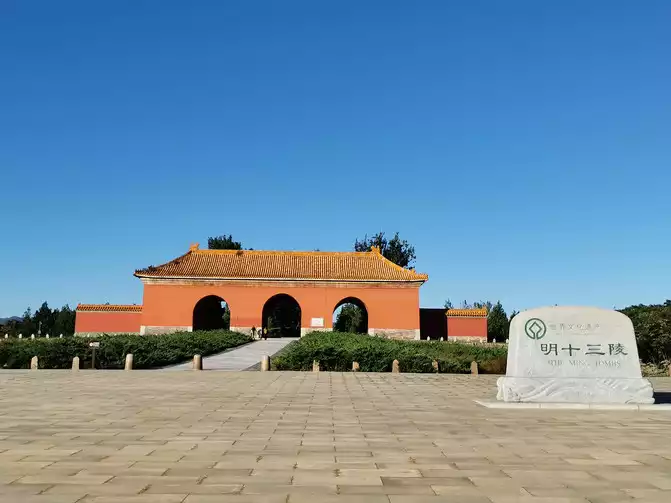
The Great Palace Gate
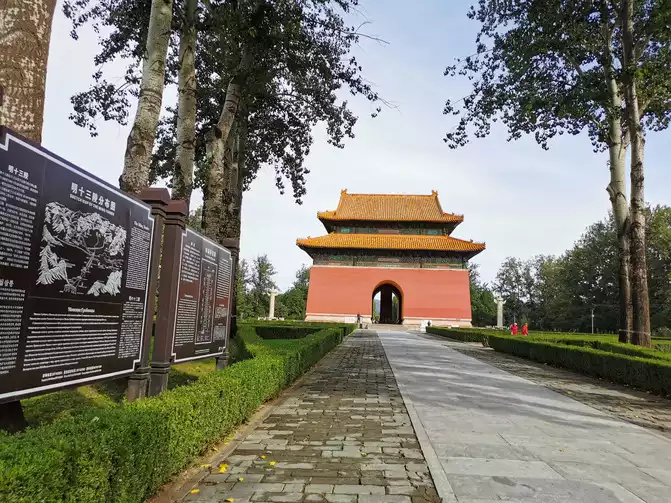
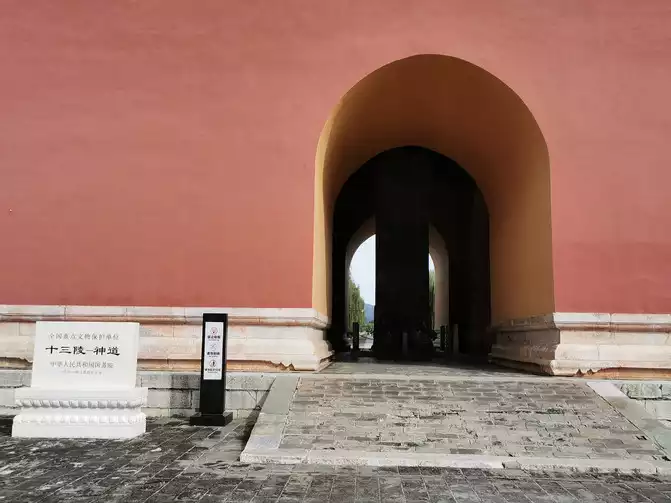
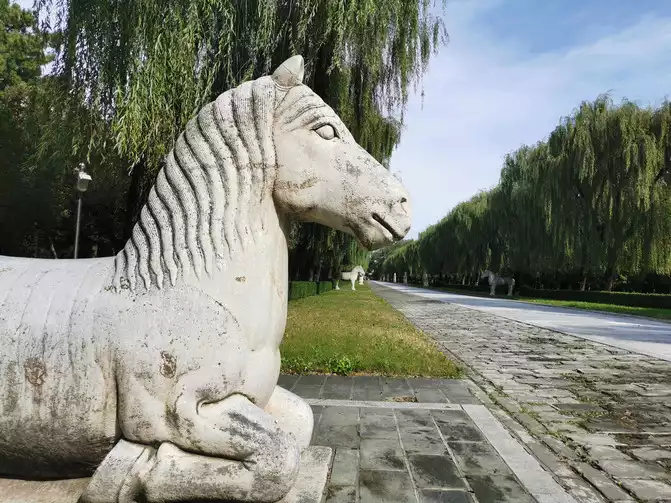
The Shinto Gate
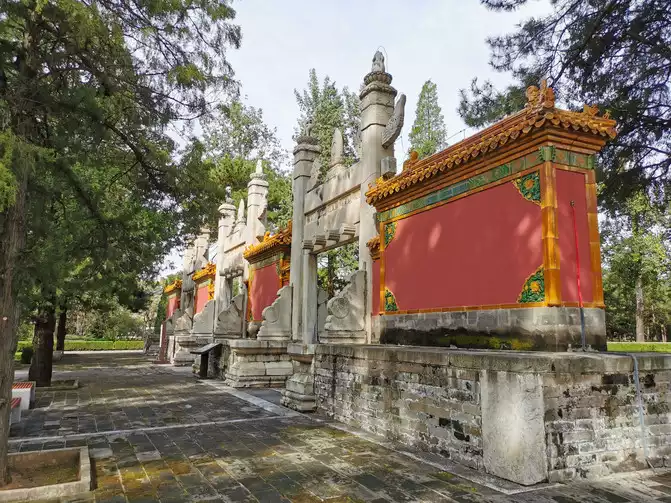
Dragon and Phoenix Gate
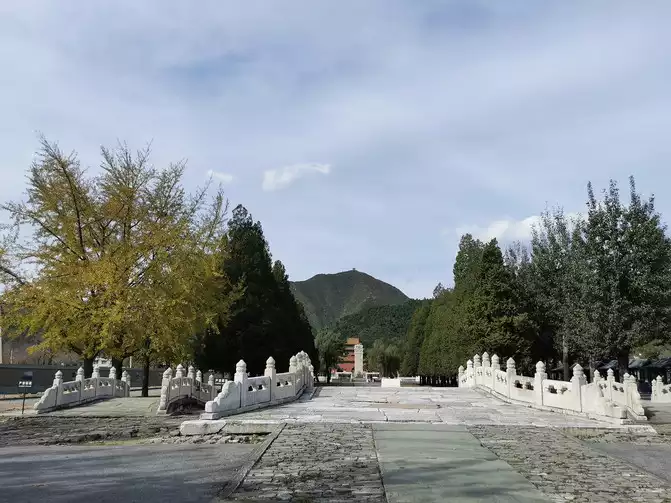
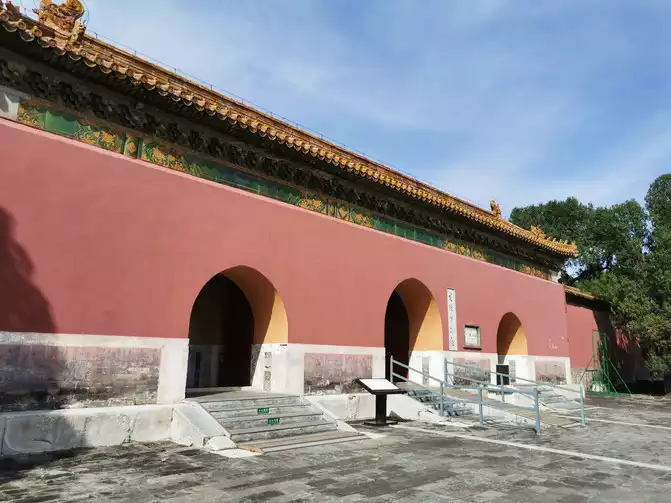
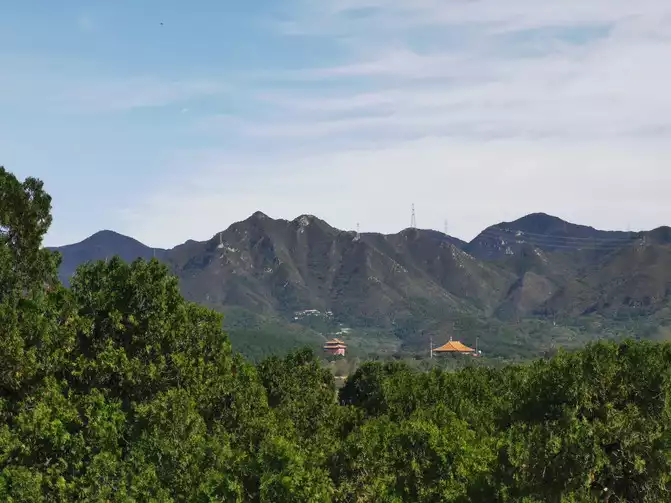
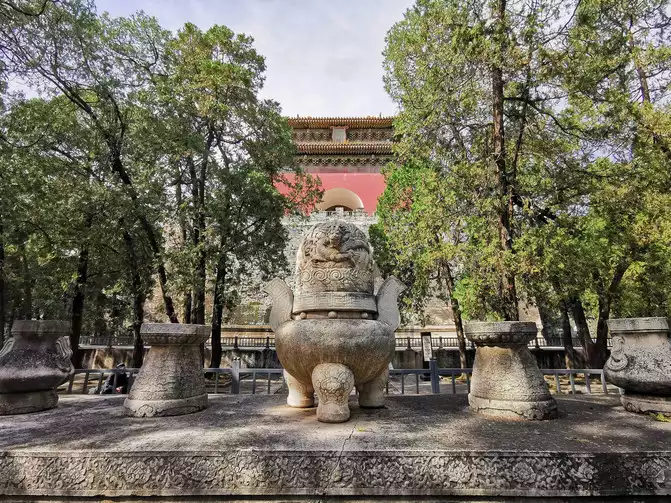
Dingling
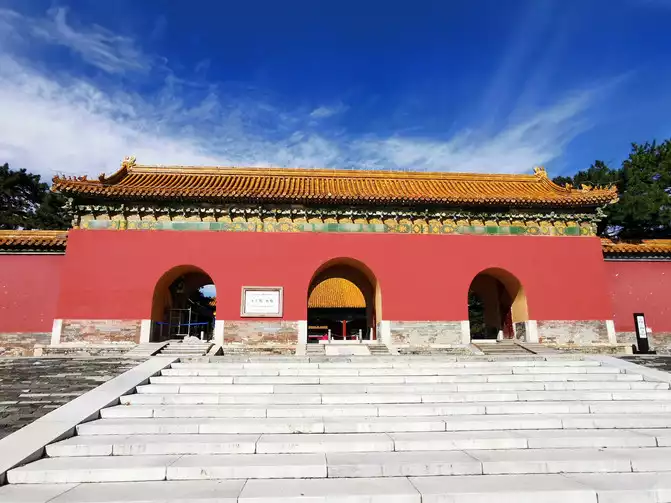
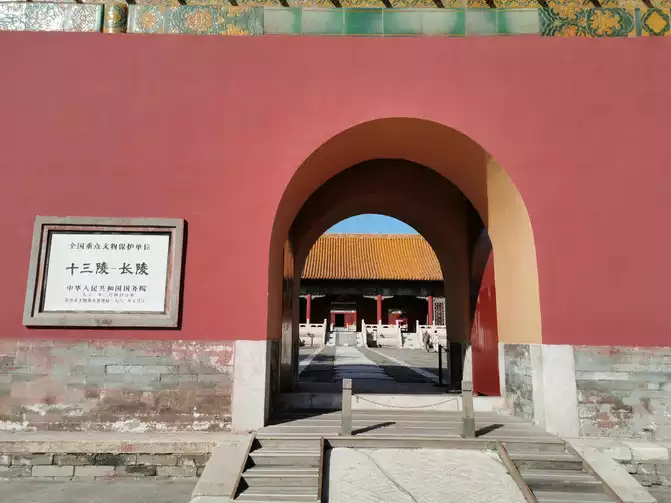
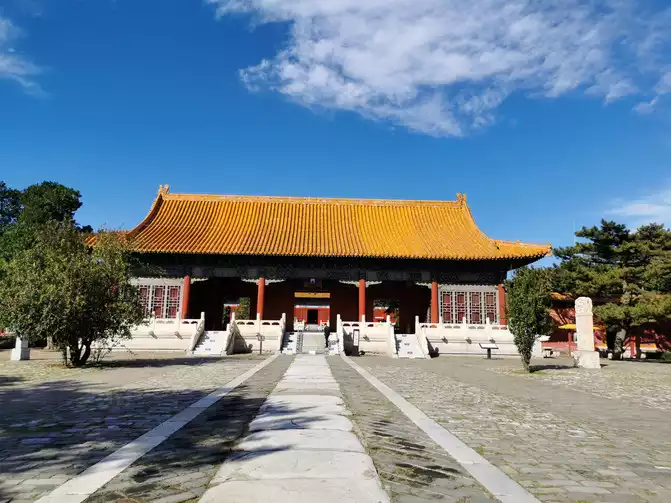
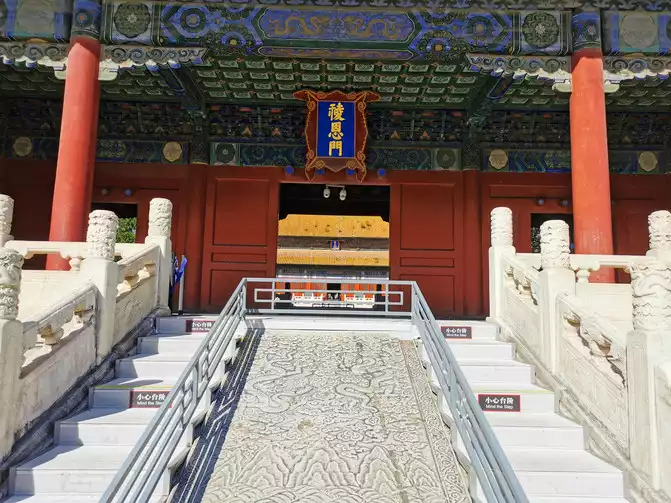
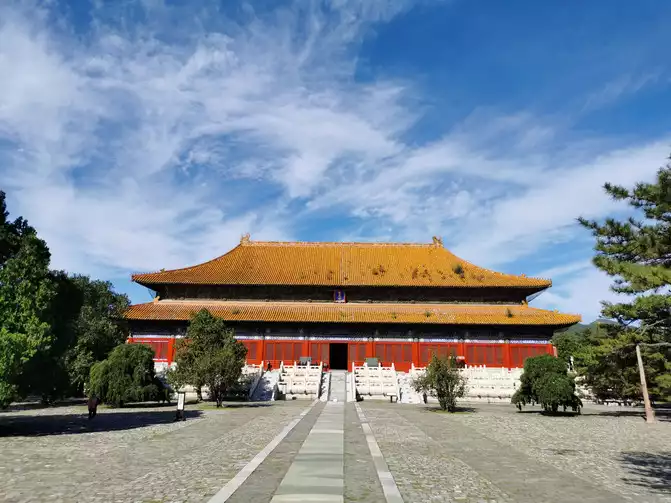
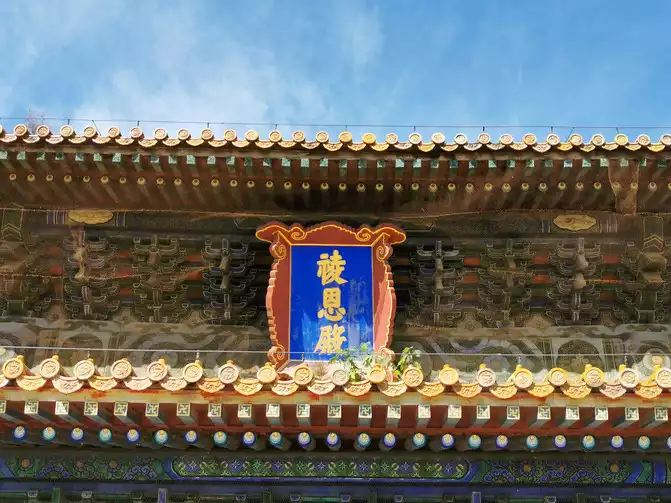
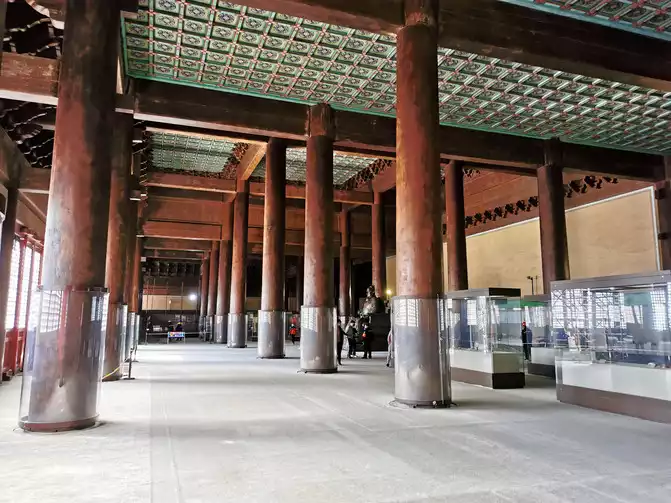
Channgling
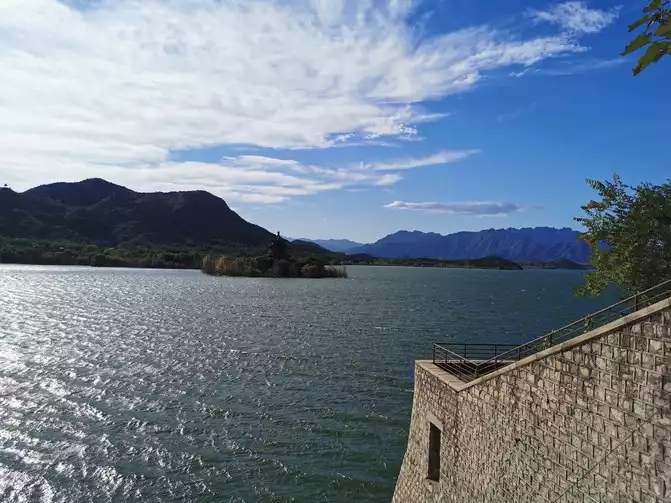
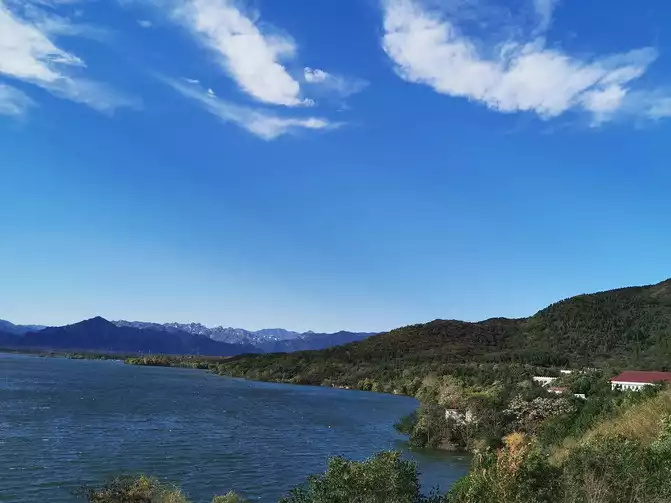
The Ming Tombs Reservoir
Natural History Museum
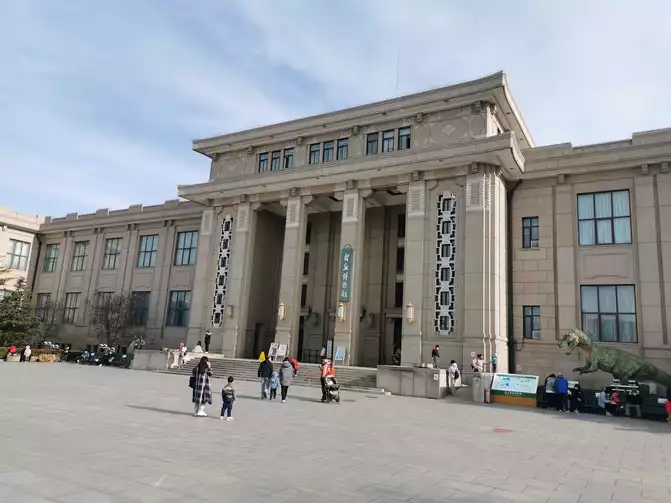
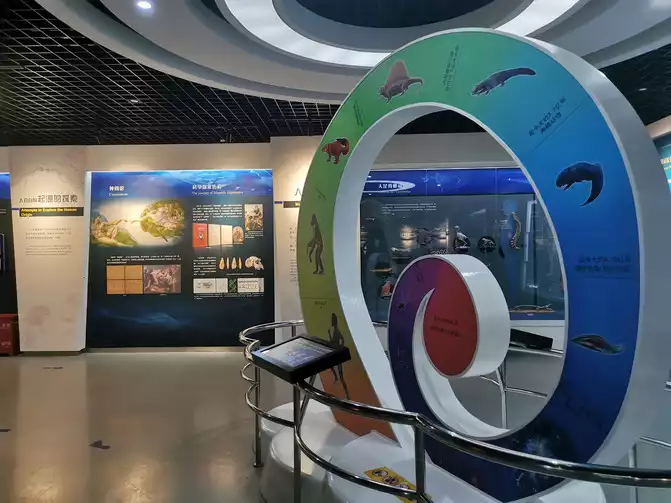
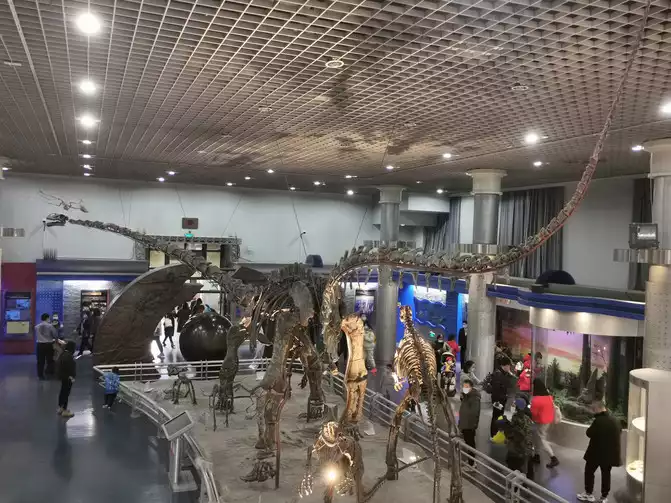
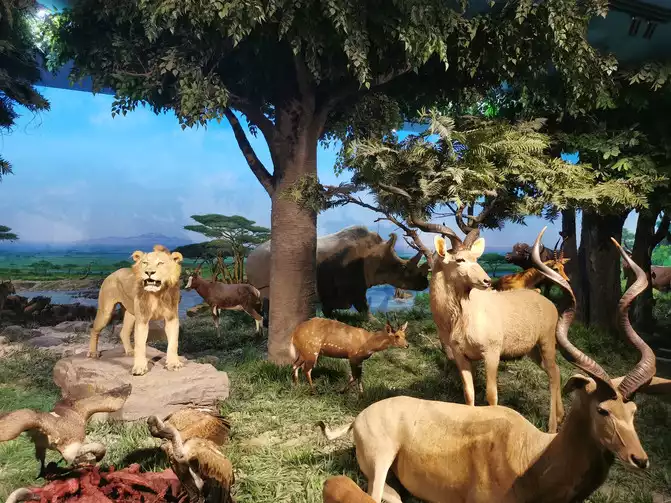
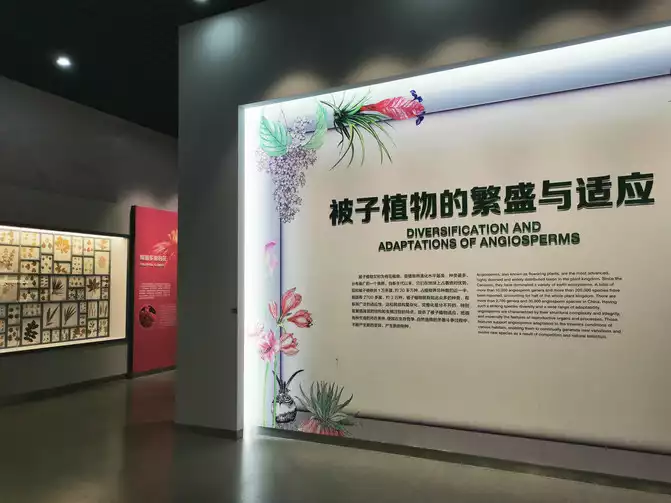
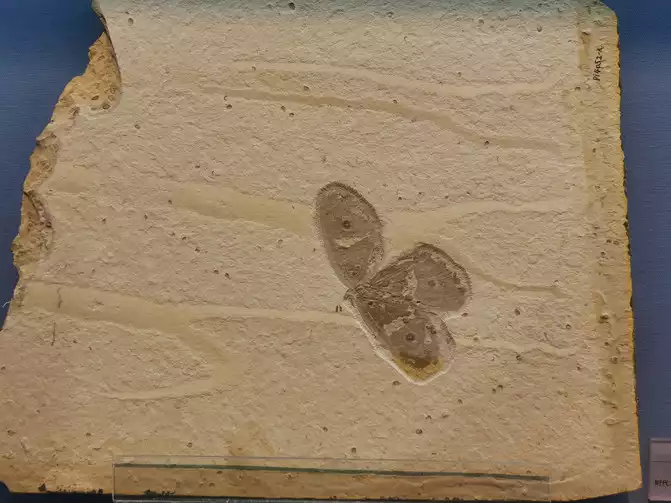
China Geological Museum
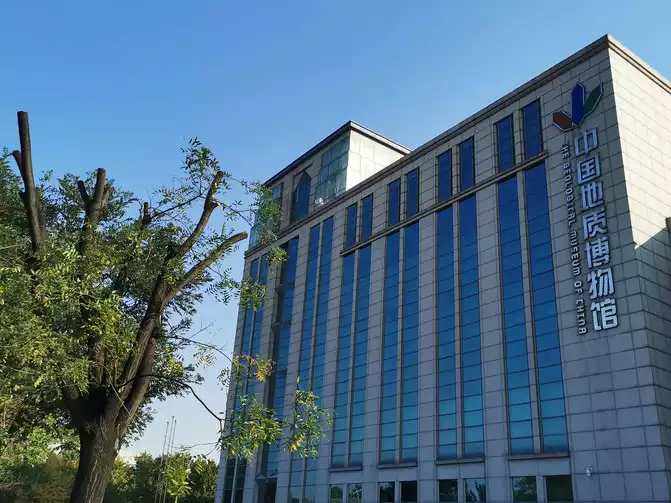
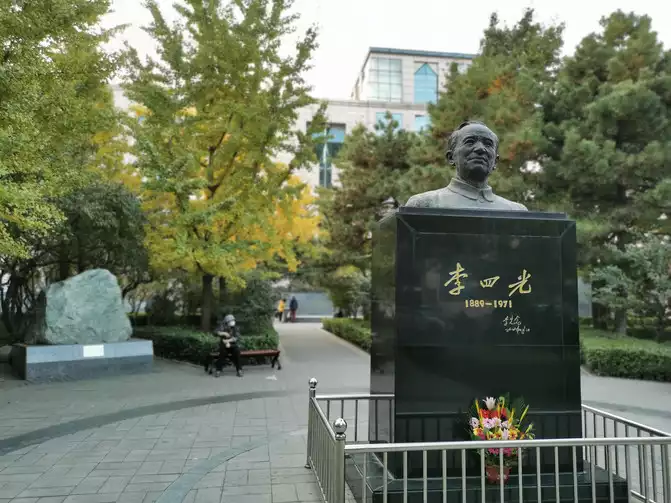
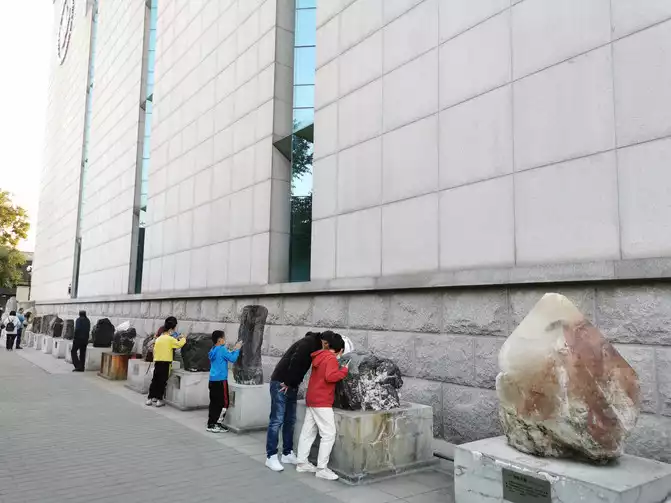
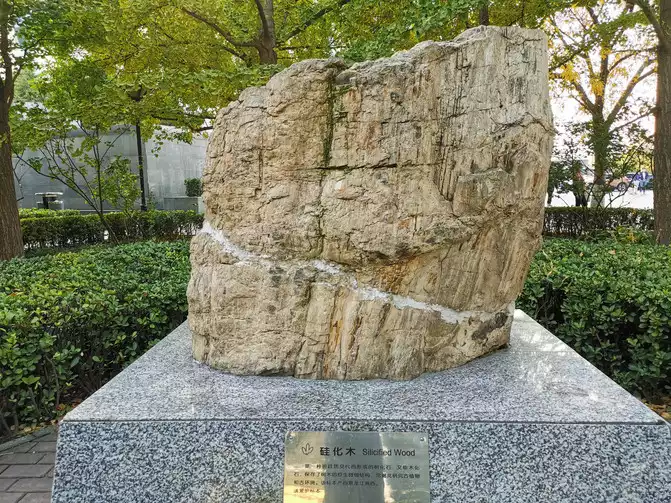
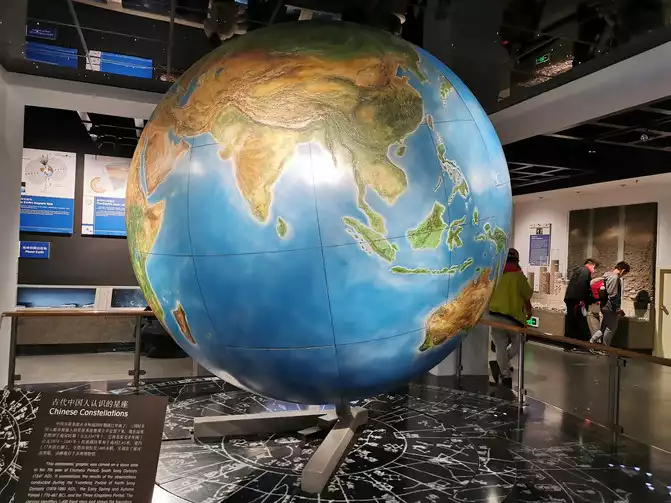
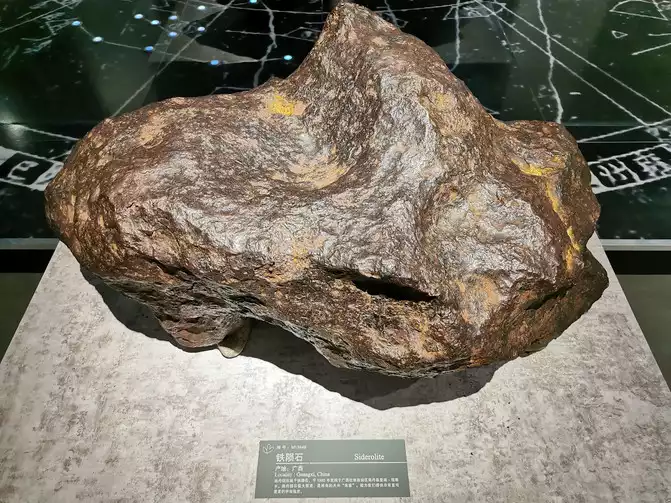
National Art Museum of China
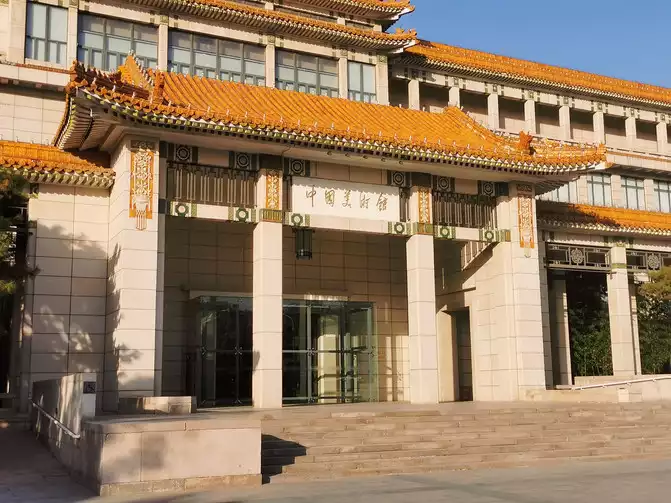
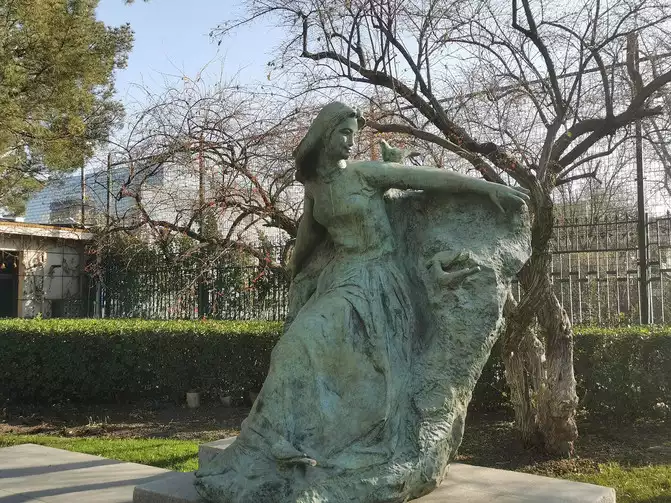
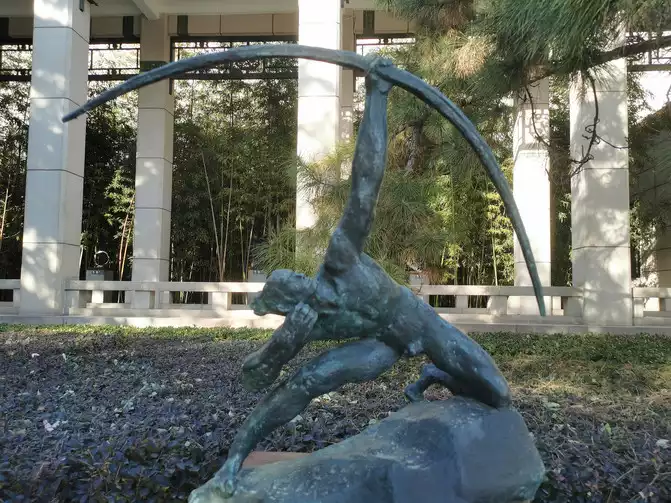
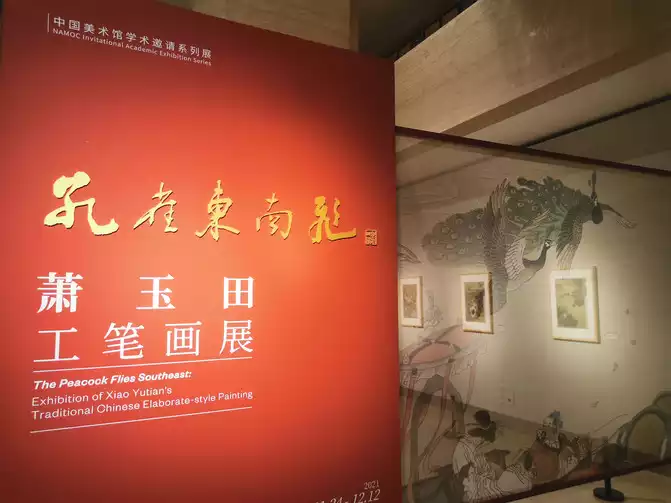
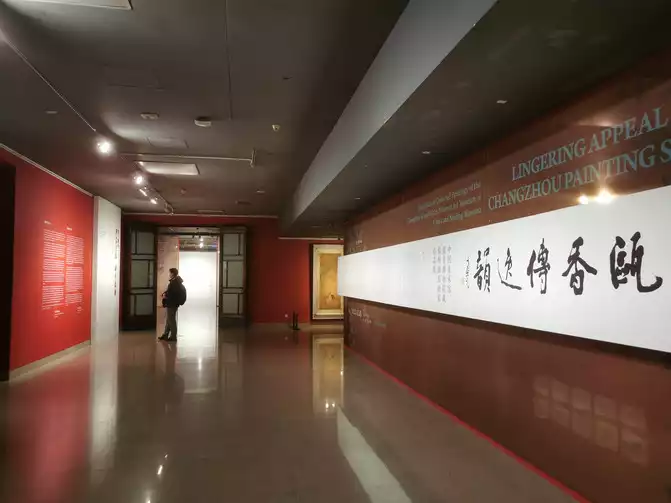
China Red Sandalwood Museum
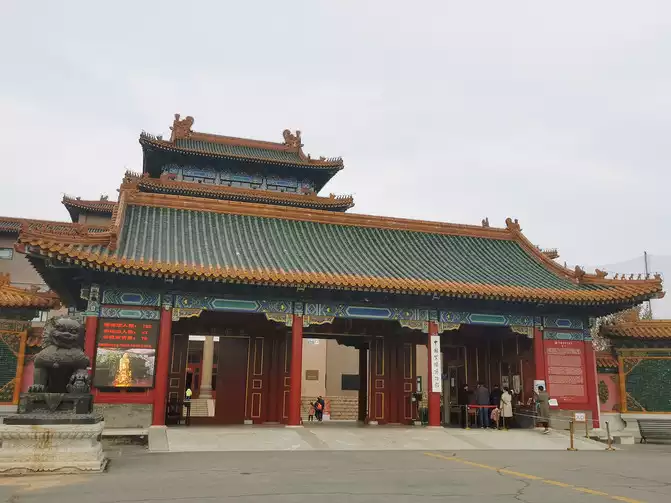
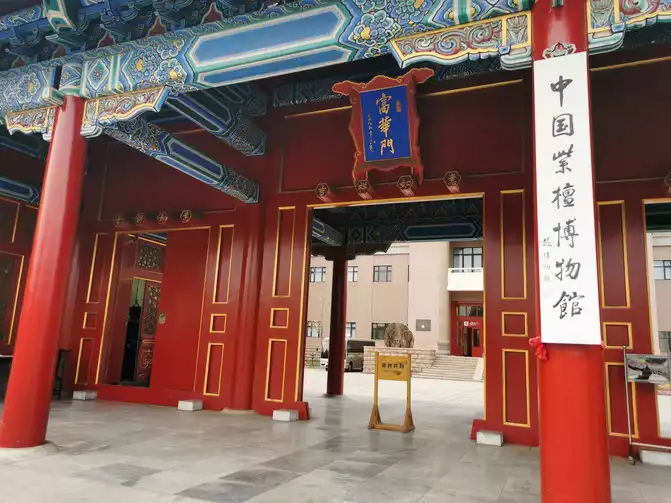
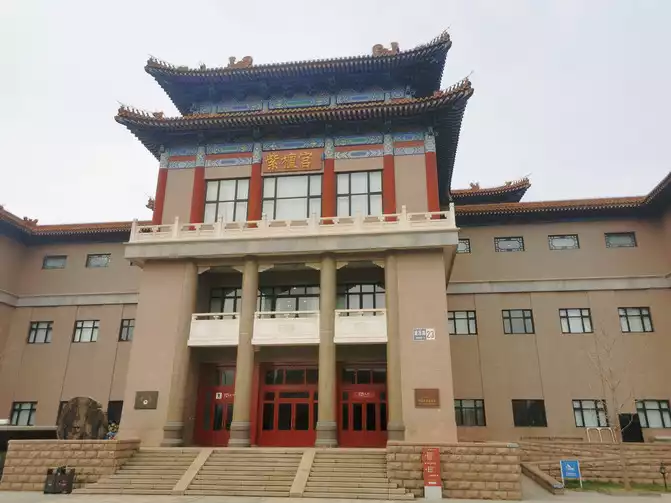
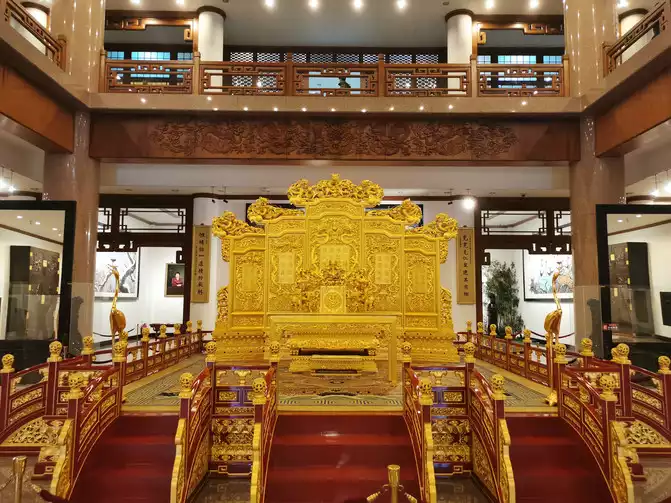
Imitation of the Forbidden City's Palace of Heavenly Purity screen and throne
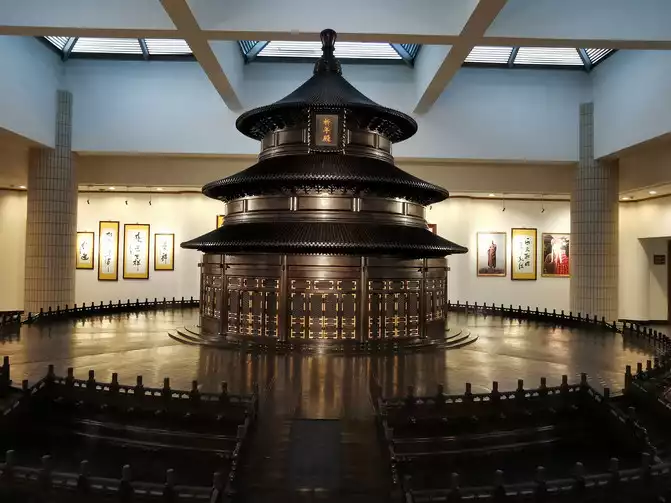
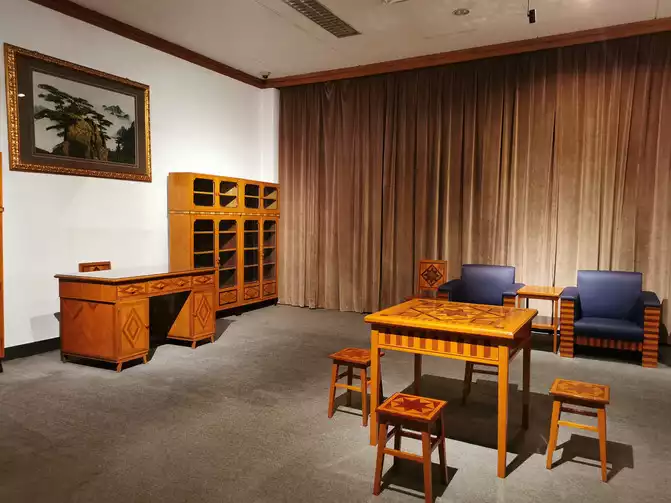
Furniture personally made by former CPPCC Chairman Li Ruihuan
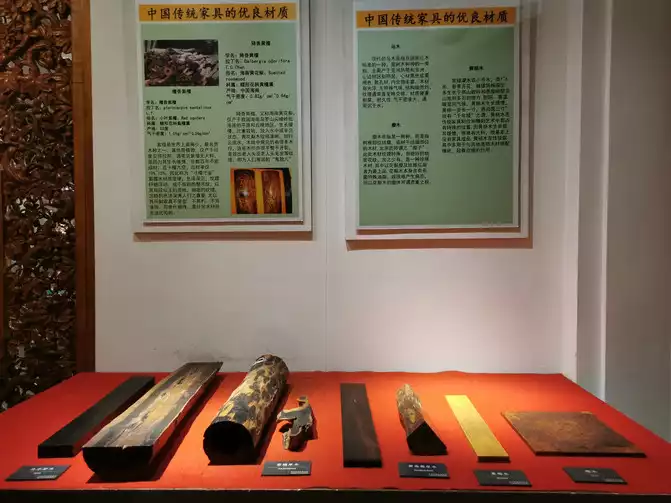
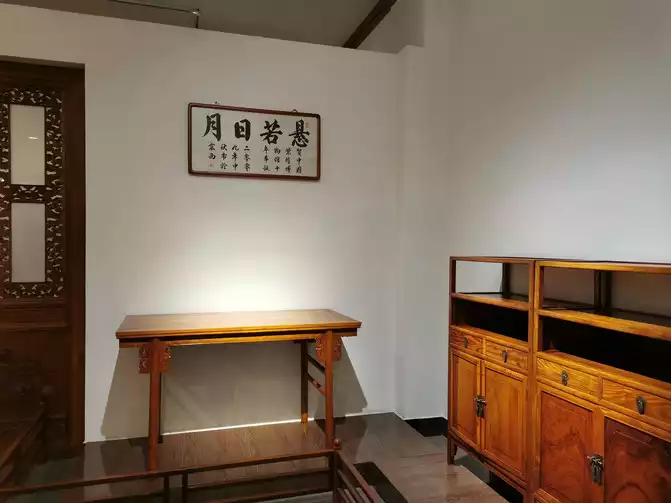
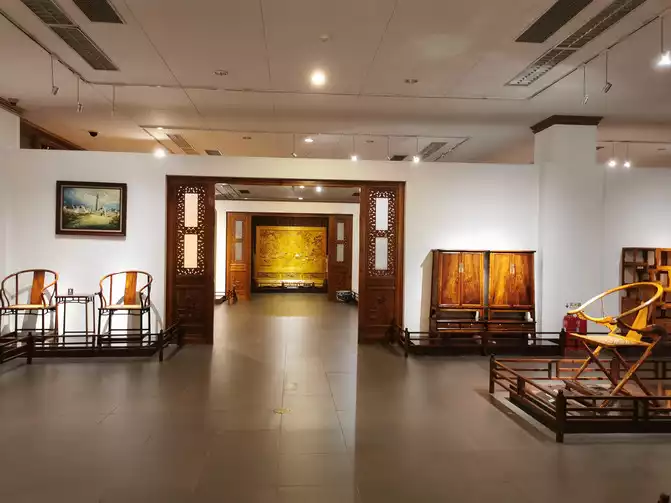
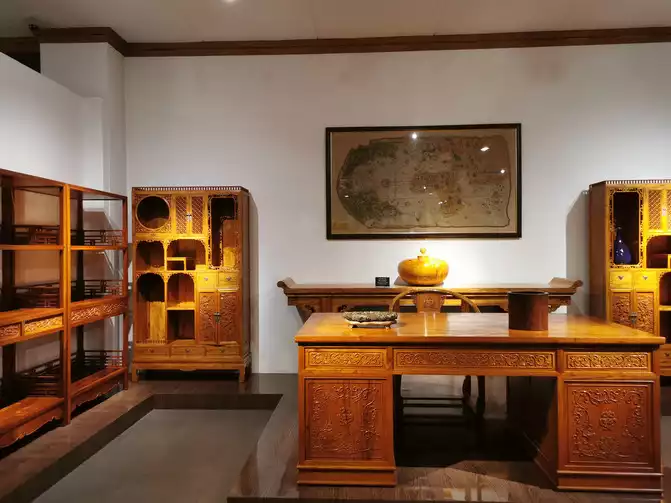
Beijing Yingjie Hard Rock Art Museum
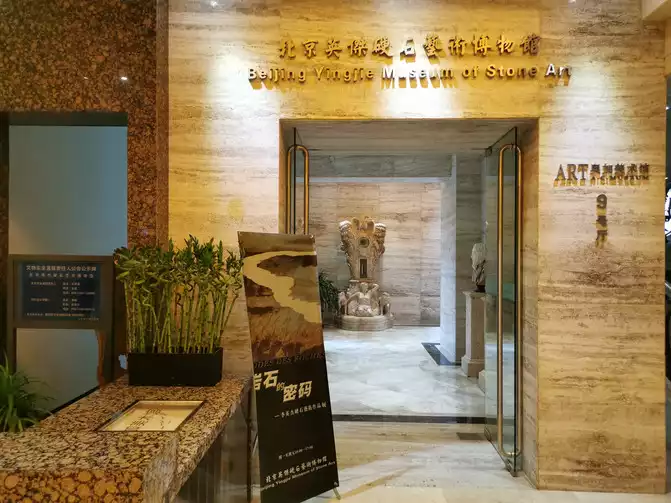
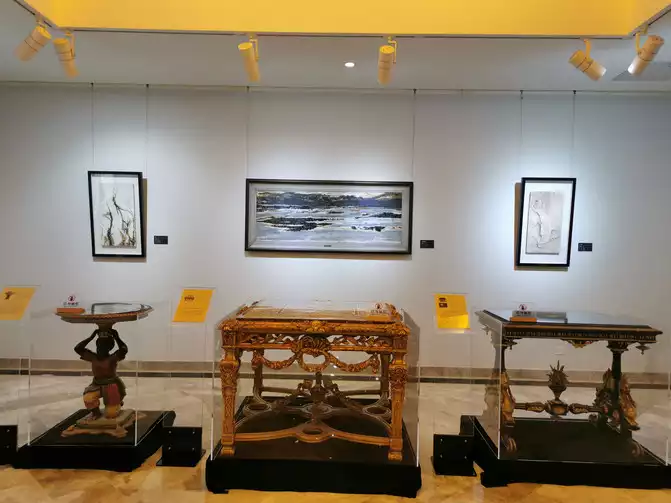
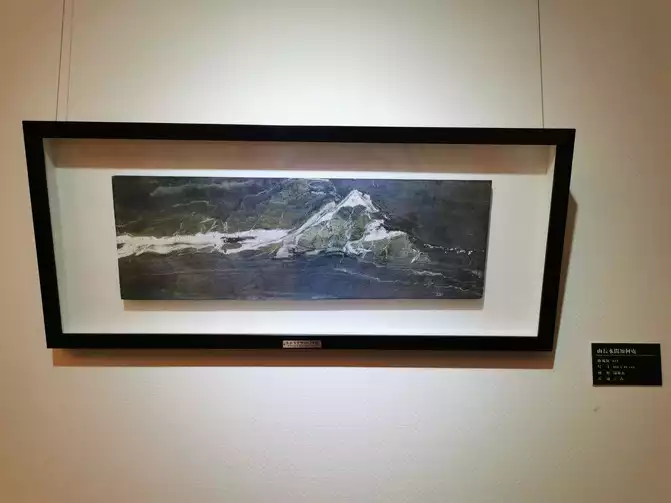

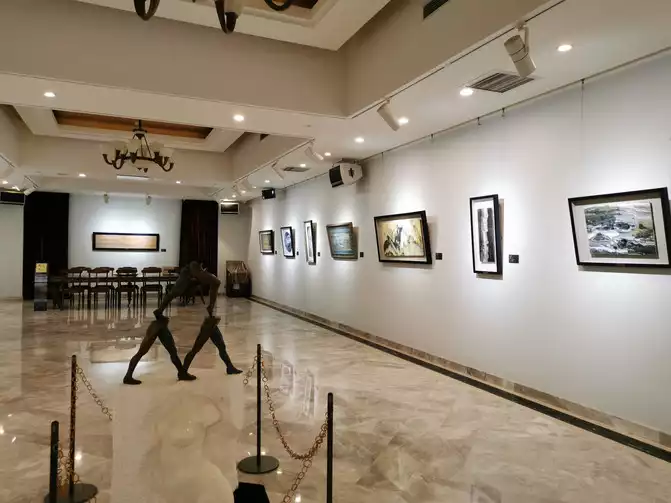
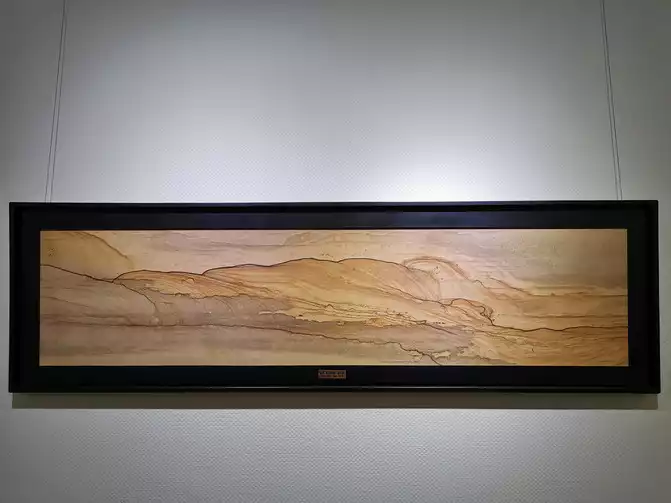
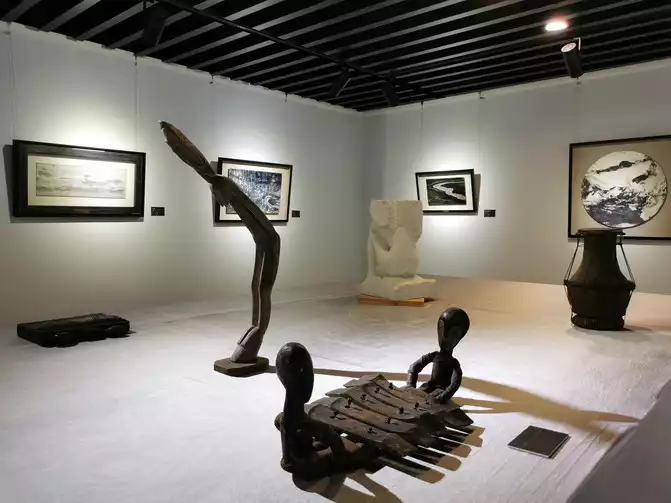
Marco Polo Bridge



Wanping City
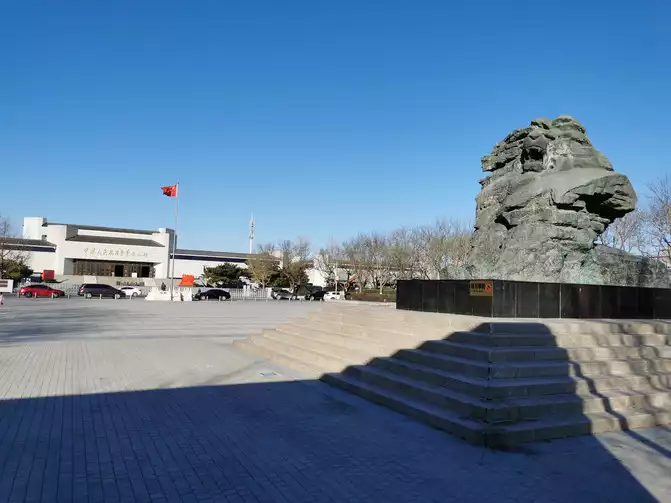
Memorial Hall of the Chinese People's War of Resistance Against Japanese Aggression - Awakening Lion
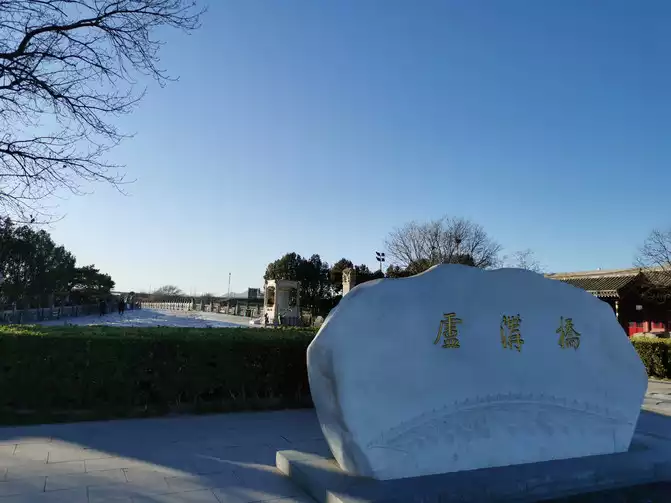
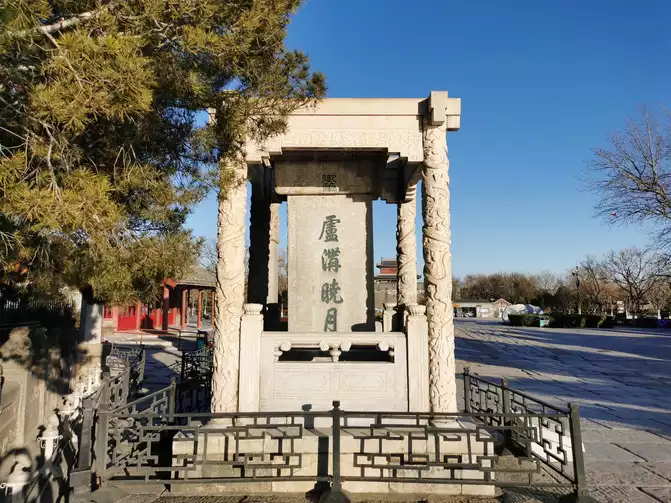
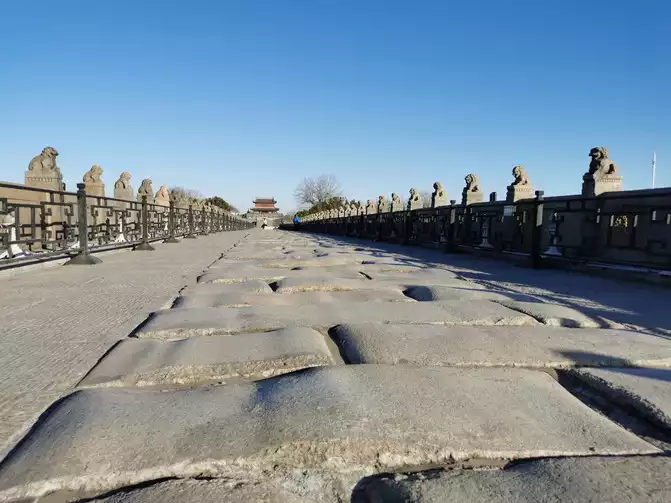
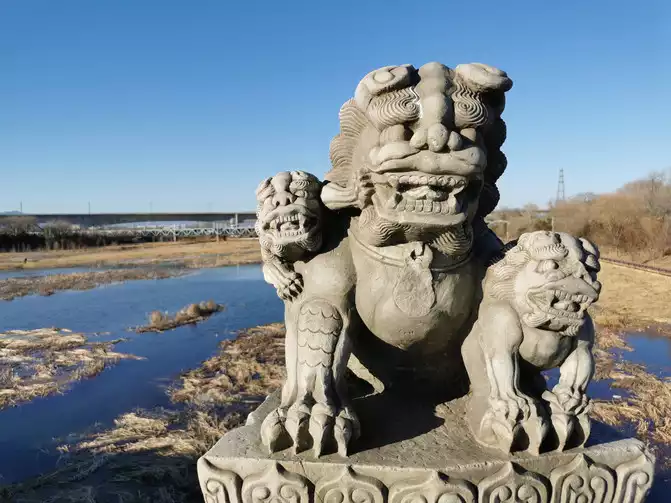
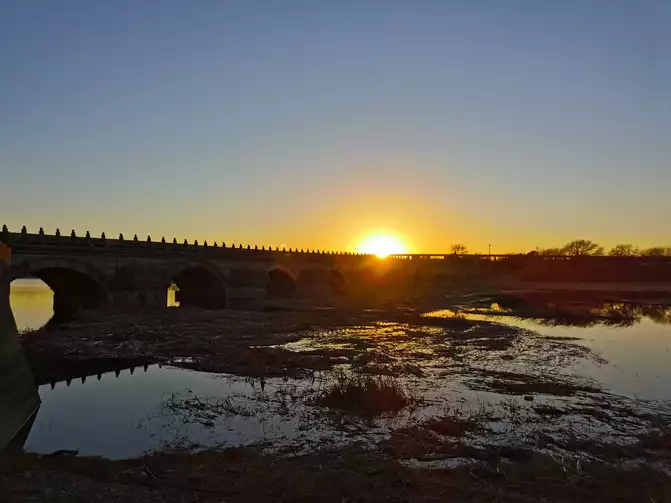
Marco Polo Bridge
Military Museum of the Chinese People's Revolution
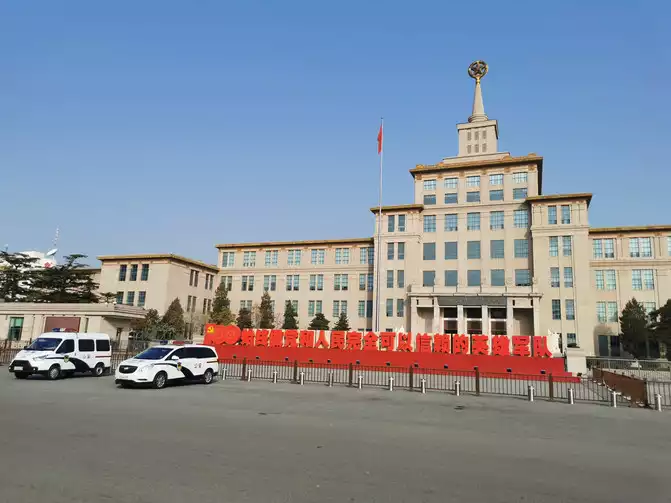
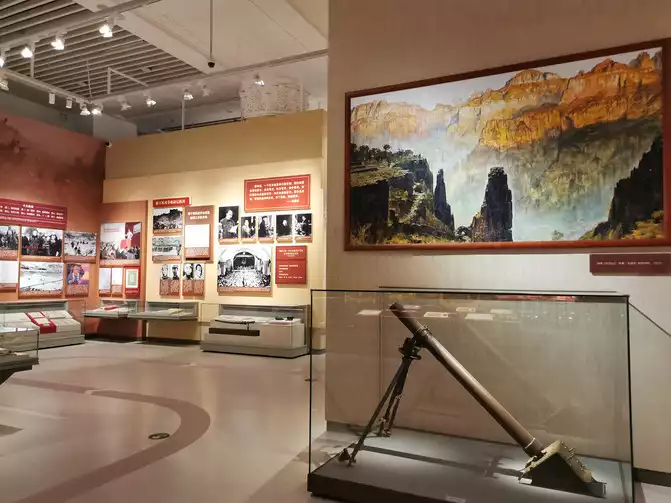
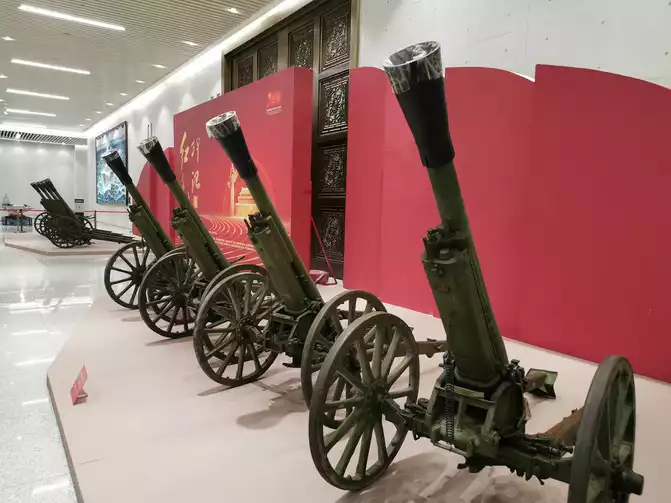
The original cannon used in the founding ceremony of the People's Republic of China
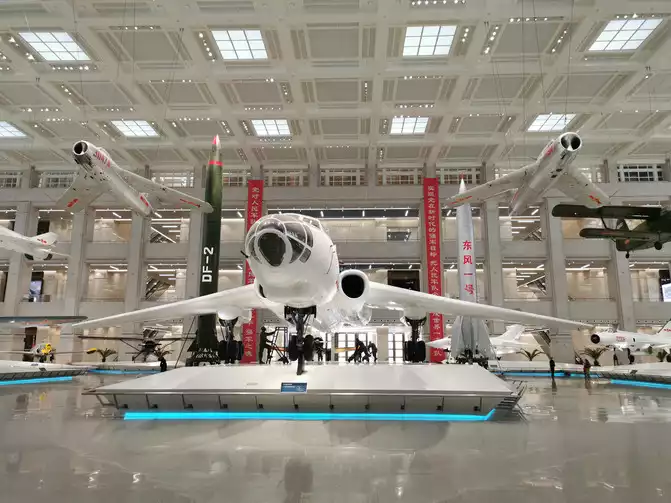
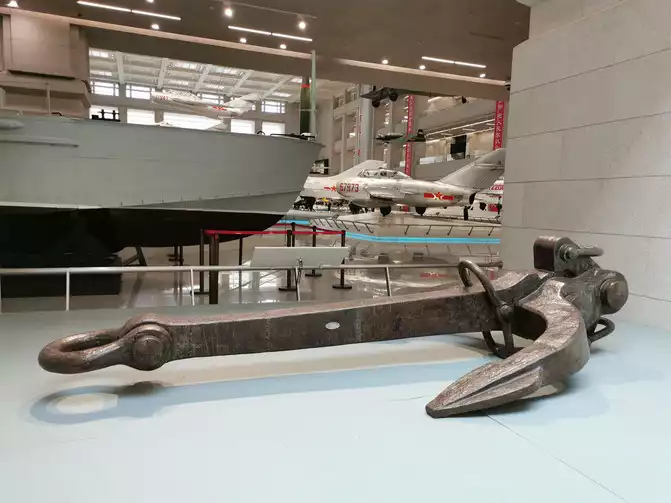
Zhenyuan Ship Anchor
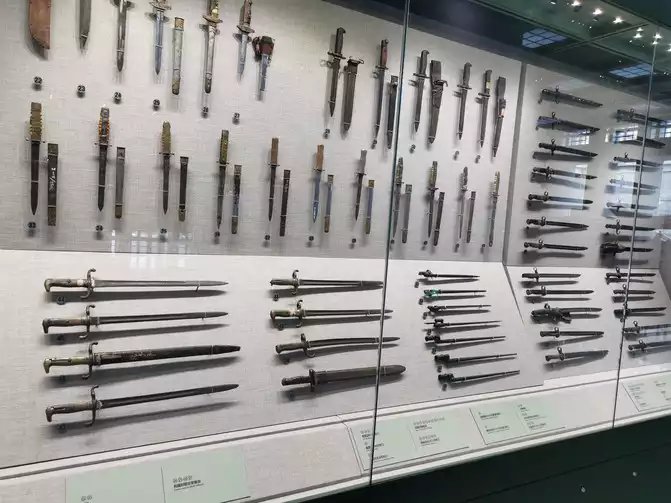
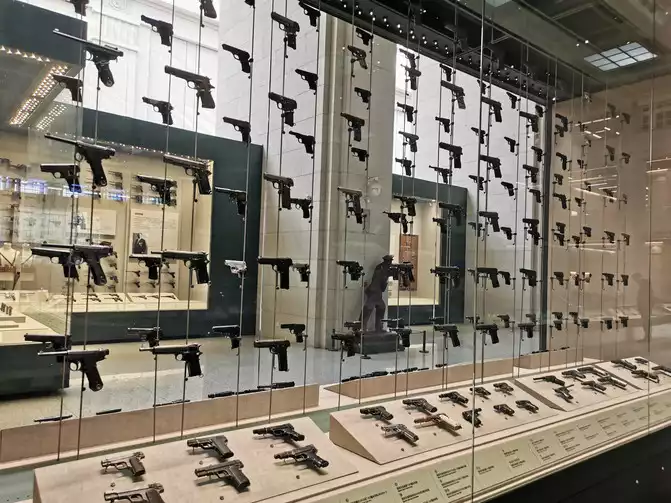
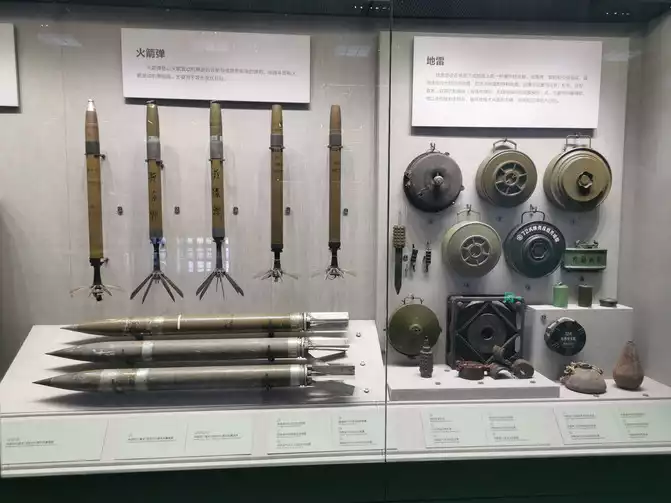
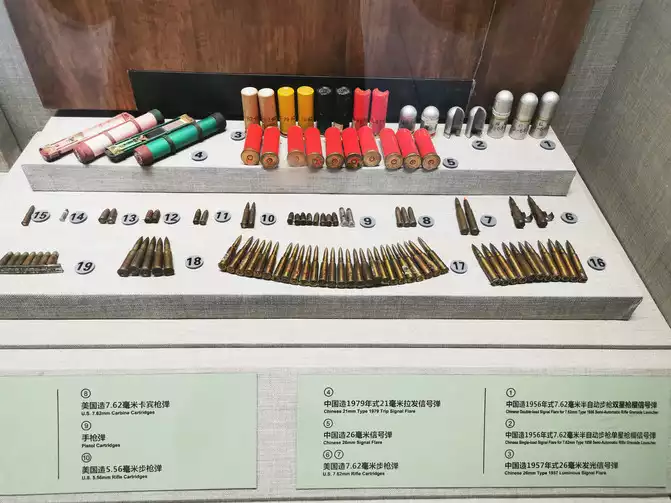
China Court Museum
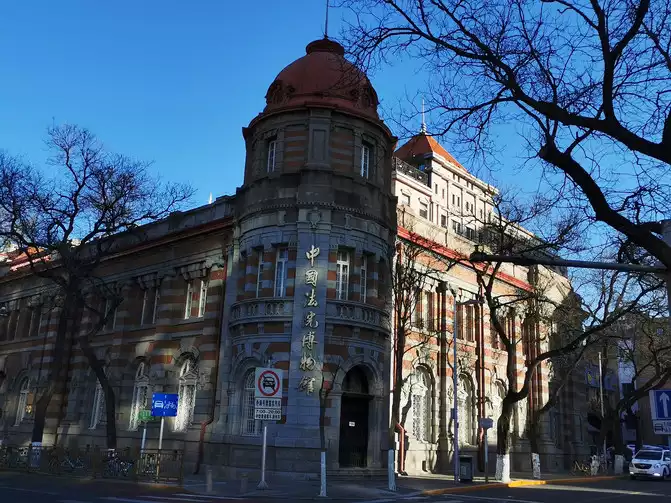
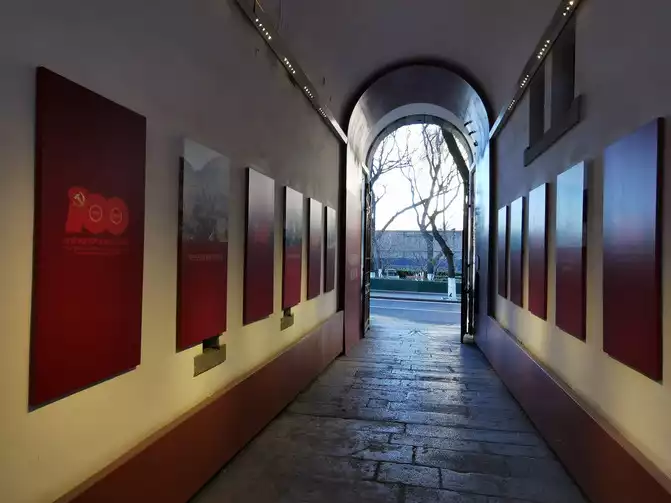
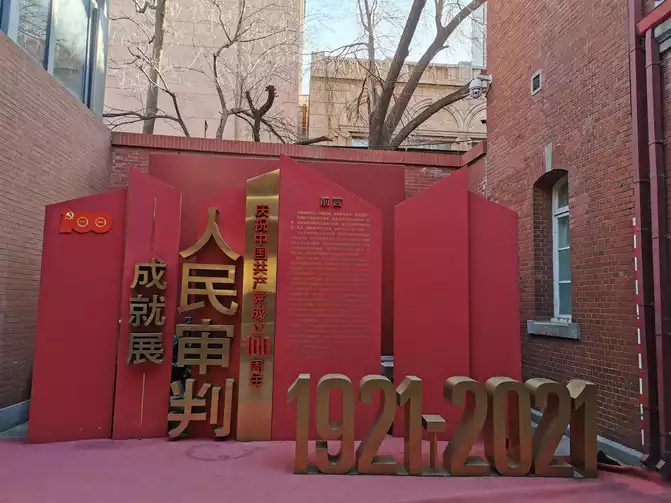
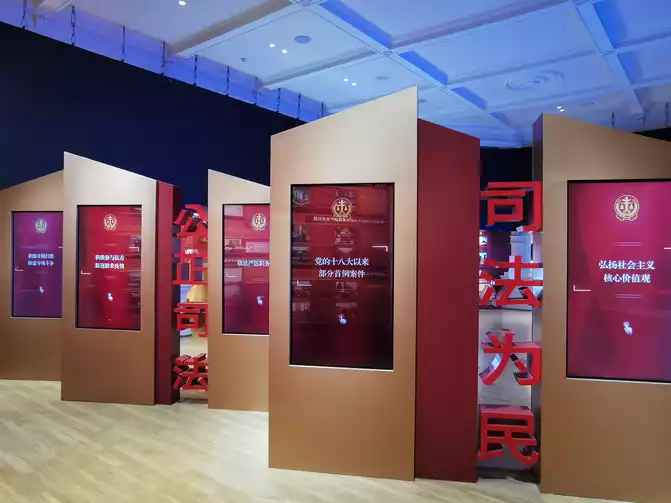
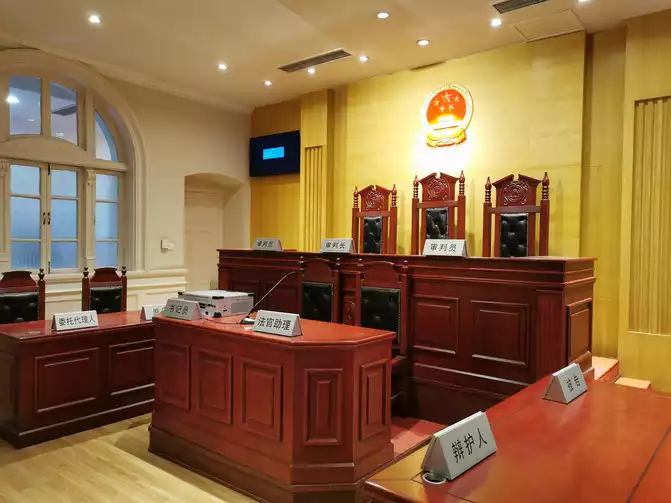
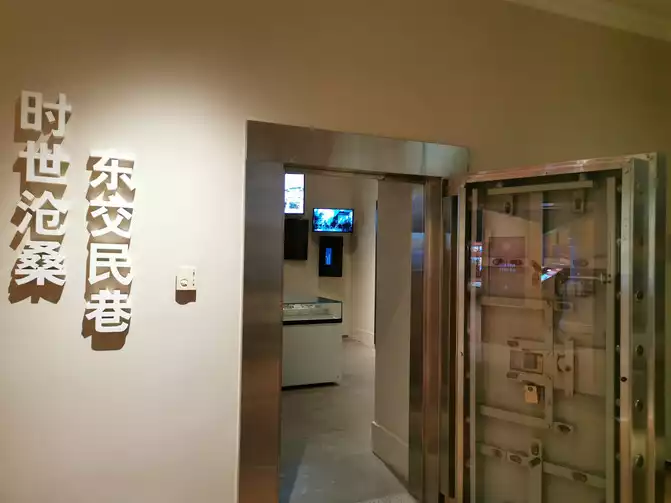
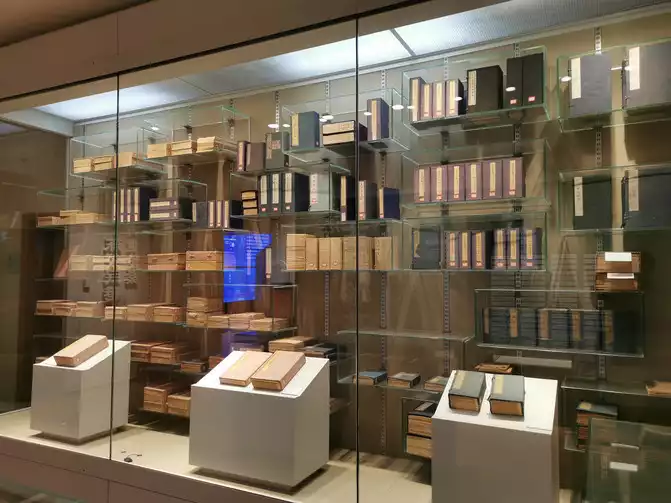
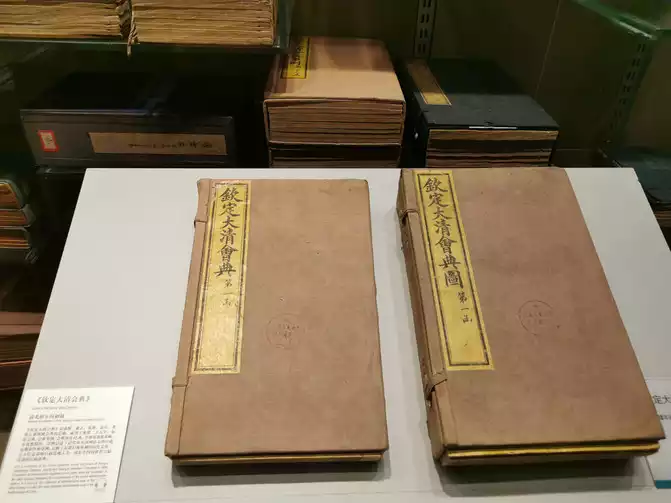
The Imperial Code of the Qing Dynasty
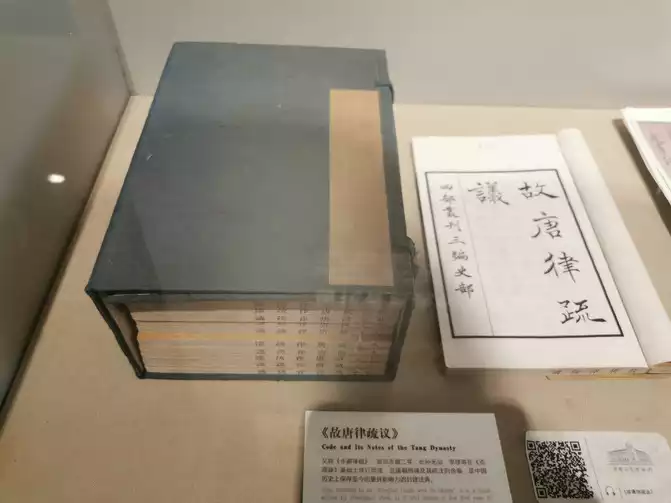
Tang Dynasty Law Commentary
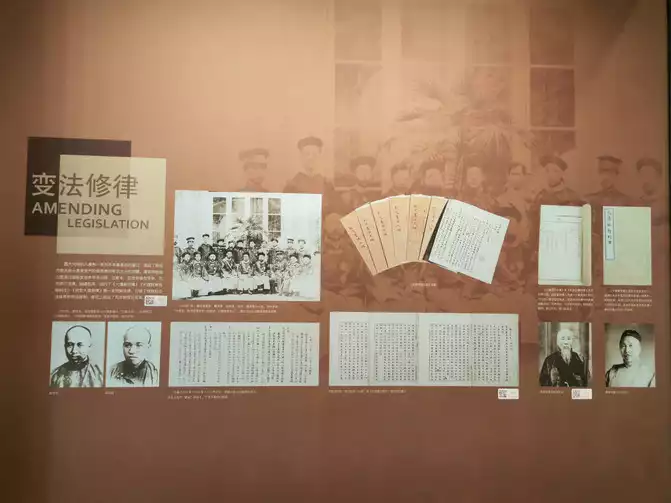
Shen Jiaben and Wu Tingfang's Reform and Revision of Laws
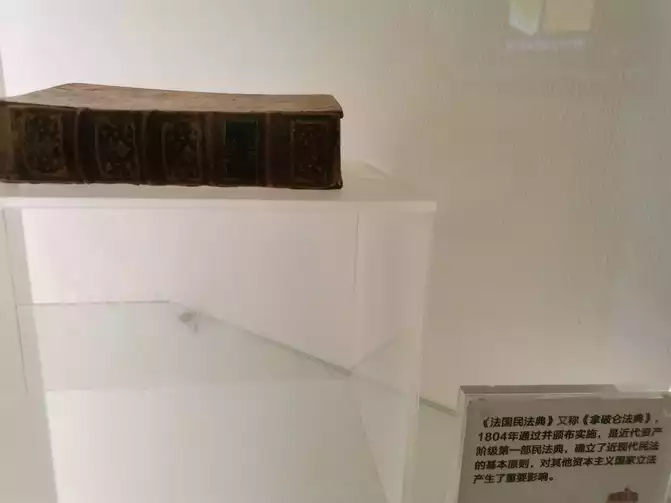
French Civil Code
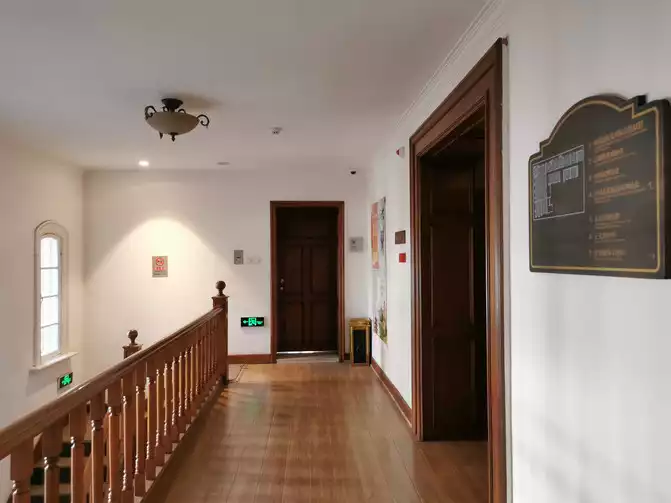
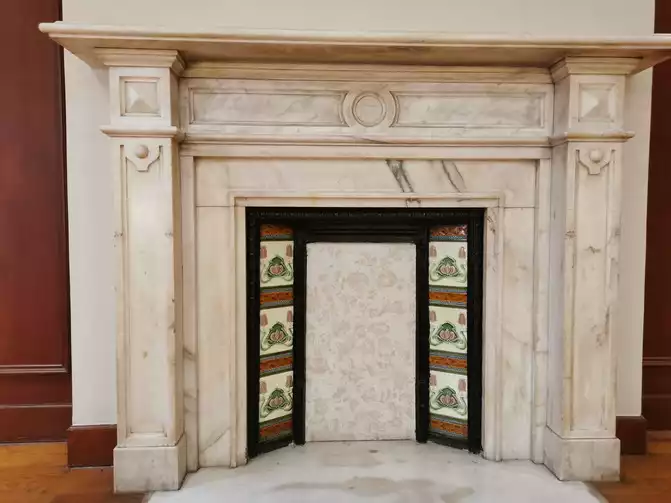
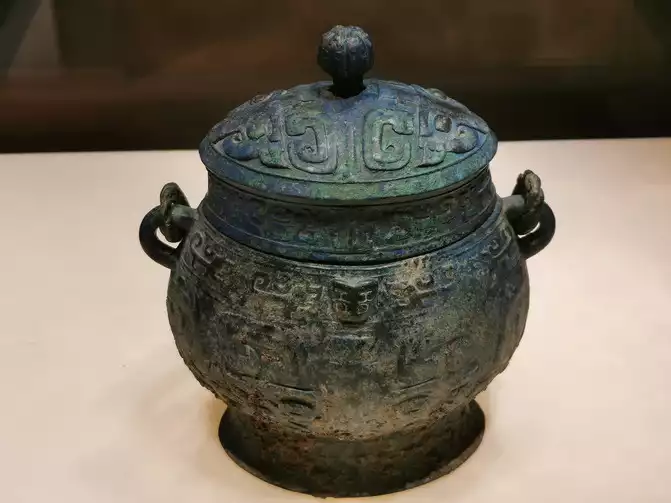
Exhibition of the Judicial Procedure for the Recovery of Bronzes from the Shang Dynasty
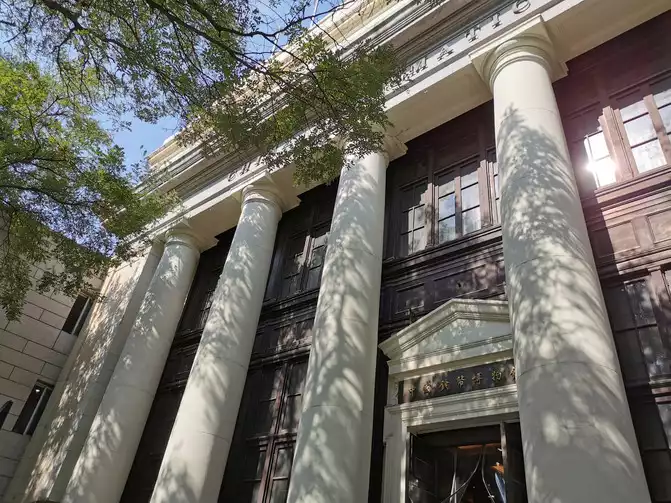
China Coin Museum
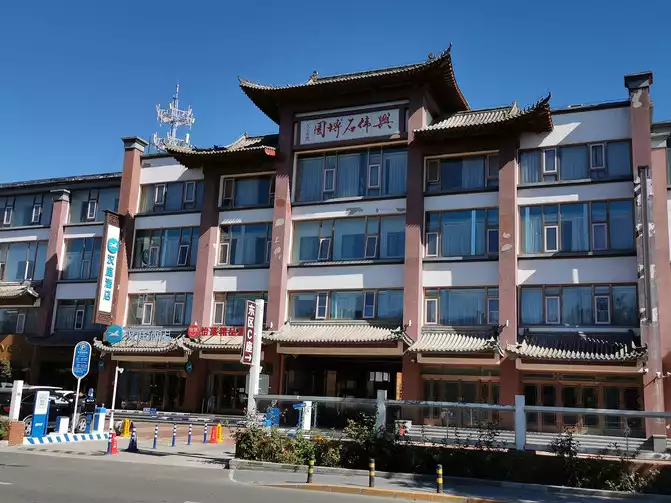
Weixing Stone Museum
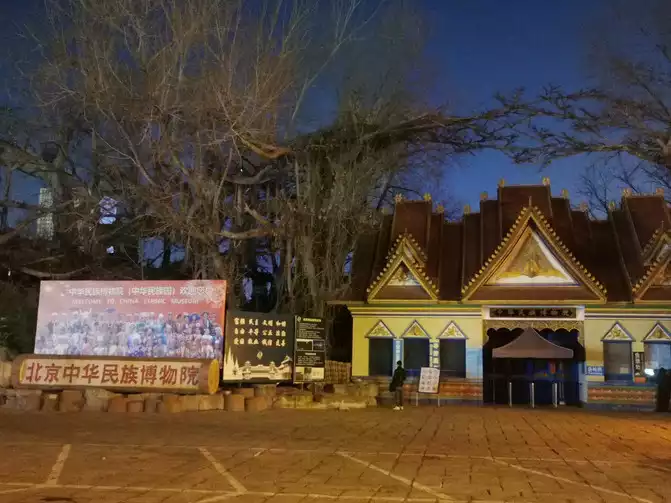
Chinese National Museum of China
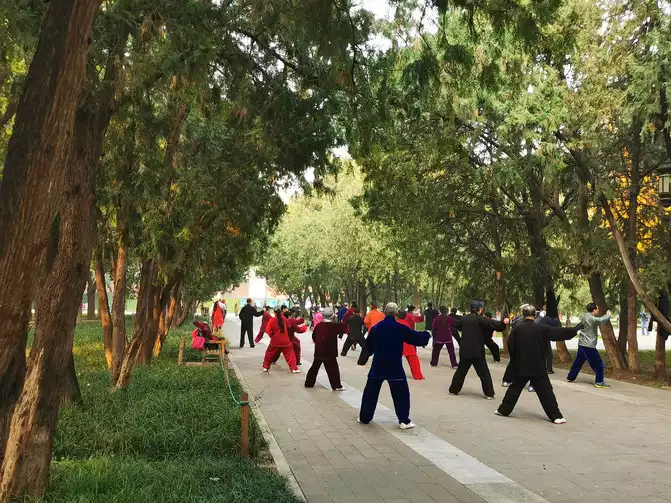
Sixth, Parks
How beautiful is Beijing on a snowy day, and the Forbidden City on a snowy day? And then… The Imperial Ancestral Temple, also known as the Workers' Cultural Palace in Beijing, still exudes an imperial atmosphere in the snow, though whose whereabouts remain unknown. The sky and earth are hazy, and the red walls are set against the pristine white snow, covered with yellow tiles and eaves…
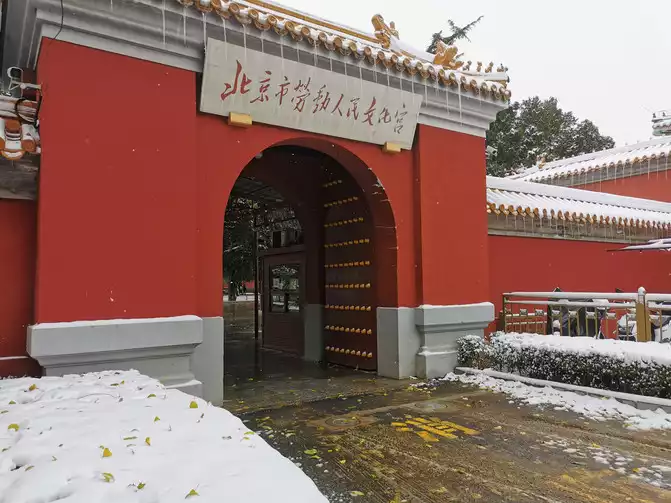
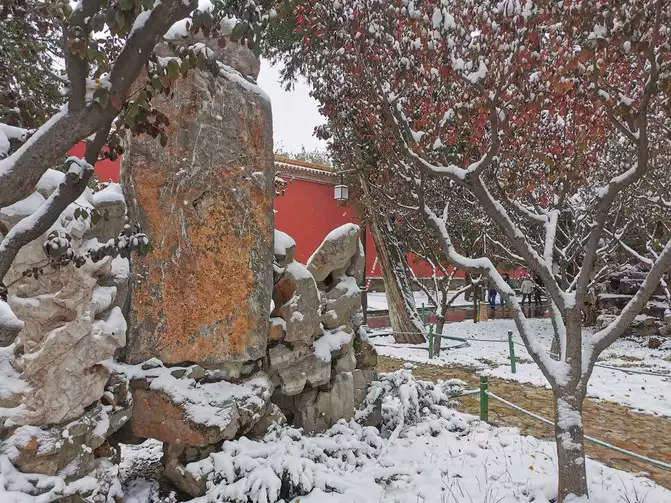
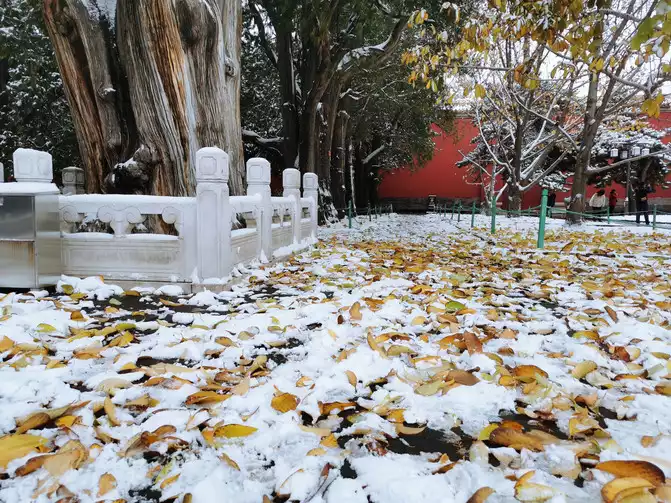
"Divine Cypress" - Legend has it that Emperor Chengzu of the Ming Dynasty planted the first cypress tree
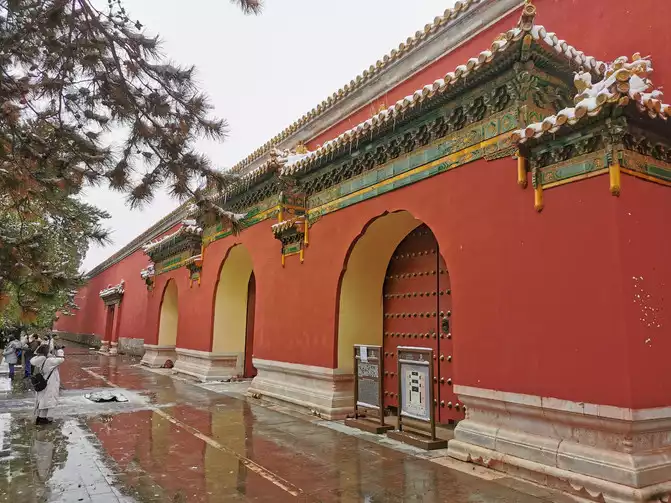
Five-color glazed door
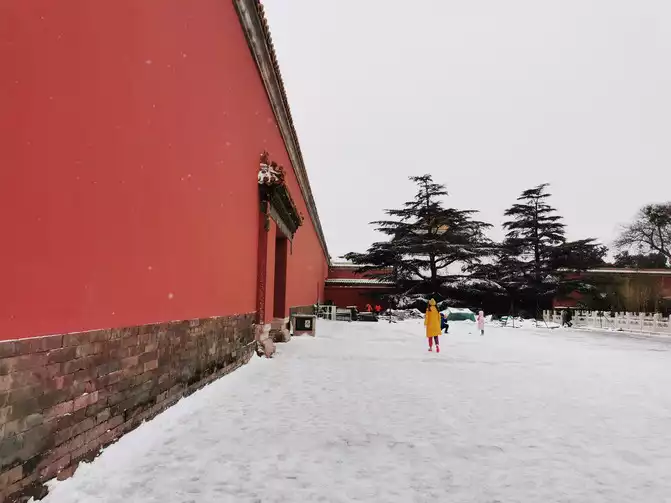
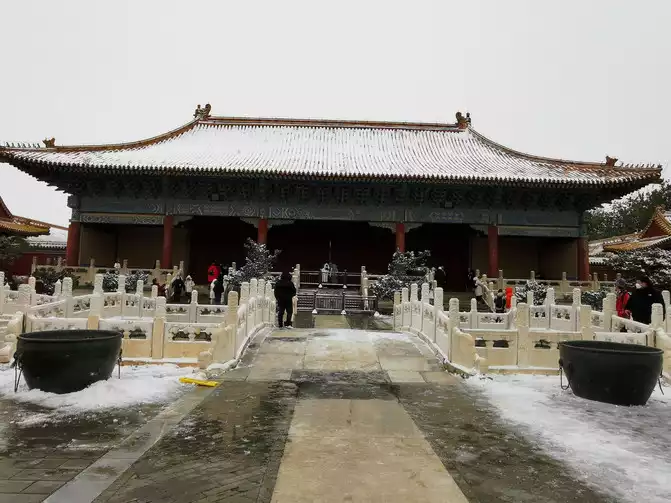
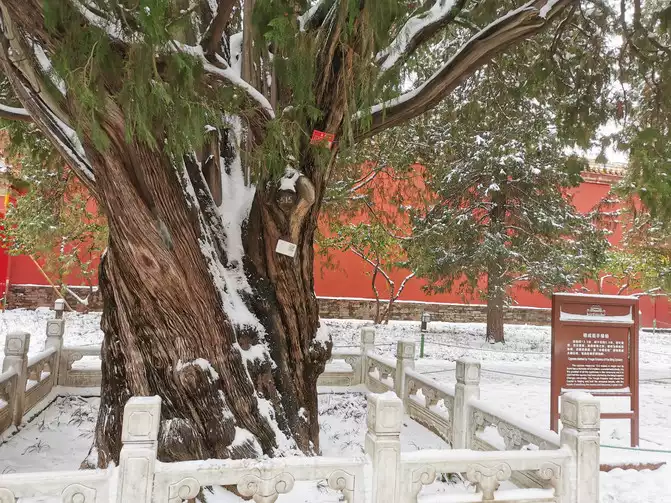
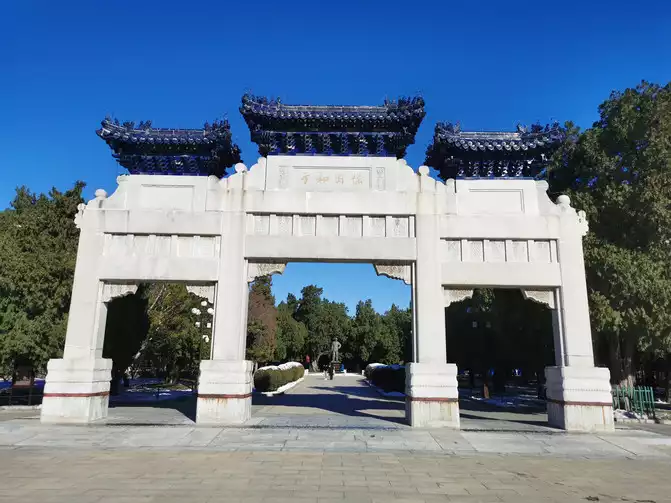
Defending Peace Square
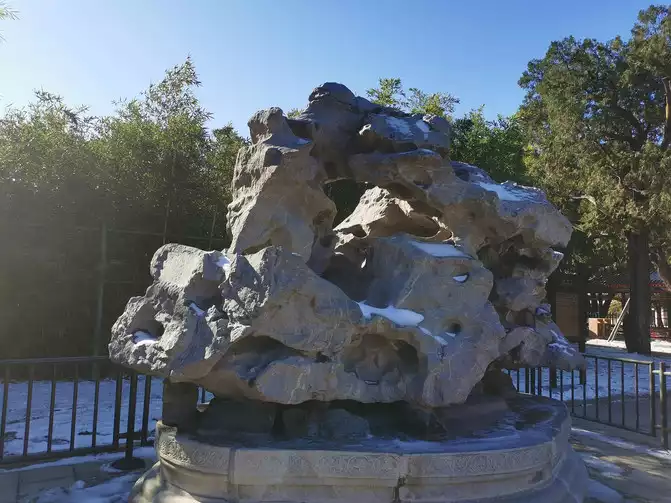
Qingyun Pian
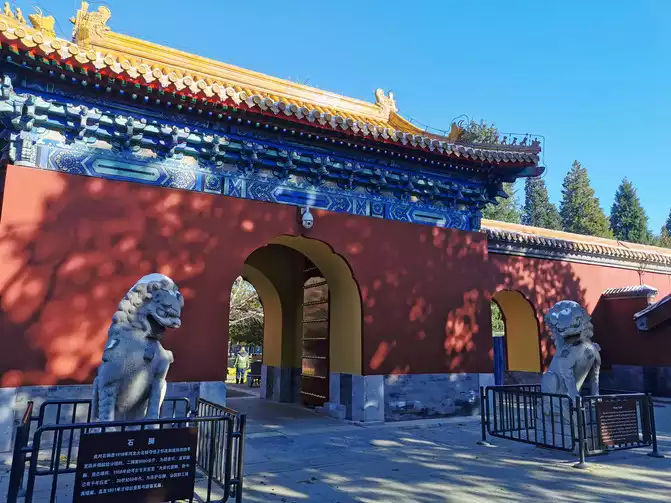
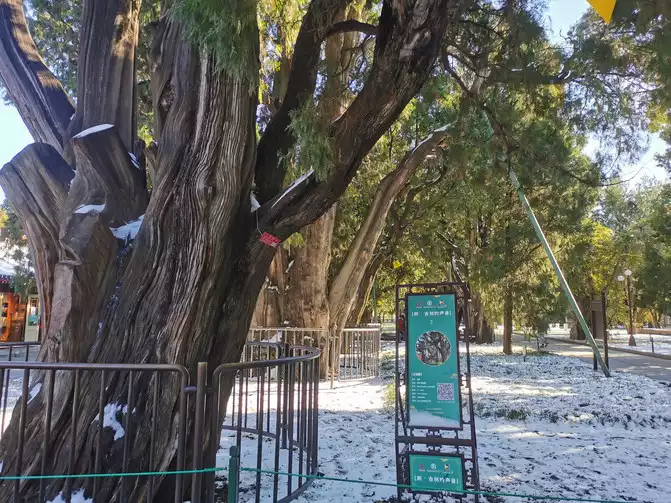
Millennium Liao Cypress
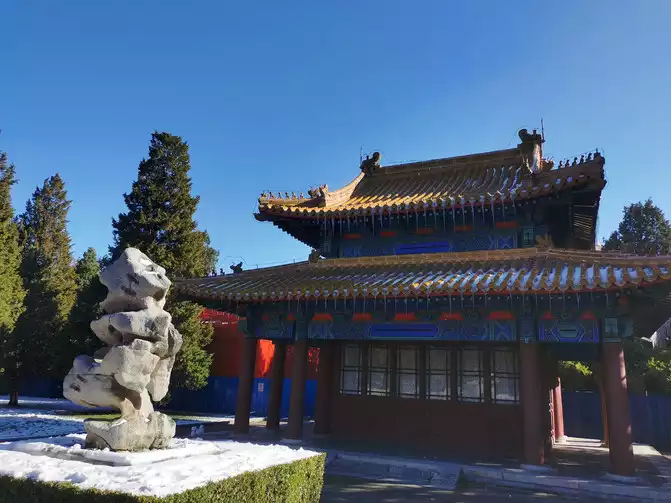
Pulling Stone
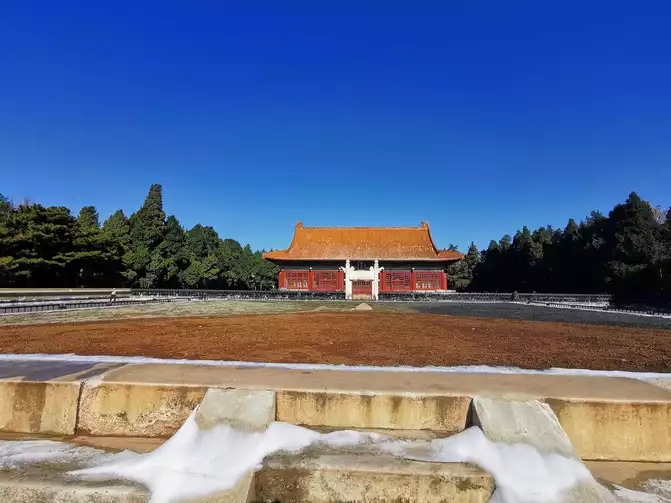
Sheji Altar
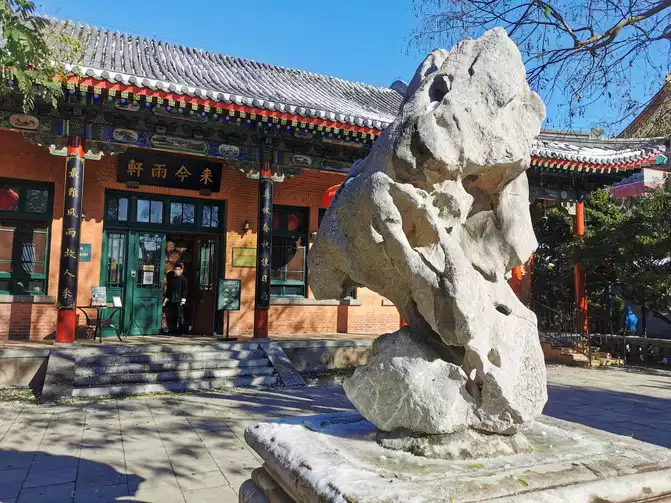
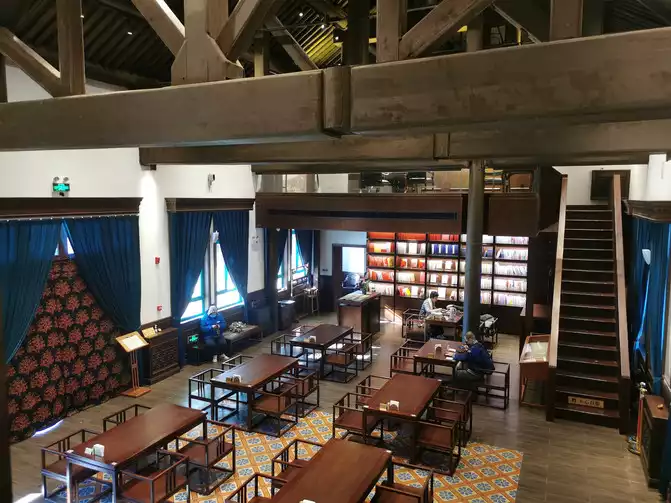
Lai Jin Yu Xuan
From the west gate of Zhongshan Park, walk north along the North-South Street for a short distance, passing the northwest corner tower of the Forbidden City, and you will reach Beihai Park. During the Shunzhi period of the Qing Dynasty, the Tibetan Buddhist monastery Yong'an Temple and the White Pagoda were built on Qiong Island in Beihai, hoping to protect the world for eternal peace and prosperity. Qiong Island is connected to the south bank by an arch bridge, Yong'an Bridge. Beihai Park was first constructed during the Liao and Jin dynasties. The Yuan Dynasty built Dadu around it, and it was extensively expanded during the Ming and Qing dynasties. As an imperial garden, it encompasses Qiongdao Island and the area surrounding Beihai, home to numerous cultural relics. In addition to Beihai's iconic White Pagoda, Yong'an Temple, and Yong'an Bridge, there are also sites such as the Western Paradise, the Iron Screen Wall, the Nine Dragon Screen, the Five Dragon Pavilion, the Little Western Paradise, and the ruins of the Ten Thousand Buddhas Tower. We value Beihai's history because it is a crucial part of Beijing's history. It is the birthplace of today's Beijing. -Lin Huiyin
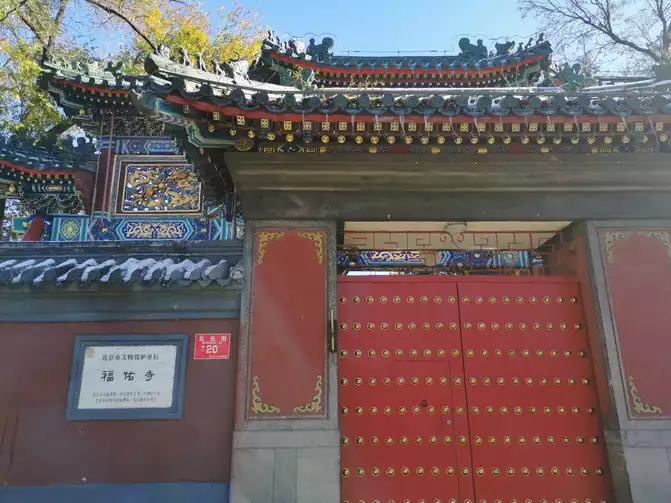
Fuyou Temple on Beichang Street
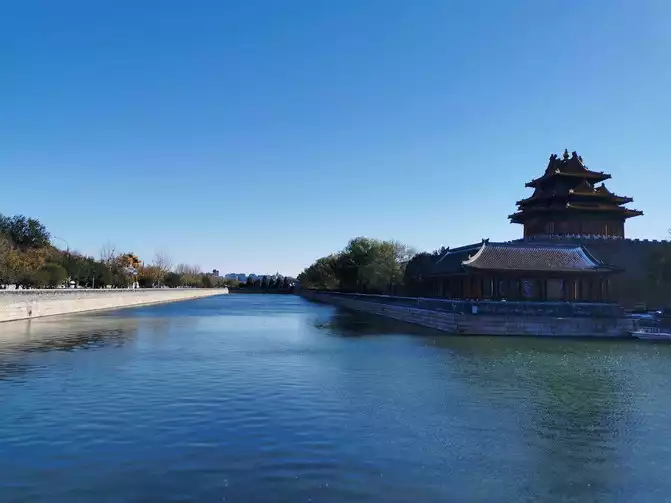
Corner Tower of the Forbidden City
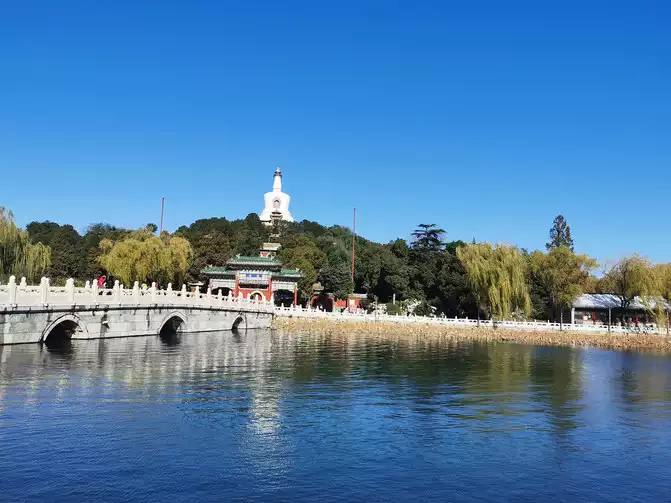
White Pagoda--Yong'an Bridge
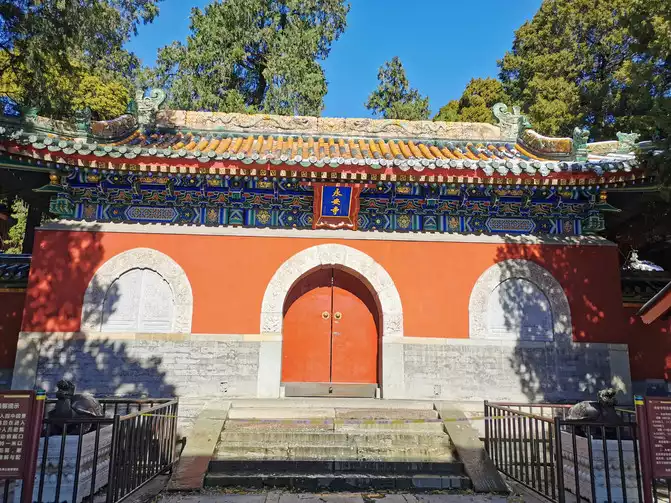
Yong'an Temple
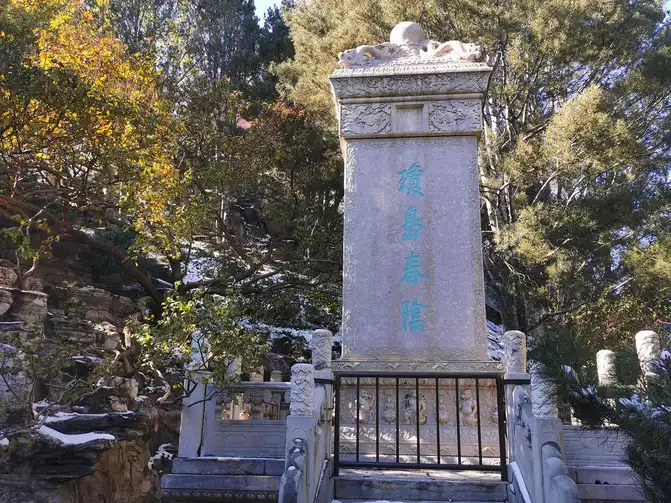
Qiong Island Spring Shade Emperor Qianlong's Imperial Calligraphy
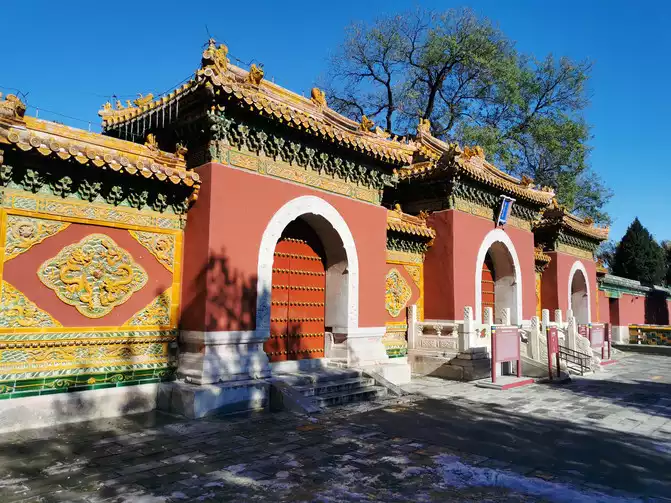
Western Heaven Brahma Realm
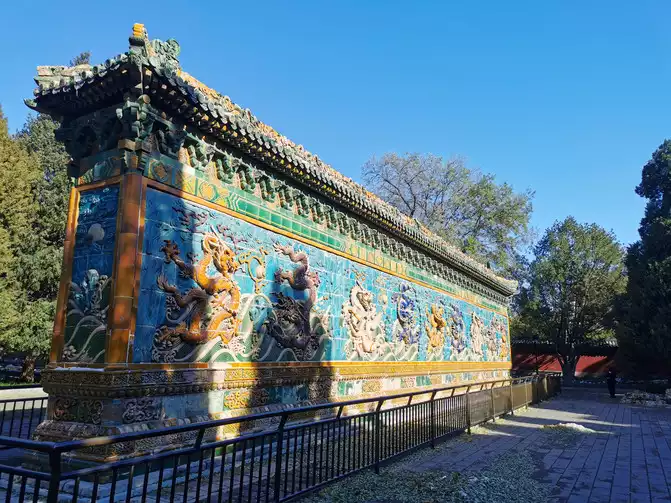
Nine Dragon Screen
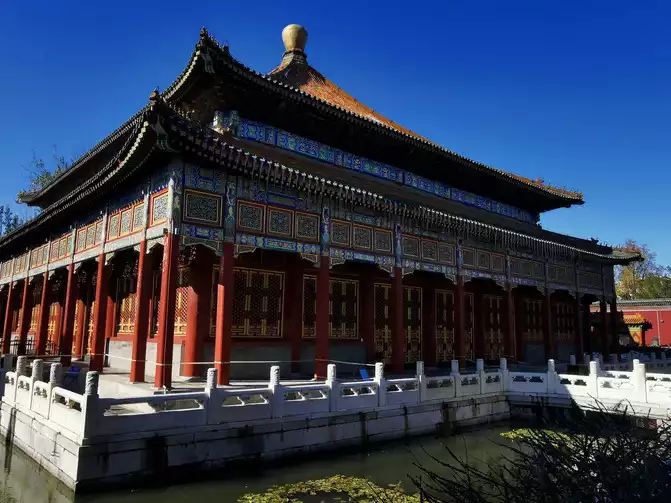
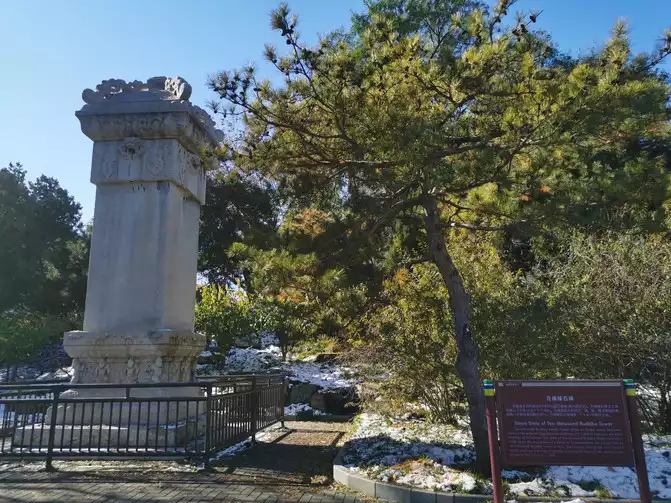
Stone Stele of Wanfo Tower
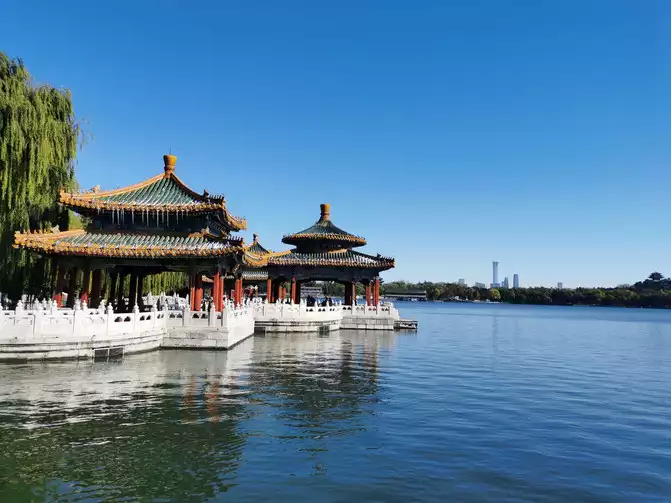
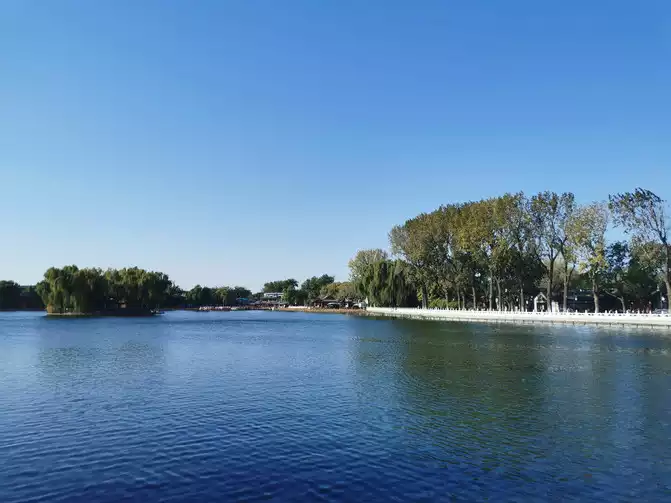
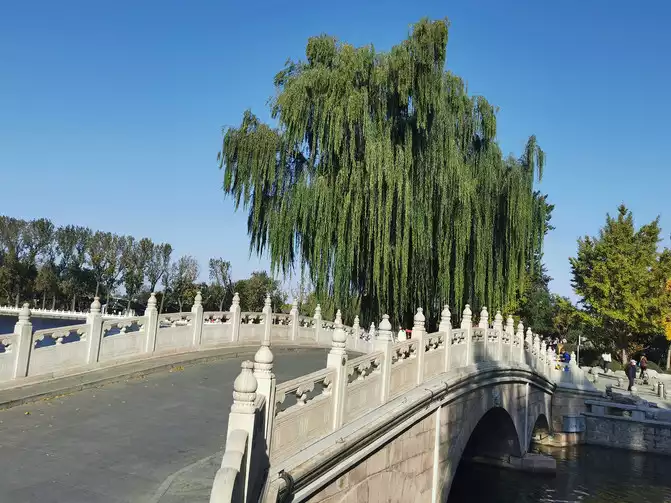
Shichahai--Jinding Bridge
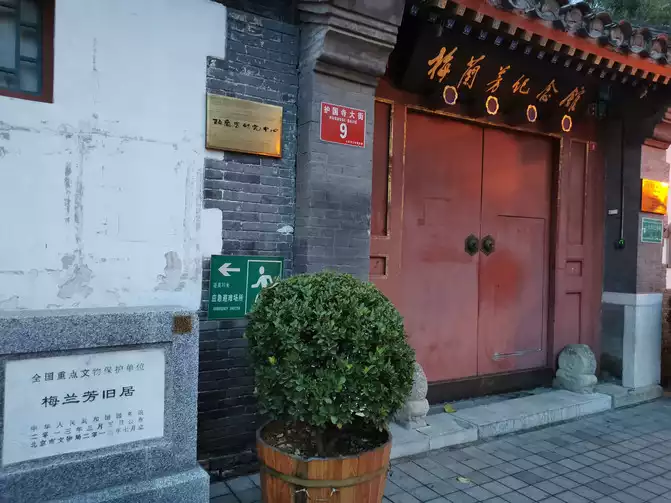
Mei Lanfang's Former Residence
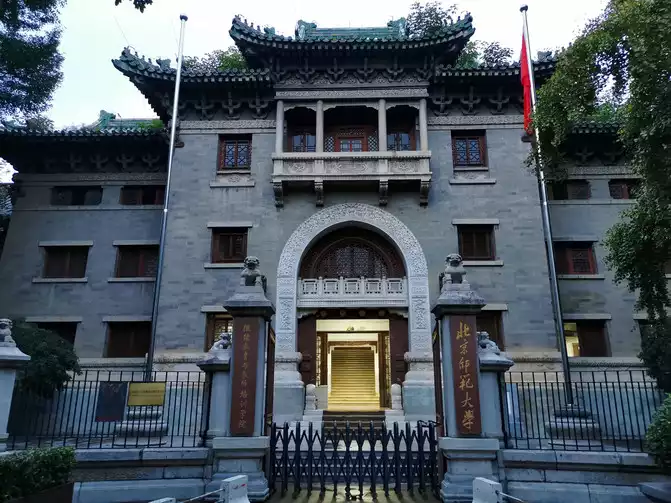
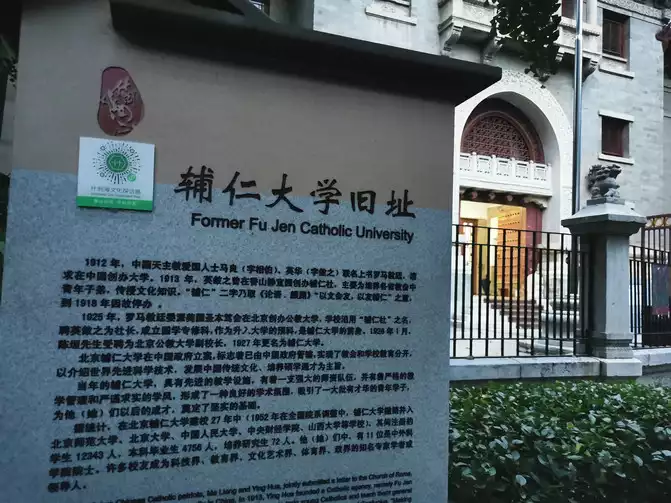
Fu Jen Catholic University, Beijing Normal University
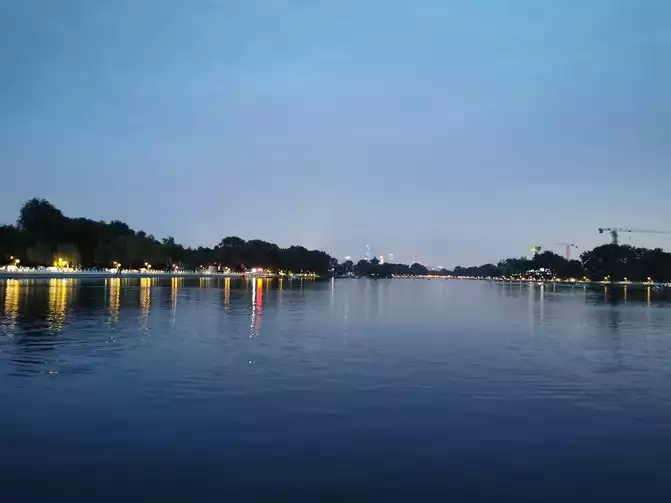
Houhai
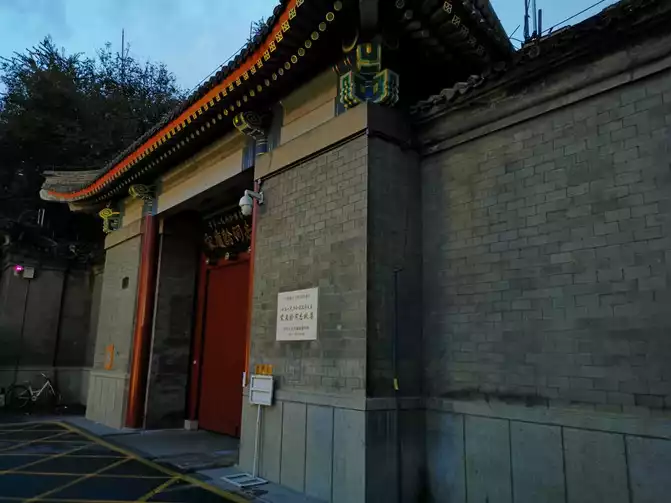
Former Residence of Soong Ching Ling
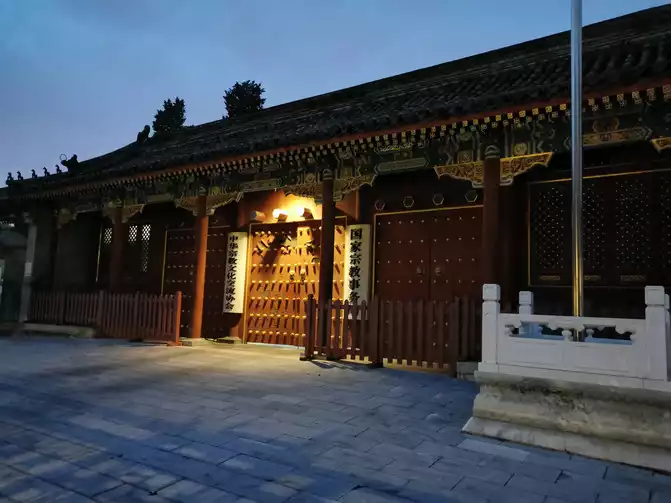
Prince Chun's Mansion of the State Administration for Religious Affairs
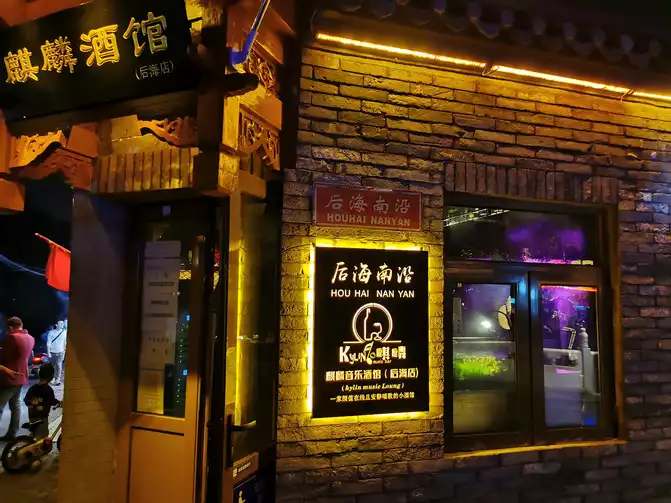
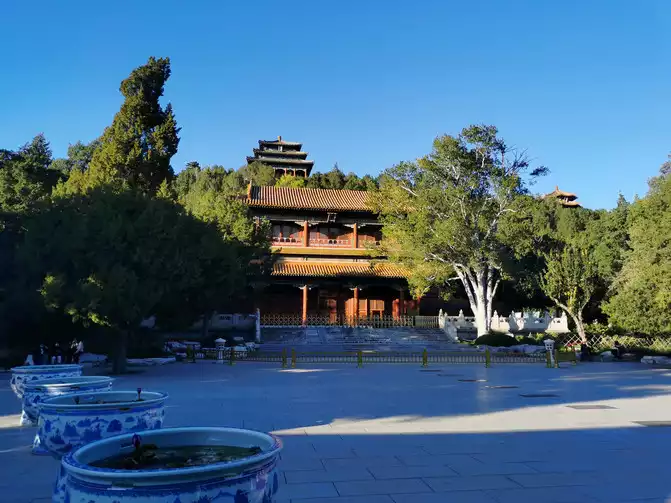
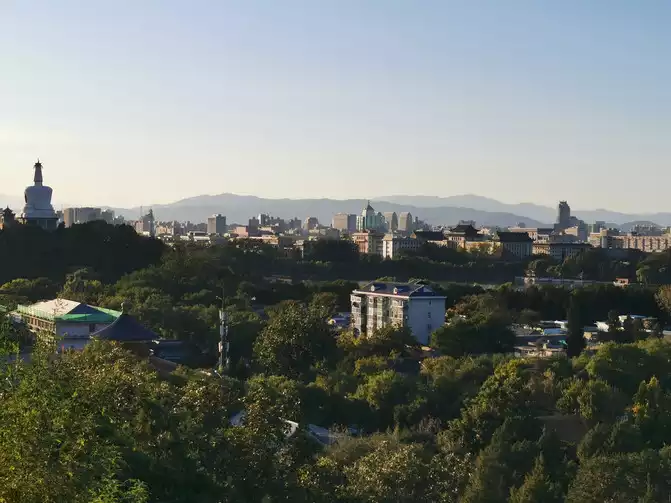
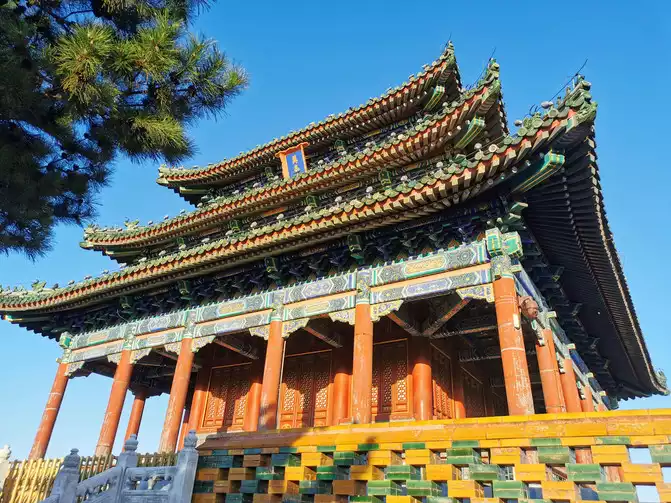
Wanchunting
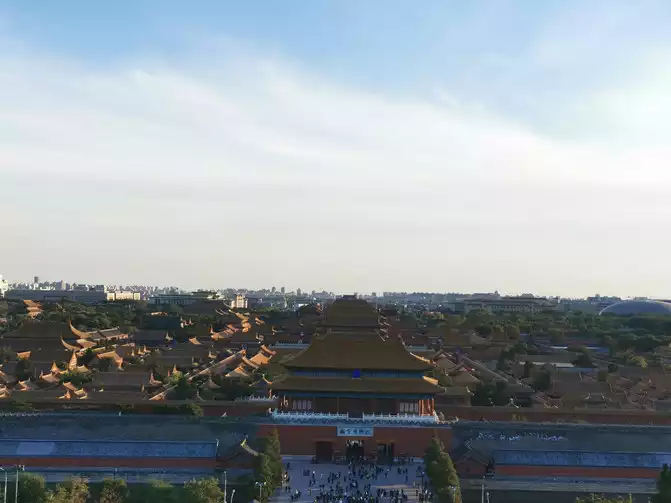
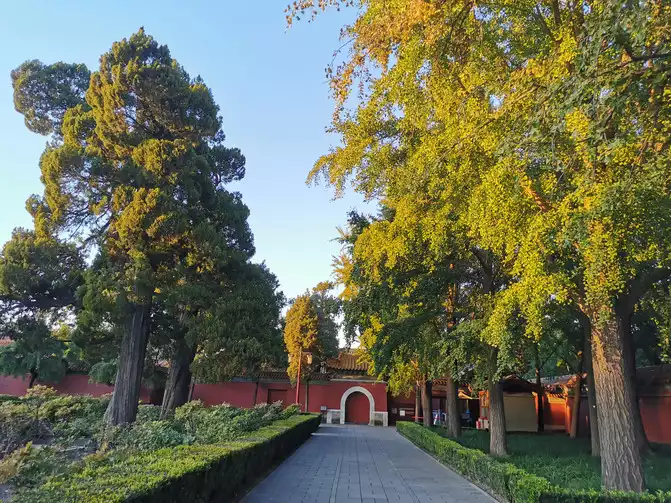

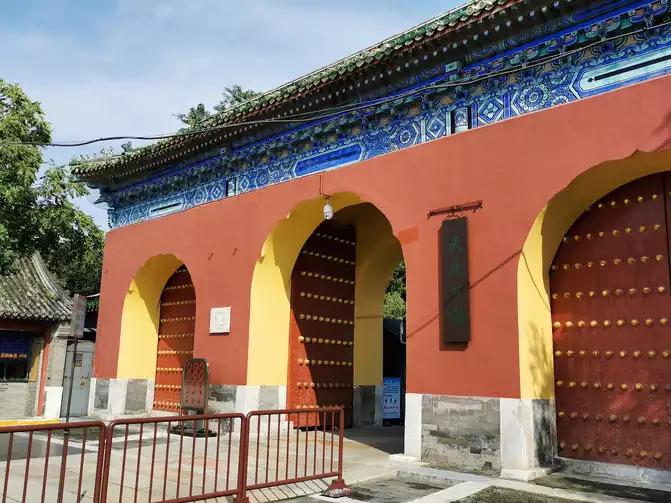

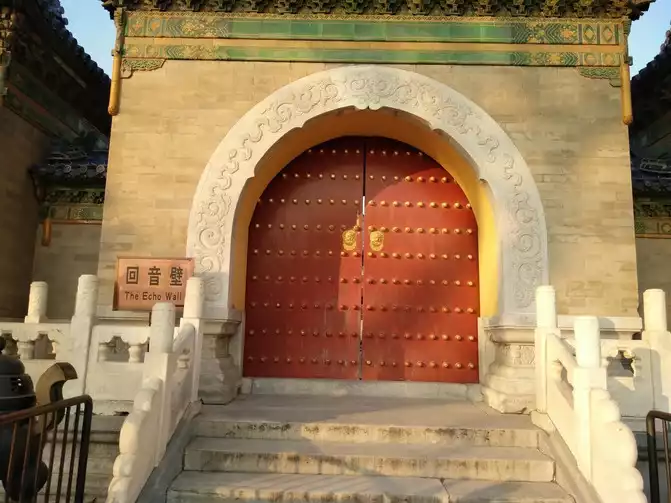
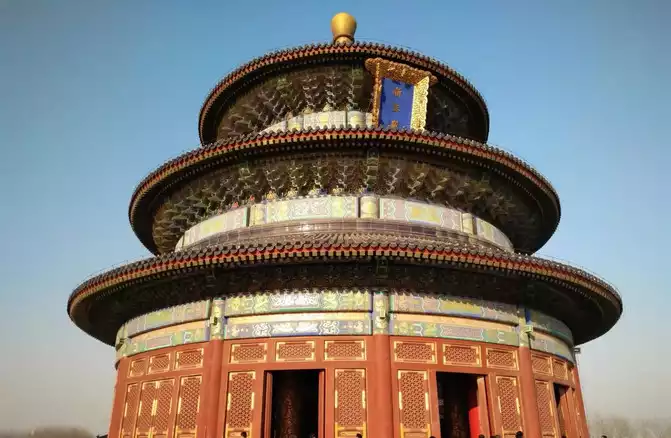
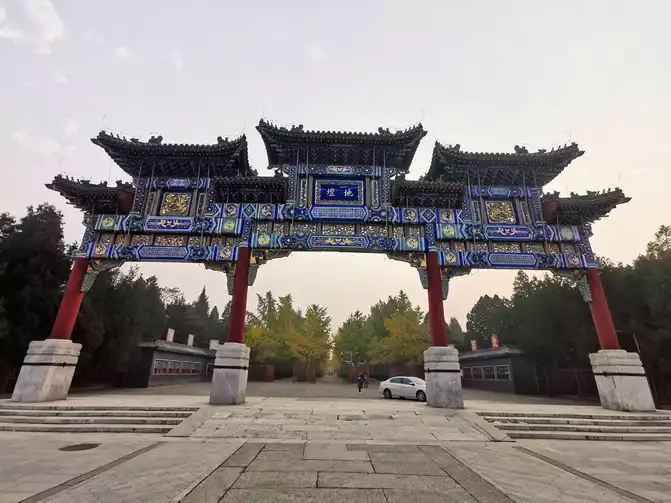
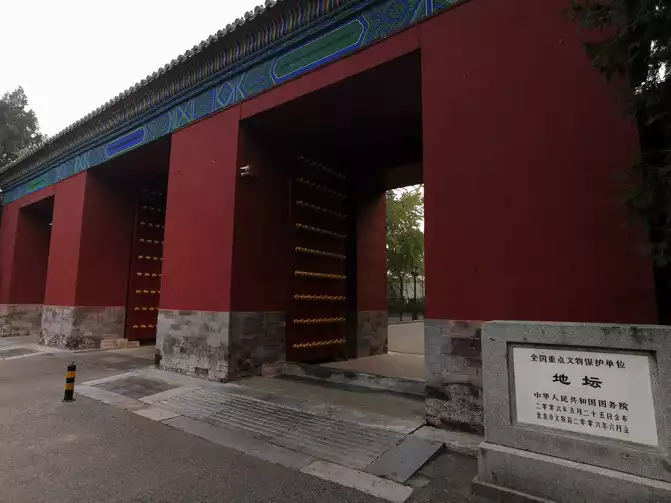
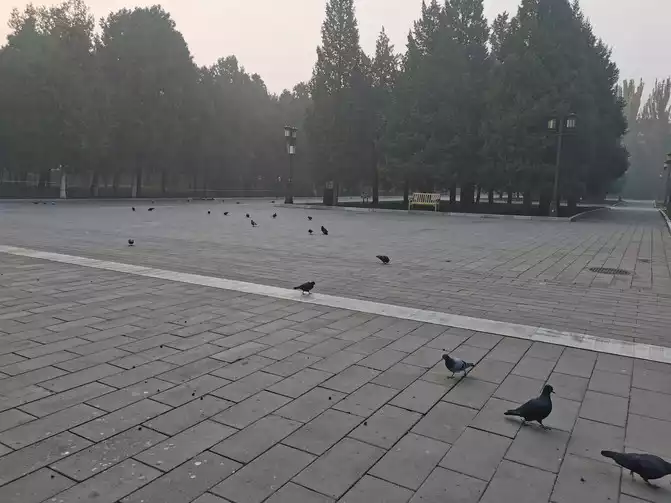
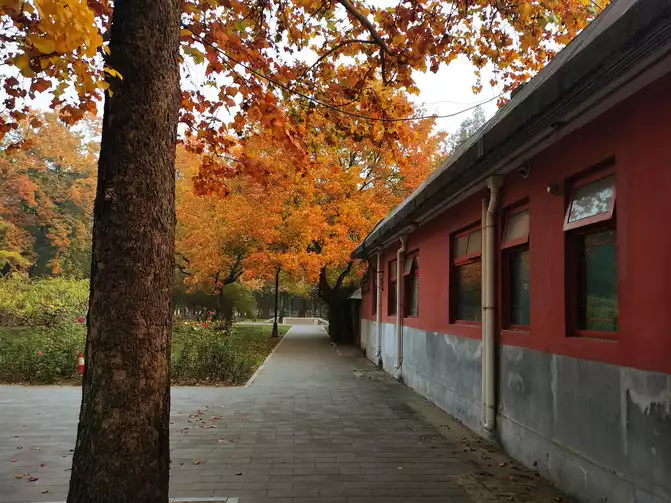
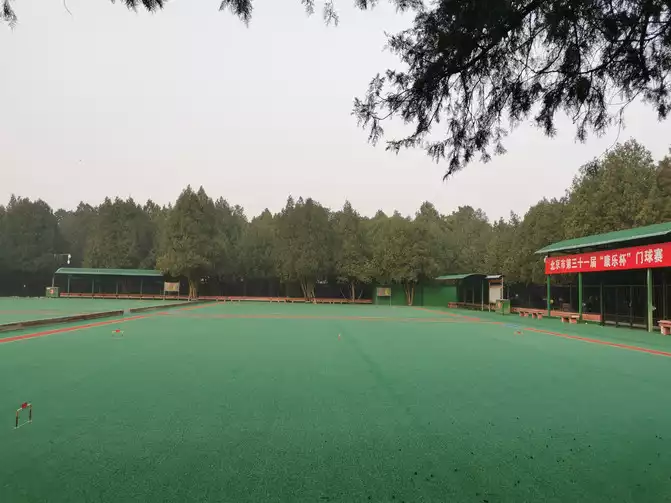
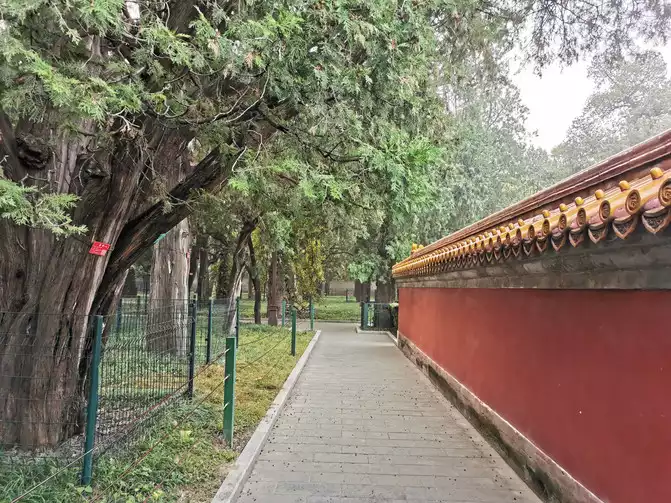
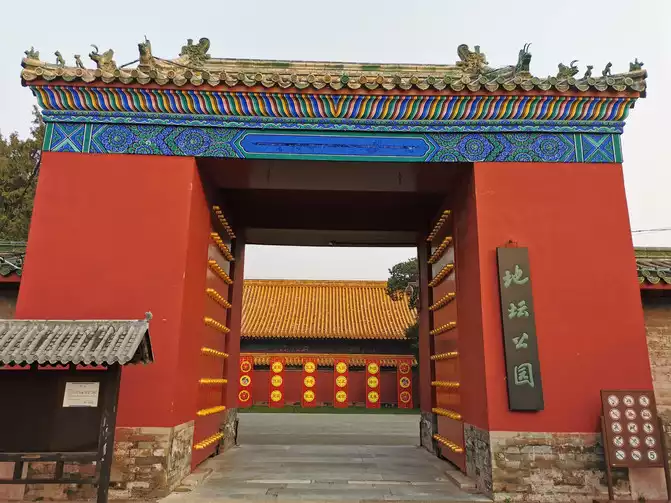
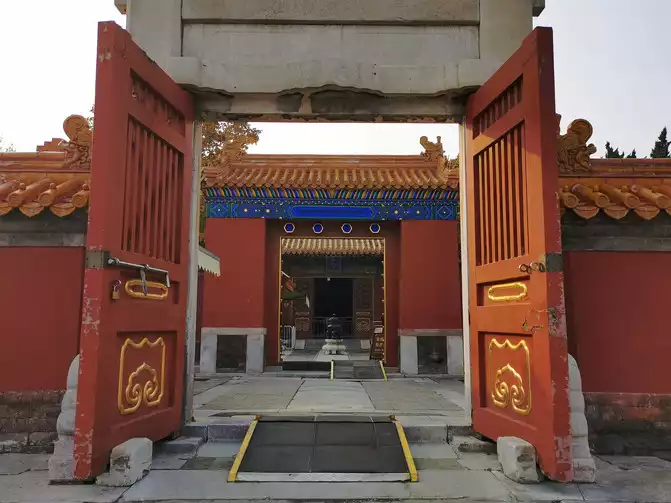
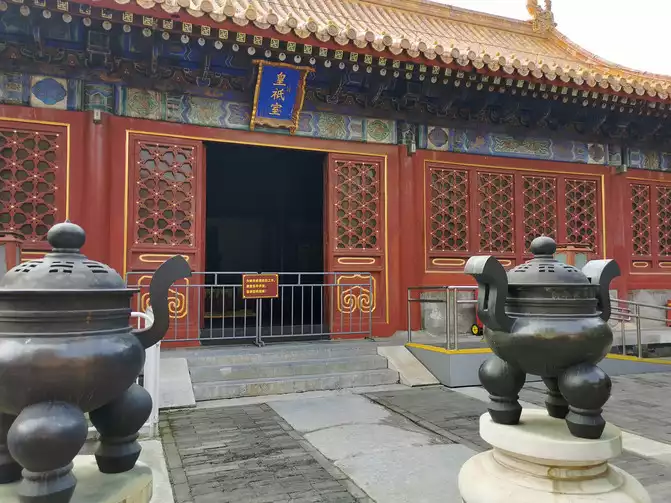
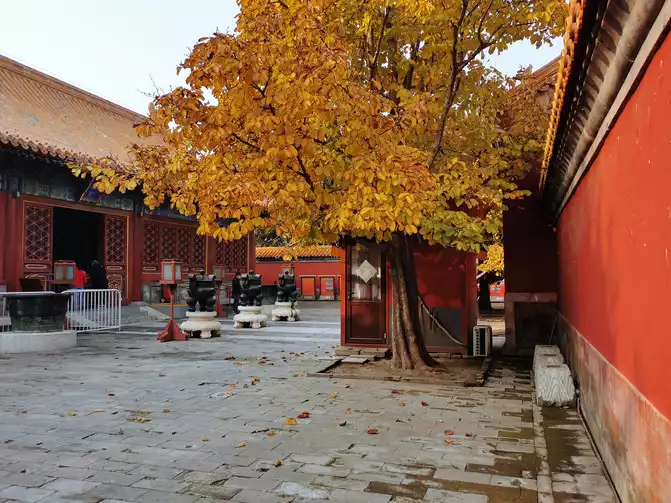
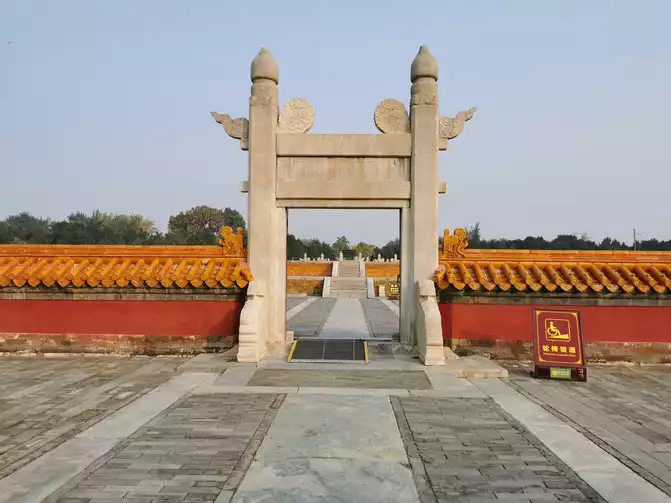
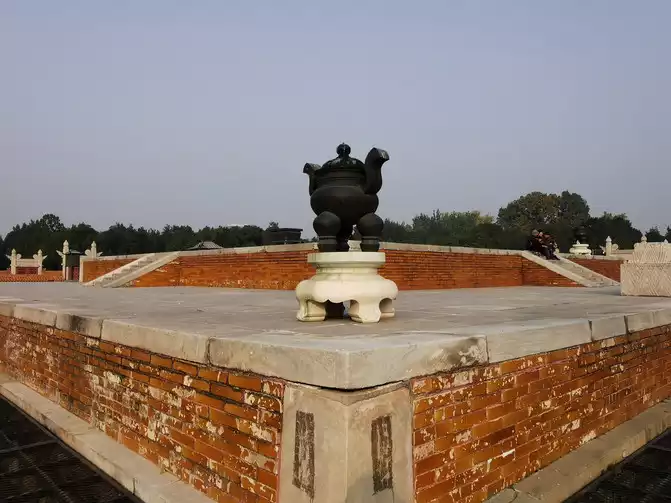
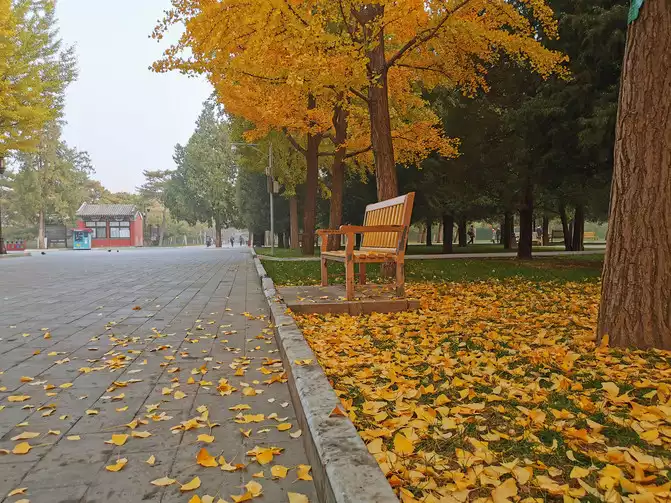
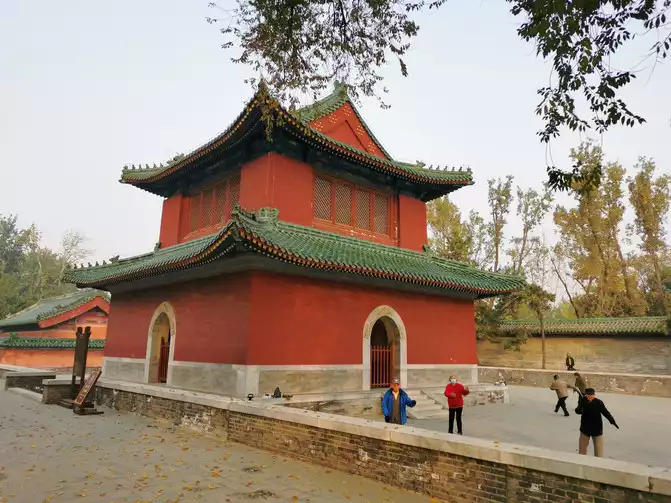
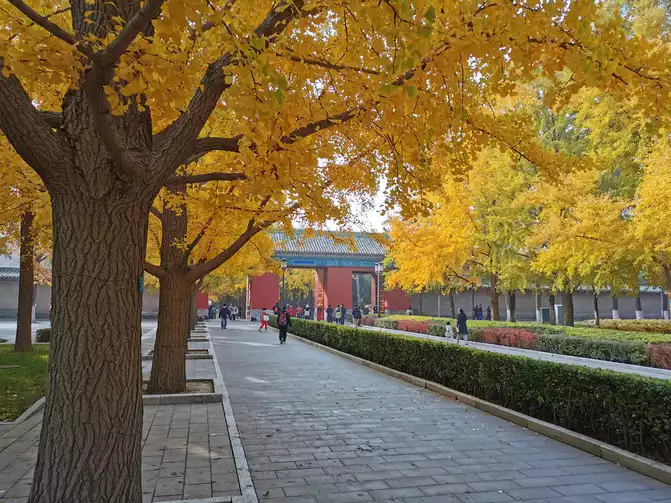 Ditan Temple
Ditan Temple
Yuan Dadu City Wall Ruins Park—The remains of the Yuan Dadu city wall, built entirely of rammed earth, are commonly known as the "earth city" and are a nationally protected key cultural relic site.
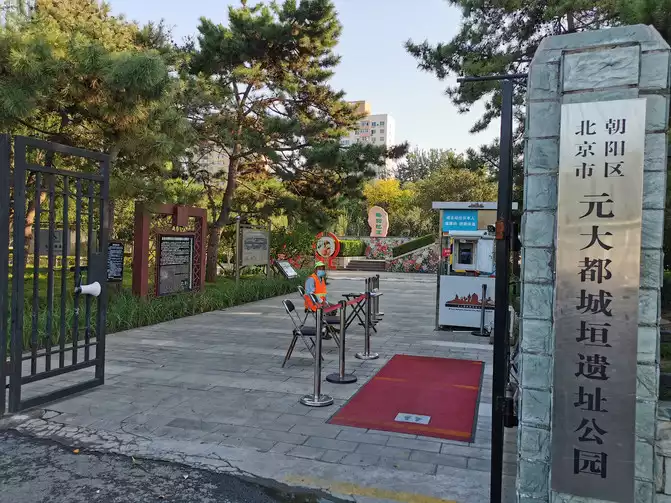
Walking west along the long corridor along the north shore of Kunming Lake, you'll find a pavilion near the lake called "Yuzao Pavilion." While seemingly unremarkable in the pavilion-filled Summer Palace, it stands out because it was here that Wang Guowei, a master of Chinese studies in the late Qing and early Republic of China, plunged himself into Kunming Lake. Wang Guowei, courtesy name Jing'an, was a native of Haining, Jiaxing. Among his academic achievements, the most familiar to most of us is the three realms of scholarship he proposed in his "Human World Ci Talks." If we have a general understanding of the scholarship and character of Chen Yinke—then known as the professor of Tsinghua University—we can also get a good idea of Wang Guowei's scholarship and character from the inscription he wrote for Wang Jing'an's memorial: "...this independent spirit and free thought will endure for thousands of years, as long as the heavens and the earth, and shine forever with the three lights." Liang Qichao also commented on Wang Guowei: "A scholar who belongs not only to China but to the whole world."
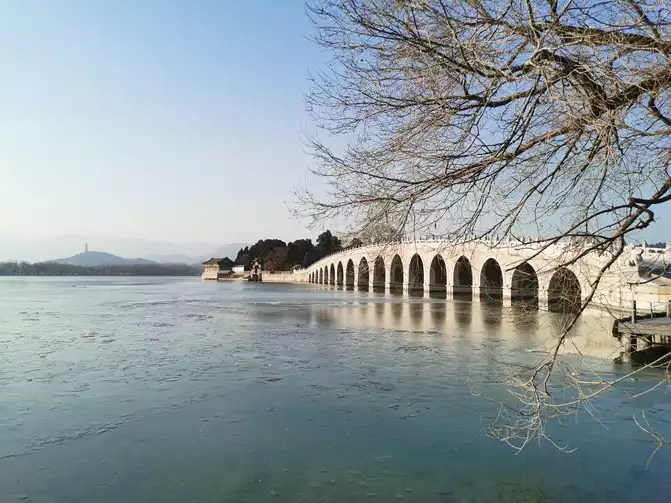
Seventeen-Arch Bridge
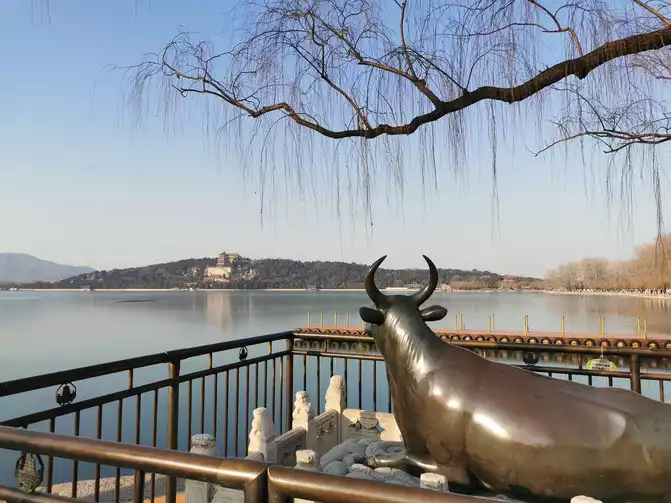
Bronze Bull of the Summer Palace
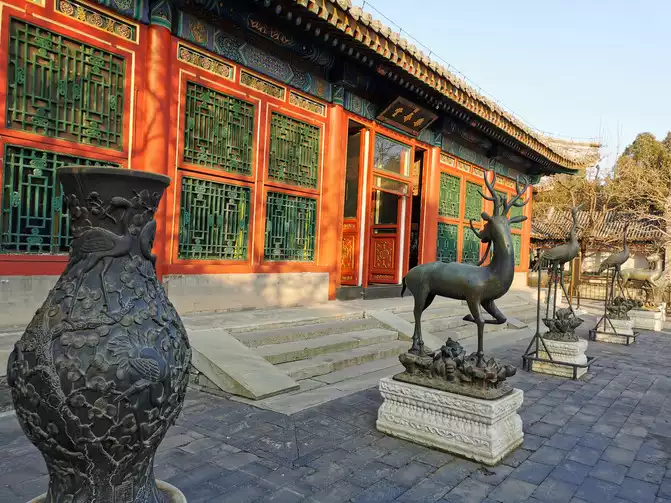
Hall of Joyful Longevity
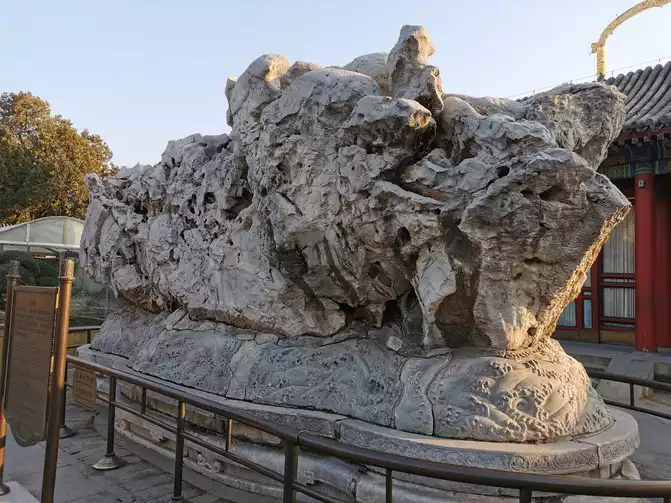
Qingzhixiu
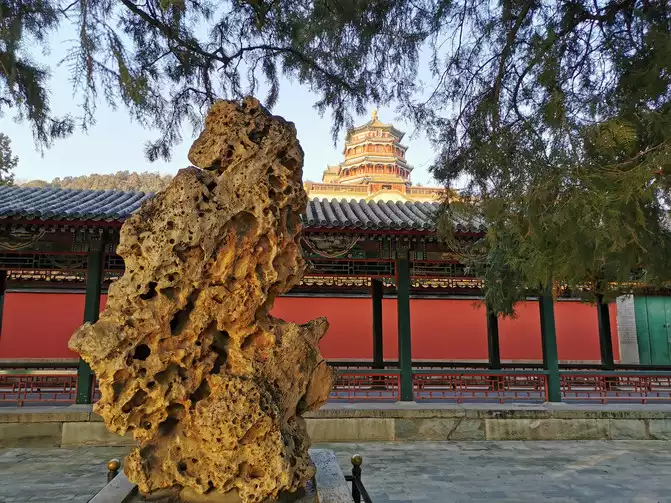
Buddha Fragrance Pavilion
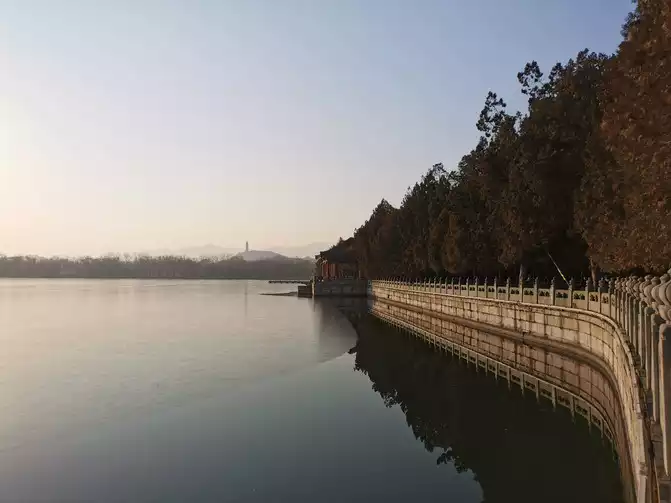
Yuzaoxuan
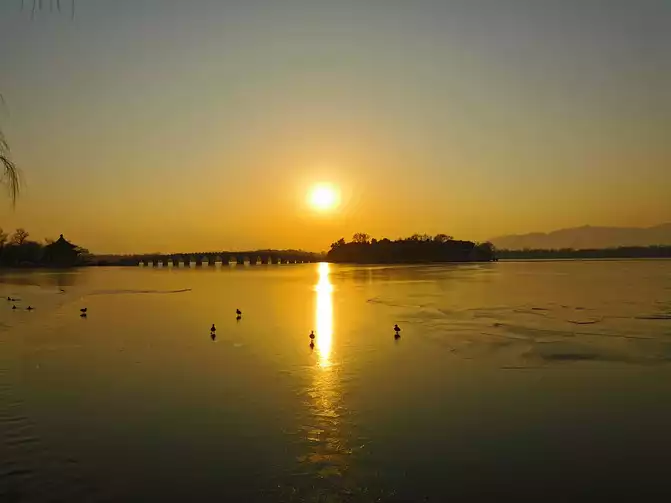
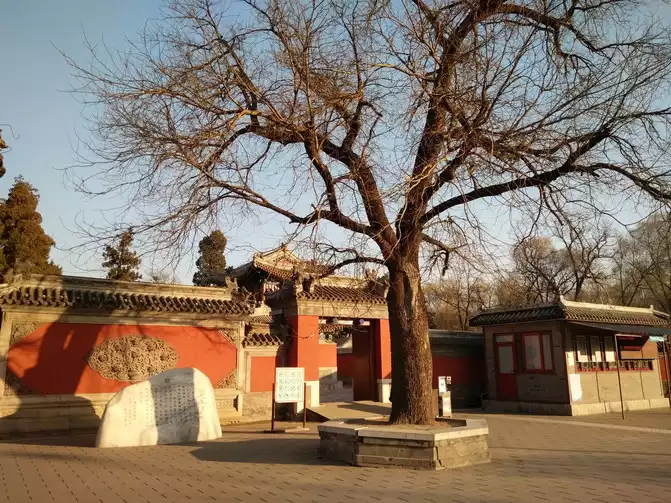
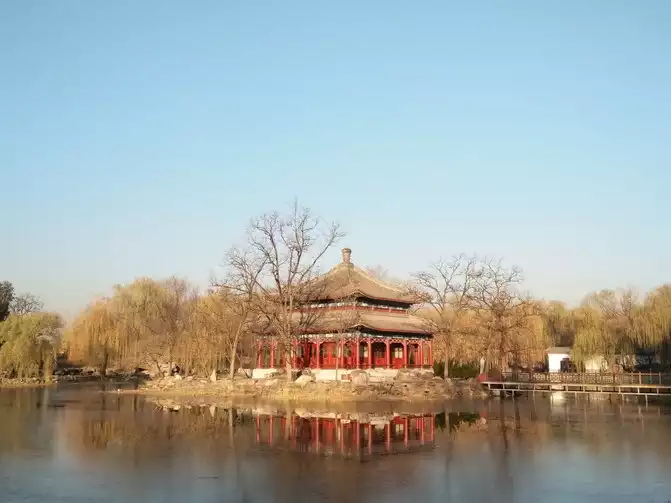
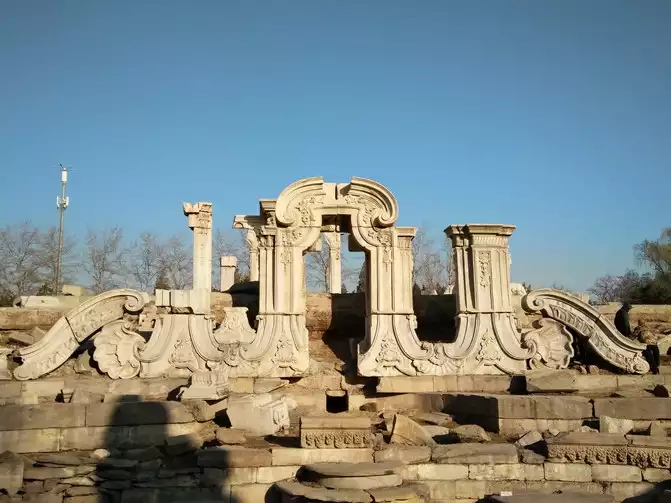
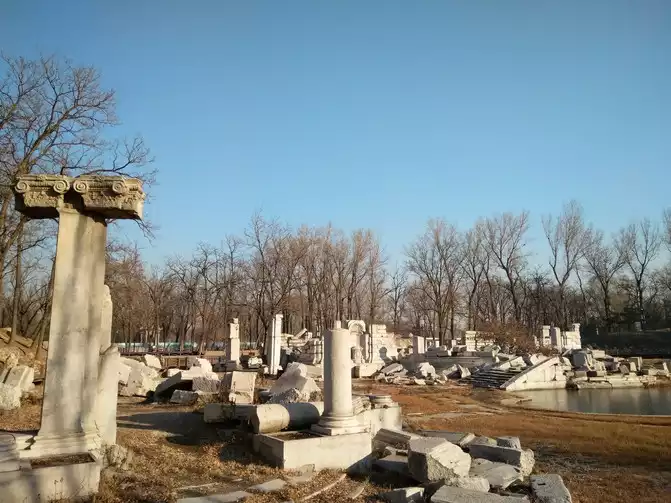
Yuanmingyuan
The Beijing Olympic Park is located north of Beitucheng, the northern end of the central axis of the Forbidden City. North of the North Fourth Ring Road are the Bird's Nest and the Water Cube, and further north is the Olympic Forest Park. Modern sports venues are interspersed with traditional Chinese elements—ceremonial chimes, memorial archways, and more. With the 2022 Winter Olympics approaching, many venues are closed for final preparations. The red plastic running track in Olympic Forest Park winds through the lush woods, with artificial waterfalls, lakes, and flower beds on both sides...
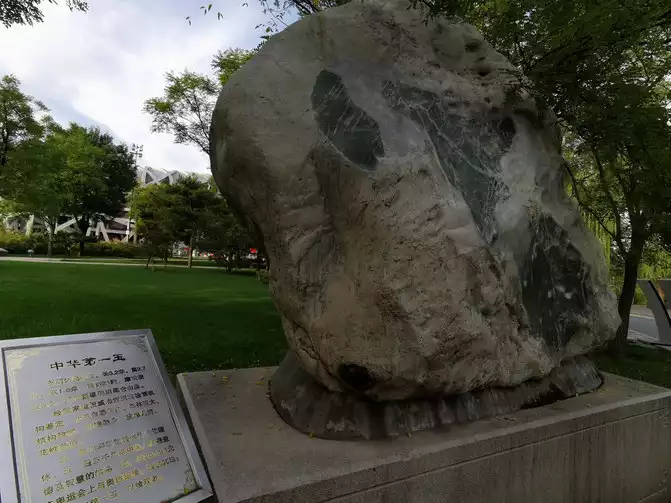
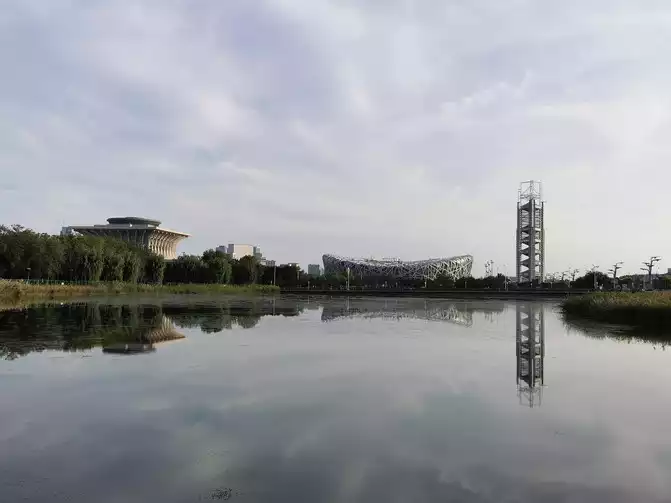
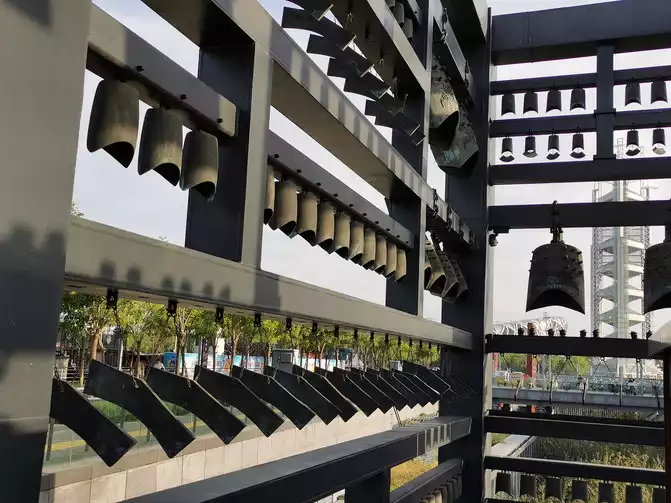
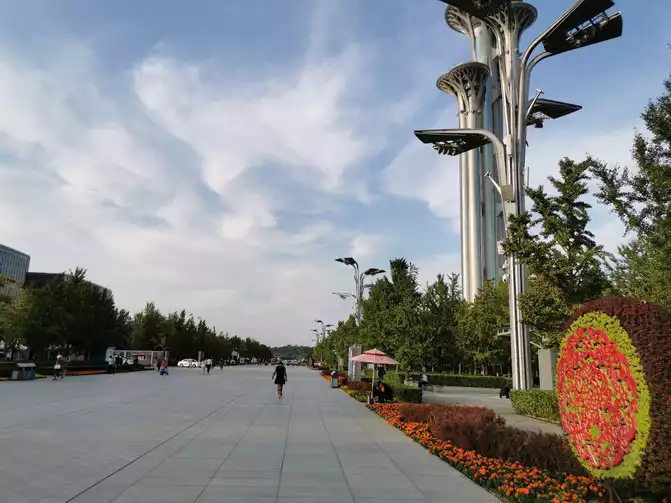
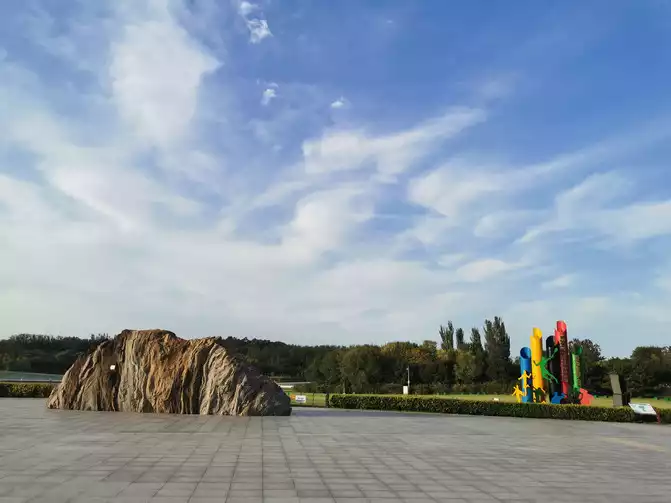
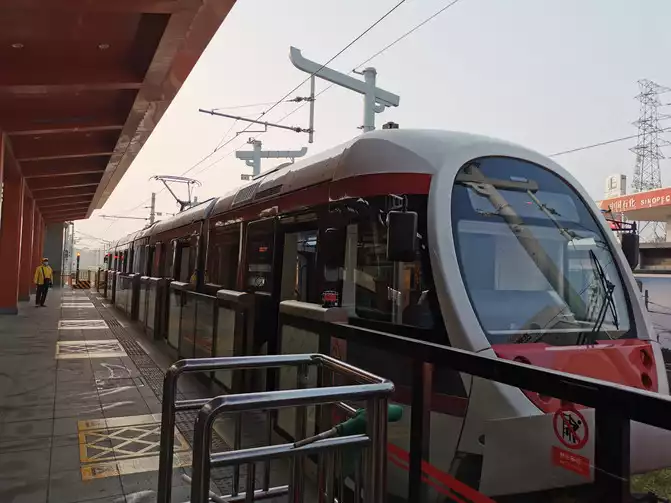

Western Suburb Line
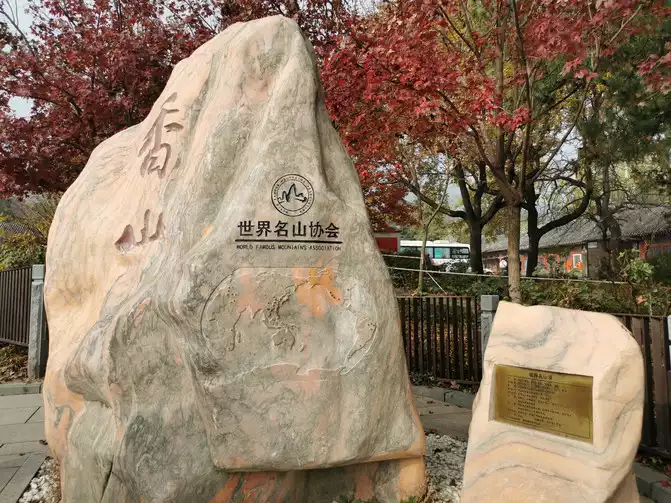
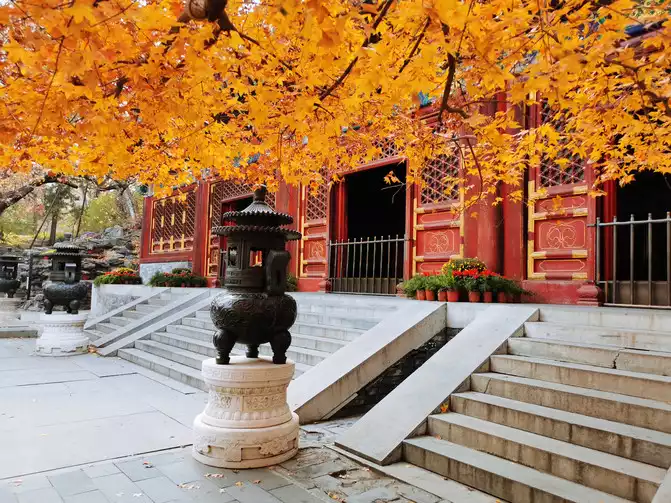
Qinzheng Hall
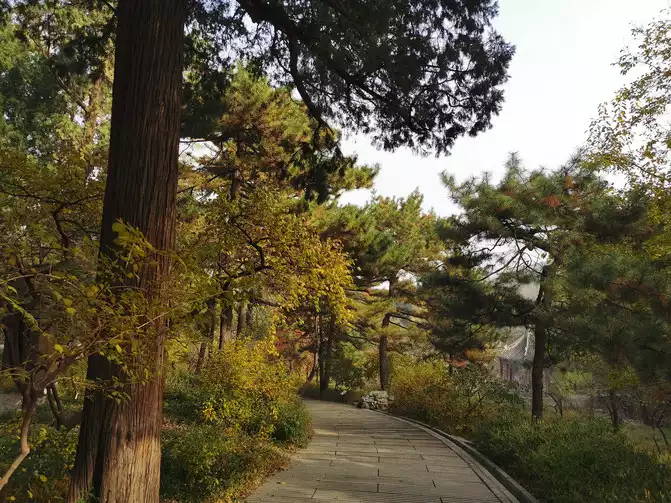
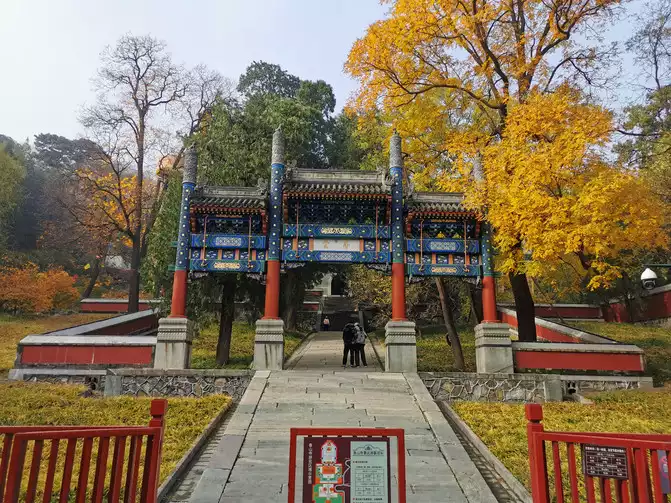
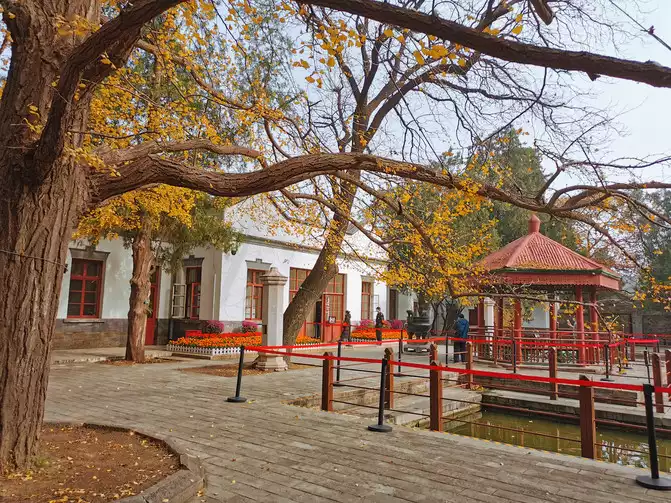
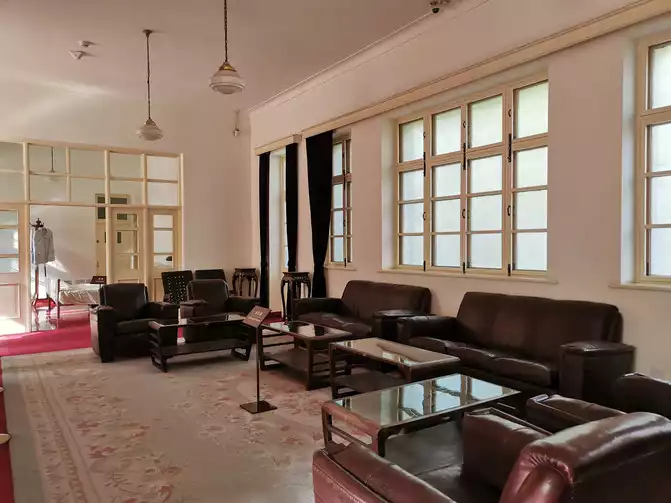
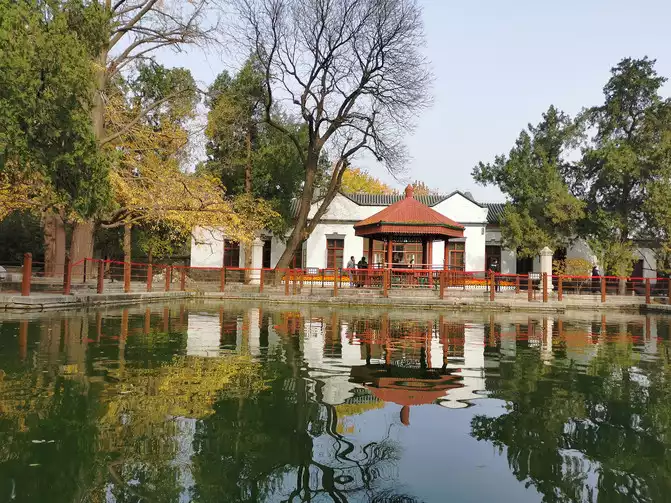
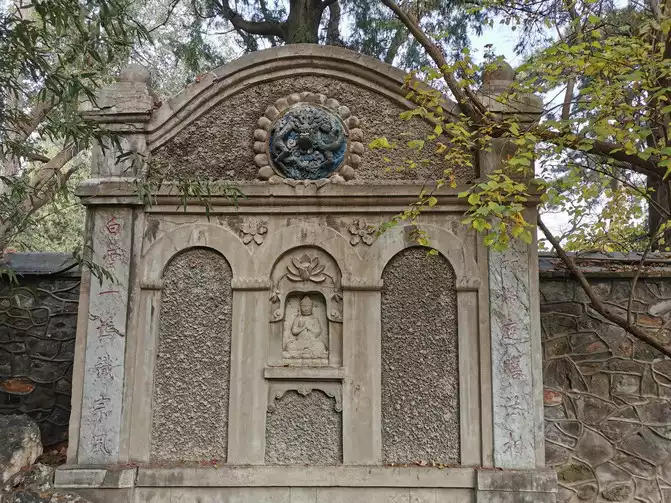
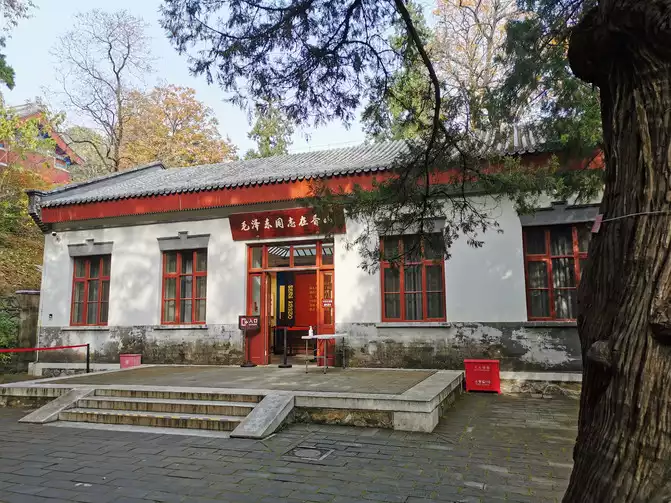
Shuangqing Villa
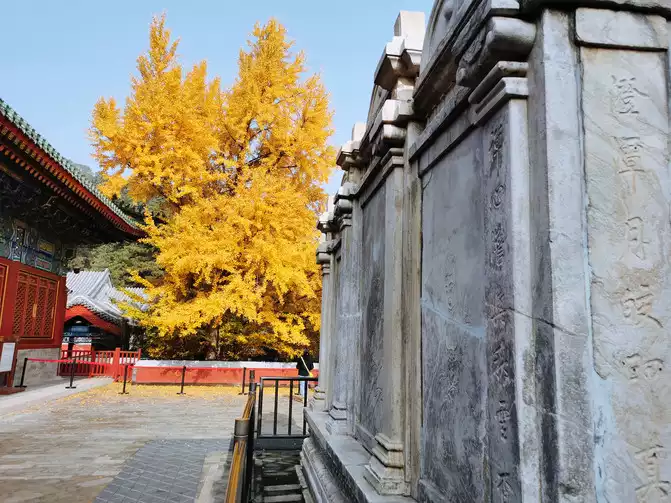
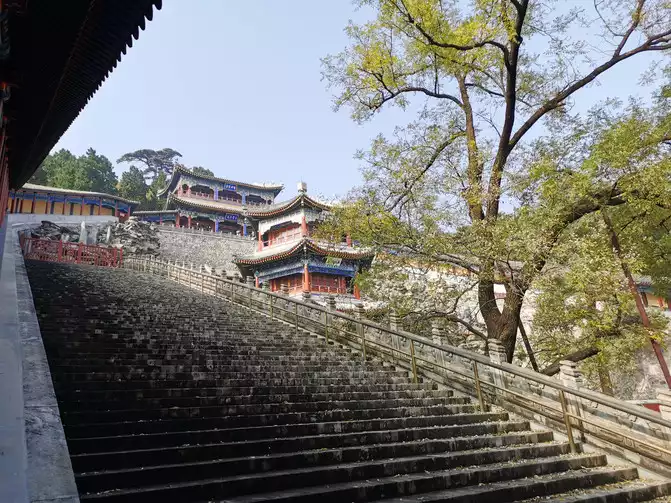
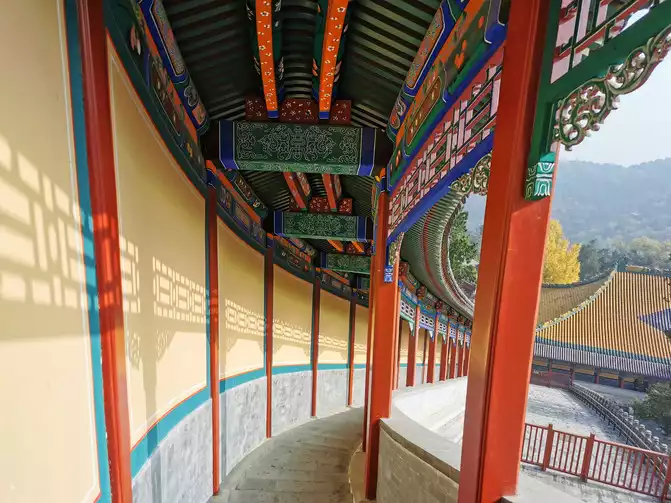
Xiangshan Temple
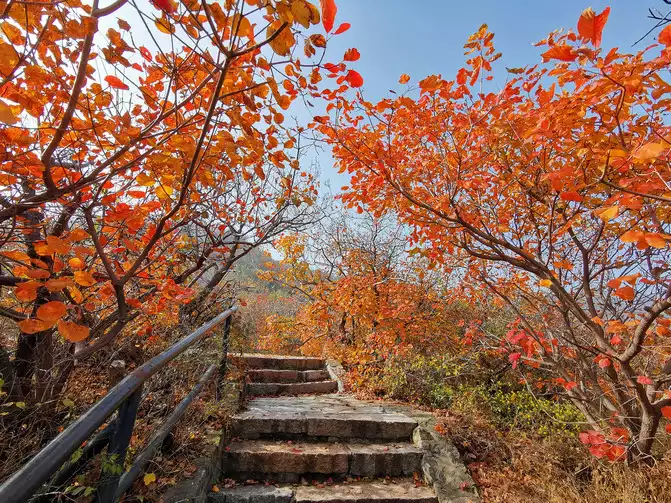
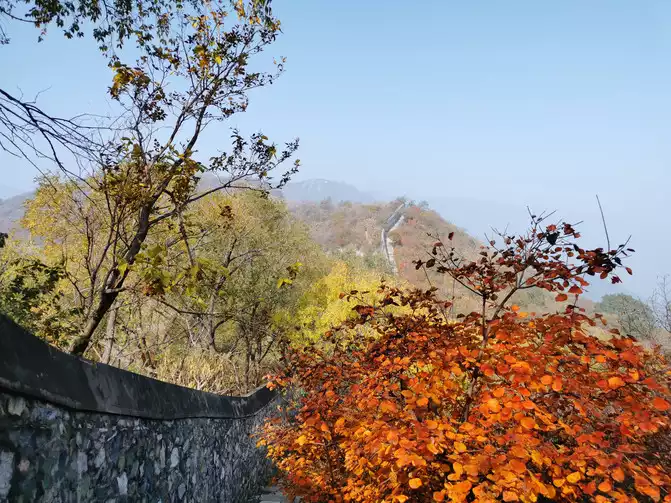
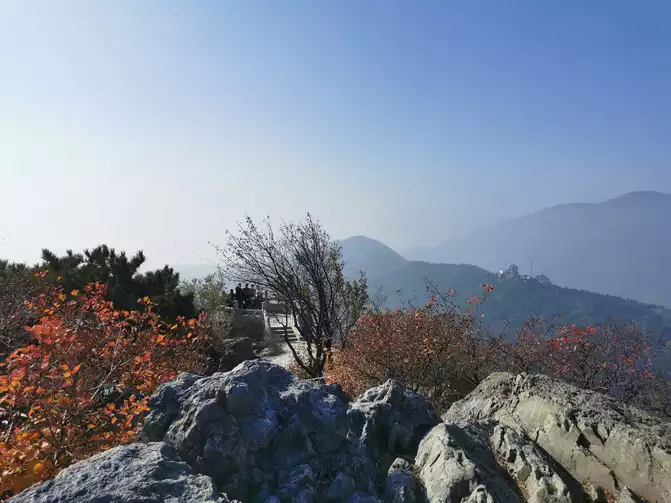
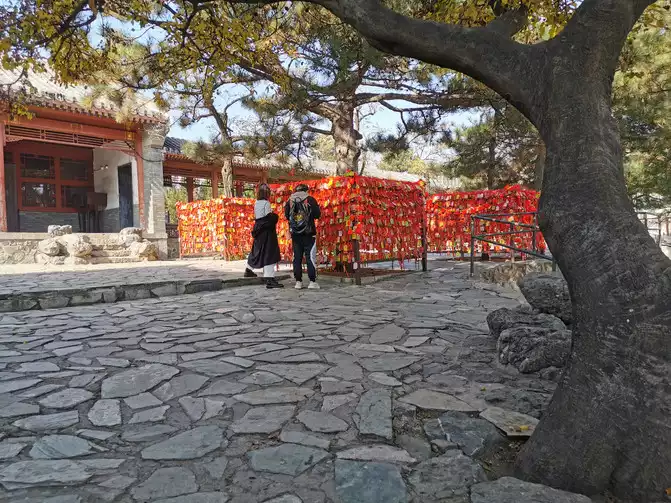
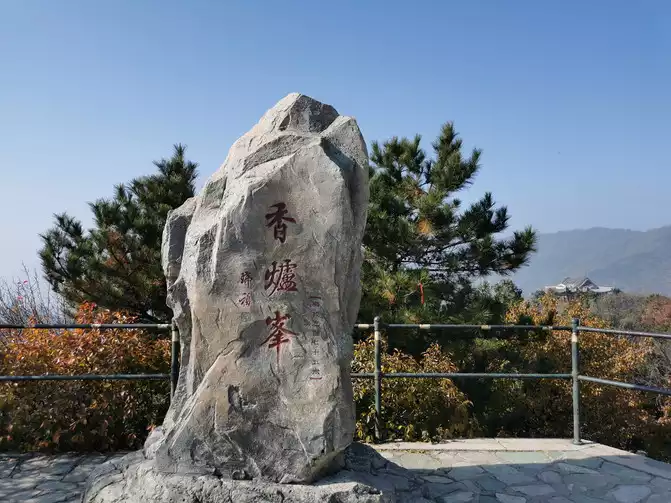
Xianglu Peak
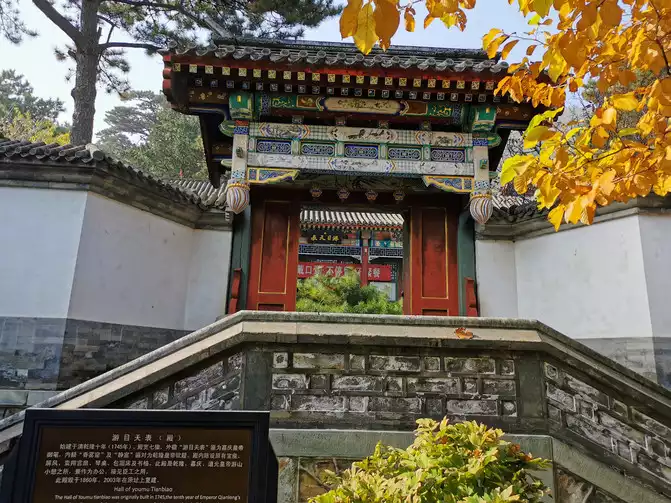
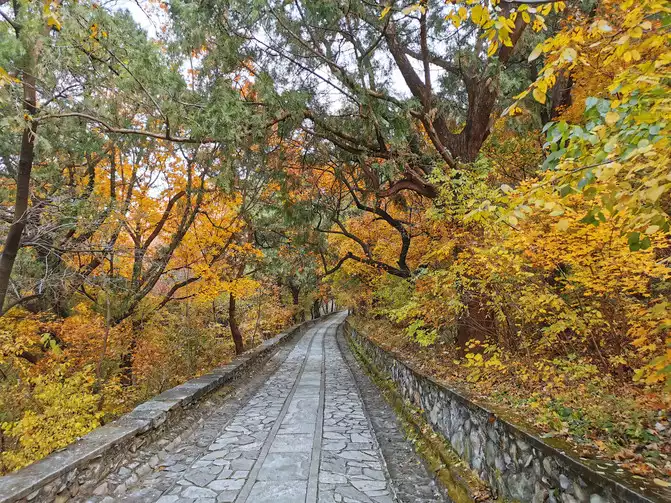
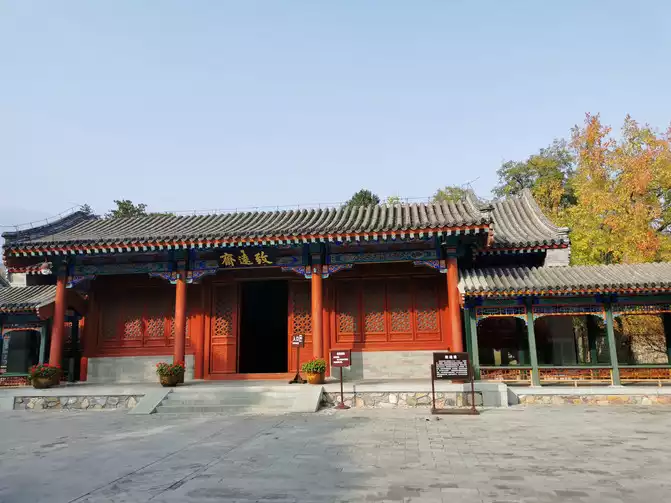
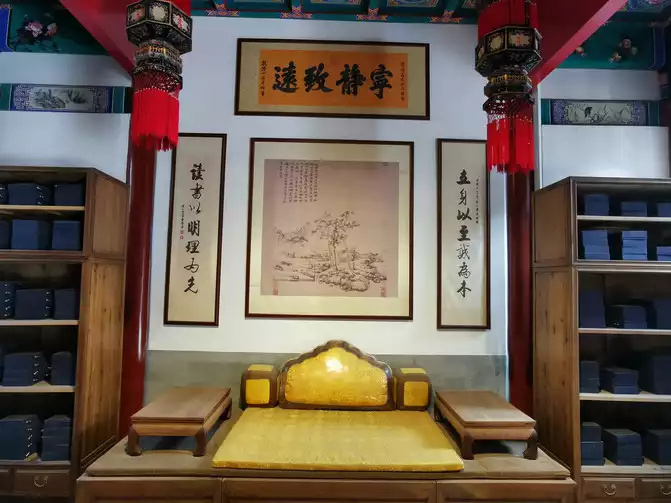
Zhiyuanzhai
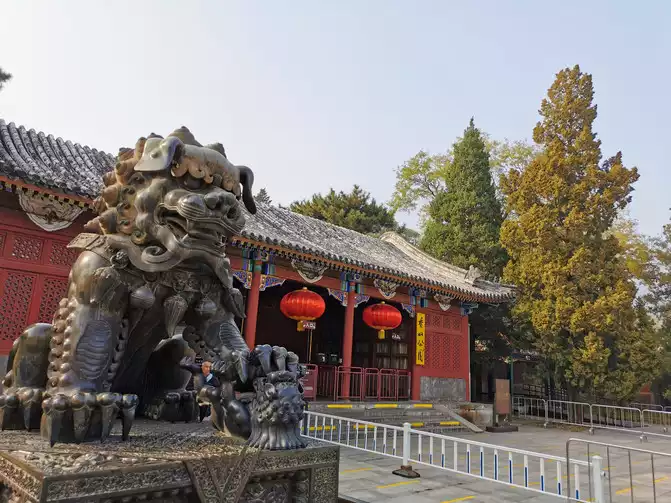
Fragrant Hills Park
A mountain is not famous for its height, but for the immortals living there—the Eight Great Places of the Western Hills, with Azure Dragon (Lushi Mountain) on the left, White Tiger (Pingpo Mountain) on the right, and Cuiwei Mountain at the back, with eight major temples scattered in between. The Double Ninth Festival was just two days before I went there, and there were many old people and children climbing the mountain. With the exception of Chang'an Temple, which is closed for renovations, the other seven are open to the public: Lingguang Temple, Dabei Temple, Sanshan Temple, Longquan Temple, Xiangjie Temple, Baozhu Cave, and Zhengguo Temple. The second Lingguang Temple to the seventh Baozhu Cave ascend along a mountain path, accessible by cable car. Zhengguo Temple, the eighth Zhengguo Temple, is located on Mount Lushi. The second Lingguang Temple is particularly remarkable for its Zhaoxian Pagoda, which houses two tooth relics of the Buddha. Between the two mountains lie cliff carvings and Ming Dynasty stone Buddha statues. The couplet on the lintel of Dabei Temple, "Those who are kind and virtuous are all Buddhas; those who seek nothing are also immortals," suggests that if one can cultivate kindness and selflessness, one can become a Buddha, and thus avoid returning to this place. This is perhaps a more colloquial expression of the saying, "Buddhahood is the mind," or that Bodhi can be found only within the mind, so why seek the mysteries outside?
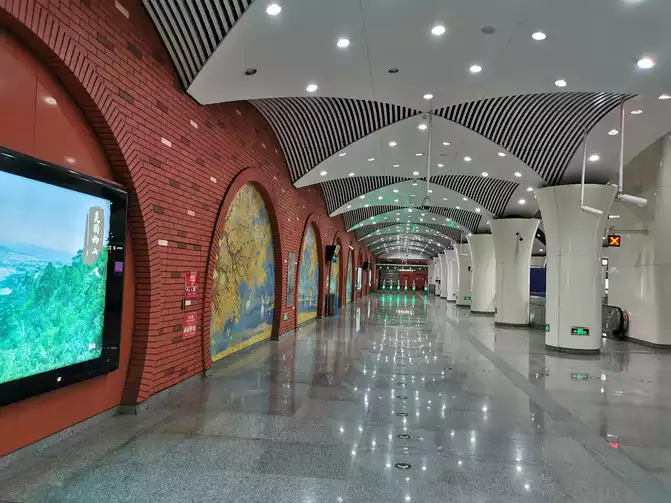
Xihuangcun Subway Station
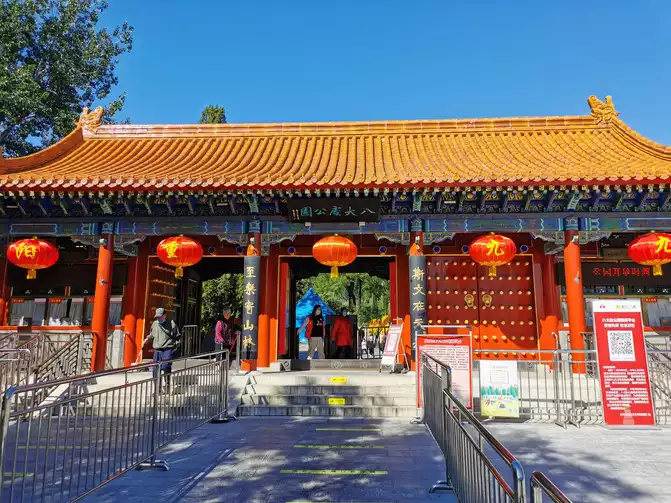
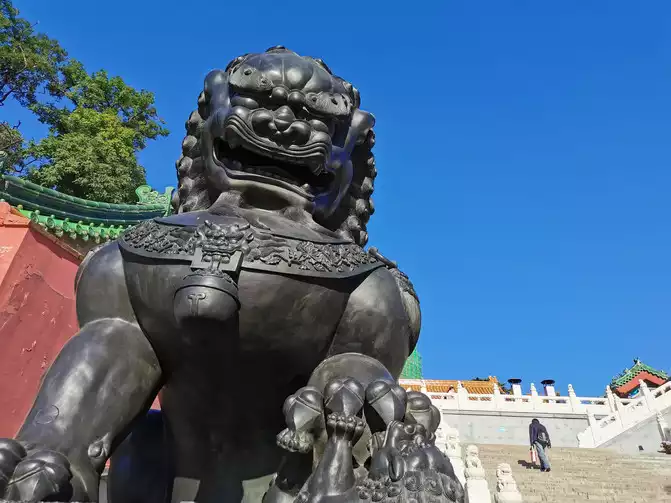
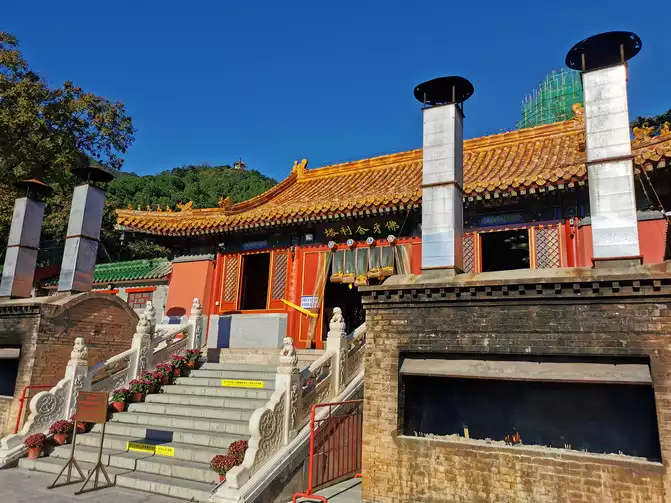
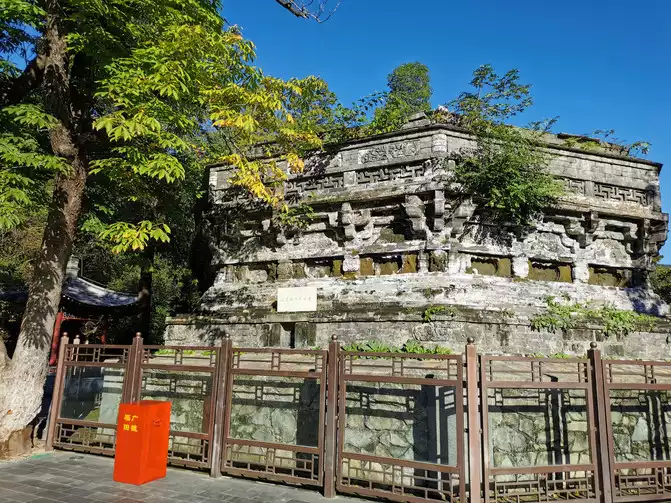
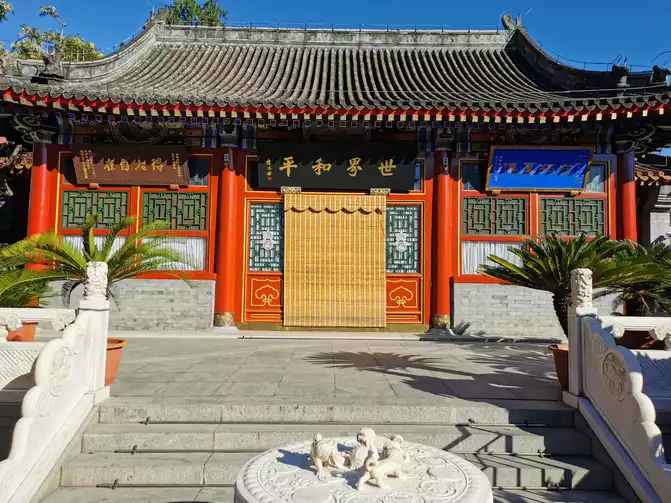
Lingguang Temple
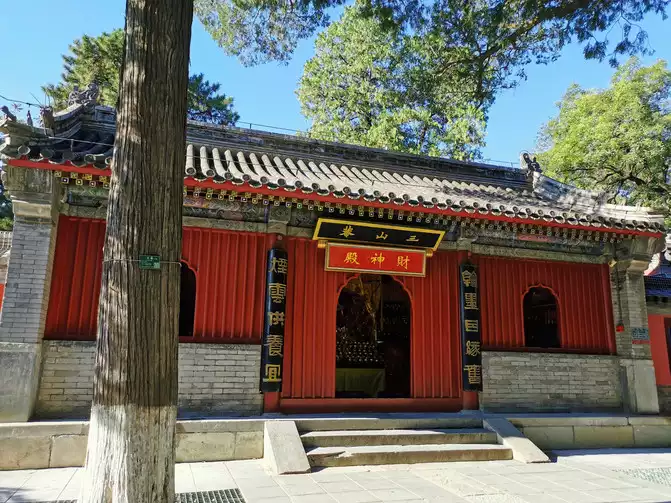
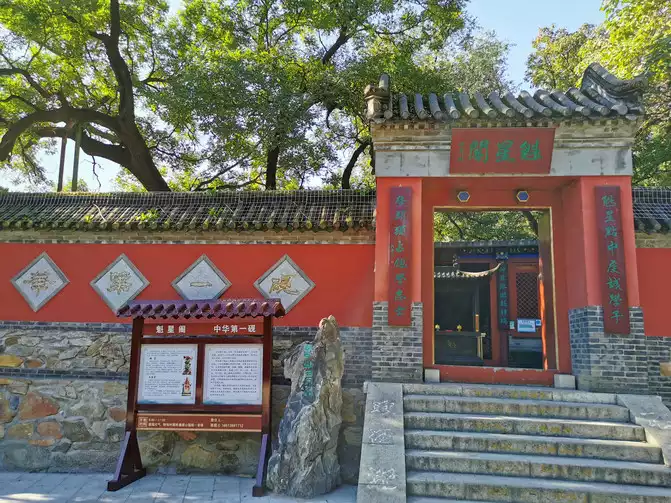
三山庵
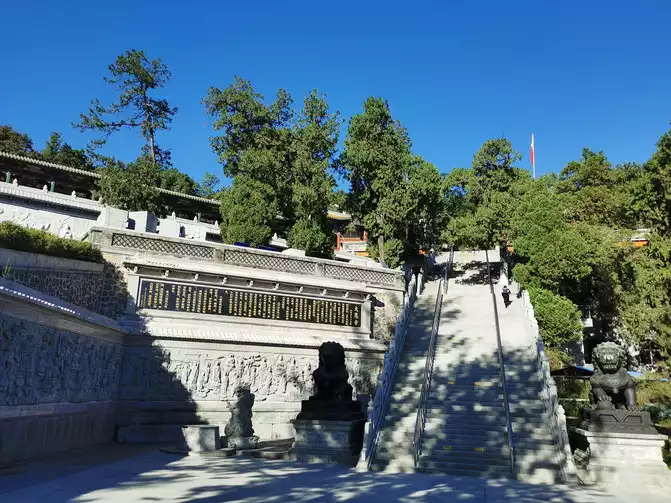
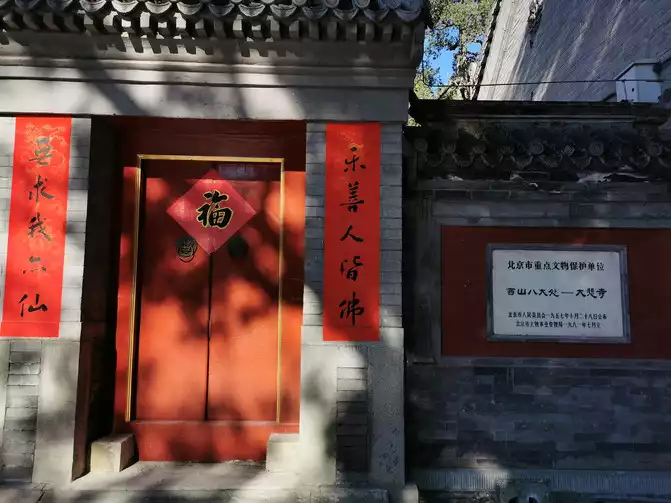
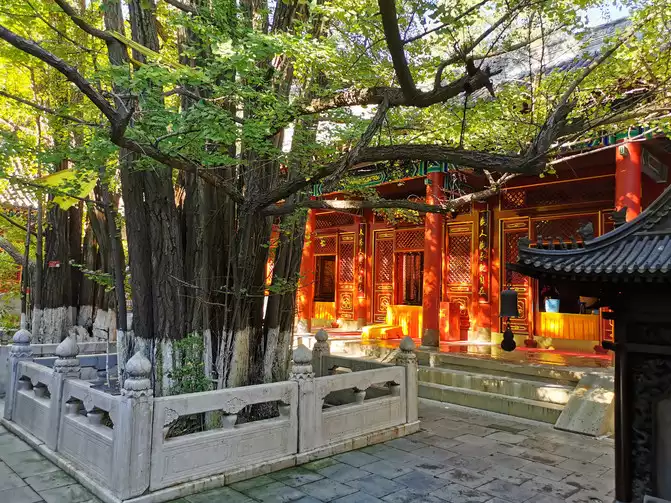
Dabei Temple
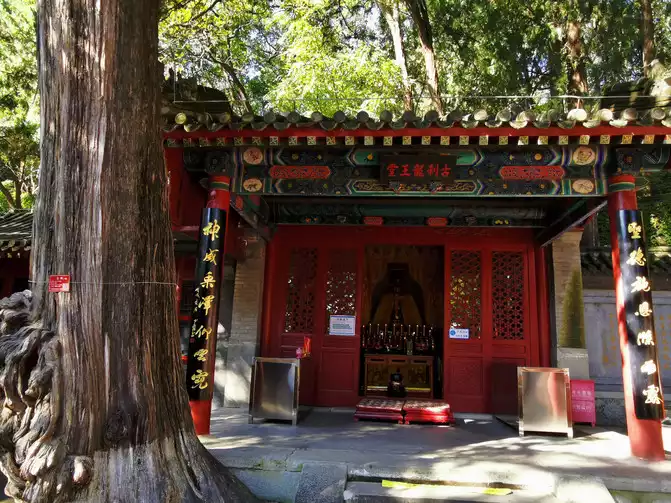
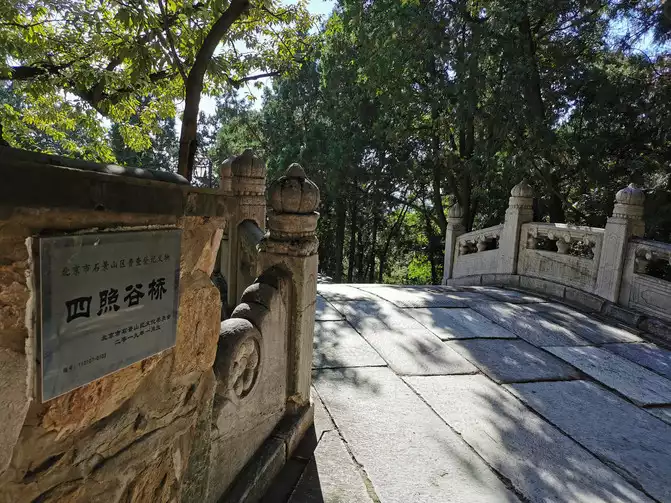
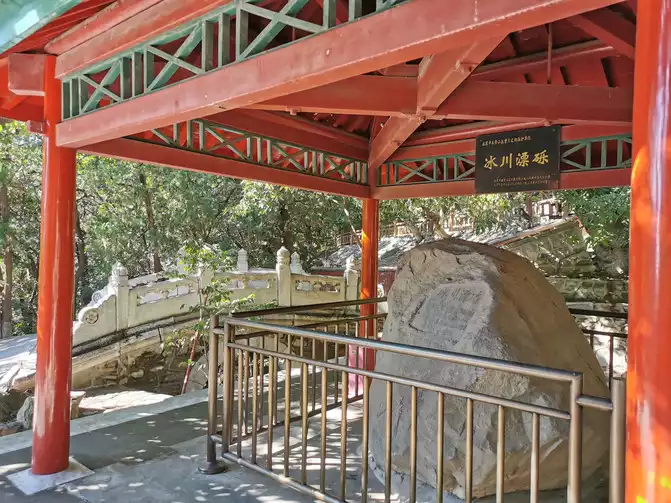
Longquan Temple Glacial Drifting Gravel
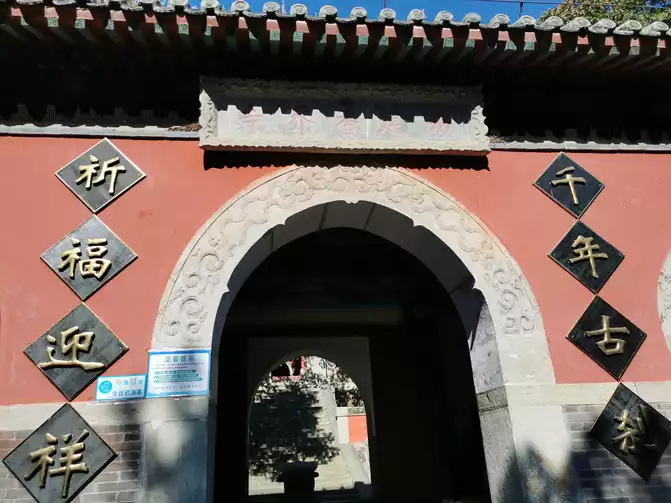
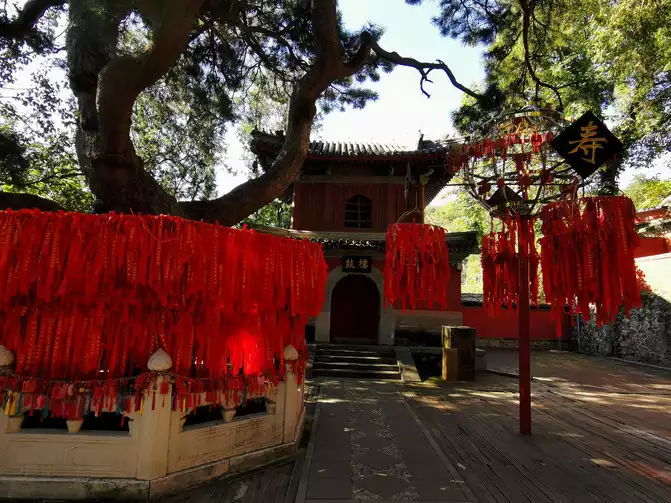
Xiangjie Temple
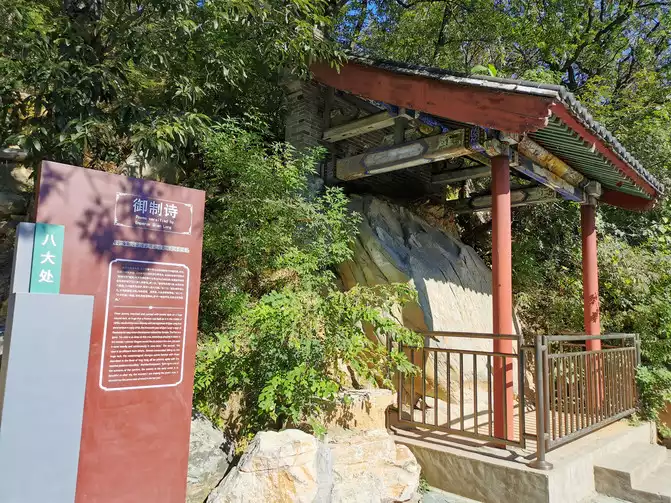
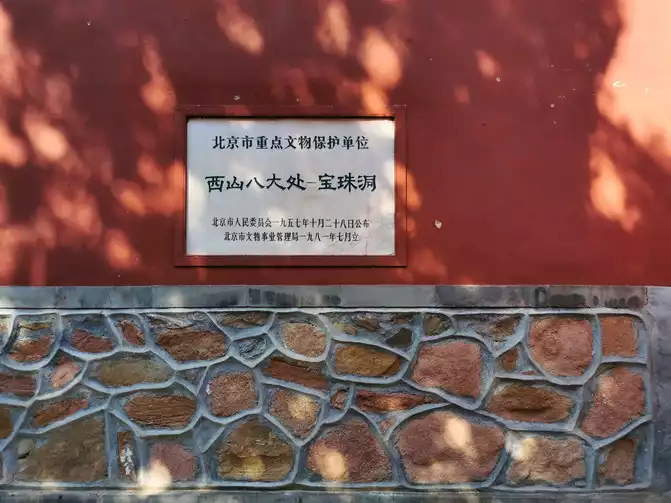
Seven Treasure Pearl Caves
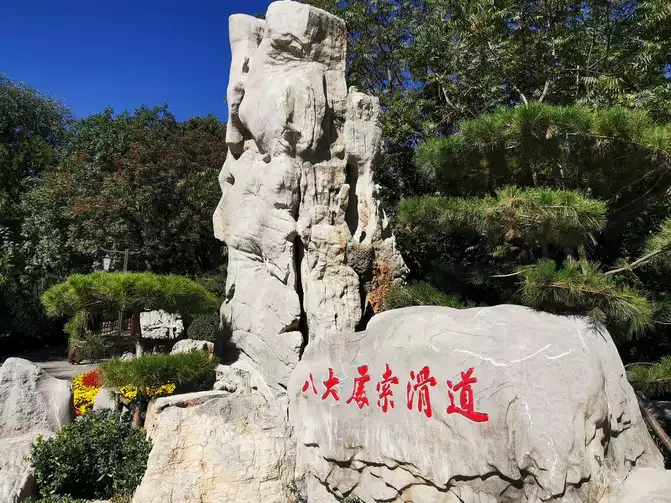
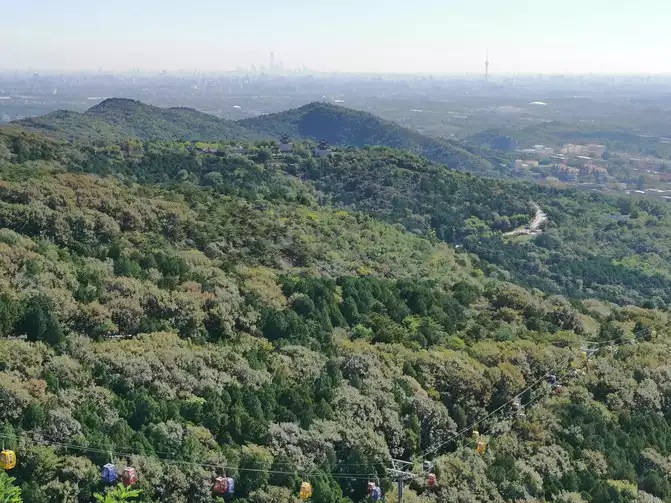
Badachu Cableway
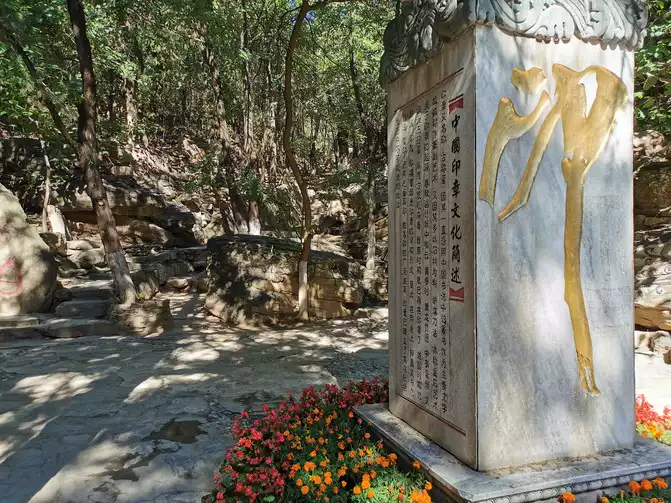
Yin Valley
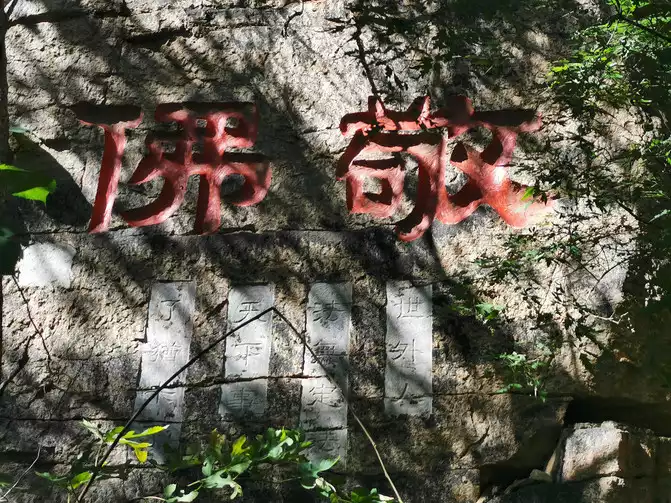
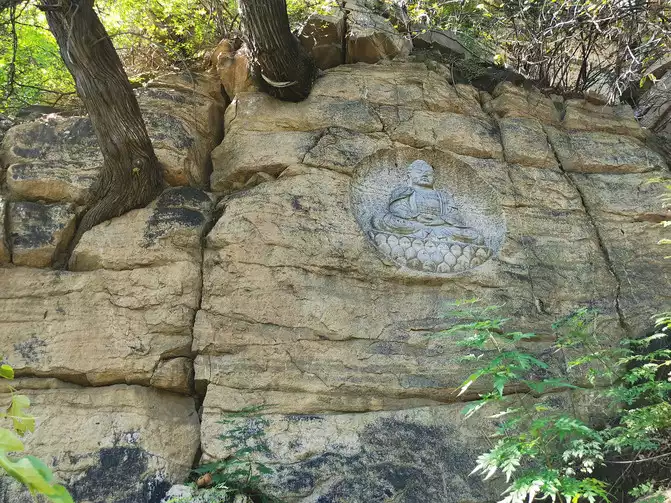
Cliff Valley
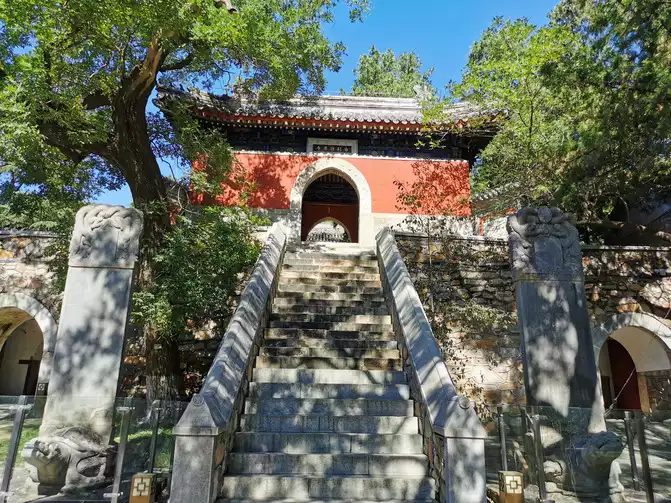
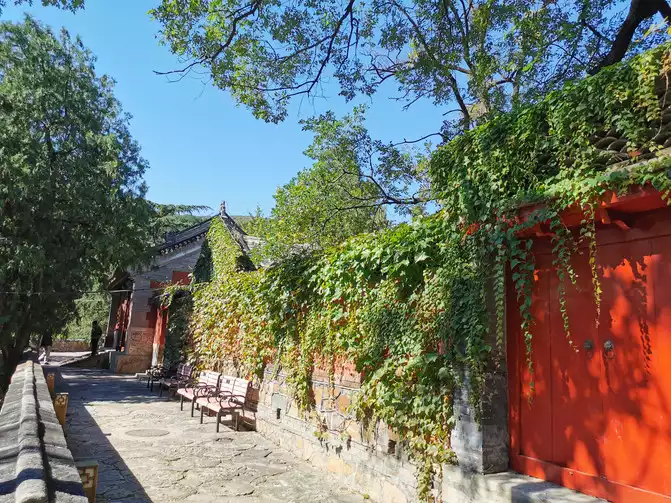
Zhengguo Temple
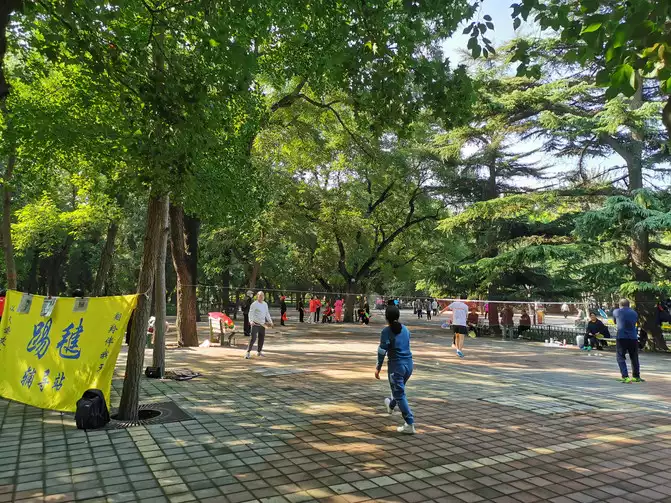
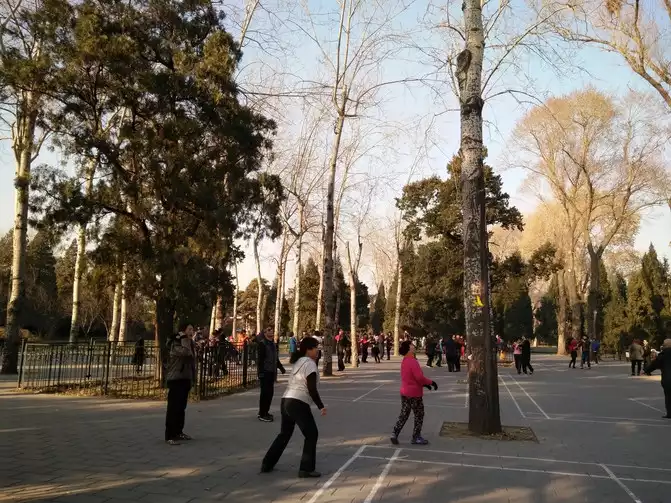
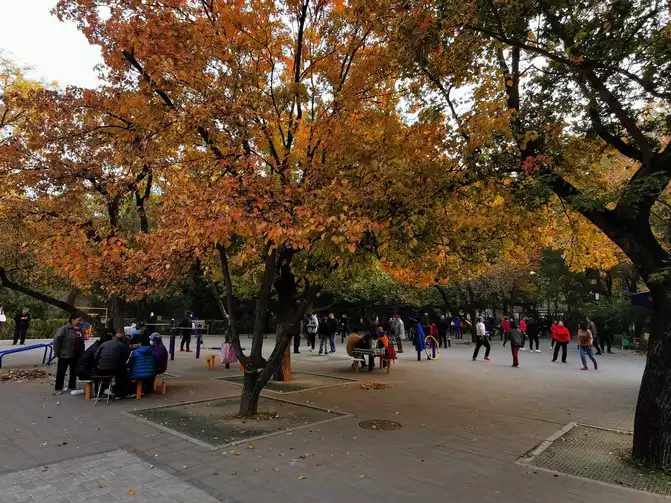
Early Morning in the Park - Dongdan, Temple of Heaven, and Temple of Earth
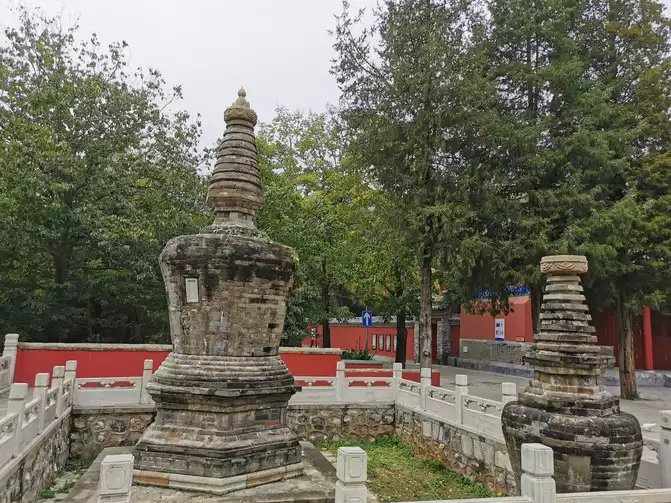
The Wei, Jin and Southern and Northern Dynasties saw three hundred years of social unrest and chaos, but it was also the peak of the development of Buddhism after it was introduced to China during the Han Dynasty. “Four hundred and eighty temples in the Southern Dynasties, countless towers and pavilions in the mist and rain”… Tanzhe Temple, located in Nanxinfang, Mentougou, was built in the Western Jin Dynasty. It is the first Buddhist temple in Beijing, hence the saying “Tanzhe Temple came first, and Youzhou (Beijing) city came later”. Through the rise and fall of dynasties, the mountain gate houses layers upon layers of temples rising from the mountain. Behind the Tianwang Hall, the temple's central axis, stand two ginkgo trees over 1,400 years old, still lush and leafy, just as the autumn wind sweeps down the temple's ground and roofs, casting golden leaves. To the south of the Emperor Tree stand two other ancient trees—the ancient sal tree, considered sacred to Buddhism. And in the east courtyard, two towering Tang Dynasty cypresses soar into the sky, quietly gazing at the passage of time. Over 1,300 years have passed since then. Truly the premier imperial temple, its grandeur is rare even in the capital. Reaching the temple's highest terrace, the Dingdu Pavilion atop Dingdu Peak in the western suburbs of Beijing is clearly visible in the distance. src="https://dimg04.c-ctrip.com/images/0101y1200099saq6c0EB0_W_671_0_Q90.jpg?proc=autoorient" />
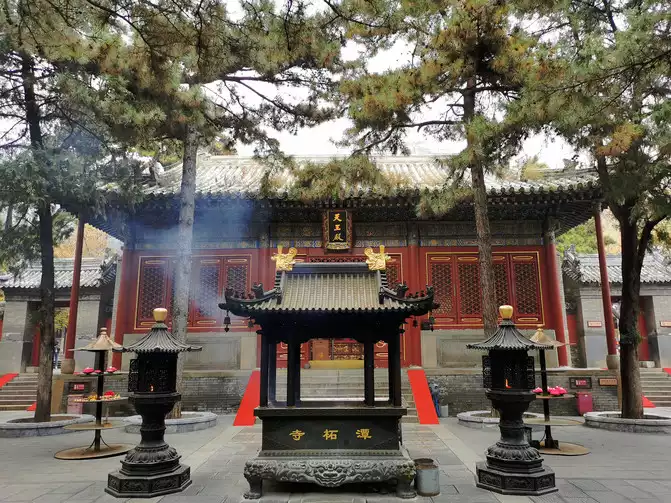
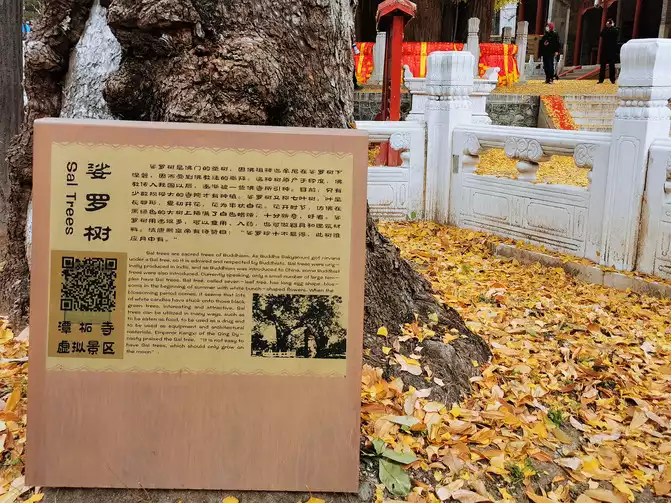
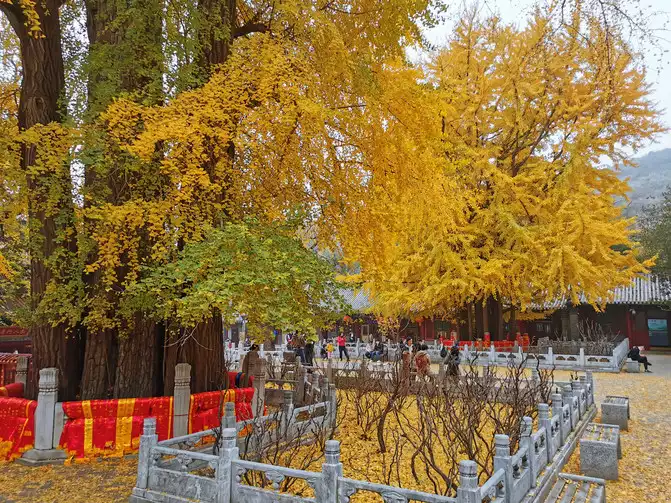
Emperor Tree
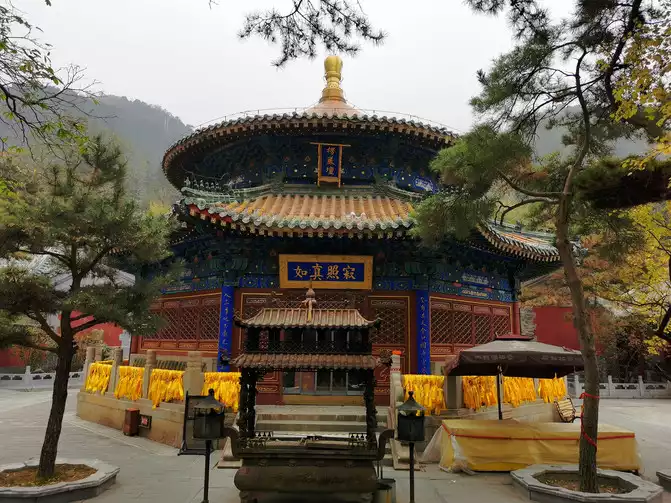
Lingyan Altar
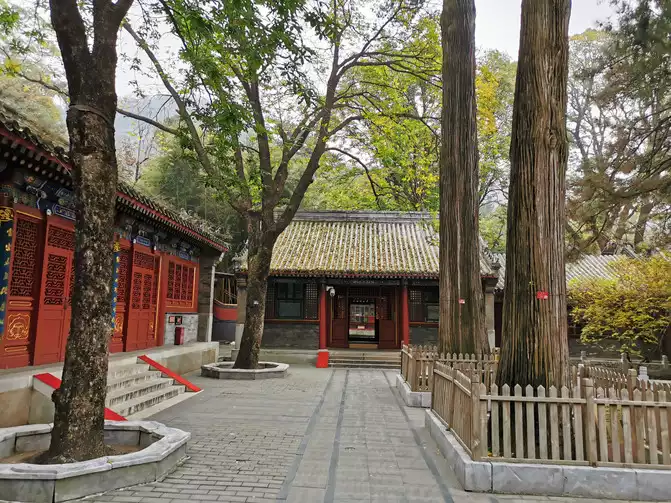
Juniper, Tang Dynasty
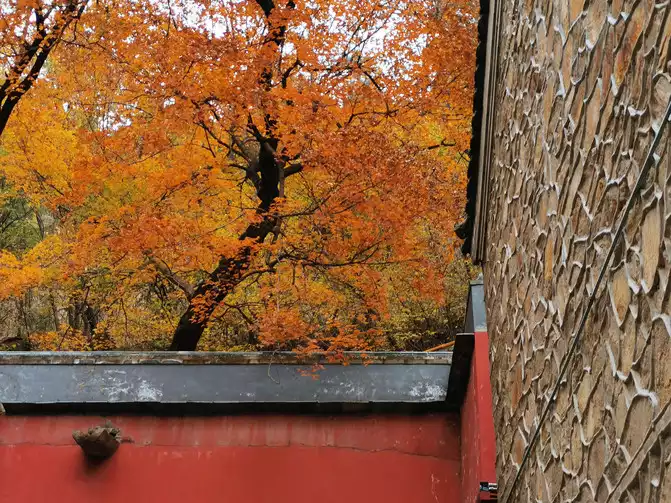
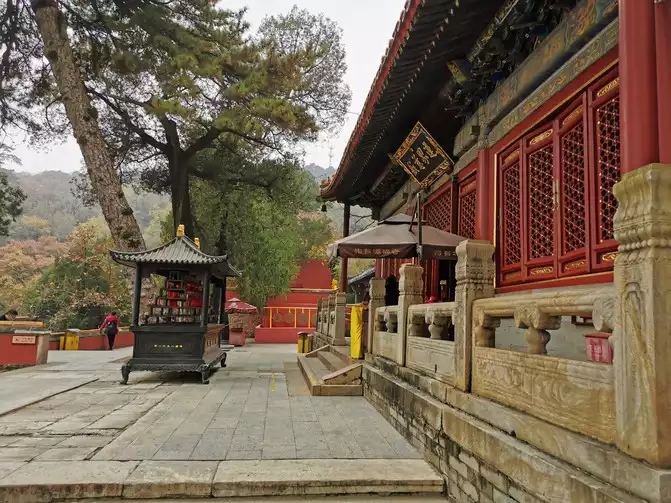
Tanzhe Temple
Hongluo Temple is located in Huairou District, Beijing, with its back against the majestic Hongluo Mountain and facing Hongluo Lake to the south. In the early Eastern Jin Dynasty, the eminent monk Fotucheng, who came from the Western Regions, passed through this area during his northern expedition to Zhao's founding emperor, Shi Le. Seeing the unique terrain of the mountain, he founded the "Daming Temple" (now Hongluo Temple). Although the temple was built slightly later than Tanzhe Temple, after Emperor Taizong of Tang, Hongluo Temple maintained connections with the imperial family throughout the Yuan, Jin, Ming, and Qing dynasties. Ming Yingzong Zhu Qizhen, Emperor Kangxi, and Empress Dowager Cixi all visited the temple to pay homage and burn incense, earning it a special place among the major temples in Beijing. Two thousand-year-old male and female ginkgo trees stand in front of the temple's main hall, while countless pine trees over a century old, known as Songhai Ciyun, dot the valley below. Midway up the mountain stands the Guanyin Hall, with a screen wall inscribed with the words "Fuyuan" by Master Hongyi. From Hongluo Mountain, one can overlook Yanqi Lake.
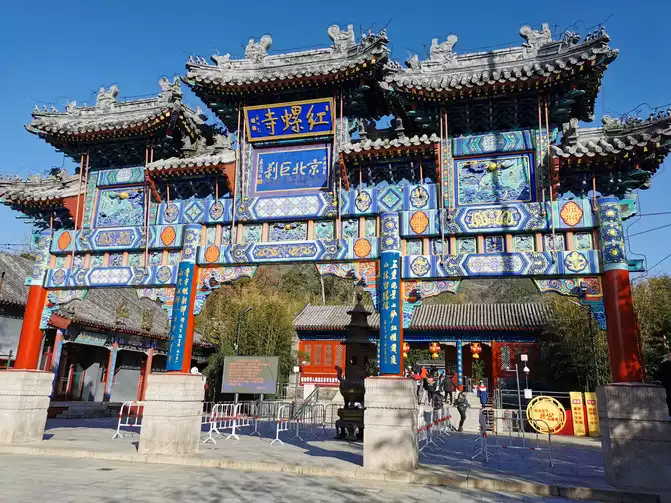
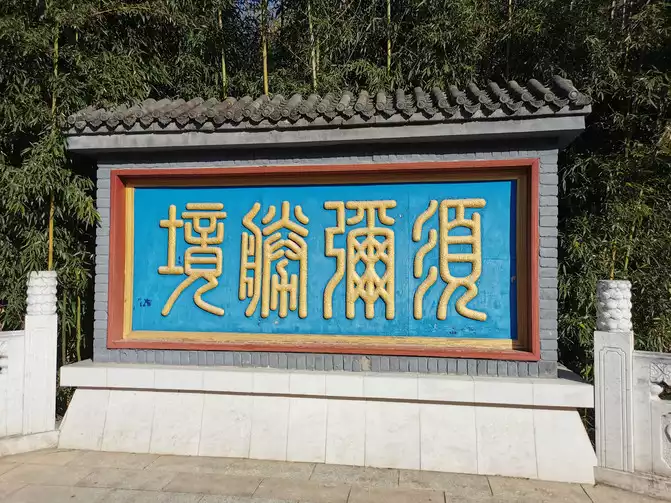
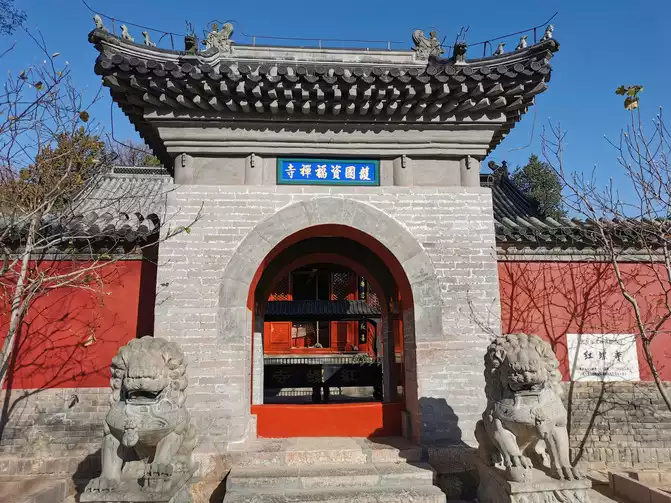
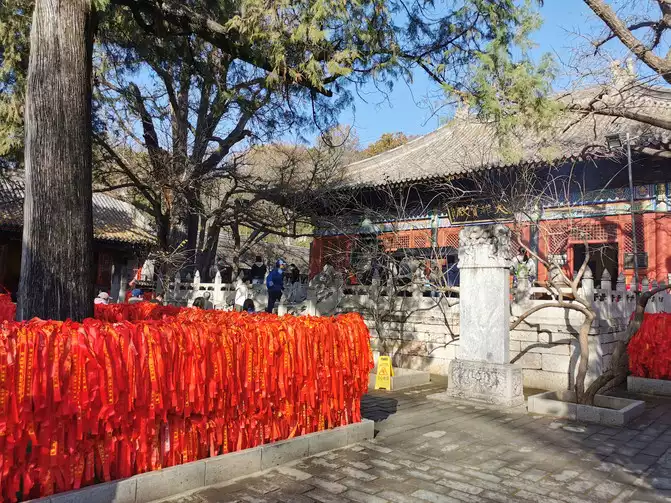
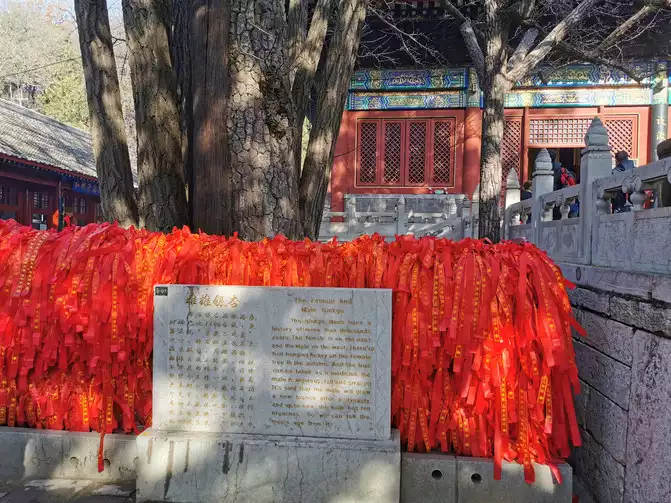
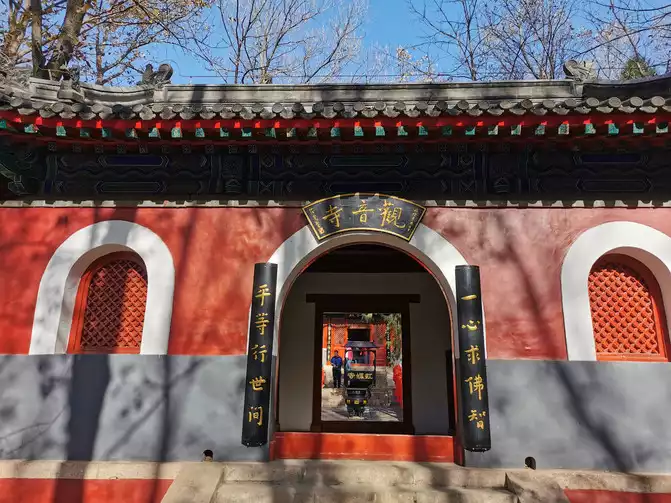
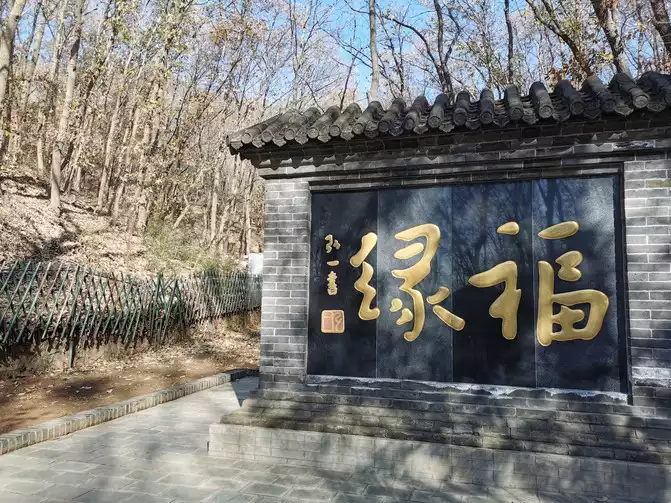
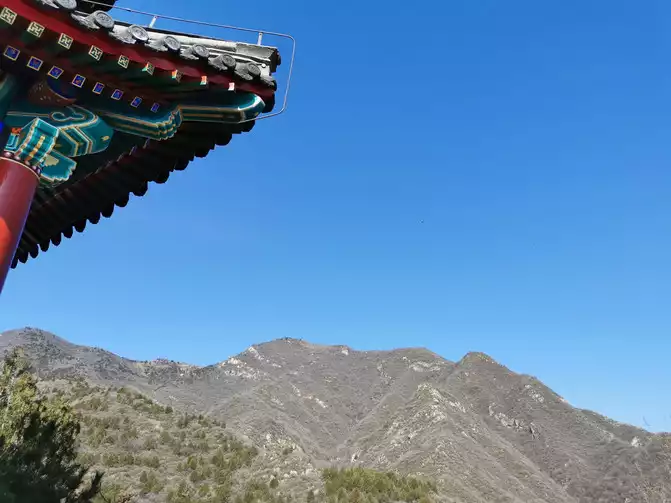
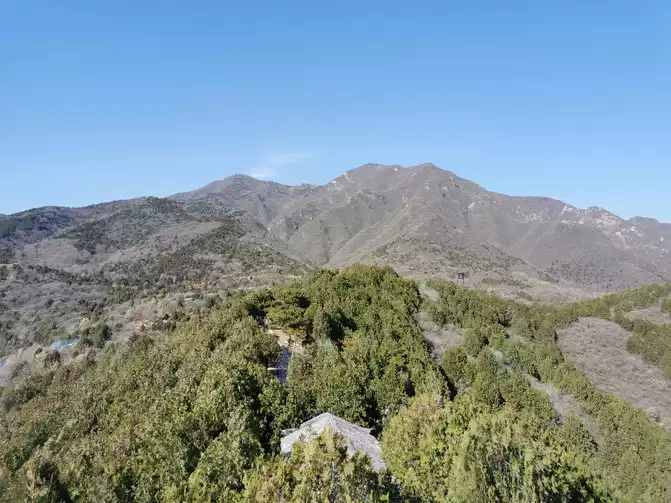
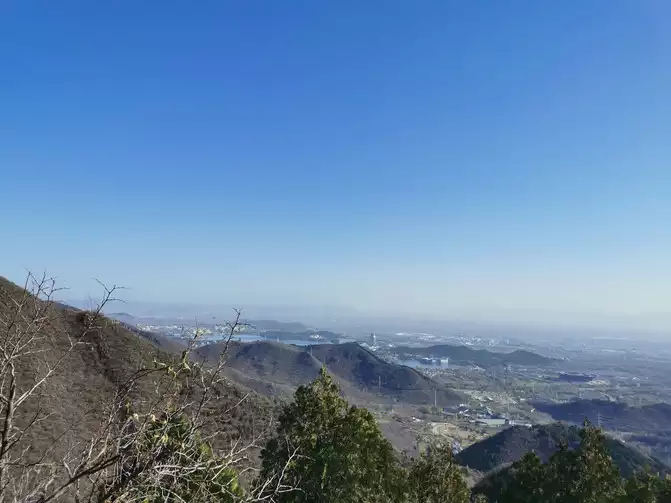
Yanqi Lake
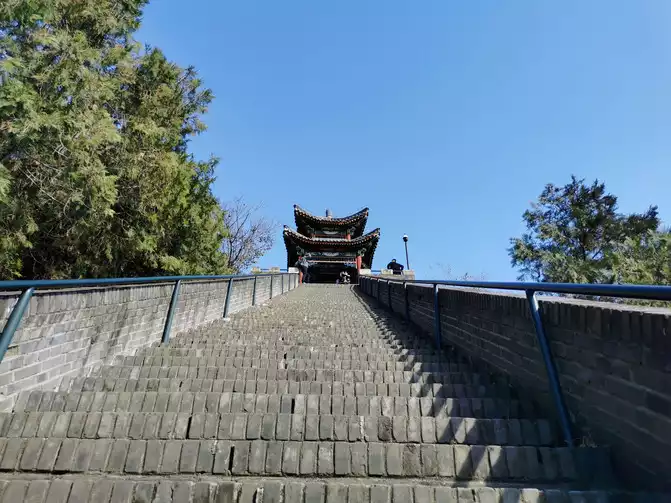
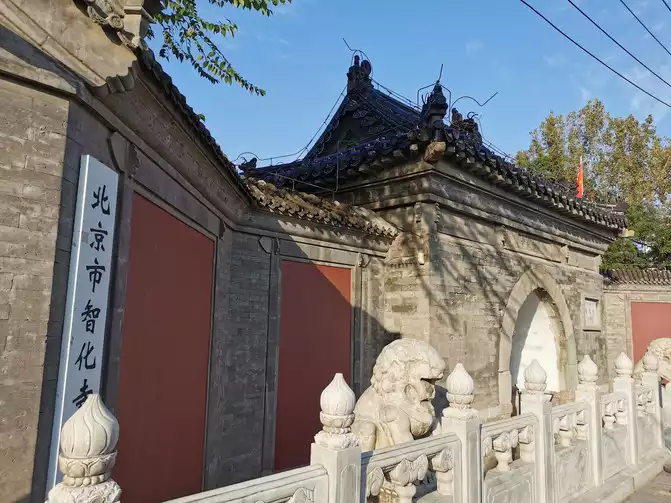

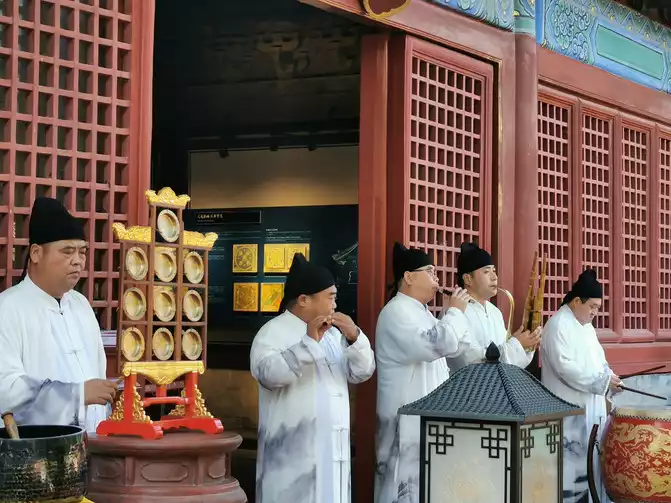
京的音乐
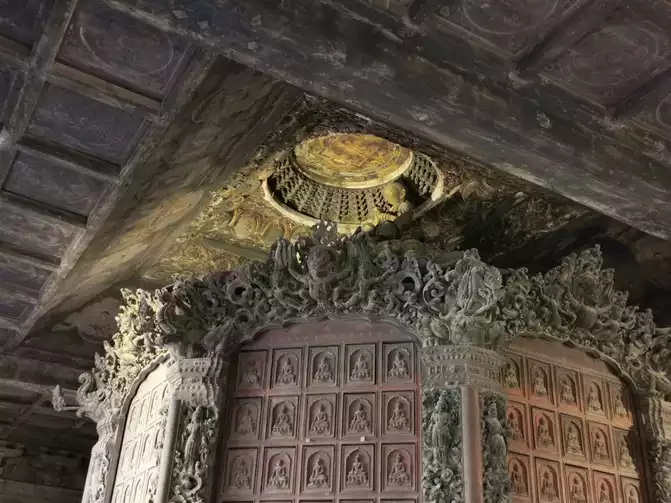
葱積
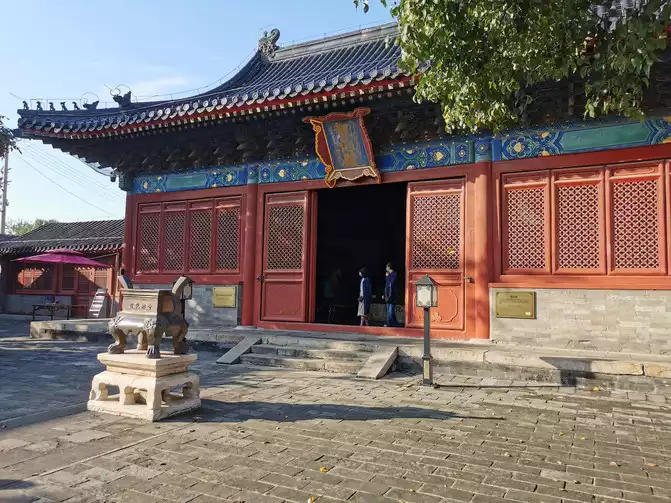
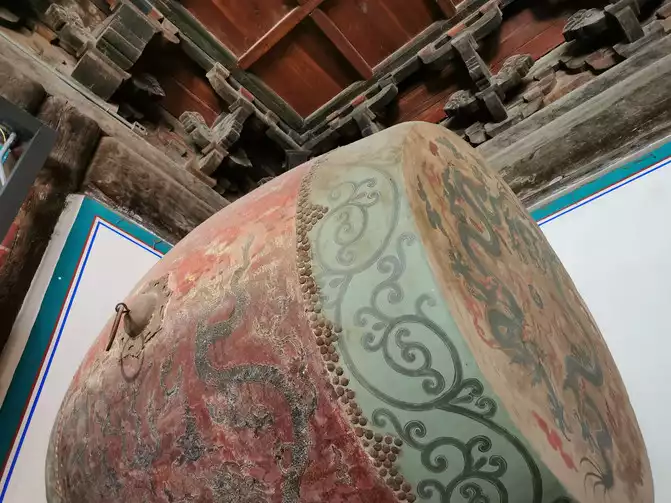
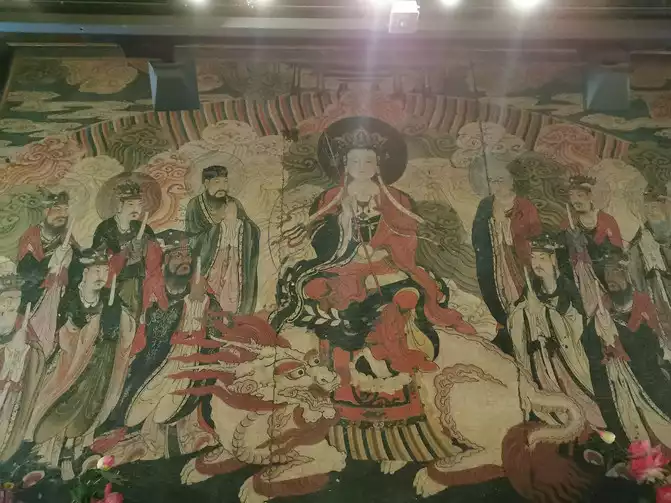
Woodblock murals of the Ming Dynasty
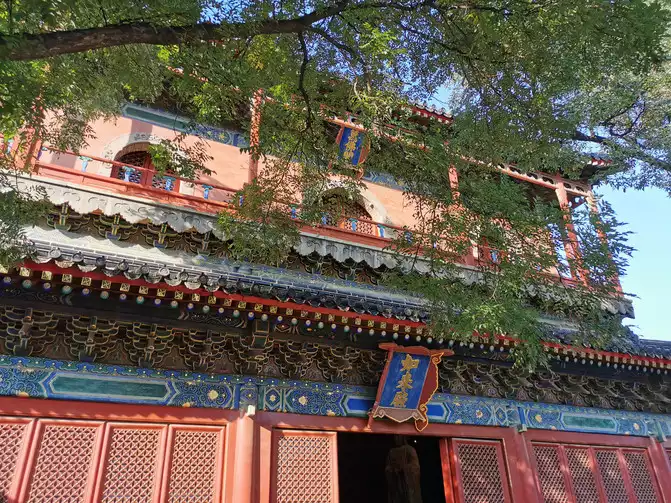
Zhihua Temple
Shijing Mountain and Yunju Temple are located in Fangshan District. In the past, Fangshan was said to be part of Hebei Province. Perhaps due to the sporadic outbreaks of the epidemic, driving on the Beijing-Kunming Expressway felt as empty and flat as the grasslands of Inner Mongolia... The driver, who lives in a courtyard house in the alley near Zhushikou in Qianmen, mentioned that you know the big footprint from the 2008 Olympics? Those fireworks, those giant footprints, just past my doorstep... Friendly and chatty, from alleyways and courtyards to national affairs. This middle-aged man reminisces about his childhood, shouting in the alleys and having friends to play with—just like Mr. Feng Jicai recalls his childhood playmates in Tianjin, such fond memories... He says, "Well, I like running, too. Sometimes I check budget airlines. Last year, I couldn't go anywhere I wanted to go... Suddenly, something seems to resonate. "Well, that place we went to was probably near the Hebei border, outside of Beijing, so we had to go through a checkpoint..." Hidden within the forests and grottoes of Shijing Mountain are numerous stone inscriptions of Buddhist scriptures. Beginning with the carvings by the monk Jingwan during the Sui Dynasty, these inscriptions continued throughout the Tang, Liao, Jin, Yuan, and Ming dynasties, creating a collection of scriptures comparable to the Mogao Grottoes at Dunhuang. It is also renowned for the discovery of Buddha relics in Leiyin Cave. A Tang Dynasty pagoda commemorating Princess Jinxian stands on the summit. Most of the buildings of Yunju Temple, including the Liao Dynasty South Pagoda, were destroyed by the Japanese invaders during the Anti-Japanese War. Today, traces of the war are still clearly left on the mountain gate. It was only after the temple was rebuilt in later generations that the towering pagoda forest appeared today. Yunju Temple's treasures include the Tang and Liao Pagoda Forest, the Dragon Treasures Wooden Sutra, the Underground Palace Stone Sutra, and more...
Leiyin Cave is closed to the public on the mountaintop, and the Golden Fairy Princess Pagoda can only be viewed from afar, never up close—just as many things cannot be perfected, just like if I hadn't gone to Xiangshan due to the smog, I wouldn't have been able to see the red leaves that day after the snow. But it's always like that... and things can seem impossible, but suddenly there's a turn for the better. For example, when I went to Yunju Temple today, the gates were closed, and the notice about the pandemic was clearly visible on the fence at the entrance. I thought my trip was a waste of time, but it turned out that the side door was open, but the main hall was generally not allowed in. My mood suddenly improved... Therefore, everything is as it should be. Good may not be really good, and bad may not be really bad—just keep a normal mindset, and understand that life is impermanent, but it is constant... If everything goes as I wish, then it's time to truly bathe, change clothes, and express gratitude to God for his favor...
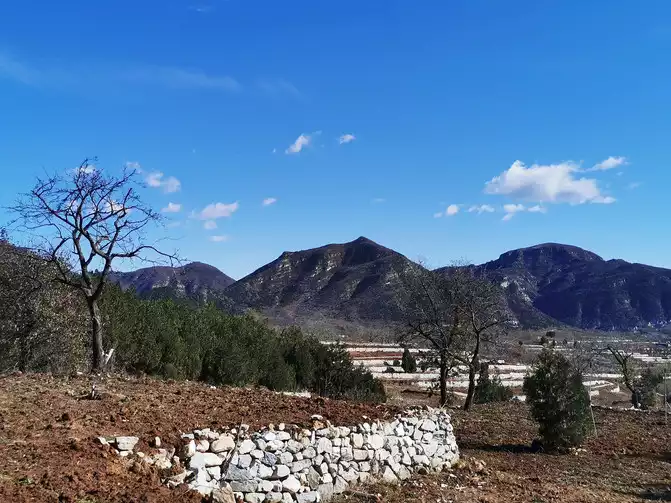
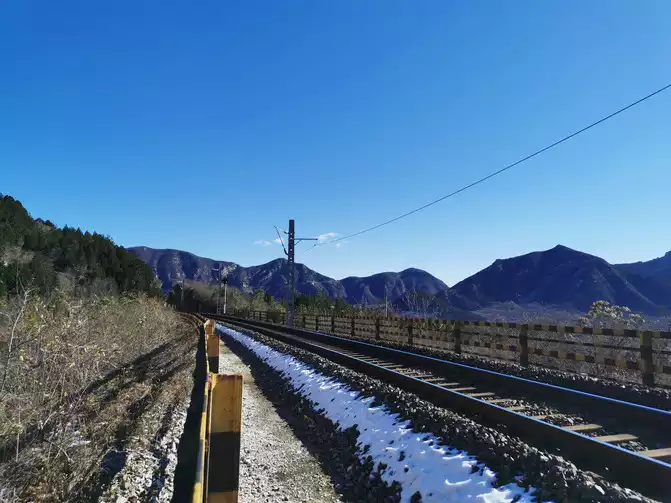
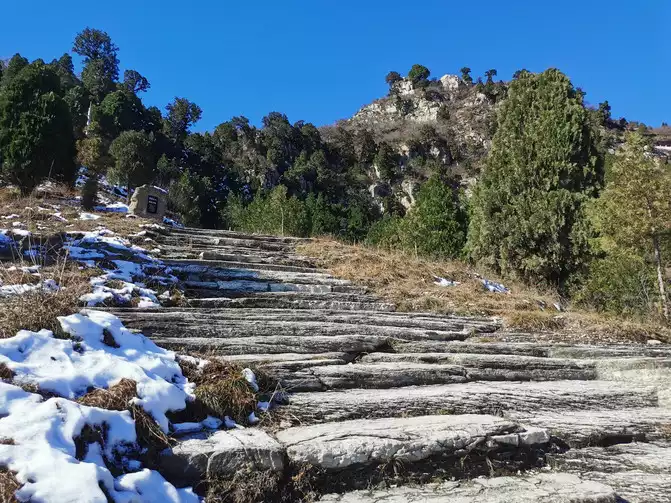
Shijing Mountain Millennium Ancient Road
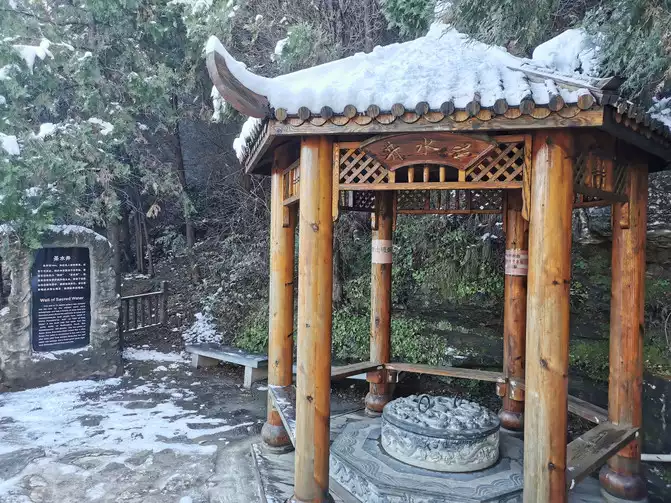
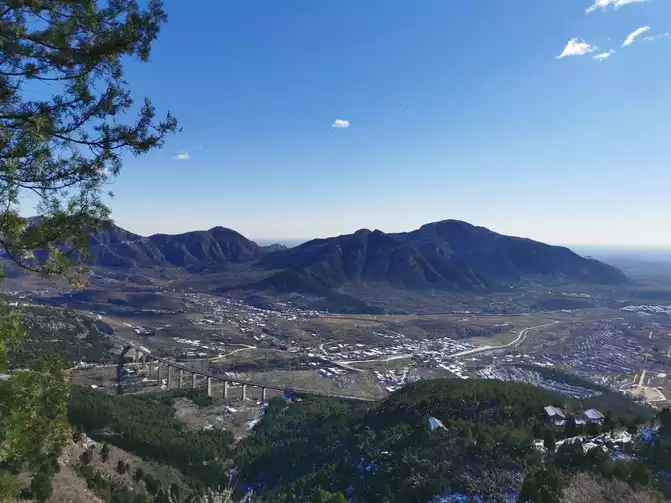
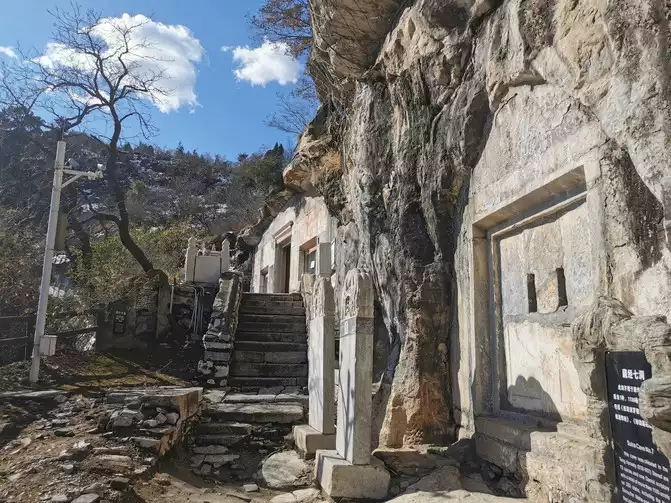
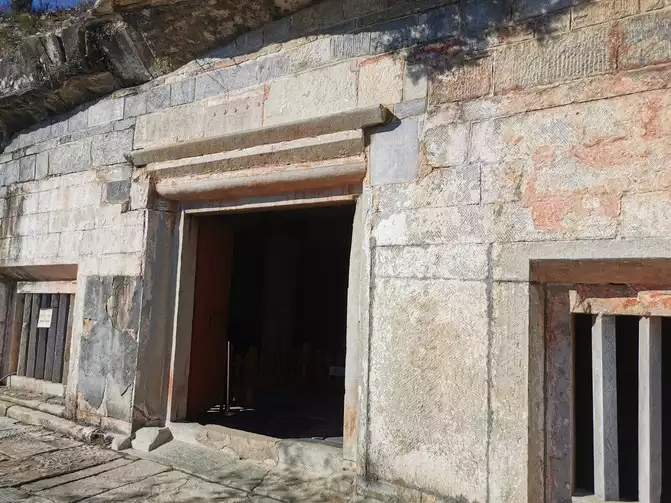
Thunder Sound Cave
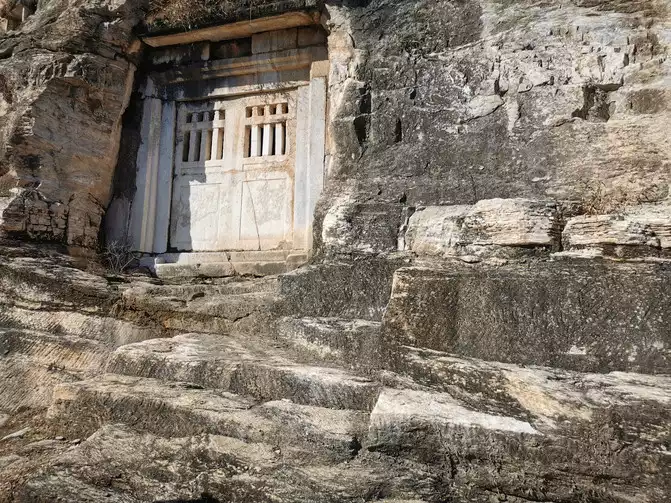
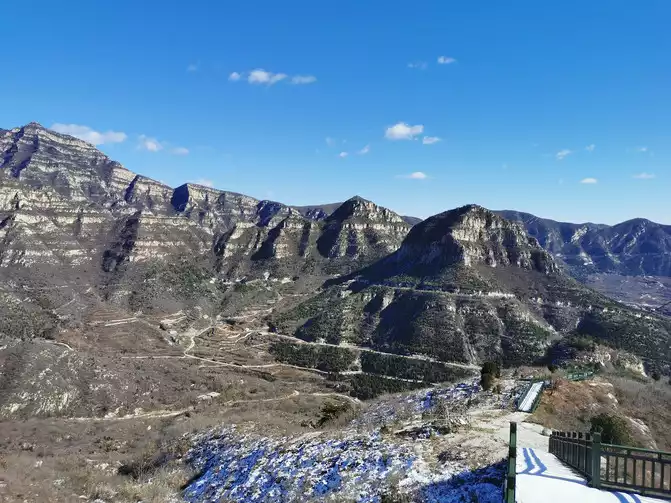
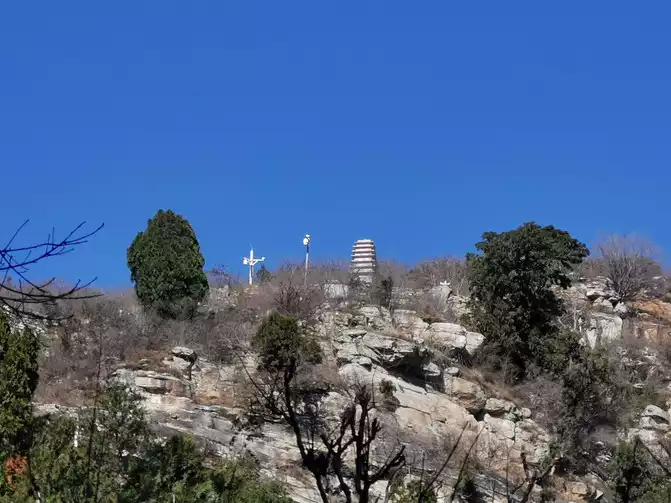
Shijing Mountain - Jinxian Princess Tower
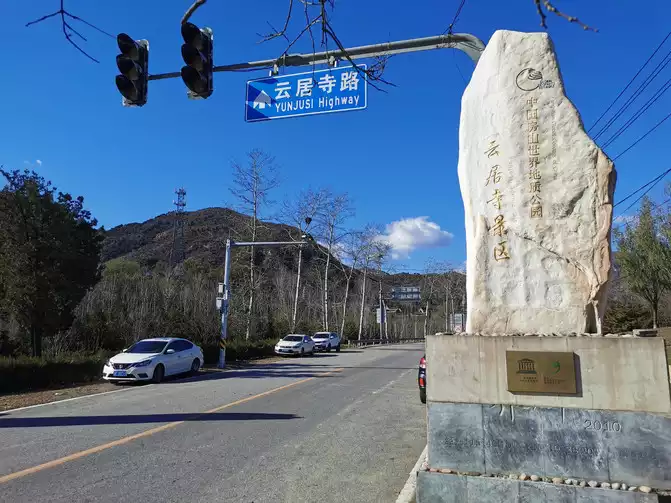
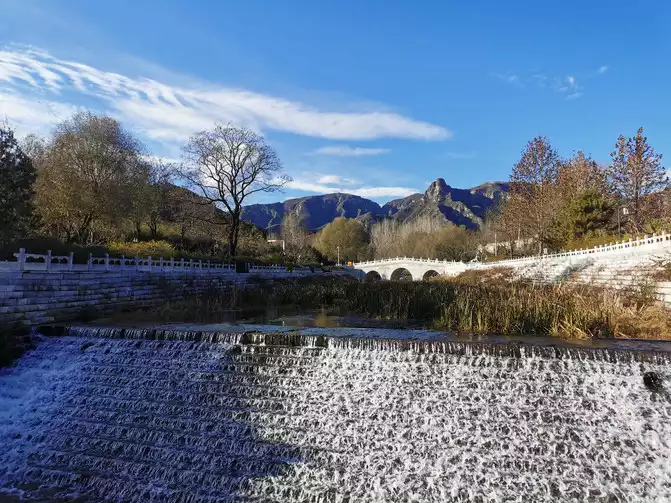
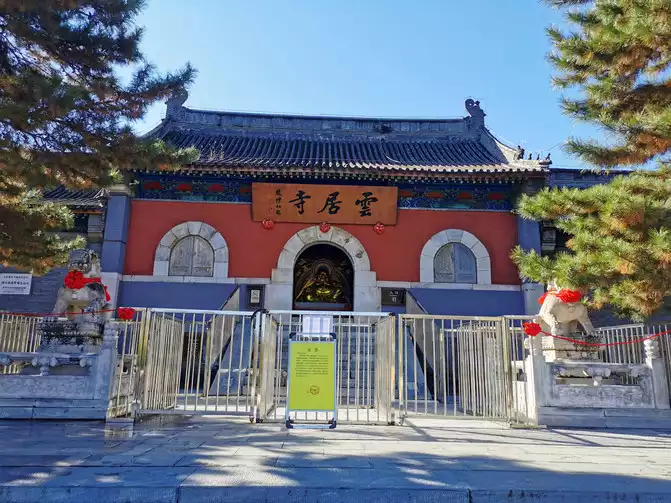
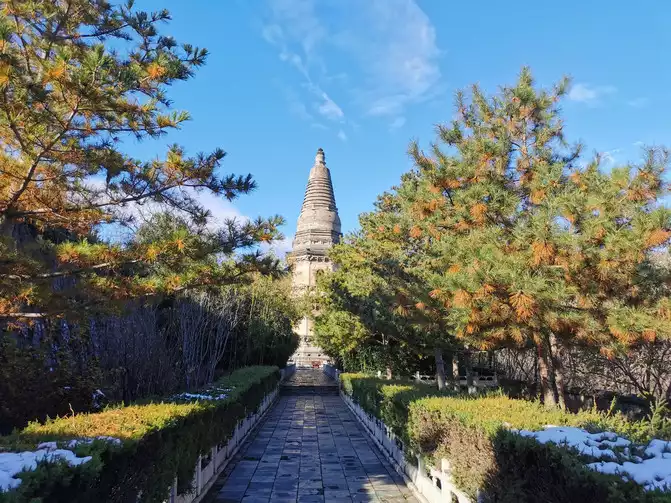
North Tower
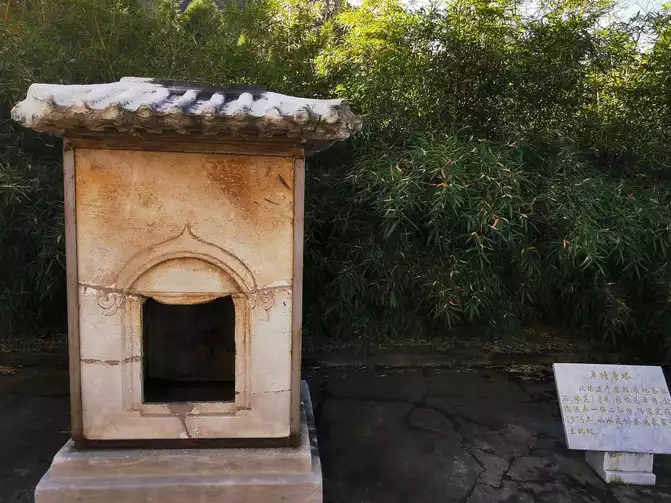
Tang Tower
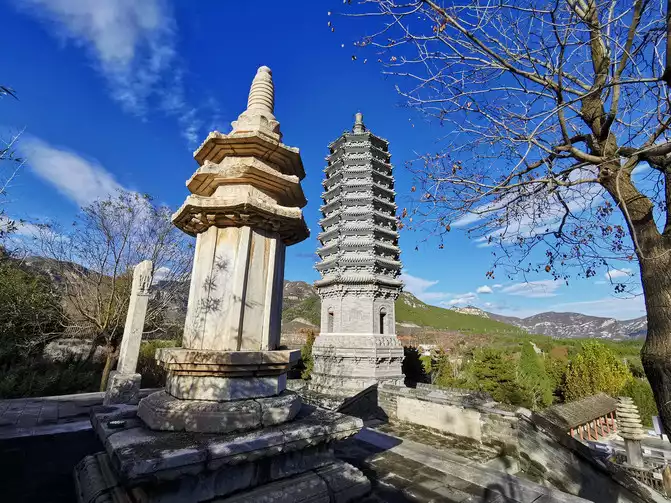
Kaishan Wan Gong Pagoda
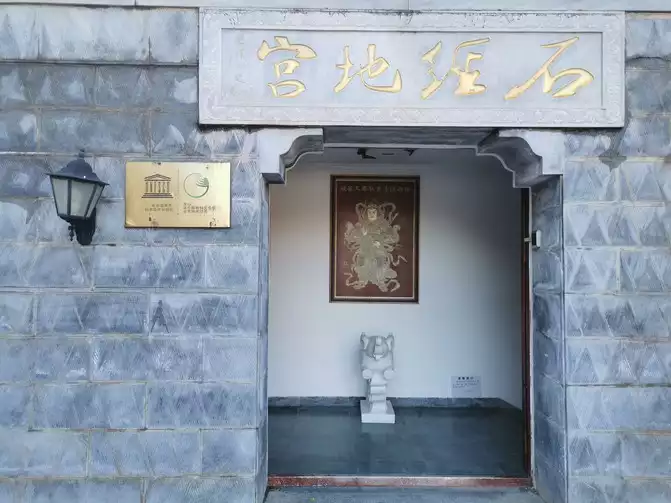
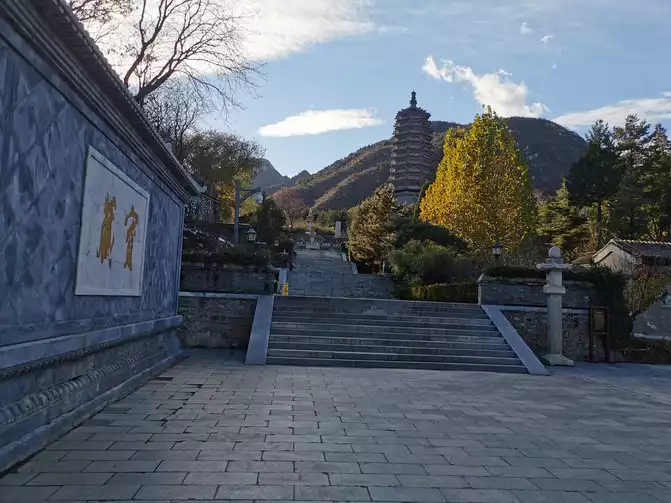
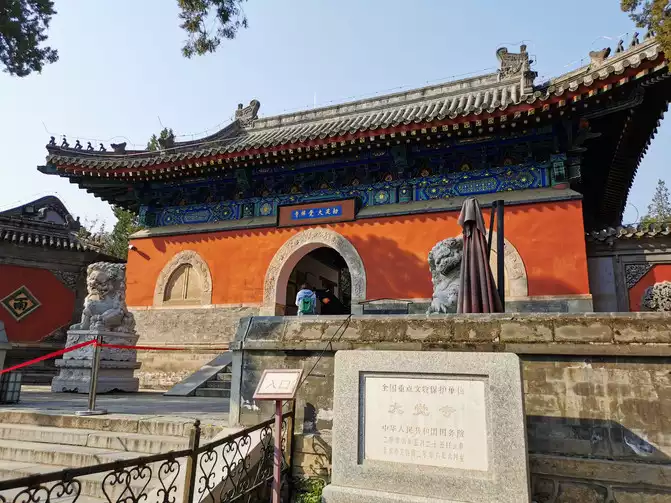
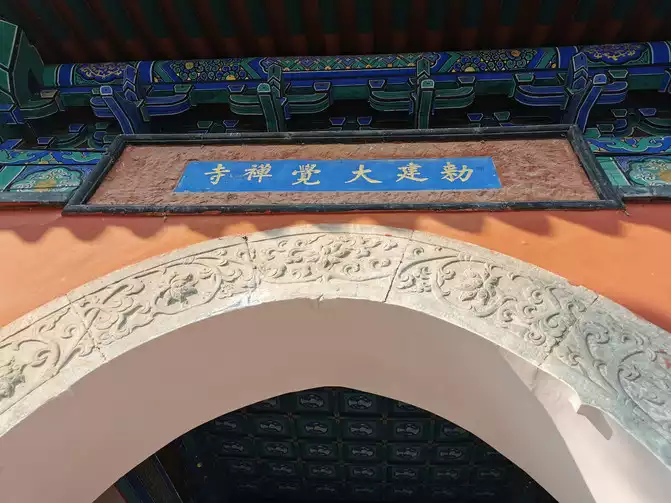
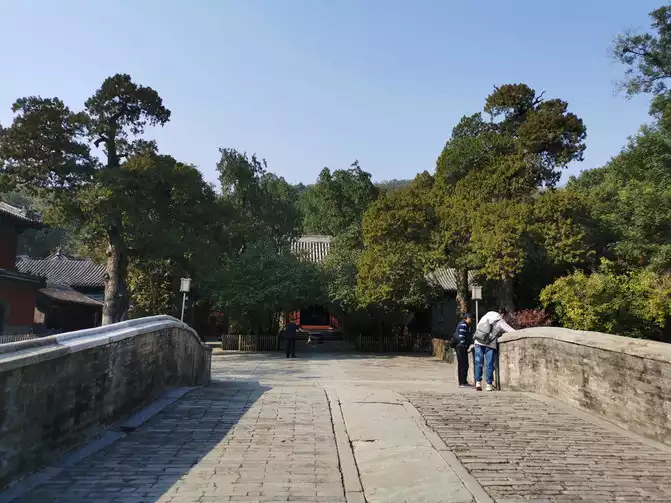
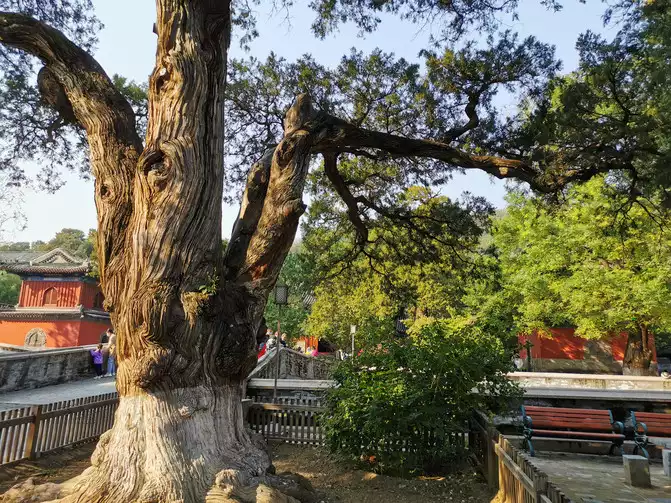
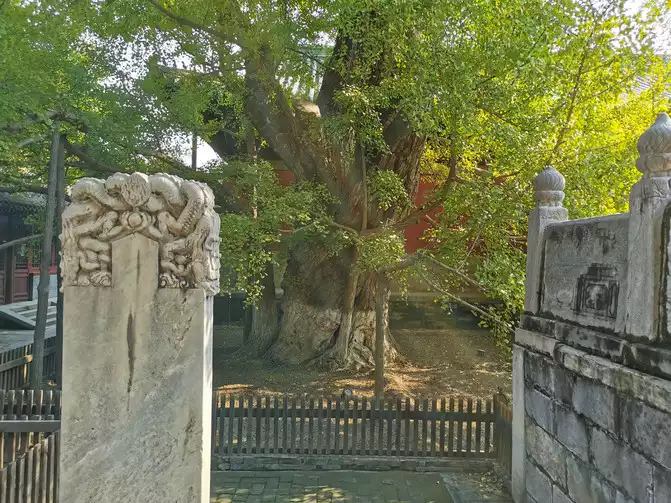
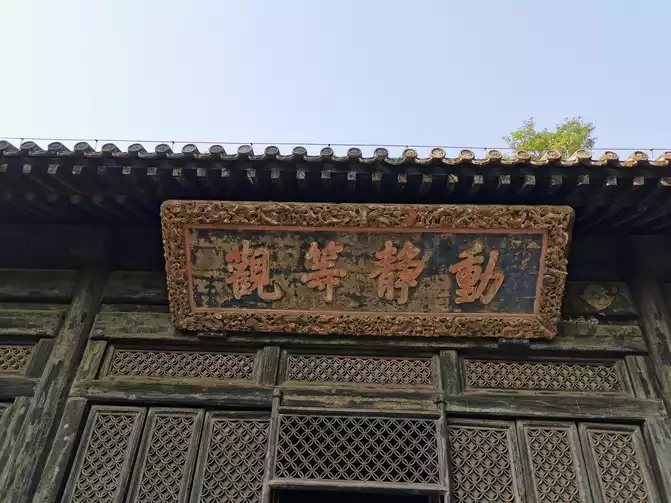
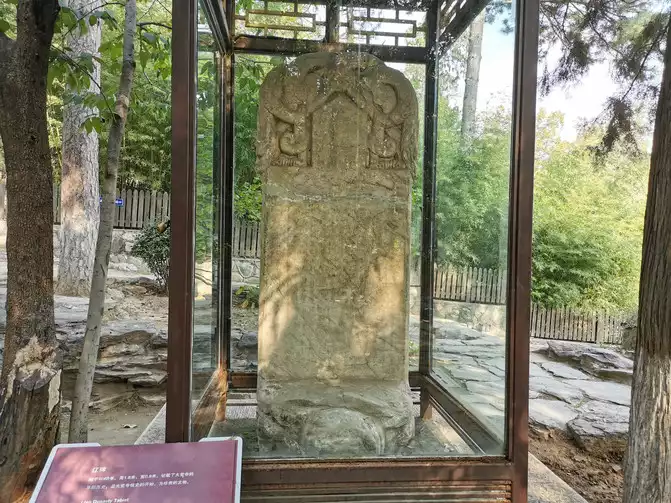
Liao Monument
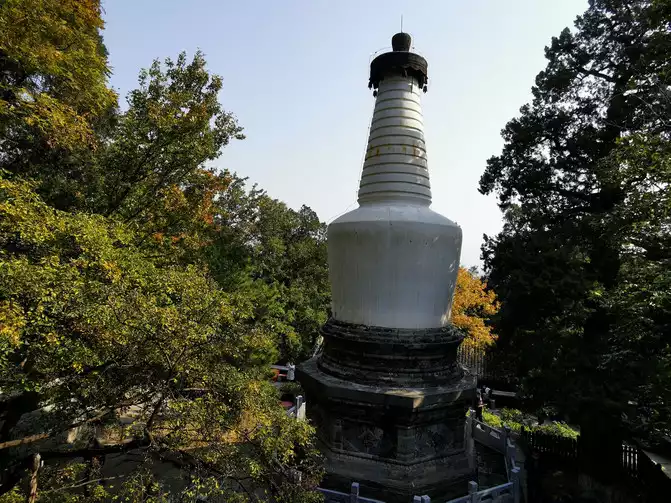
Jialing Zen Master Pagoda
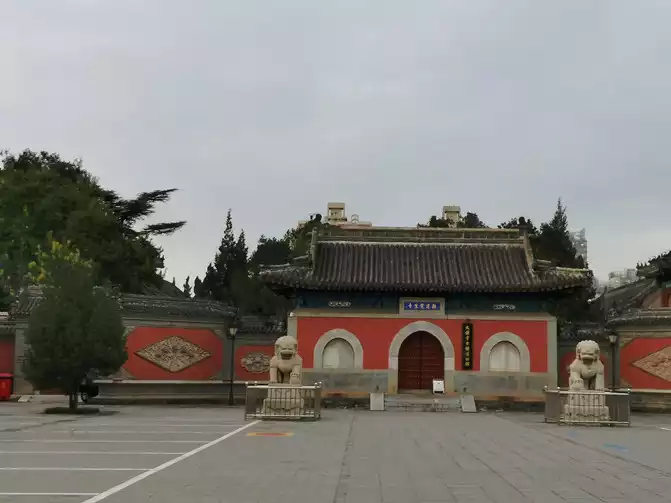
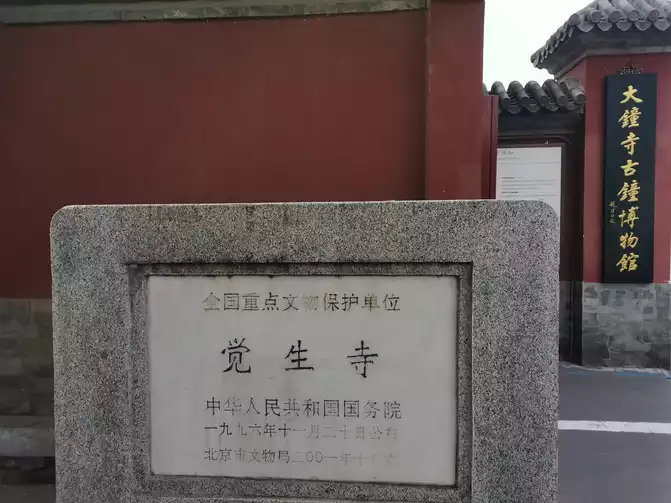
Juesheng Temple - Dazhong Temple Ancient Bell Museum
The main Tibetan Buddhist temples in Beijing include the Lama Temple and the Western Yellow Temple. The Lama Temple, built during the reigns of Emperors Yongzheng and Qianlong of the Qing Dynasty, boasts a palace style with yellow tiles and red walls, comparable to the Forbidden City, surpassing the opulence of ordinary royal residences. During the Qianlong reign, the Lama Temple was converted into a lama temple and served as the administrative center for Tibetan Buddhism for the Qing government, becoming the highest-ranking Buddhist temple in China during the mid-to-late Qing Dynasty. The entrance to the Lama Temple is marked by a towering, three-story memorial archway inscribed by the emperor himself, silently conveying an air of imperial dignity. Passing through the memorial archway inscribed with "Huanhai Zunqin" and the Ginkgo Corridor, one continues onwards to Zhaotai Gate, the octagonal stele pavilion, Yonghe Gate, the Lama Temple, the Falun Hall, and the Wanfu Pavilion. The plaques on the palace and gates are inscribed in Manchu, Chinese, Mongolian, and Tibetan.
The Huihai Ruixiang Dharma Artifacts Exhibition also fully demonstrates the important historical role of the Lama Temple as an imperial monastery in the development of Tibetan Buddhism and the relationship between mainland China and Mongolia and Tibet. The Qianlong Emperor, as the supreme ruler of the country, demonstrated his political wisdom in handling religious affairs in Mongolia and Tibet, including the establishment of the "Golden Urn Drawing System." Designed and supervised by Qianlong himself, and established by the Qing court, two golden urns were used for drawing lots to determine the reincarnation of living Buddhas: one was sent to the Jokhang Temple in Lhasa, and the other remained at the Lama Temple. Related historical anecdotes can be found in the "History of Lama Temple" section of the Lama Temple's official website. I also know that the Golden Urn was vaguely mentioned in Liang Yusheng's martial arts novel "The Legend of the Glacier Goddess"... src="https://dimg04.c-ctrip.com/images/0101m1200099sdckyB201_W_671_0_Q90.jpg?proc=autoorient" />
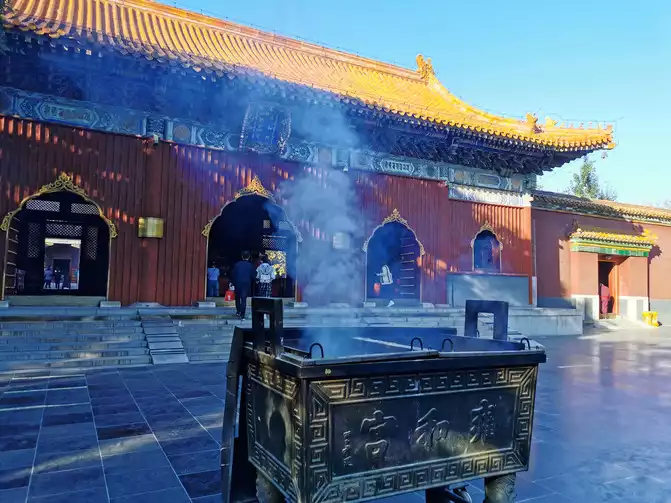
Yonghe Gate
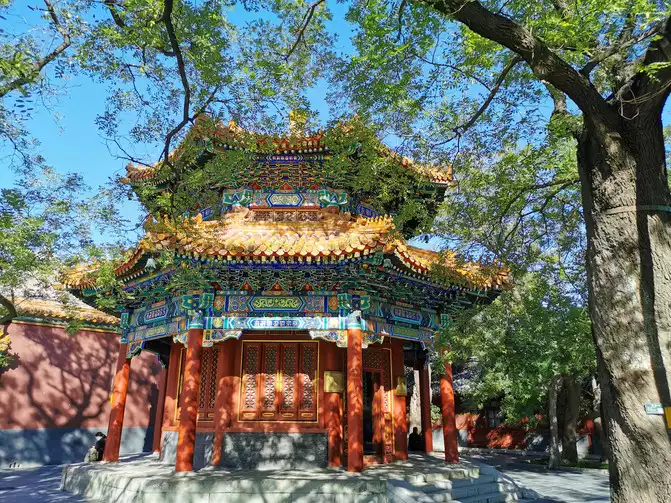
Octagonal Pavilion
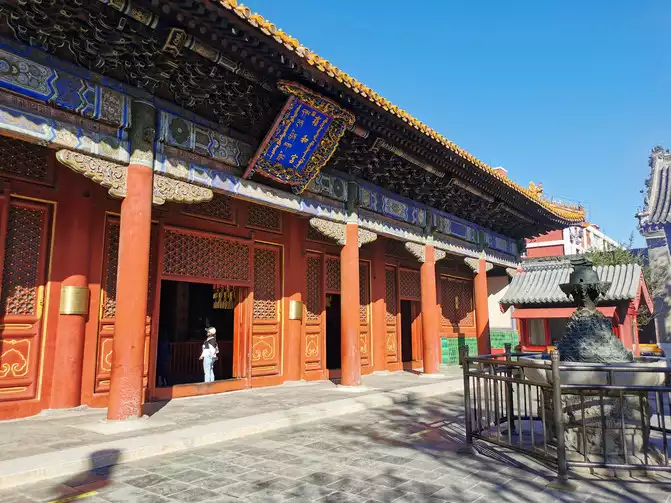
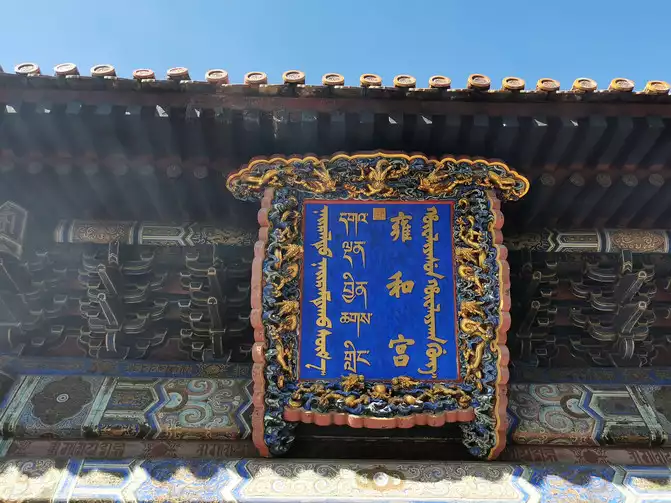
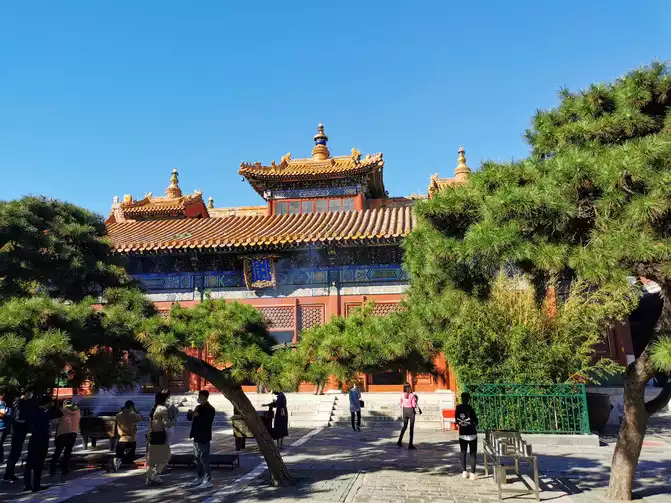
Falun Hall
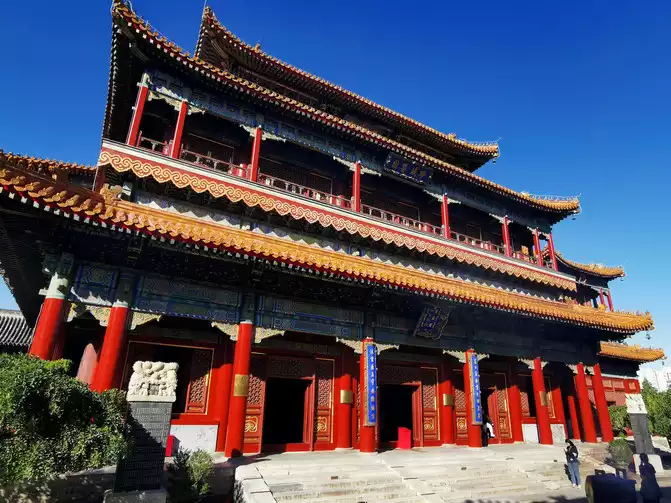
Wanfu Pavilion
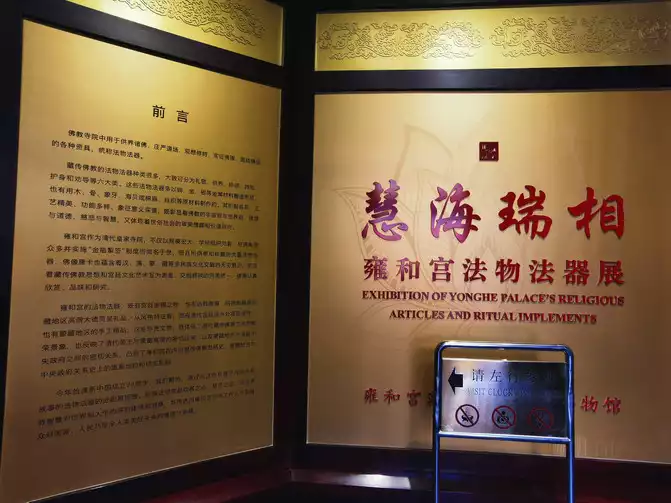
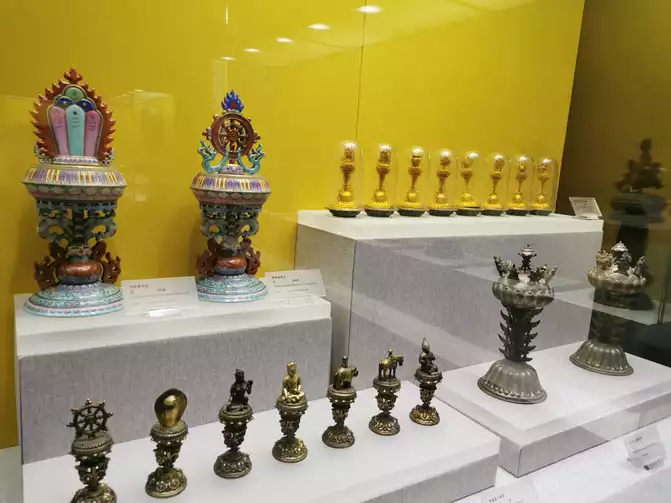
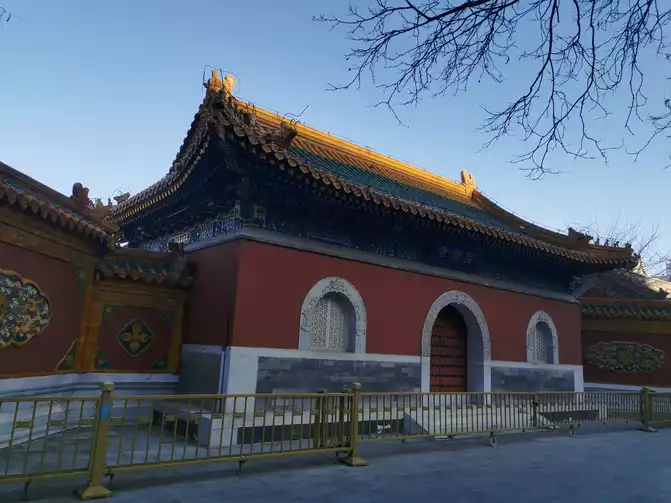
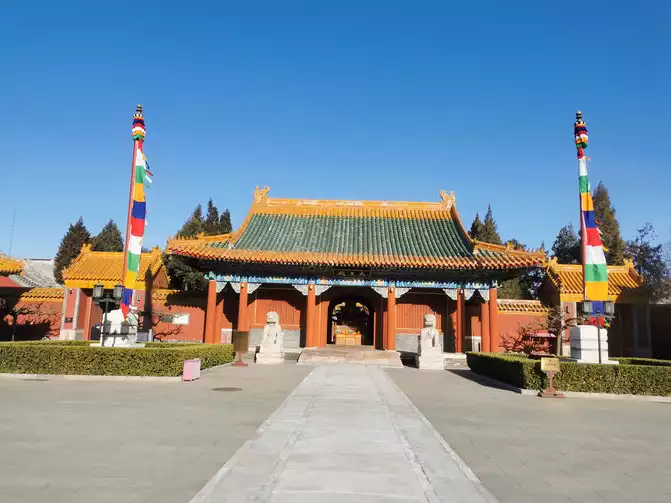
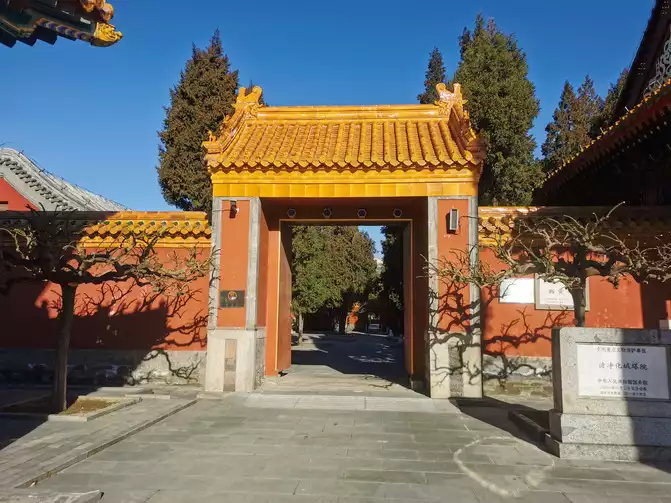
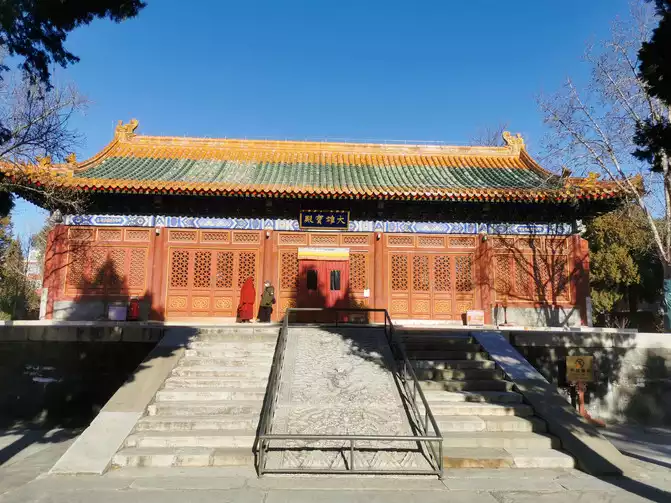
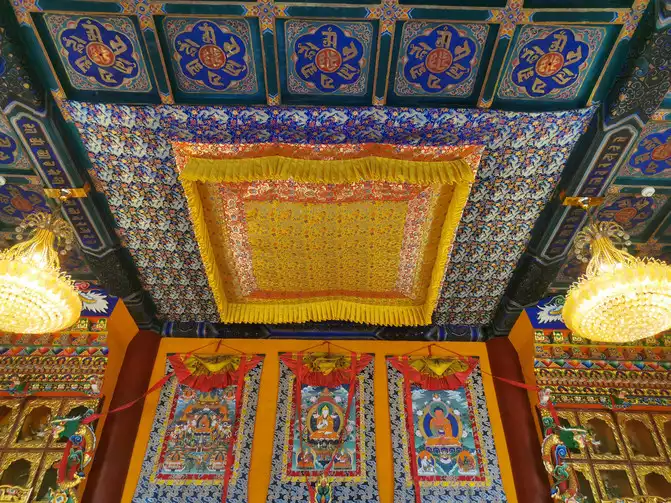
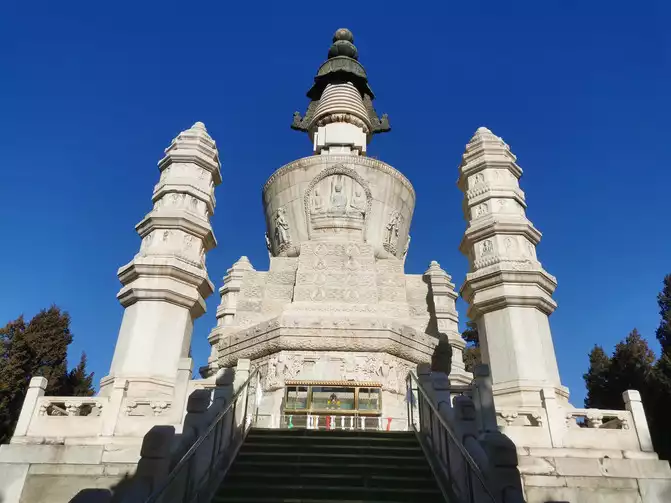
The Imperially-Built Purification City Tower
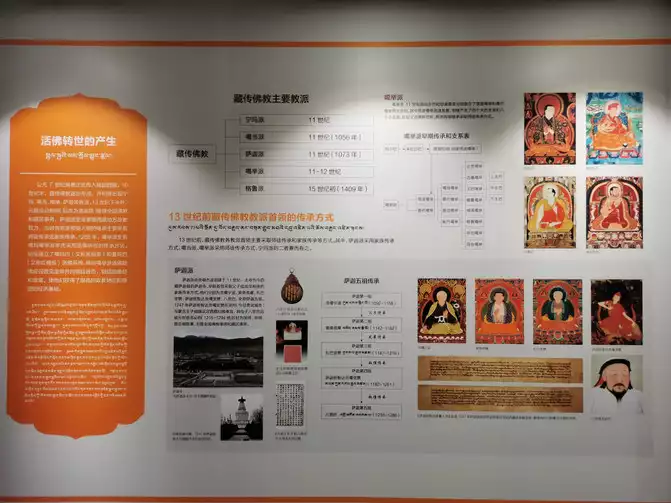
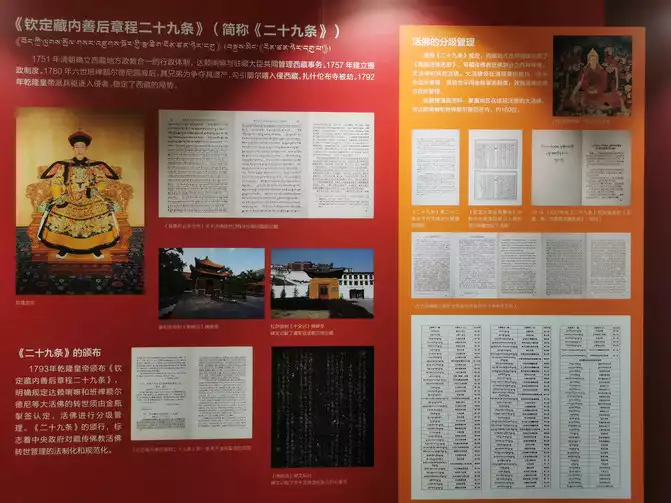
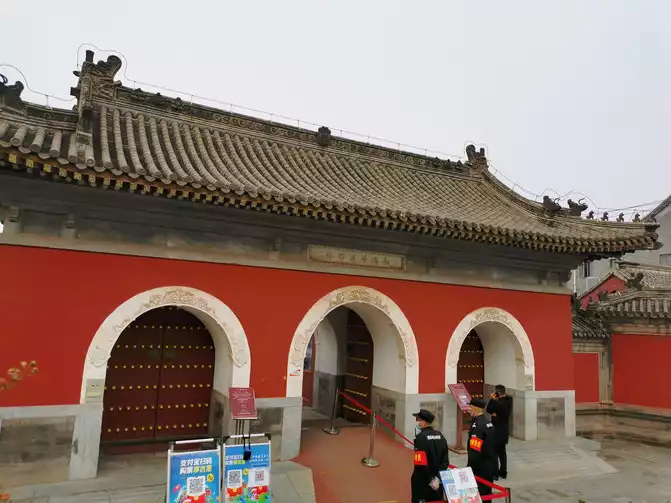

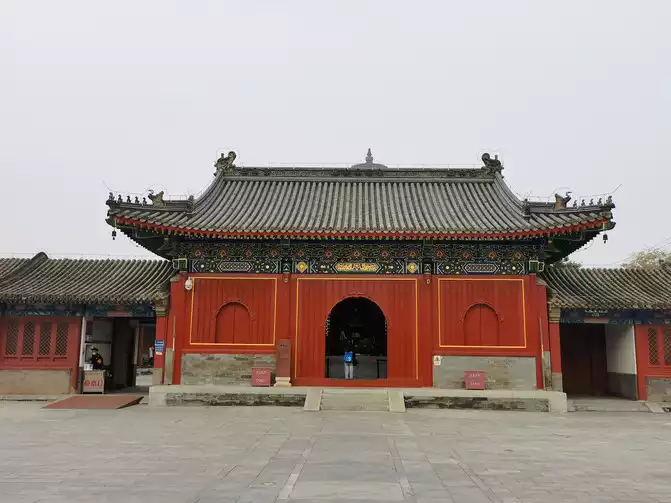
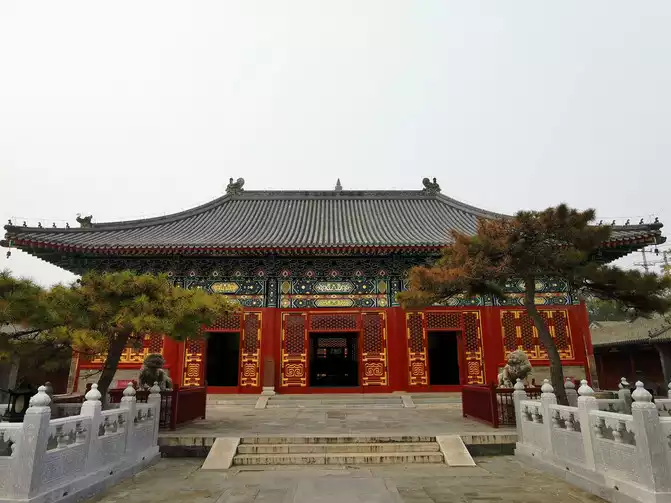
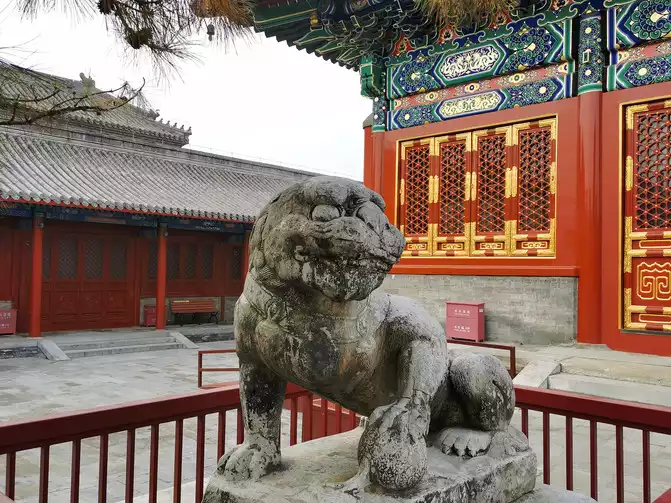
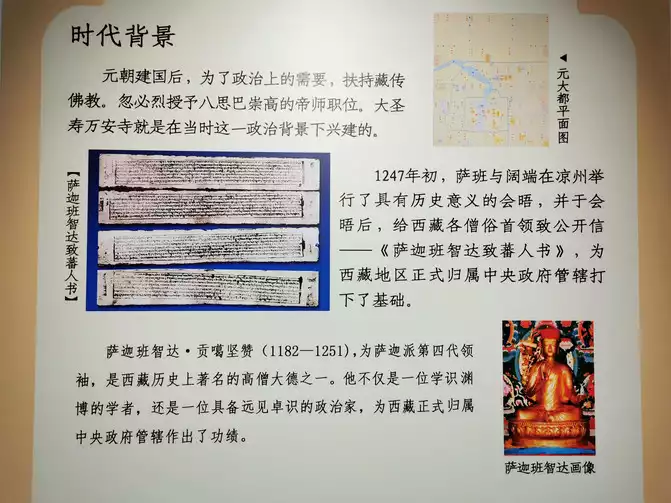
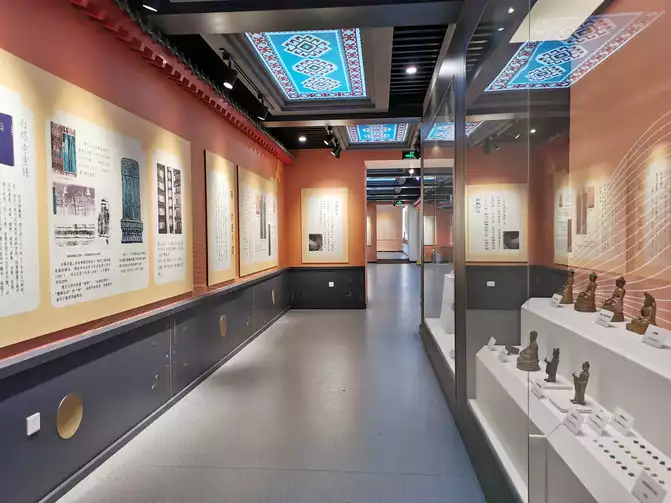
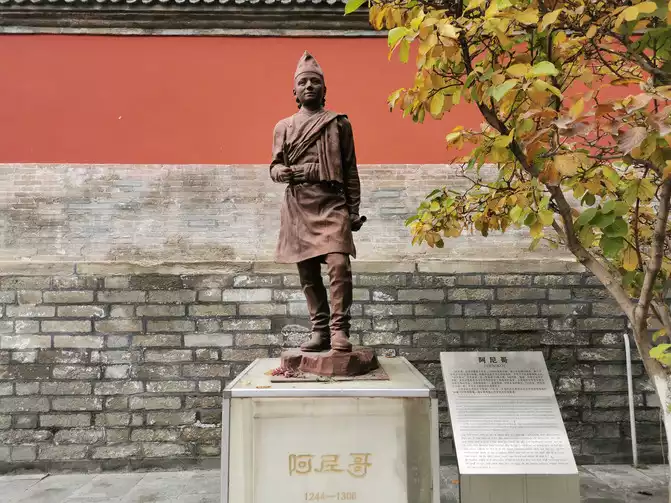
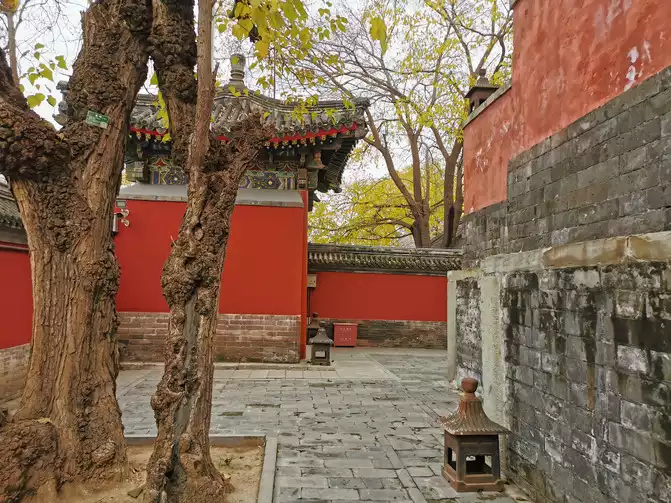
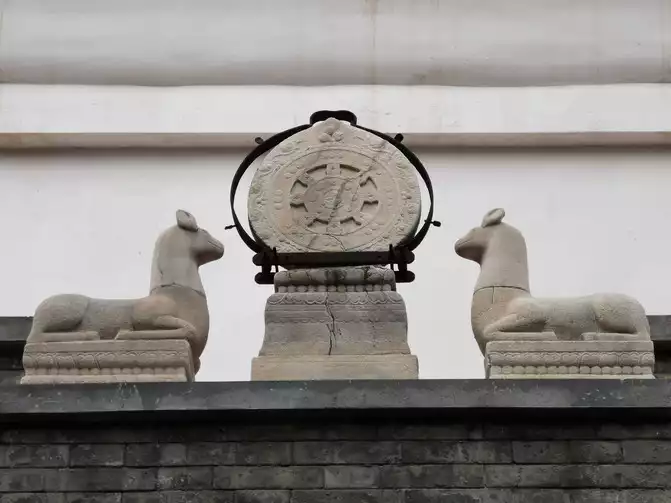
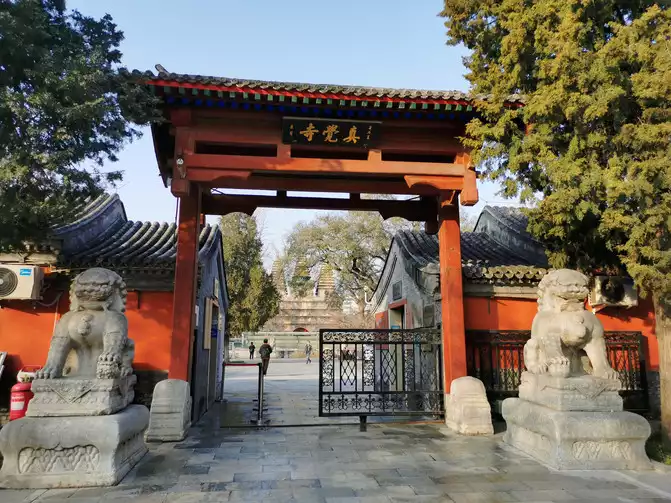

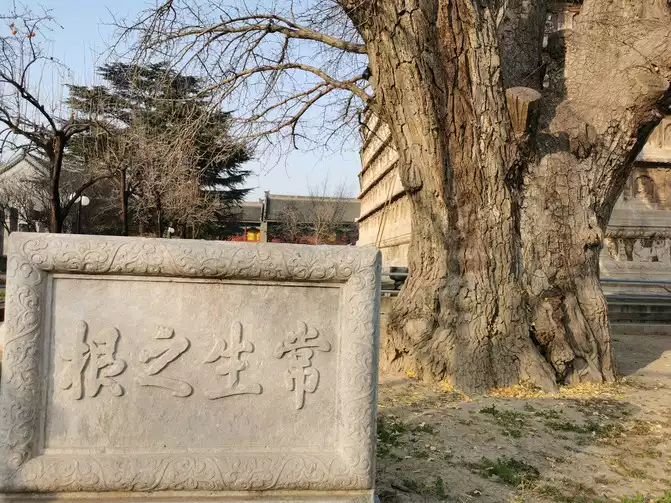
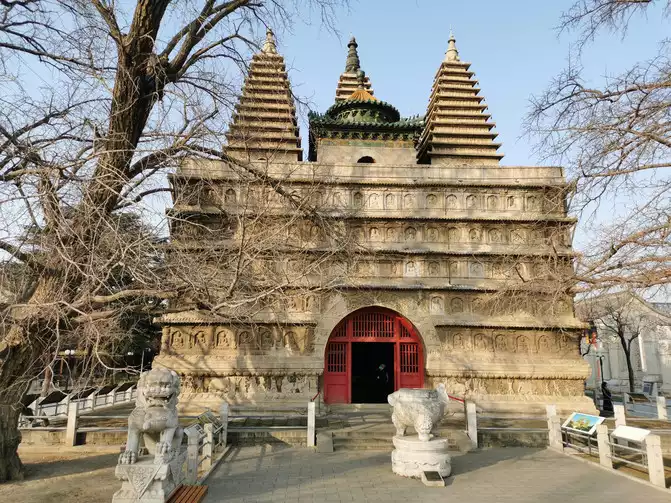
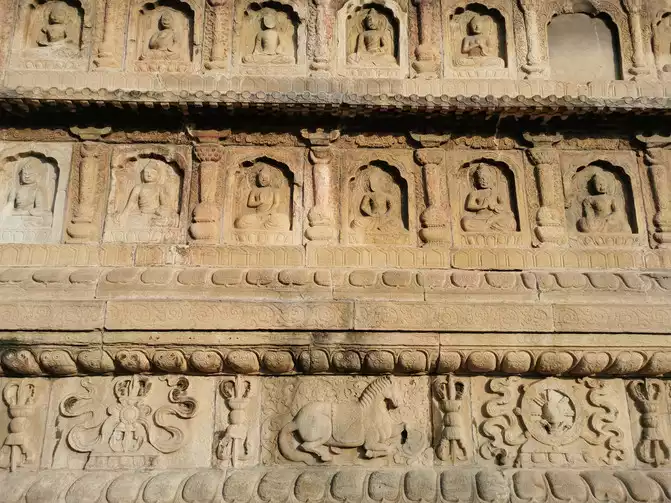
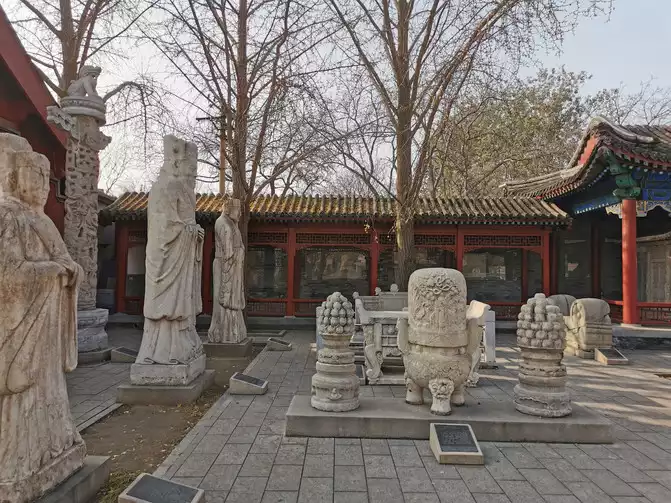
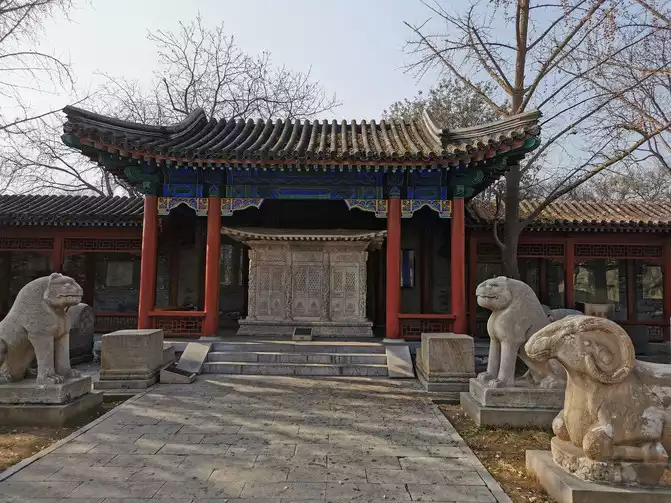
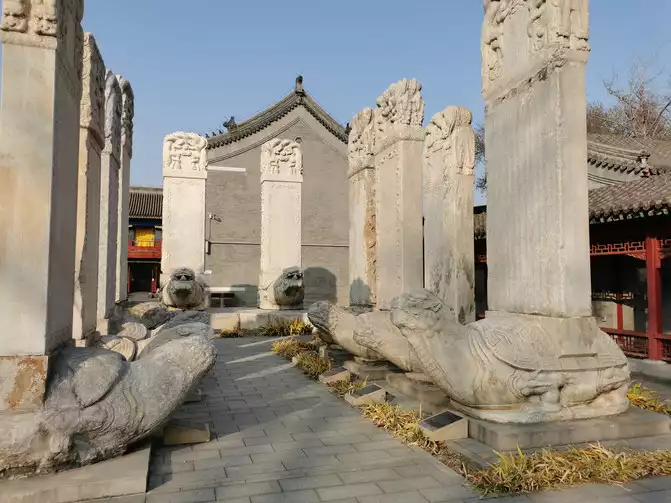
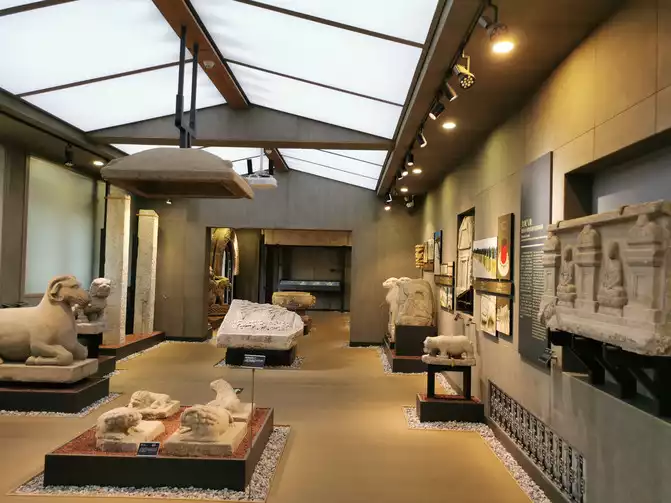
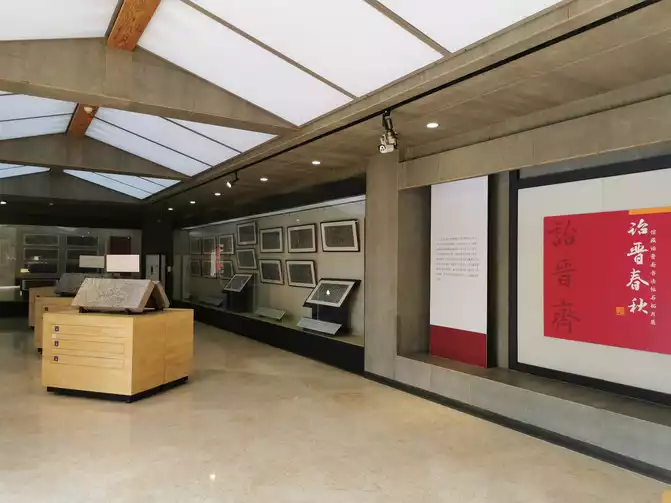
Zhenjue Temple - Wuta Temple
Baiyun Temple is the ancestral temple of the Quanzhen Longmen School of Taoism and a "listed unit" of the China Taoist Association and the China Taoist Culture Research Association. The fact that Baiyun Temple has today's respected status in Taoism across the country is largely due to Qiu Chuji in the early Yuan Dynasty - the Taoist priest Qiu Chuji with an immortal appearance in Jin Yong's "The Legend of the Condor Heroes". Jin Yong roughly recorded that Qiu Chuji went through untold hardships and traveled to the desert to meet Genghis Khan, the Mongolian leader Temujin. This is a true event in history. After Taoist priest Qiu returned to Yanjing, Yuan Taizu bestowed him with the Taiji Palace, which is now the site of Baiyun Temple, and ordered him to be in charge of Taoism in the world. Then Qiu Chuji began to send out heroic invitations - certificates of ordination. However, this time he did not invite people to compete in martial arts as Jin Yong wrote, but ordered his disciples to spread Taoism. The sloughed remains of Qiu Chujixian were left in the Qiu Zu Hall of Baiyun Temple; after his death, the Yuan Dynasty also named him "The Real Bishop of Changchun Yandao"...
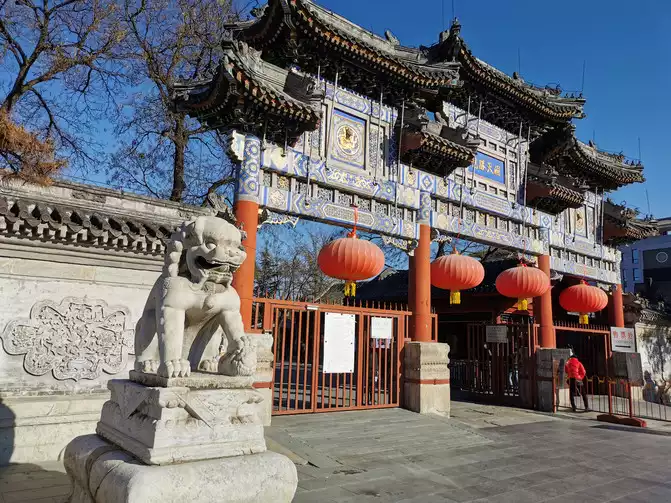
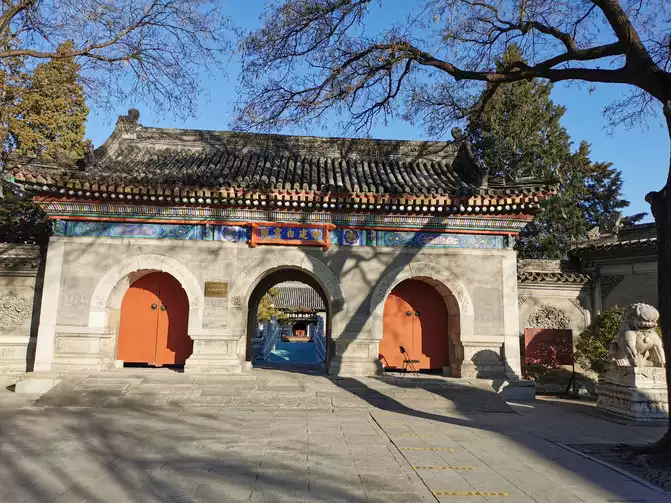
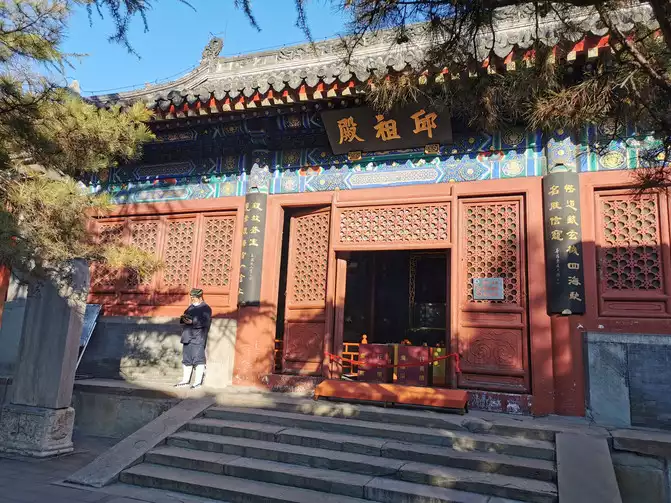
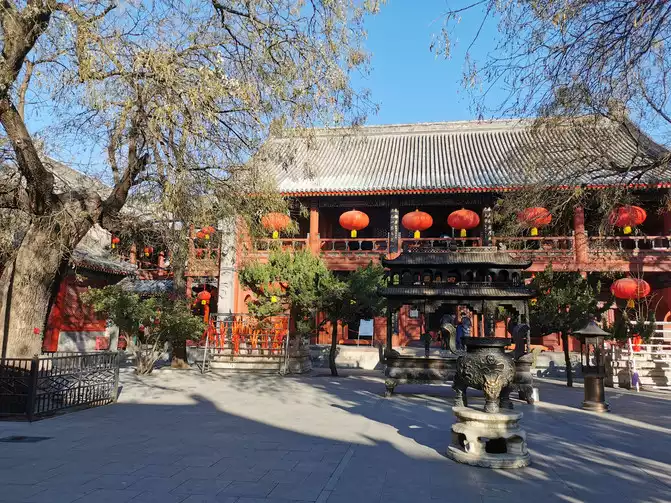
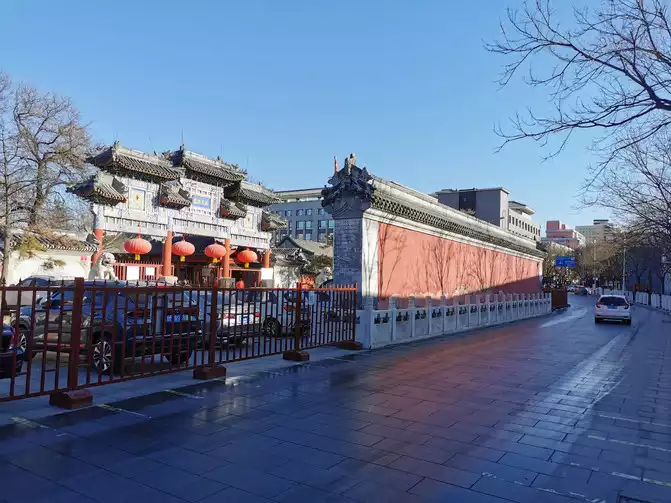
Baiyun Temple
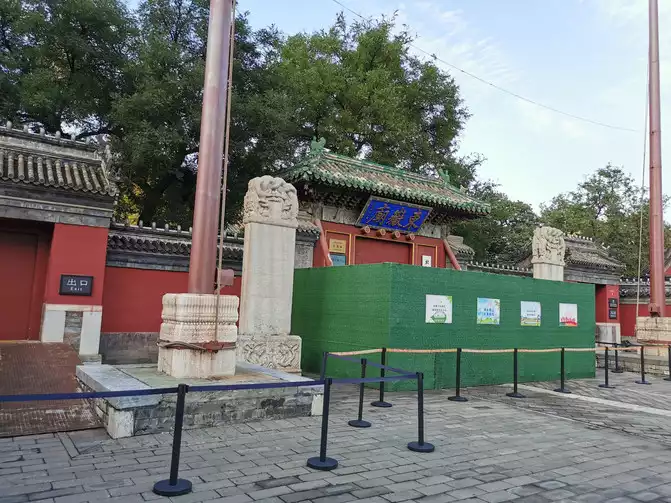
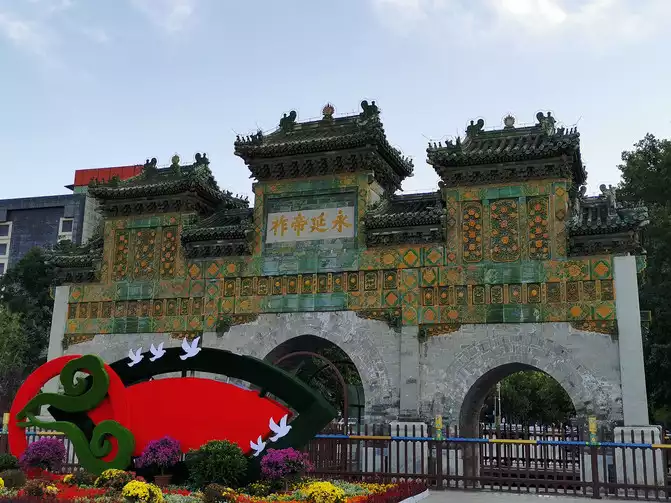
Dongyue Temple--Yongyan Emperor Zuo Archway
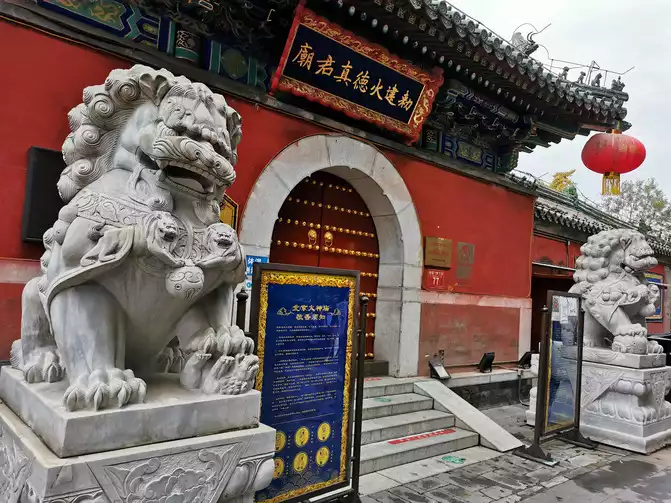
Edict to build Huode Zhenjun Temple
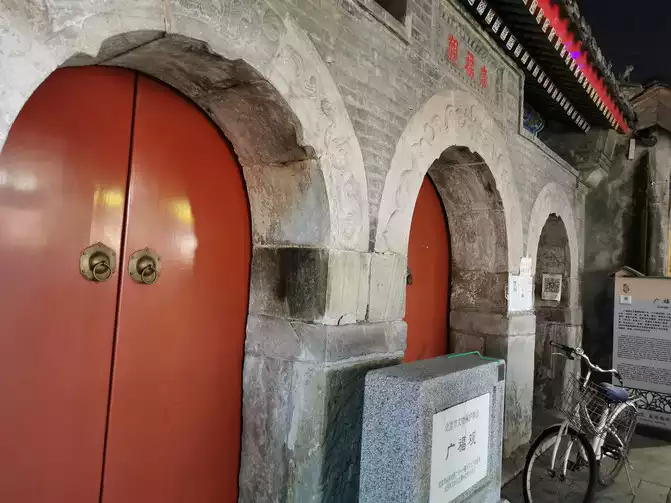
Guangfu Temple
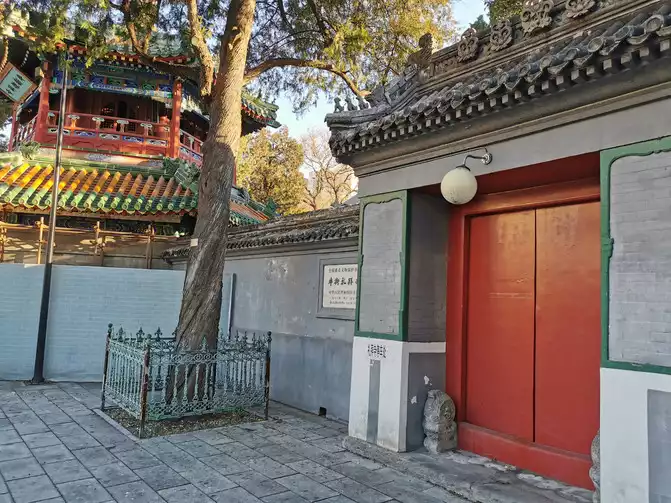
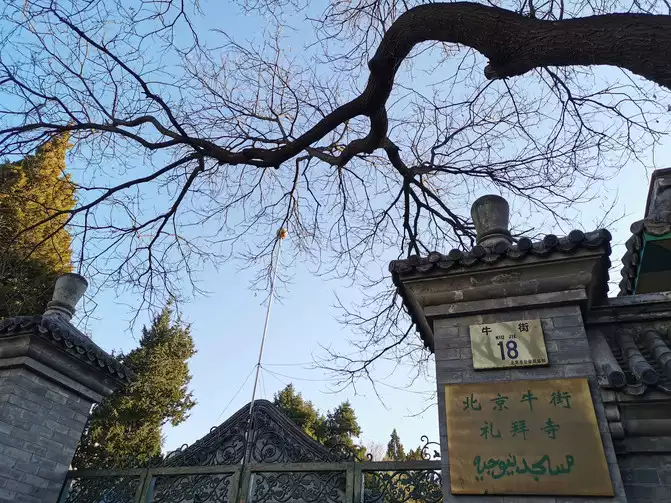
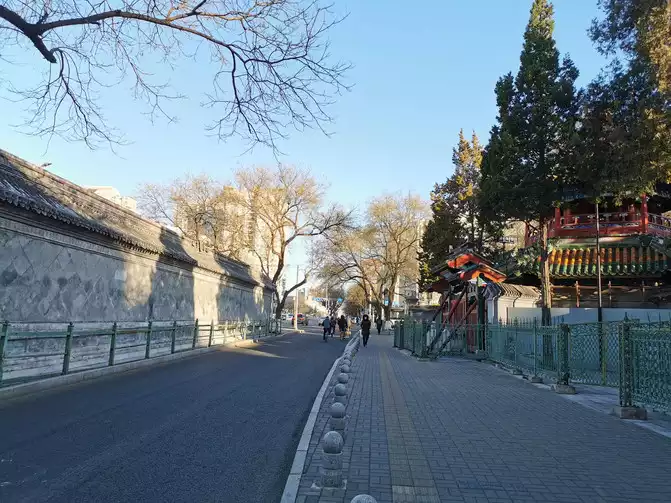
Niujie Mosque
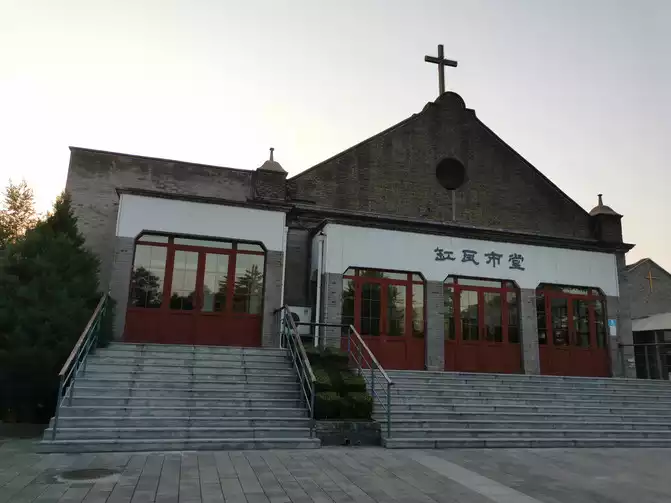
Beijing Christian Church Gangwa City Hall
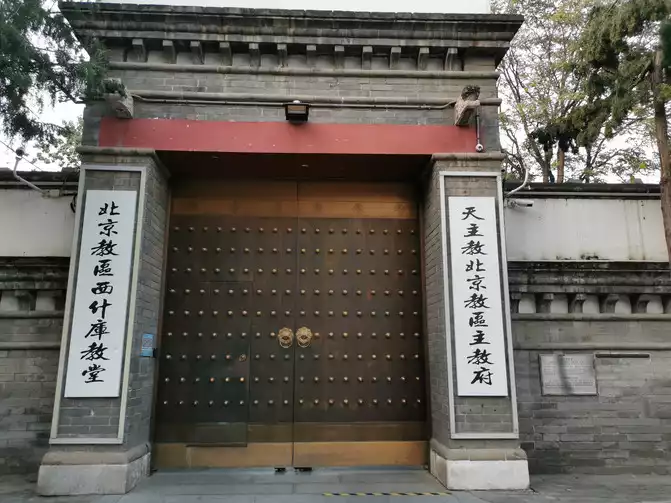
Beijing Diocese Xishiku Church—Catholic Beijing Diocese Bishop’s Office
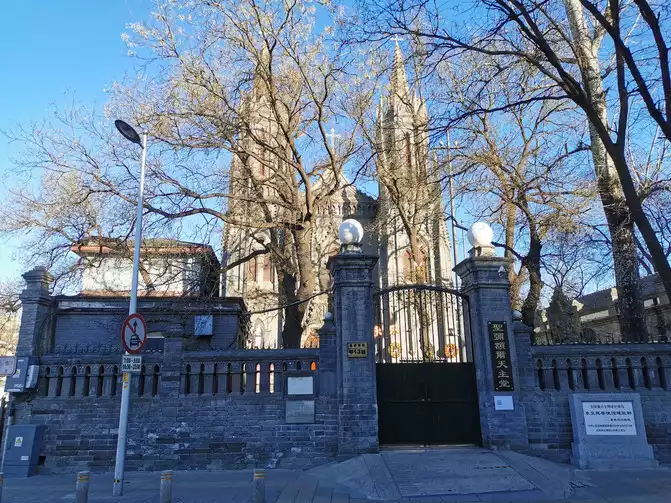
St. Michael’s Catholic Church
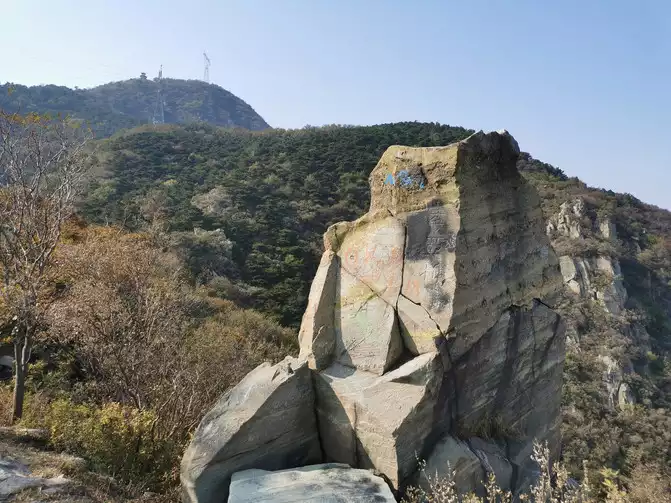
8. Mountain peaks
There is a mountain trail on the left not far from the gate of Dajue Temple to go up to Xishan Jiufeng; Jiufeng National Forest Park has a very high vegetation coverage and was once the teaching experimental forest farm of Beijing Forestry University. Walking along the thousand-year-old road, you can see the red leaves in the mountains and forests in autumn. You can climb up to Jiufeng and look around. You can see the winding peaks and the vast sky and earth. You can go all the way to the west to climb the Wangjing Tower. To the west, you can see Miao Peak and other majestic peaks.
There are statues of two celebrities at the foot of Jiufeng Mountain: Li Shanbang and Lin Xinggui. Li Shanbang is the founder of China's earthquake industry. He was the former director of the Seismological Research Office of the Institute of Geophysics, Chinese Academy of Sciences. He built China's first self-designed seismic observatory - the Jiufeng Seismic Observatory. At that time, the real estate for the construction of the Jiufeng Seismic Observatory was donated free of charge by Mr. Lin Xinggui. Lin is a native of Yin County, Zhejiang Province. He studied law in England in his early years. After returning to China, he served as Minister of Justice in the Nanjing Provisional Government of the Republic of China. He later resigned from public office and opened his own law firm due to dissatisfaction with Yuan Shikai's proclaimed emperor and the government's judicial fraud. At that time, lawyer Lin Xinggui bought the relevant real estate under Jiufeng and built Jiufeng Villa with Xiufeng Temple as the center; now the ancestors have passed away and are here to stay.
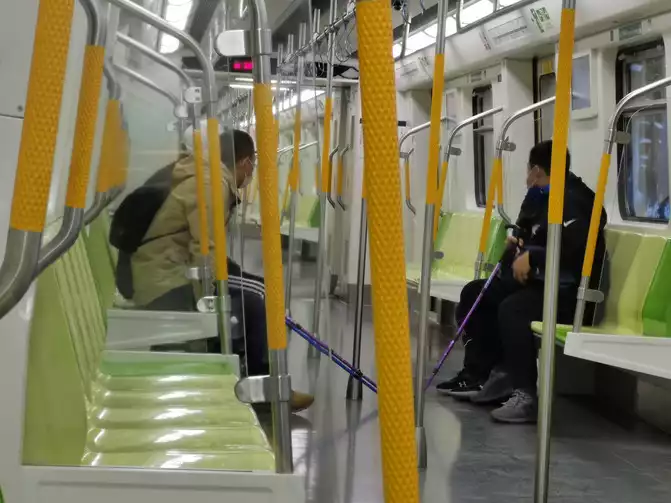
Metro Line 16
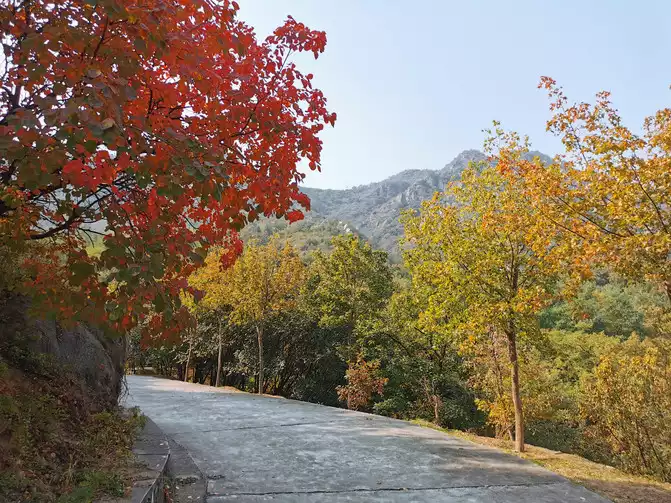
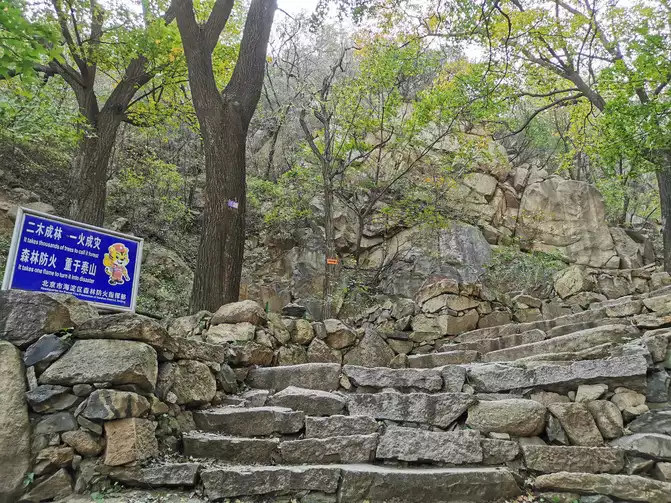
Jiufeng Ancient Trail
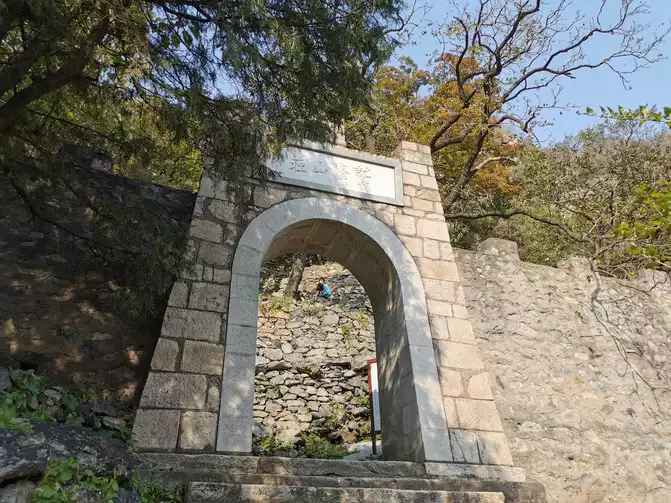
Jiufeng Villa
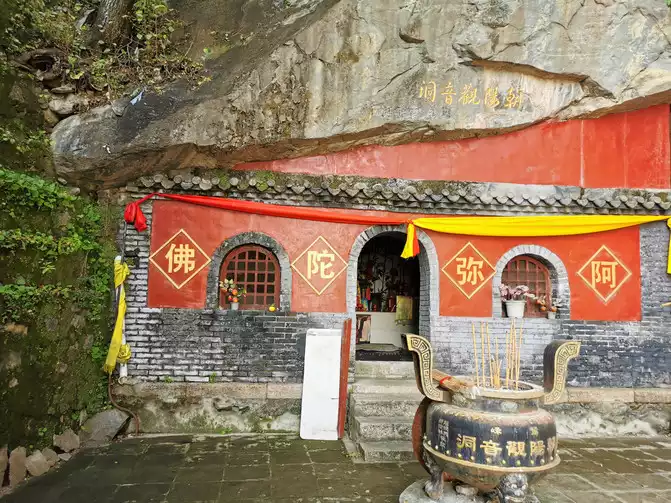
Chaoyang Guanyin Cave
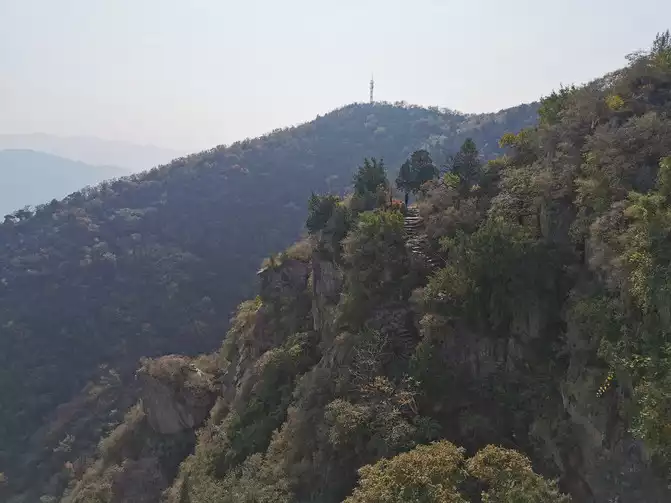
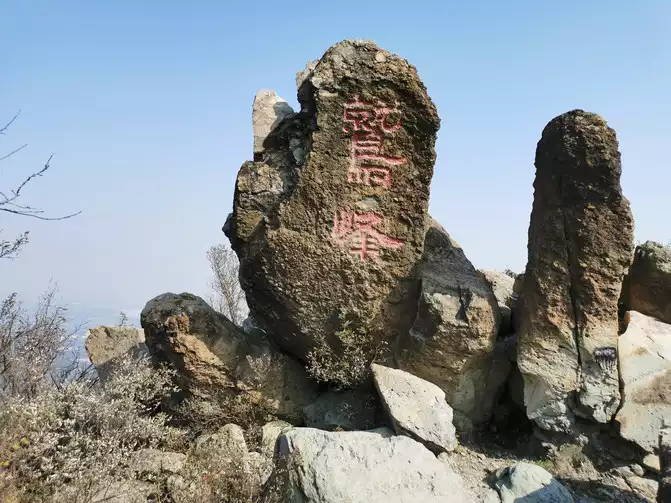
鹫峰
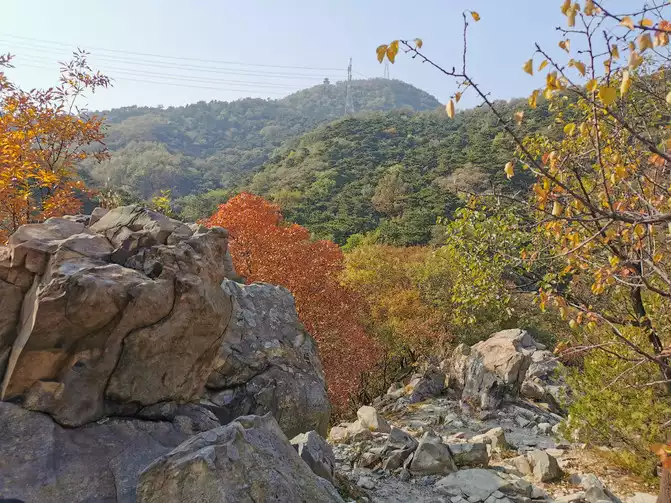
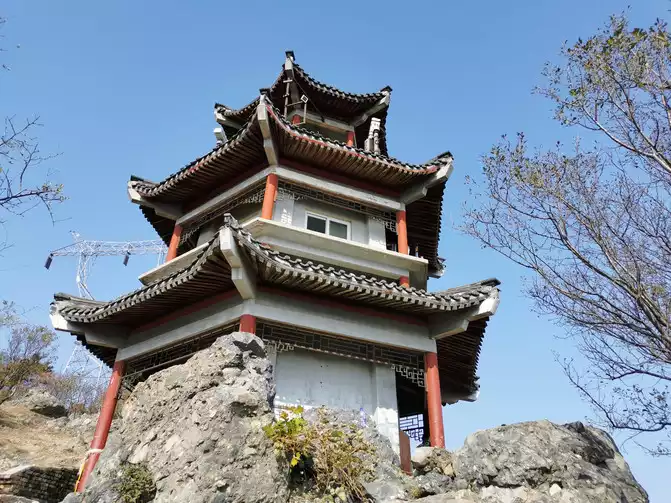
Wangjing Tower
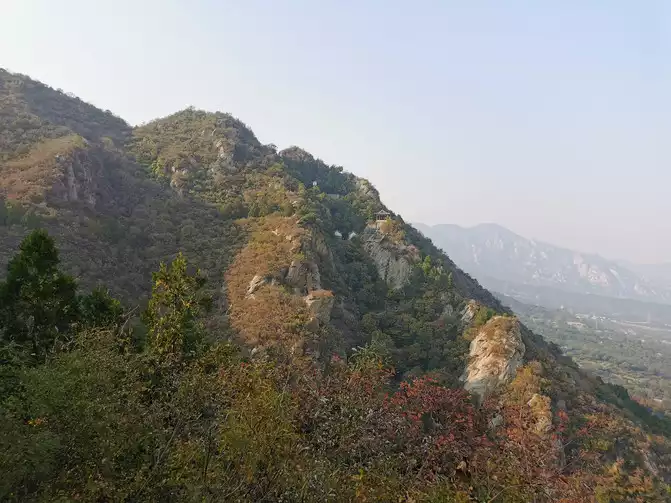
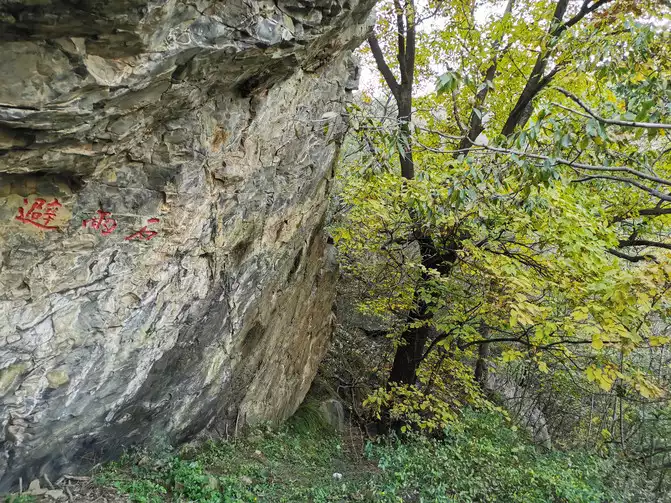
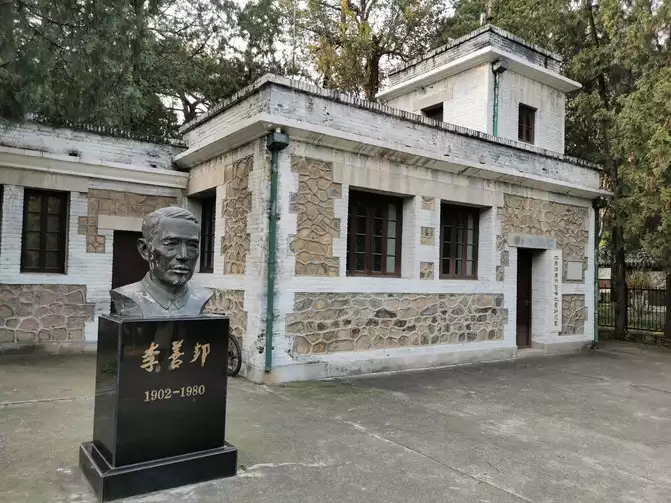
李善邦像
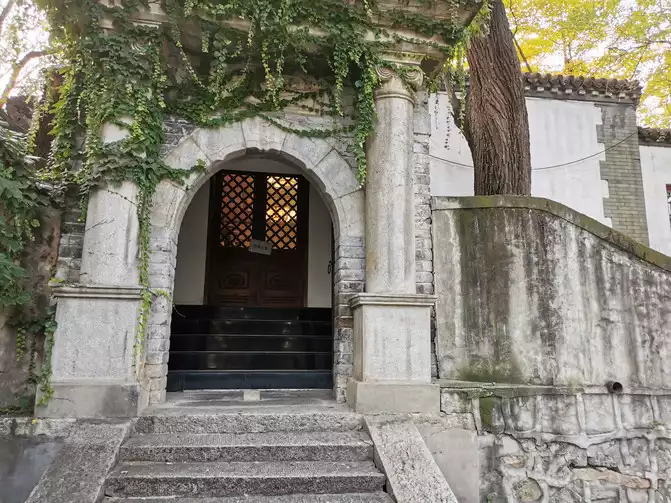
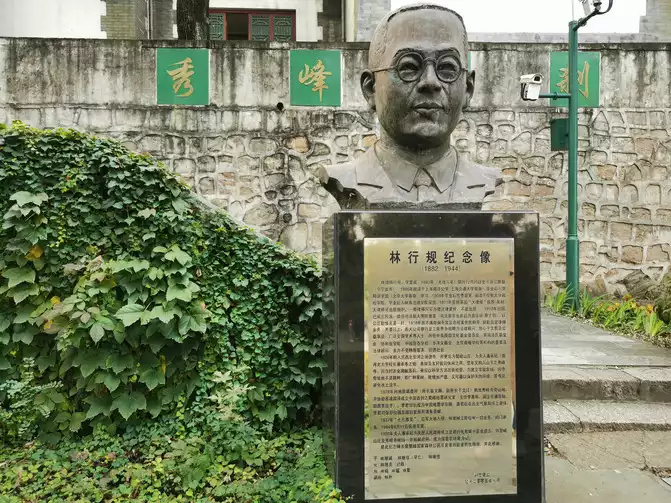
Xiufeng Ancient Temple--Lin Xinggui Image
There are two Tianmen Mountain scenic spots in Beijing, respectively located in Mentougou and Miyun. Mentougou Tianmenshan National Forest Park passes through Nanxinfang Village, which is also a typical northern mountain village. There may be large locust trees that are hundreds of years old in front of the houses on the roadside. There are uncles doing chores beside the house. There are always coal cakes piled around the house or square blocks of briquettes drying on the ground. In early winter, red persimmons hang on the treetops, and long strings of golden corn cobs hang dry under the eaves or on half of the brick walls. Occasionally, one or two barking dogs are heard in the village... There is heavy fog in the early morning - the entire mountain is filled with fog, and an old woman walks into the mountain when entering the village. In front of me, I asked, "Are you going to work in the mountains so early?" She laughed and said, "Hey, I can't do any work at such an old age. Let's go for a walk in the morning." Although her back looked a little rickety, she always walked fast and slowly in front of me until the bottom of the mountain. On the way up the mountain, you can sometimes hear the distant and clear chirping of birds in the valleys. After passing the stone caves, you will see the Great Stone Wall - a Great Wall-like mountain ridge that was naturally formed by the ups and downs of the mountains for countless millions of years. It is very majestic and spectacular. The clouds and mist on the stone ridge are floating like a fairyland...
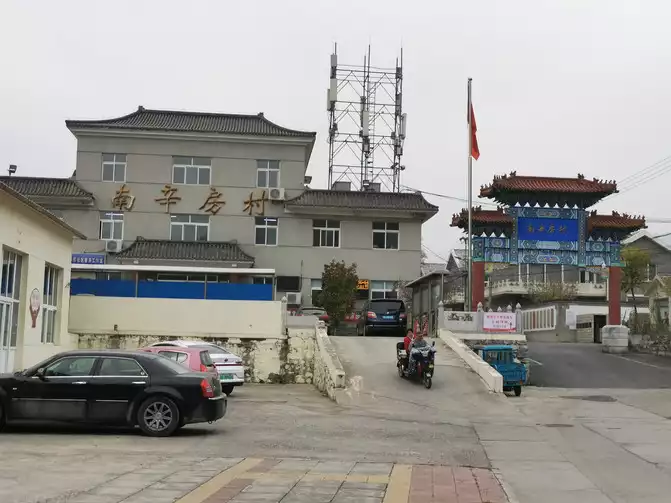
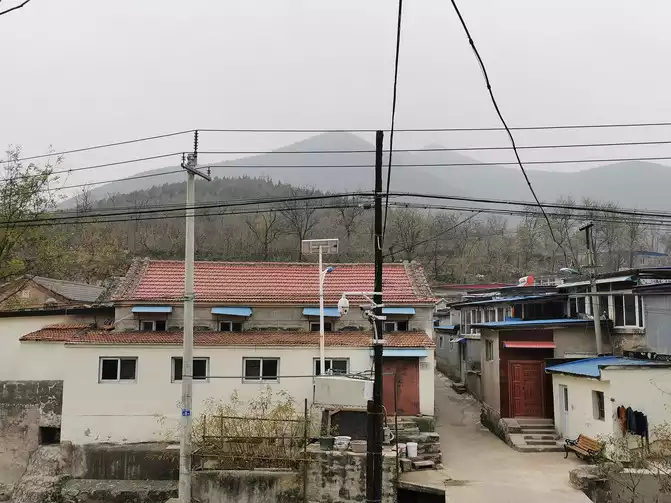
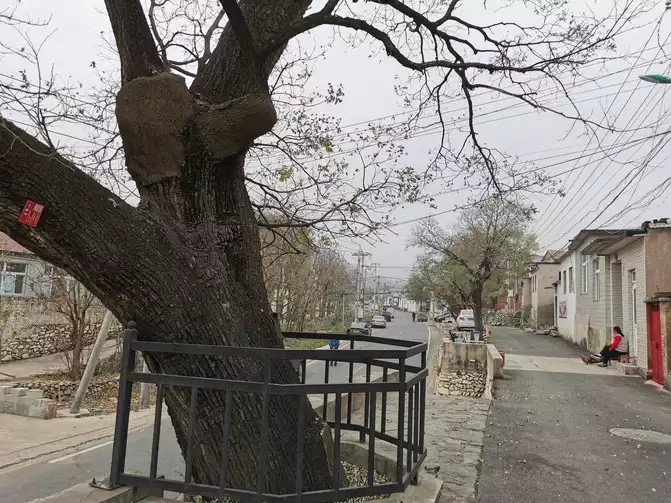
南辛房村
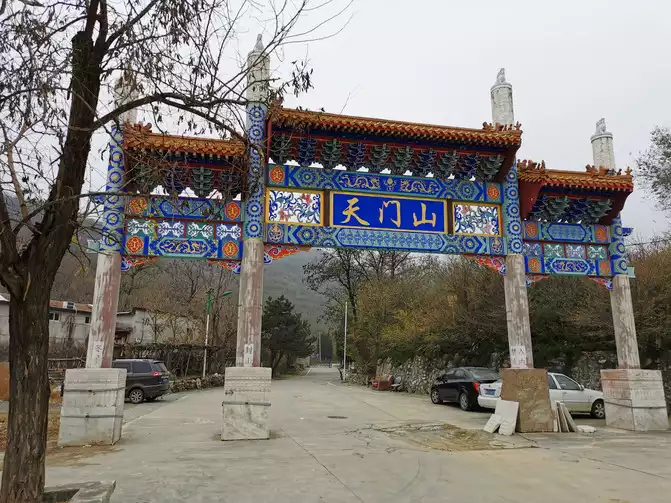
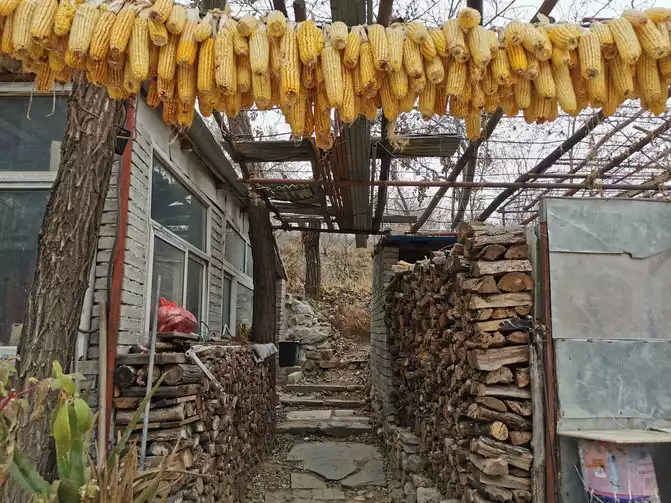
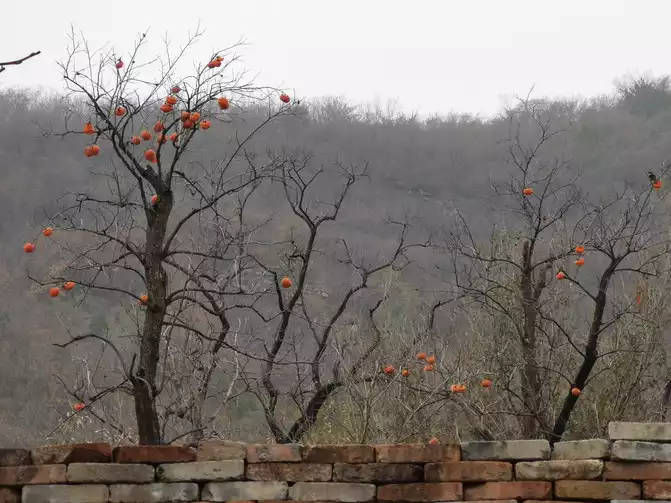
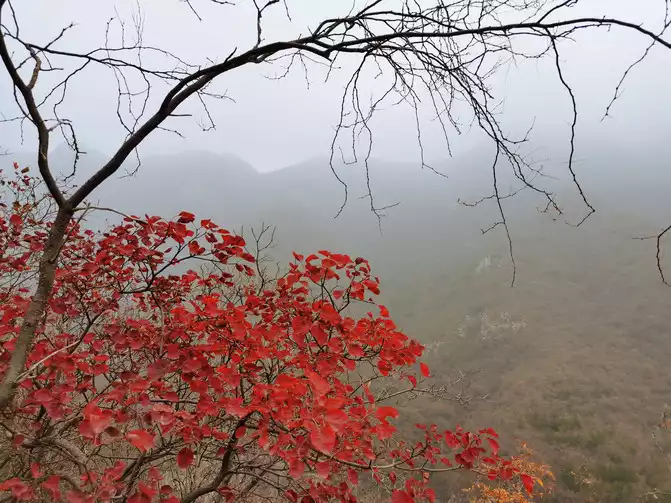
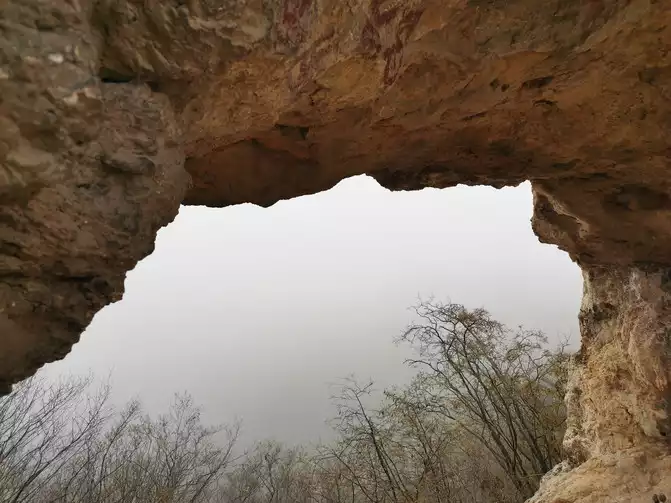
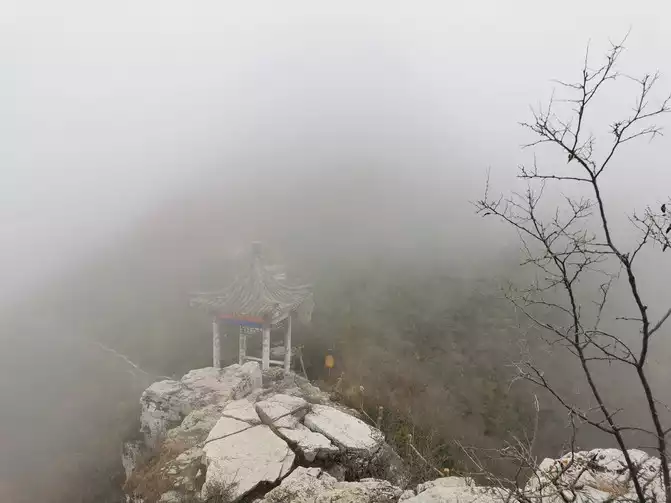
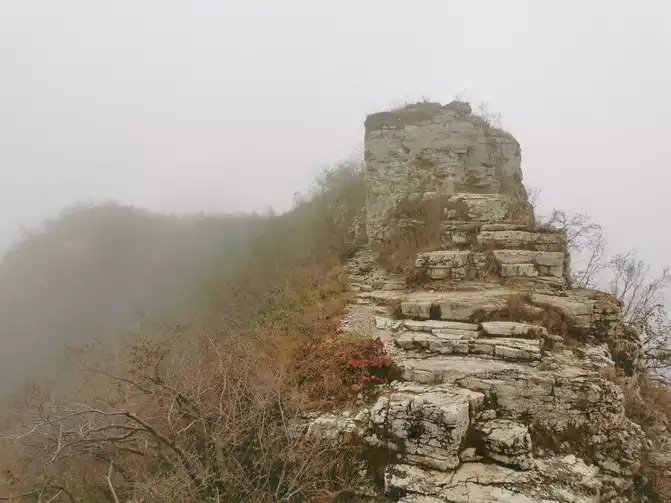
Mentougou Tianmen Mountain
Miyun Tianmen Mountain belongs to the Yanshan Mountains. It is a thick and majestic mountain. Standing in the valley and looking up at the huge granite mountain in mid-air - you will feel like the majestic and majestic mountains and rivers of Kunlun. There are many chestnut orchards on both sides of the mountain road, many of which are ancient trees that are more than a hundred years old. The gurgling streams in the mountain streams are crystal clear, and the streams have begun to freeze intermittently. There is a "Red Pear King" halfway up the mountain that is over 300 years old. The feeling of hiking is similar to the feeling of running mentioned by Mr. Murakami. You don’t have to think about anything, just keep repeating the steps... while hiking through the mountains and forests, it is more quiet, and there are more uncertain scenery on the road ahead... When you climb to the top of Tianmen Mountain, the top of the mountain suddenly opens up - Tianmen Cave, which was formed 120 million years ago. At your feet are the calm and vast Miyun Reservoir and Reservoir. The endless winding Great Wall on the mountains of the district... I stared quietly at the cold winter afternoon sun shining on the angular and huge stone sky gate frame, turning it into a warm orange color. At that moment, I clearly felt how humble and insignificant I was. In reality, do we humans think of ourselves too highly and have gone too far...
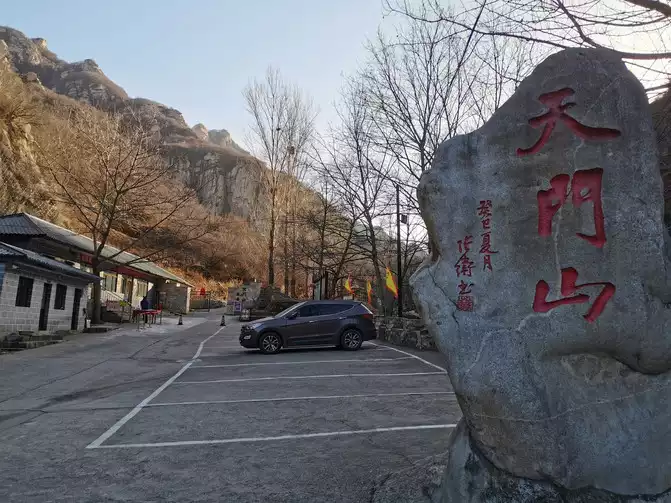
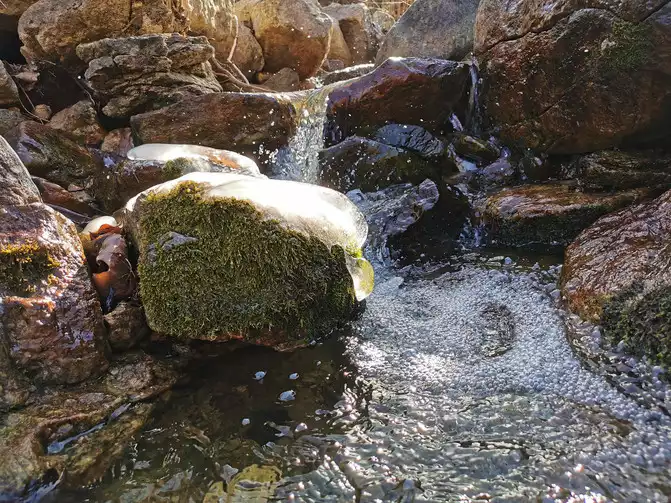
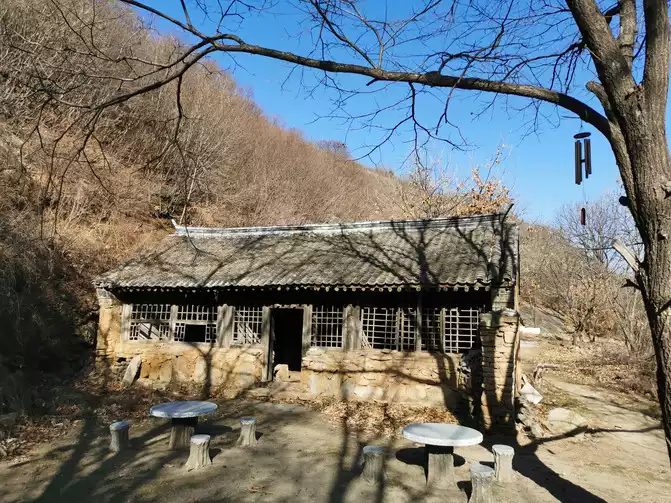
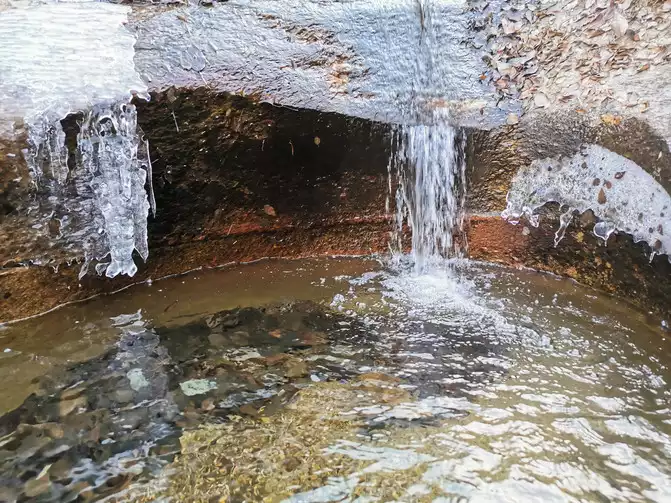
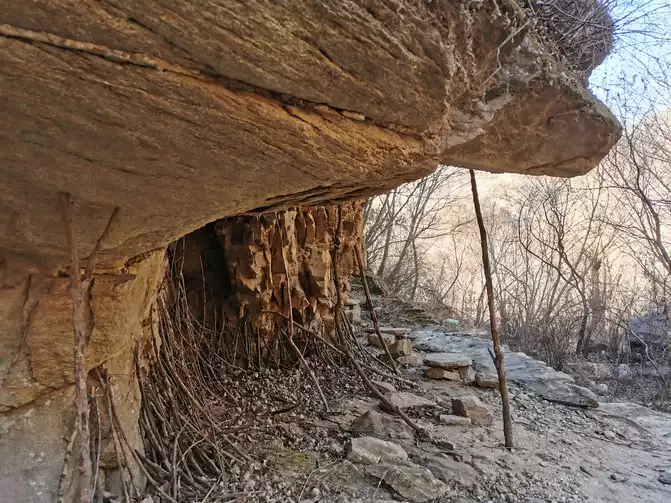
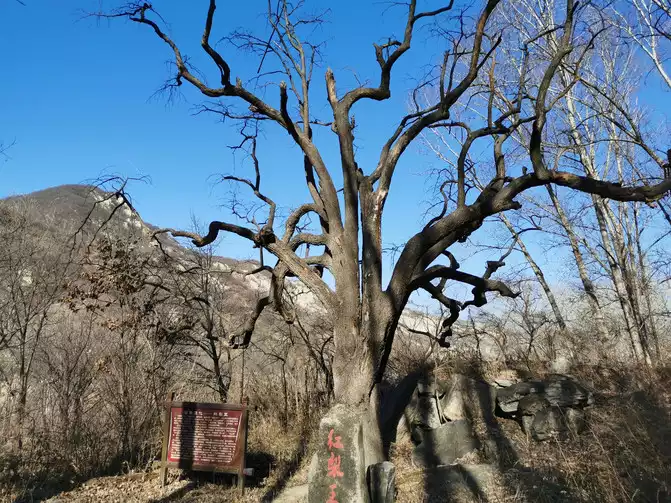
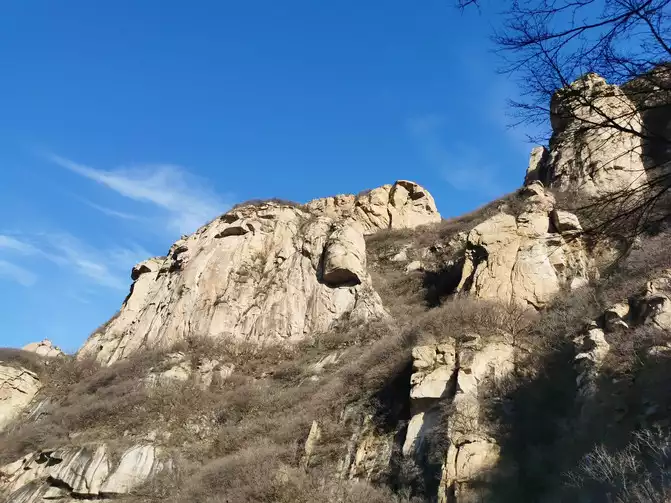
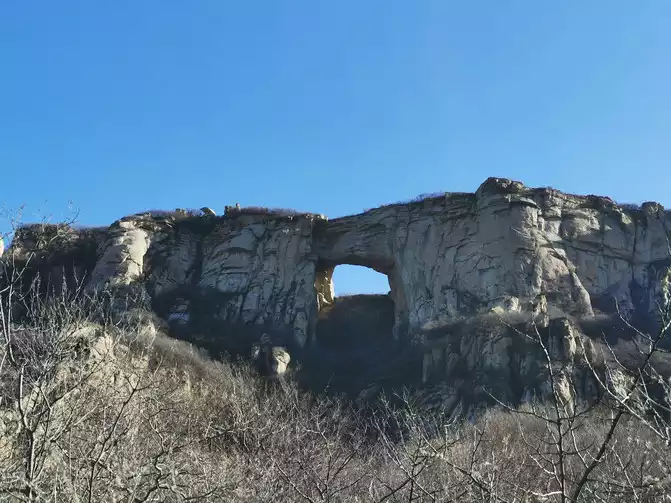
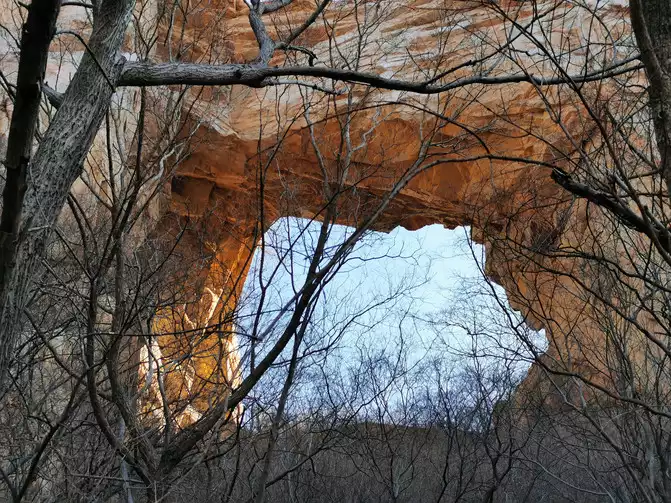
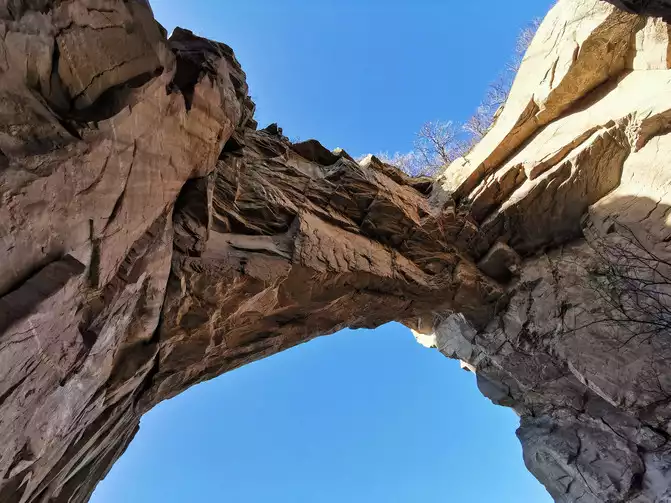
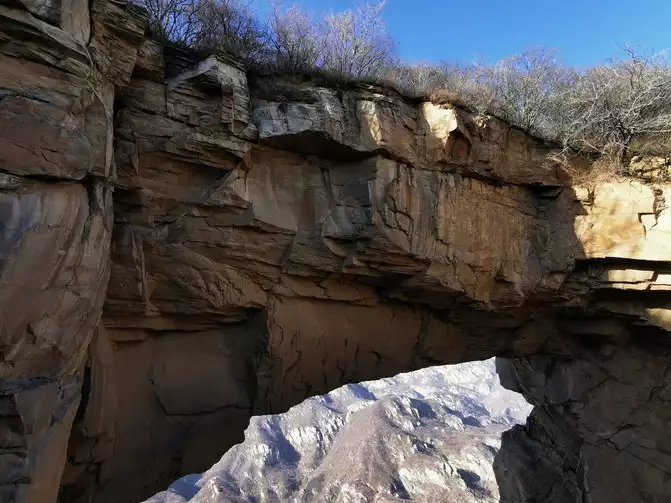
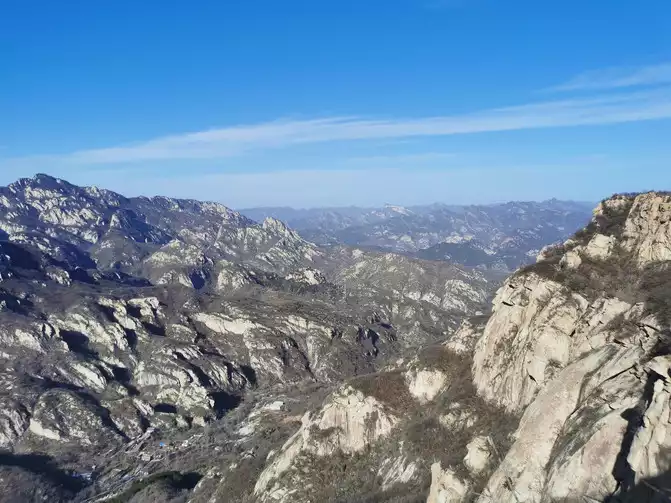
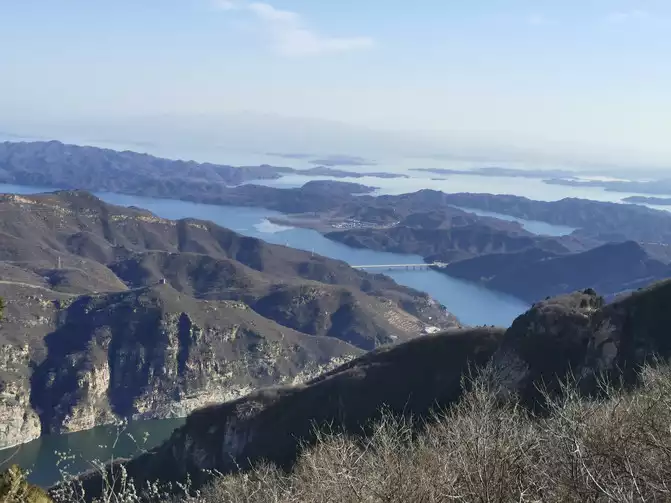
Miyun Tianmen Mountain
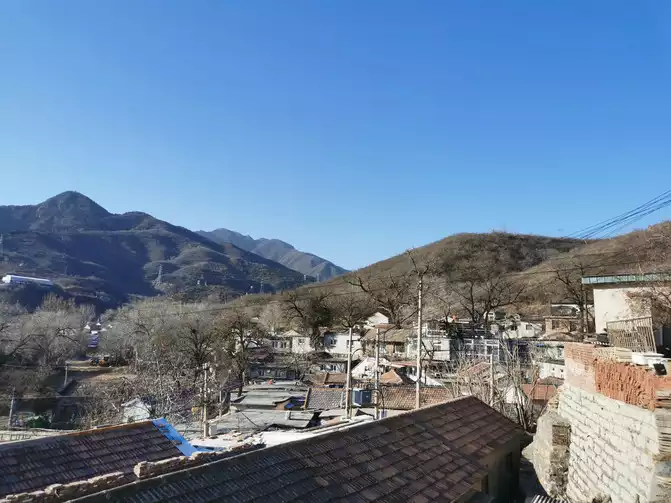
9. Villages
Cuandixia, Lingshui Village and Liuliqu are all located in Mentougou in the west of Beijing. Liuliqu Village faces the Yongding River and is backed by Jiulong Mountain, the remnant of the Taihang Mountains. It is famous for its glazed tiles. During the Kangxi period, the Liuli Kiln Factory of the Qing Ministry of Industry was moved to Liuliqu, and the glazed firing in the village became more and more prosperous. The most famous building in the village is the glazed-decorated Sanguan Street Building built during the Qianlong period of the Qing Dynasty. Ancient trees that are over a hundred years old can be seen everywhere in the village; the streets and alleys are clean and tidy, and the quiet and quiet alleys of different lengths are mostly built with bricks and stone and scattered with courtyards. Entering the village entrance, there are more bungalows as you go up the mountain. In winter, most households in the village still burn coal for heating, and there is a pile of coal at the door of almost every house. I chatted with an old man who was collecting briquettes and said that several tons of coal are burned in one winter. The ancient road around Xishan goes up the mountain through the Guandi Temple and the train railway intersection at one end, and passes the Wanyuan Tongshan Teahouse at the other end. It is almost abandoned. Halfway up the mountain, you can overlook the entire village below - in the north in winter, it is an empty and quiet mountain village. Occasionally, trains pass through...
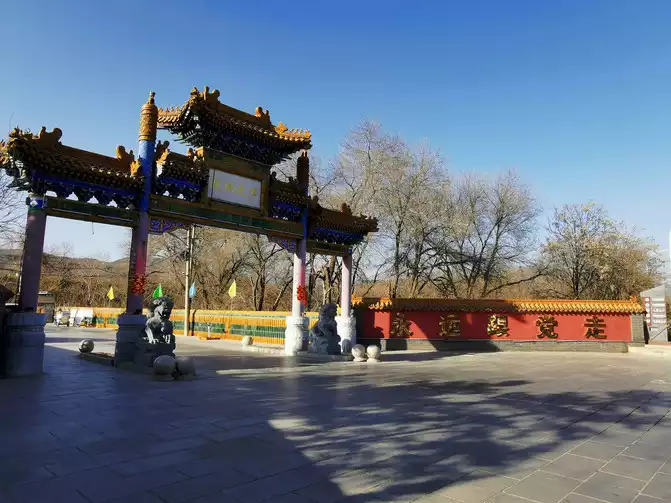
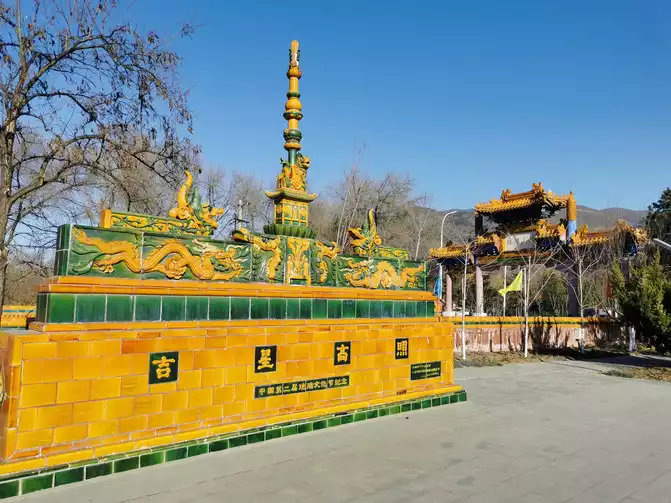
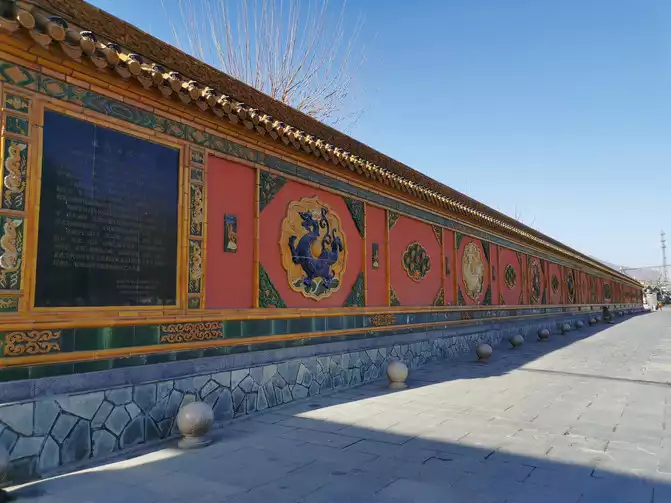
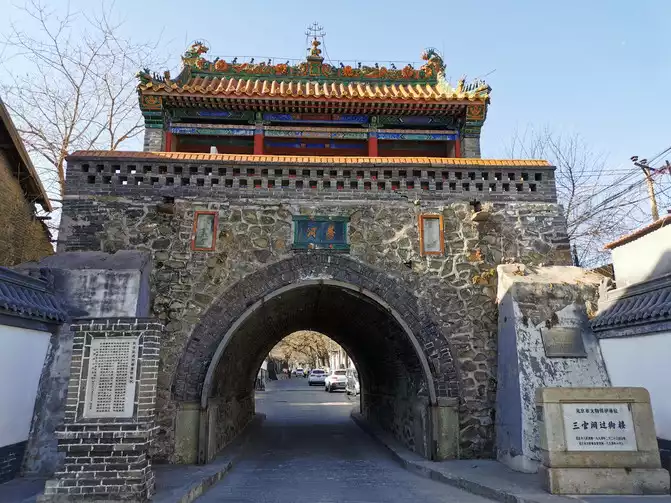
Sanguan Guojielou
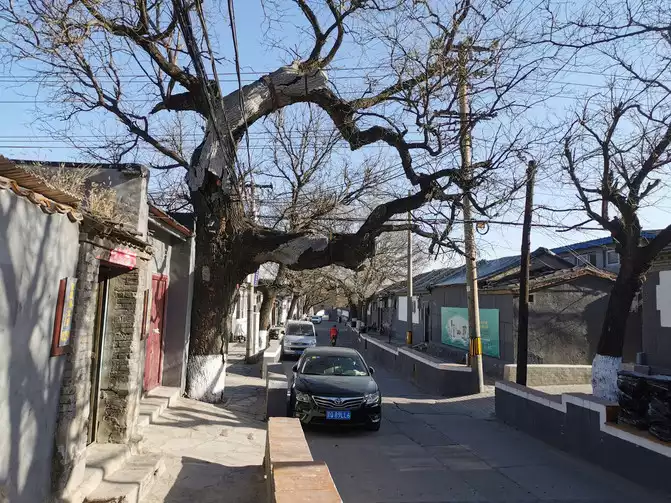
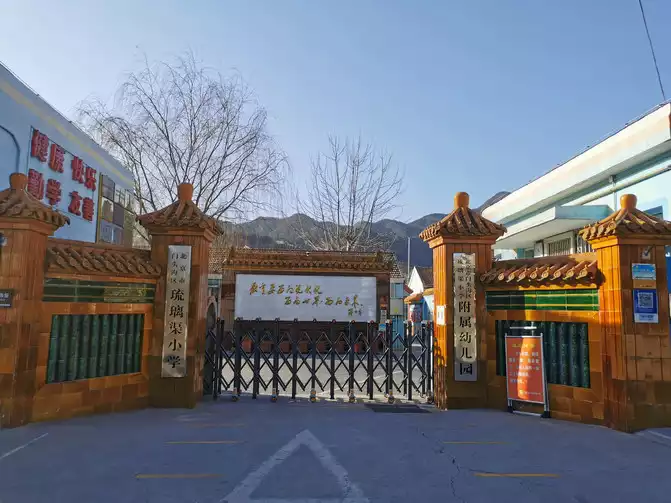
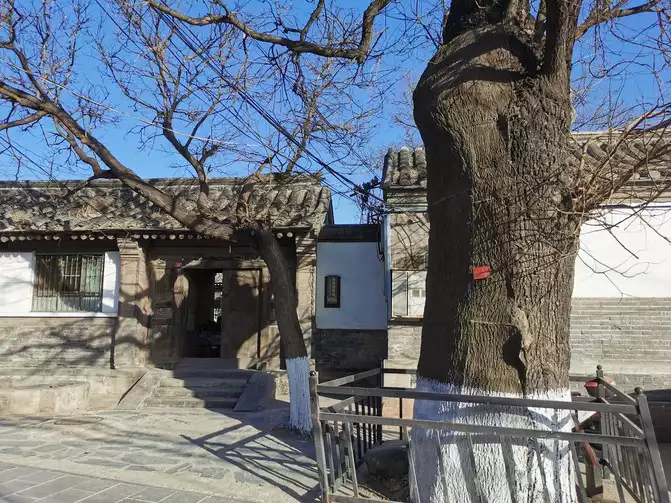
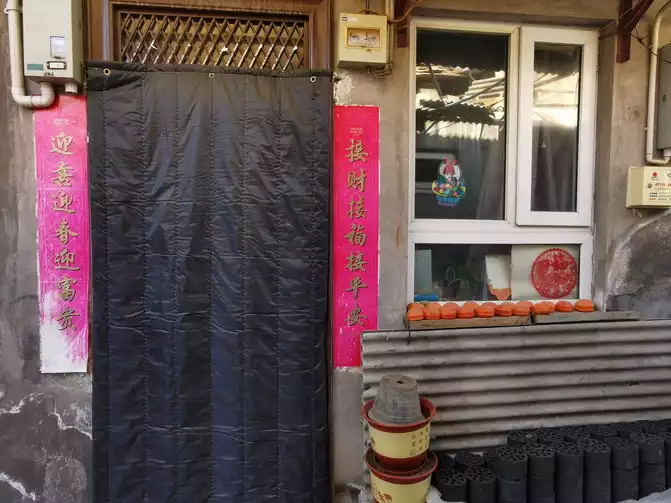
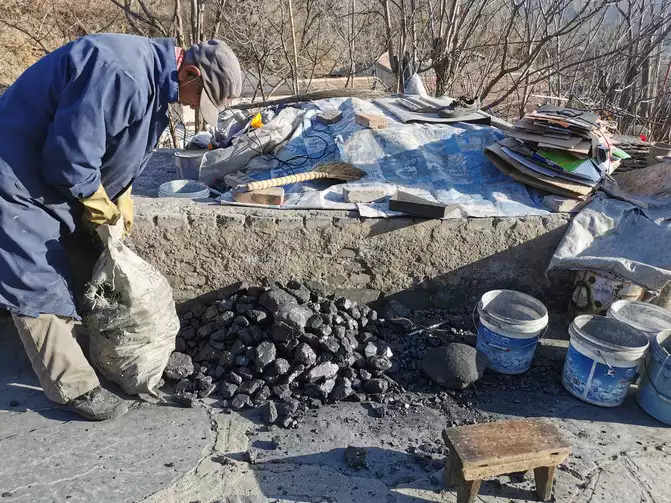
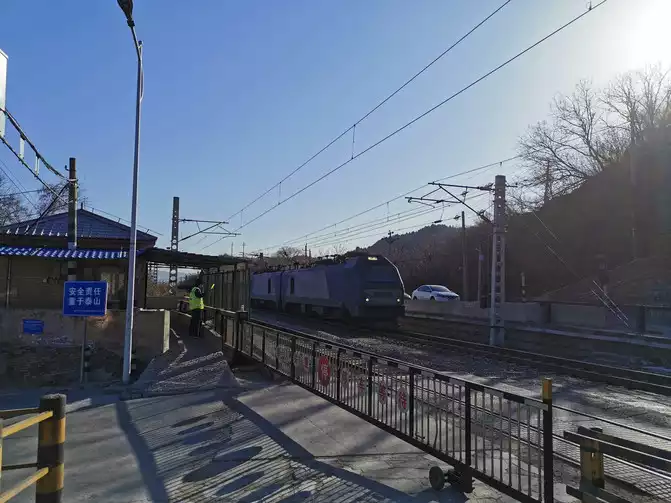
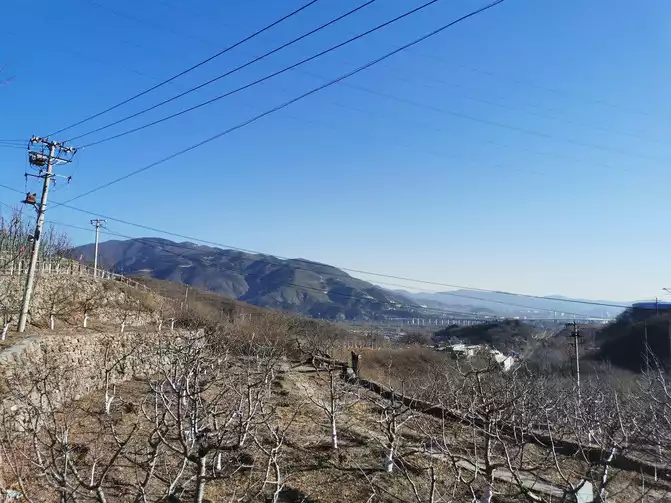
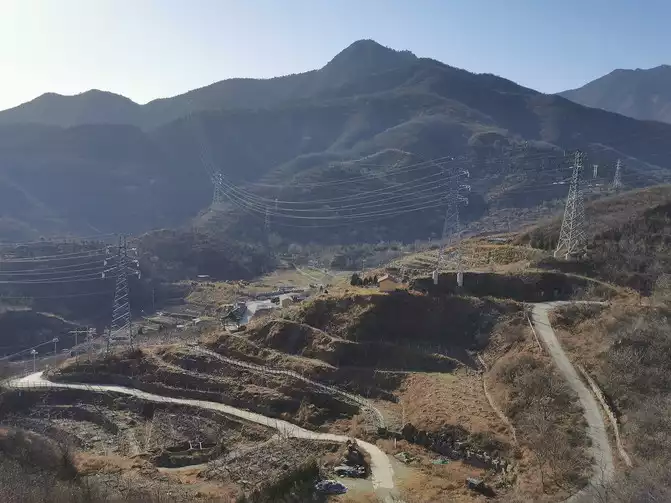
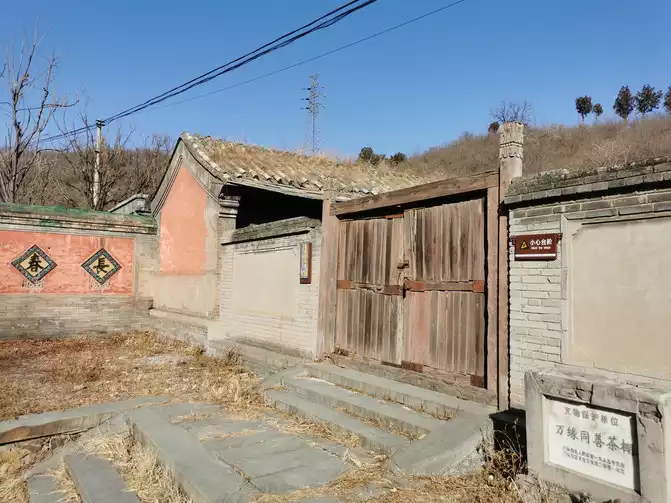
Wanyuan Tongshan Teahouse
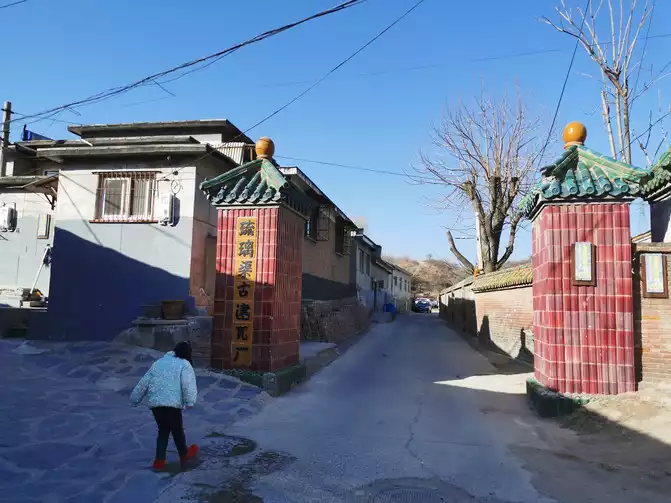
Liuliqu Village
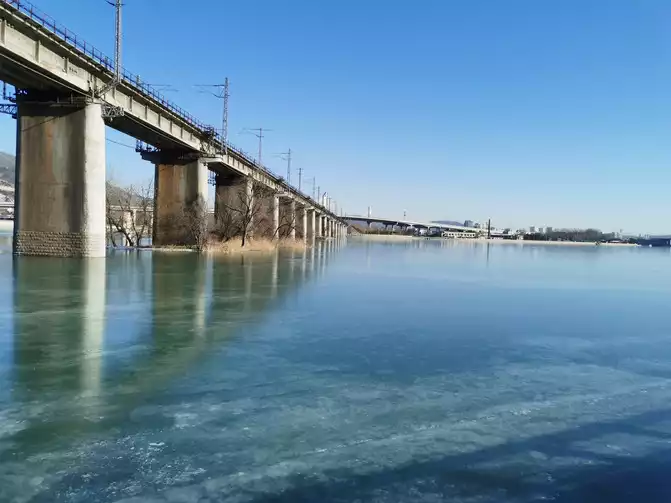
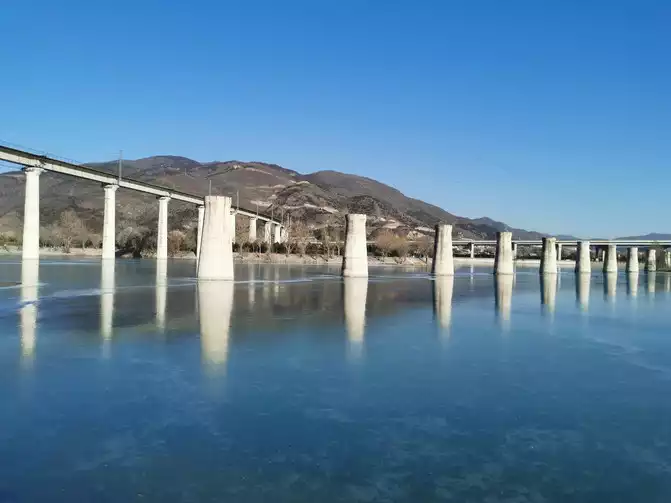
Yongding River
Cuandixia Village, how to write "Cuan"? -Yincuan probably means burning a fire under the stove, but what about under the stove? Cuandixia Village, more than two hours' drive from Beijing, passes Liuli Canal on the road to Mentougou. There is a long mountain road behind it. In the early morning, the winding mountain road is covered with clouds and mist, and the winding road goes higher and higher. When we almost started to have tinnitus, we started to climb over the mountain ridge; there were several other villages on the way down the mountain. There are not many villagers in Cuandixia, and many young people go out to work and live outside. This is generally the case in Chinese villages or ancient villages now, just like Peter Heisler's "Road to China" from the countryside to the factory more than 30 years ago... The ancient houses of the Ming and Qing Dynasties built on the mountain are scattered in high and low places; on the northern slope of the village, there is the Guan Di Temple, and on the southern slope there is the Niangniang Temple dedicated to the Immortal Mother. The winter in the North is cold and chilling. Ice drips from the mountain cliffs beyond the village entrance, and the snow in the mountain valleys has not melted for a long time...
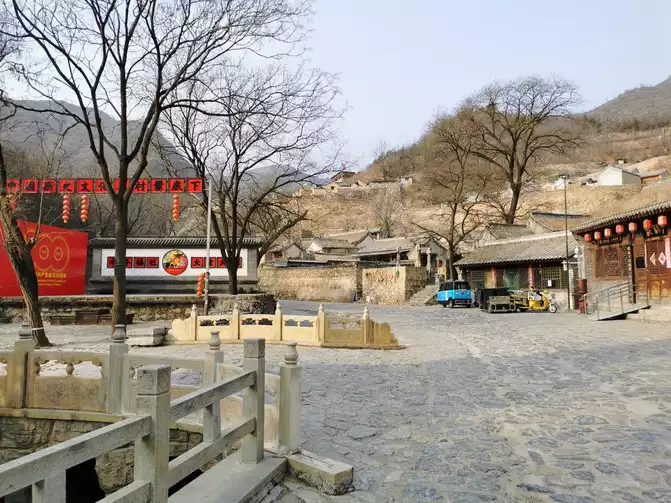
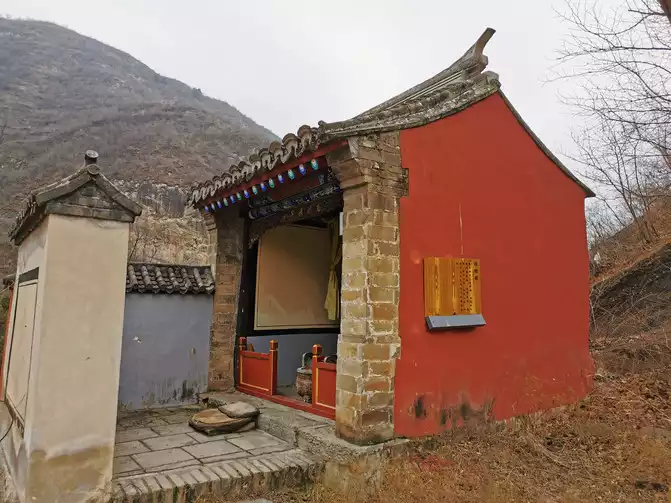
Empress Temple
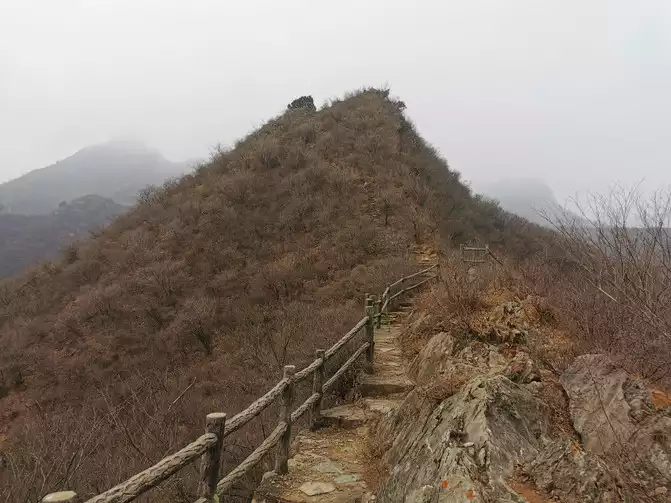
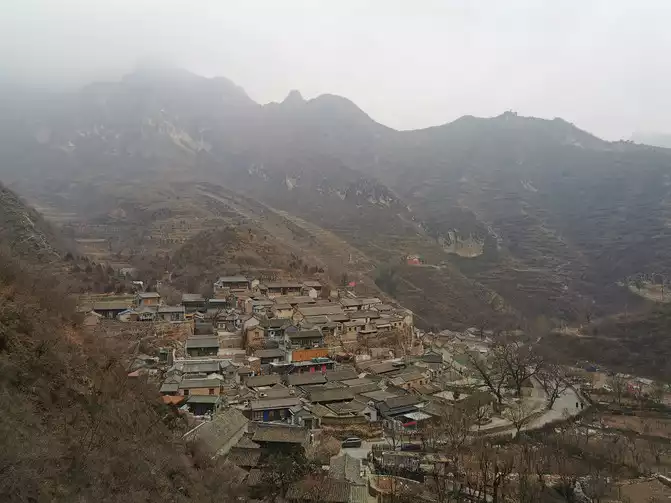
爨底下村
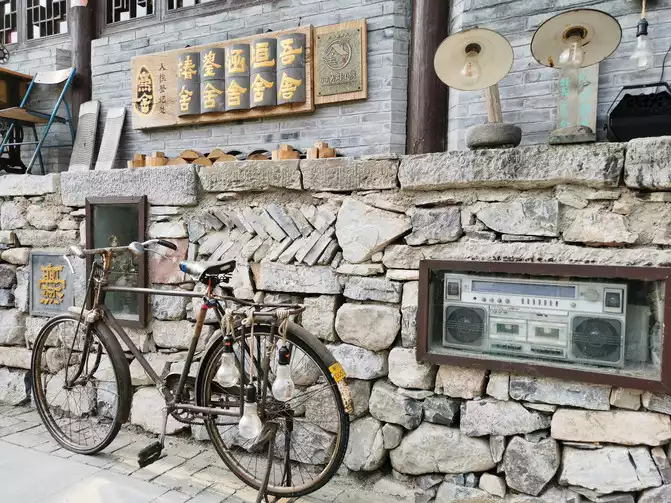
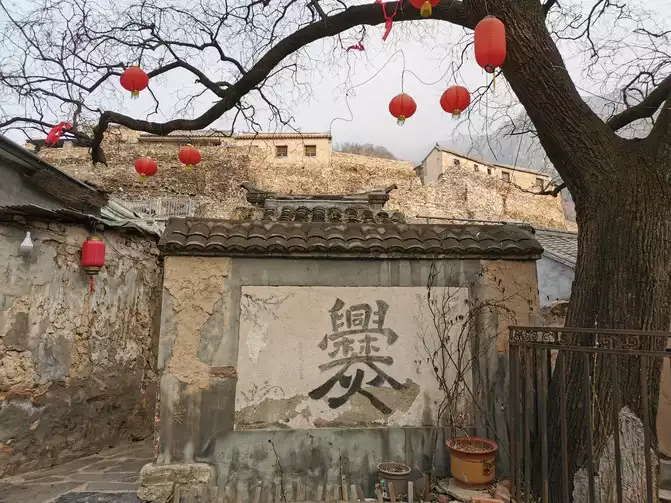
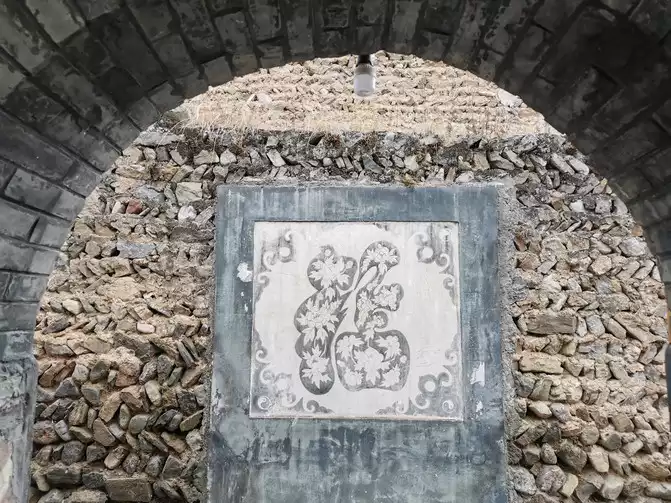
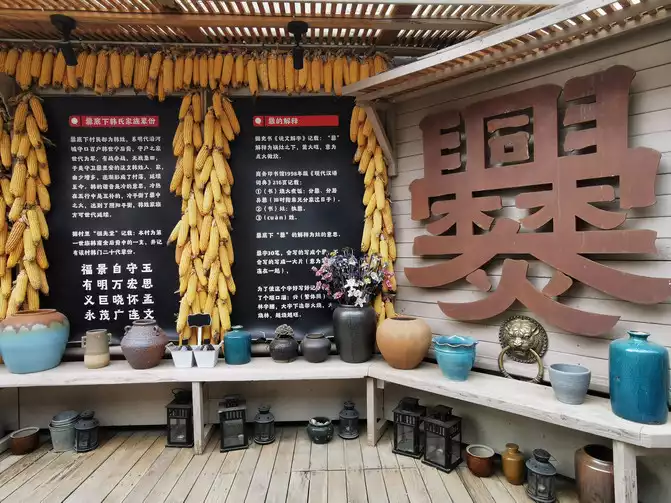
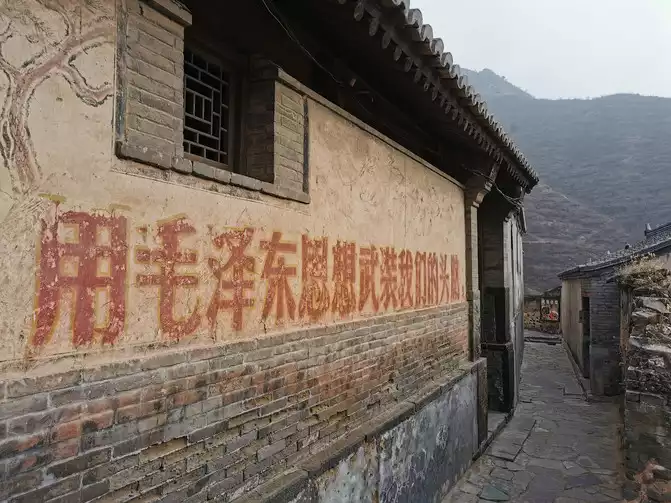
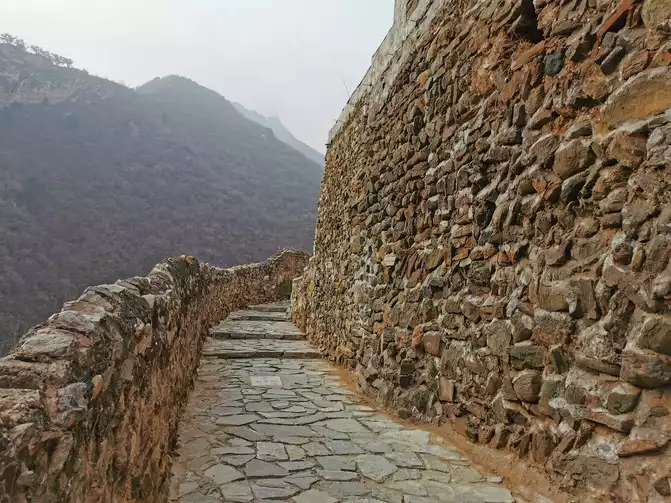
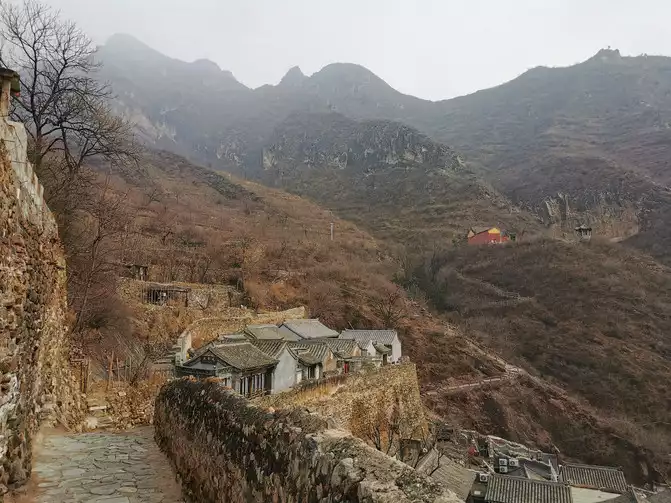
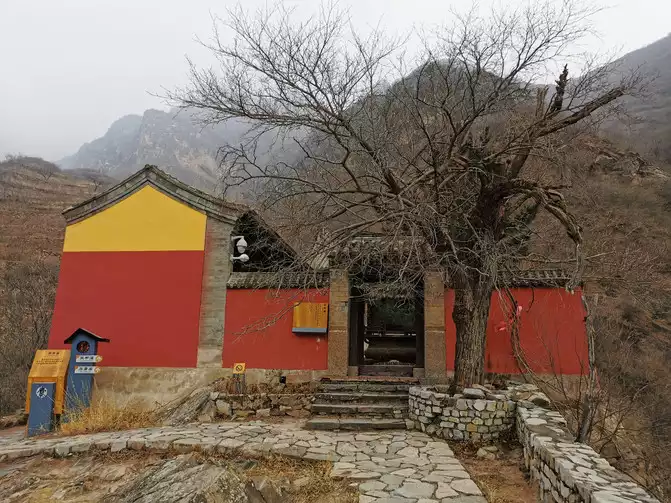
Guandi Temple
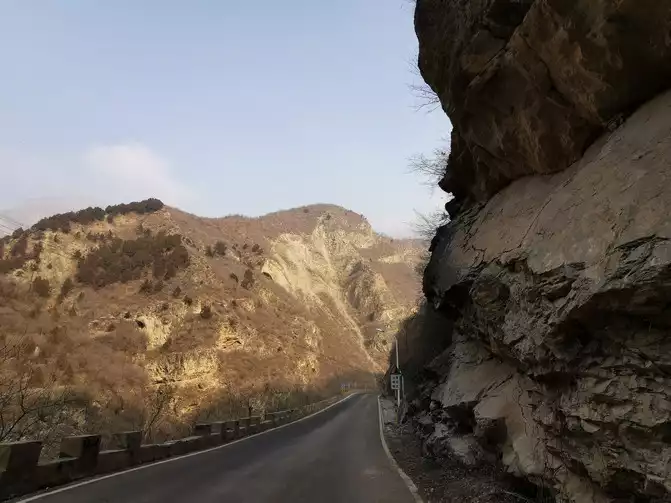
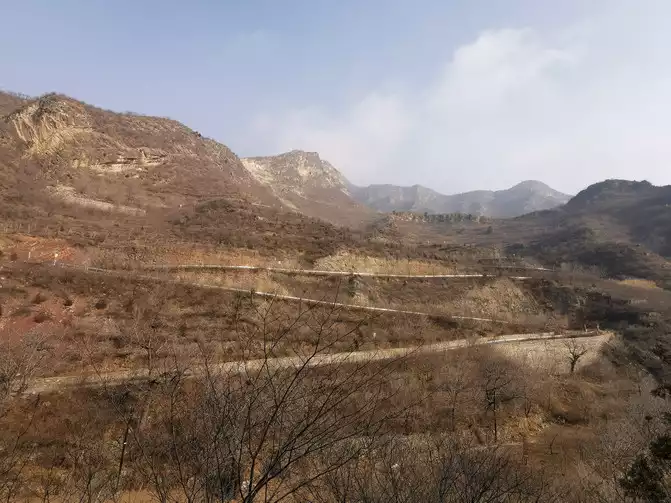
Boyutai Road
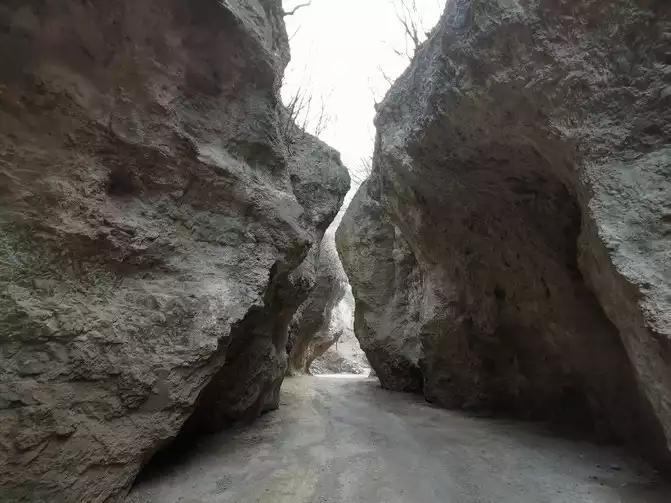
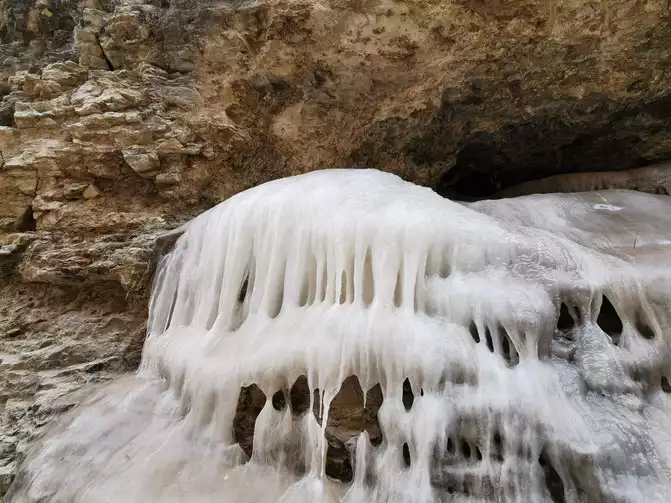
One Line of Sky
Lingshui Village is half an hour's drive from Cuandixia. The village is not too big, but it has outstanding people. It not only has many ancient trees and temples, but also has many candidates who were elected in the imperial examinations in the Ming and Qing Dynasties, so it is also called Lingshui Juren Village. You can overlook the whole village from the white-clad Guanyin Bodhisattva Temple in the middle of the mountain in the south of the village or from the Wenchang Pavilion in the northeast. From south to north, the west line of the village is lined with the Nanhai Fire Dragon Temple, Tianxian Notre Dame Temple - thousand-year-old cypresses - Baibaoyu, Baibaosang, Lingquan Temple ruins - ancient Ginkgo biloba, Wudao Temple ruins - Ganoderma lucidum, etc. There is a monument to the merits of Lingshui Juren Liu Maoheng at the entrance of the village: Liu was charitable and forgiving by nature, respectful of heaven and diligent in the people. When a famine occurred in Shanxi Province when he was the magistrate of Fenzhou, he spent almost all his salary to help the victims. He died of illness on his way back to Beijing after overwork. More than ten thousand people in Shanxi mourned him...
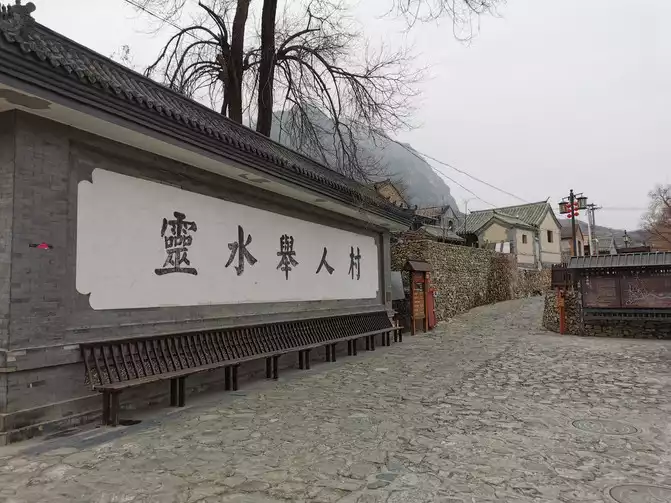
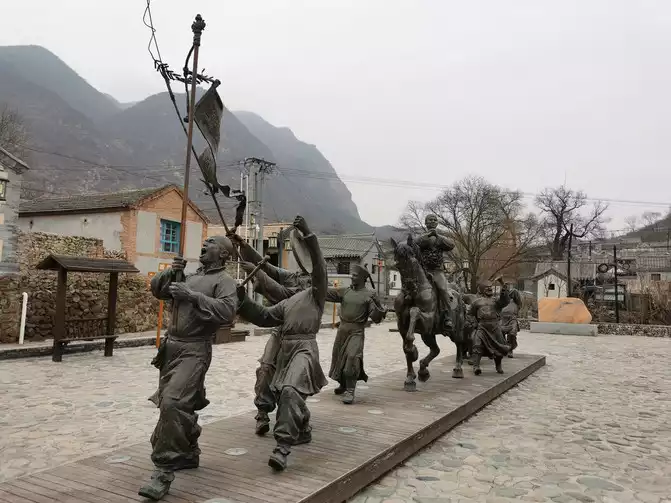
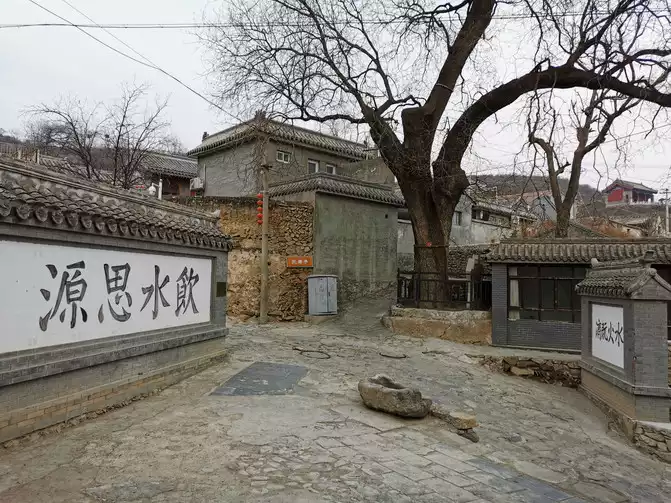
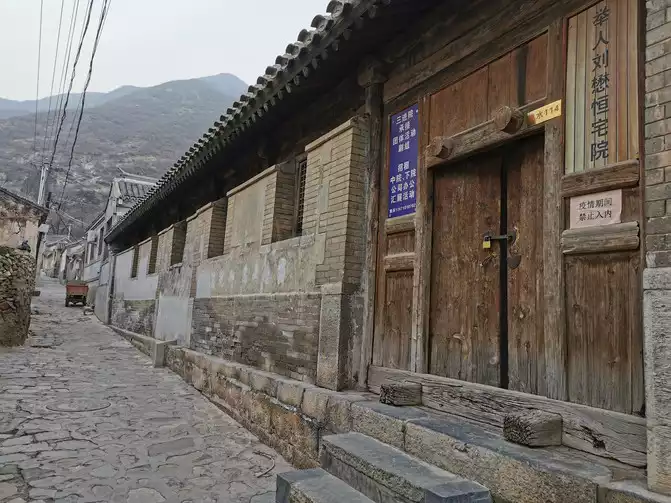
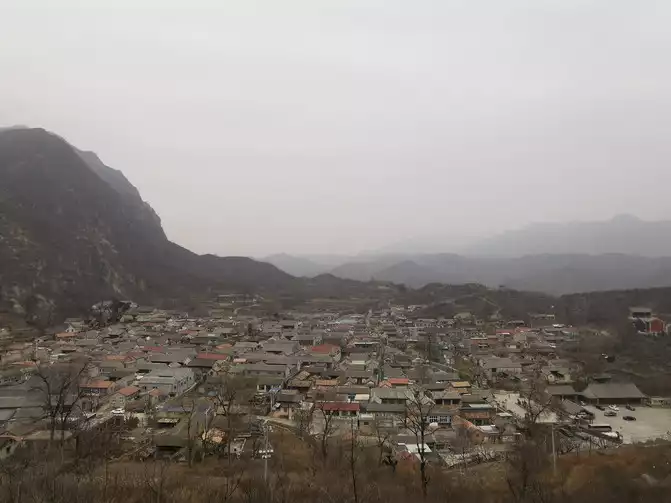
灵水村
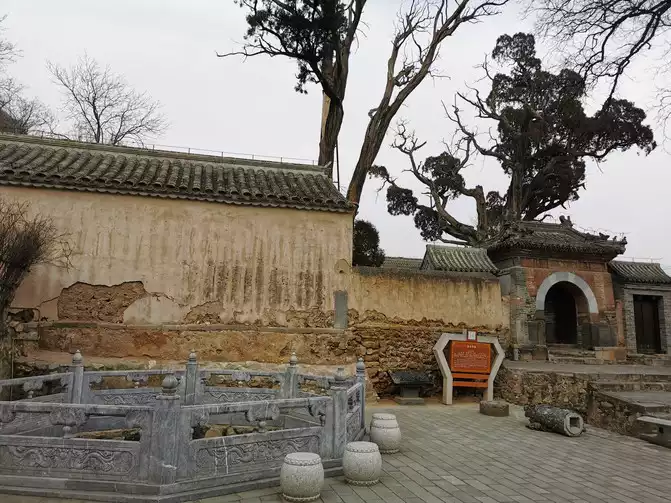
Dragon King Temple--Octagonal Dragon Pond
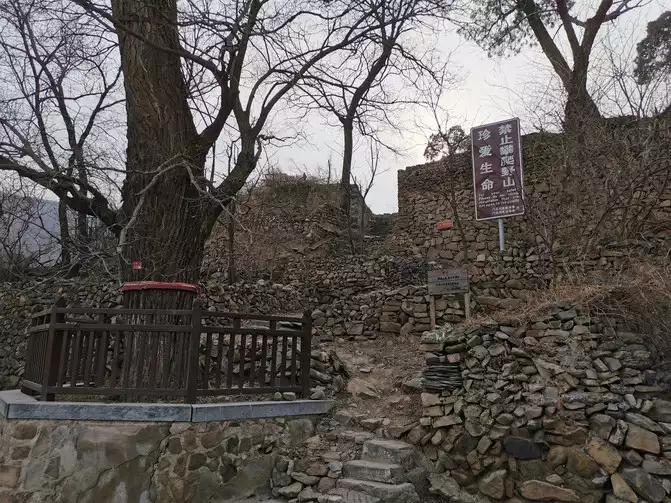
Millennium Sophora japonica
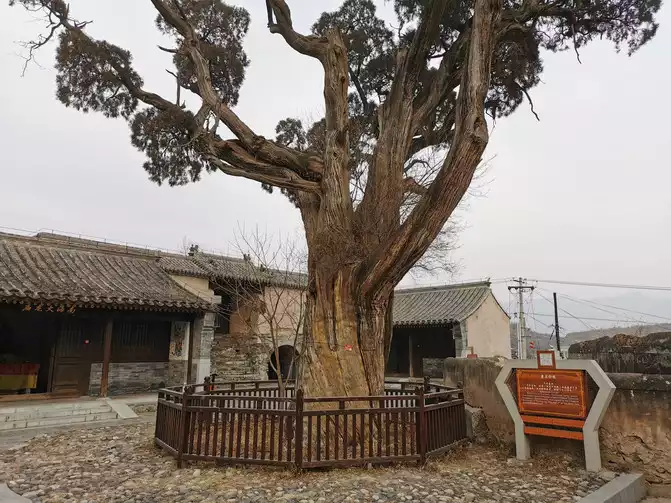
Thousand-year-old cypress - Cypress mulberry
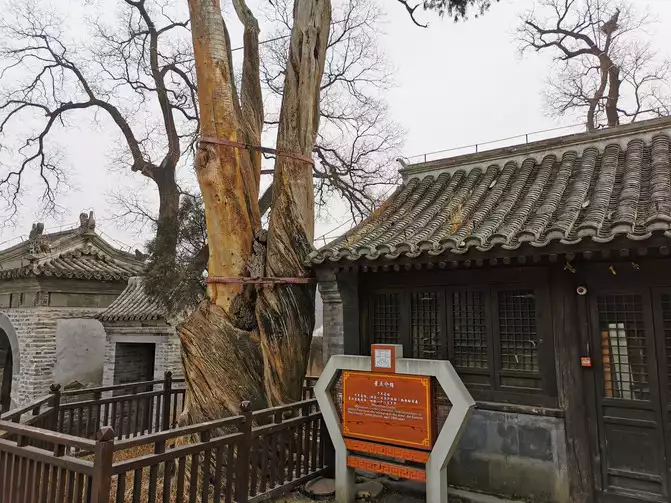
Thousand-year-old cypress - Baibaoyu
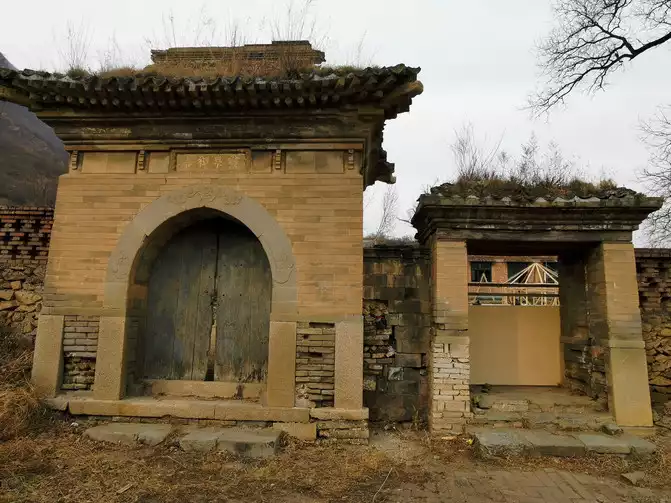
Lingquan Temple Ruins
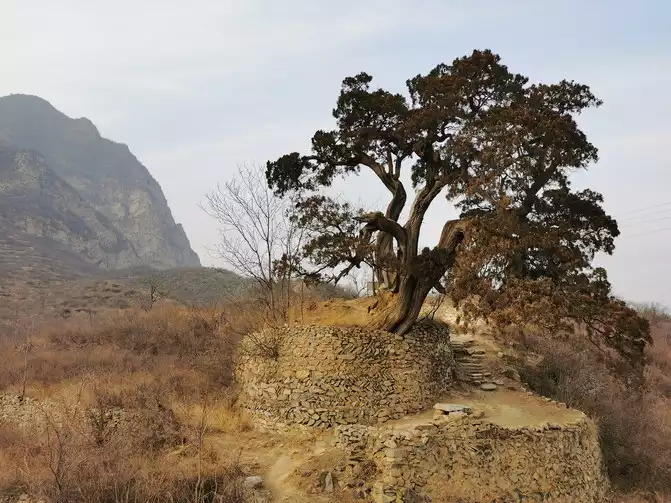
Ganoderma cypress
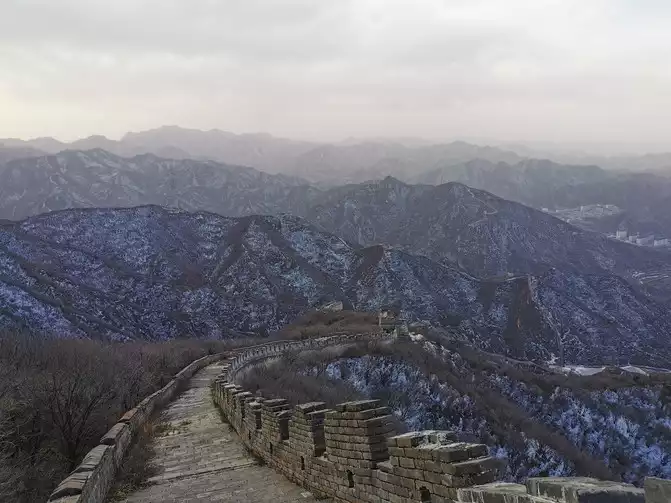
10. The Great Wall
Qinyuanchun. Snow: Northern scenery, thousands of miles of ice, thousands of miles of snow drifting. Looking inside and outside the Great Wall, there is nothing but vastness; the rivers are flowing up and down suddenly. The silver snake dances in the mountains, and the original wax figure wants to compete with the gods. It must be a clear day, and the red makeup looks particularly enchanting. The country is so beautiful that it has attracted countless heroes to bend over...
The Badaling Ancient Great Wall is the Yanqing Remaining Great Wall. It takes the western route and climbs over the beacon towers along the battlements. Finally, from the Huajia Yaozi section, you will reach Shixiaguan and Bangshuiyu Village. The snow in the mountains has not yet melted, and some sections of the Great Wall are covered with snow and ice. Many sections of the Great Wall have no steps. It is not recommended to walk this route on rainy or snowy days - it was a cool and windy day, especially after most of the way down, I finally understood what the cold wind was. Fortunately, I was almost down the mountain. After the wind went down - in the valley, people could not stand still... When we came, the sky was still covered with thick gray clouds. , when the north wind went down the mountain, it turned out to be blue sky, white clouds, and clear sky...
Although Badaling has high mountains and lofty mountains, the Great Wall is also impregnable, but when the king of Chuang Li Zicheng led his army to break into Beijing, he broke through the gap in Yanqing Great Wall and entered Beijing through Juyongguan. "From the Spring and Autumn Period, through the Qin and Han Dynasties, to the Liao and Jin Dynasties, to the Yuan and Ming Dynasties, there were countless generals, officers and soldiers, and hundreds of workers... across the steep mountains, through the wasteland, across the vast sea, through the cliffs, and across hundreds of thousands of miles. Looking forward to the endless dragon beacon stacks, and the heroic passes..." The kings and dynasties almost all built the Great Wall to protect the country, consolidate the people's security, and survive forever, but the actual outcome is that there is no It is no exception and so sad - no matter how strong the Great Wall is, the changes of dynasties are still like the passing of time and the cycle... "All true beauty must be dyed with a sad color", the beauty of the Great Wall is probably like this... From the perspective of history, it seems that the Great Wall that should be built in the heart is more solid than the one on the mountain...
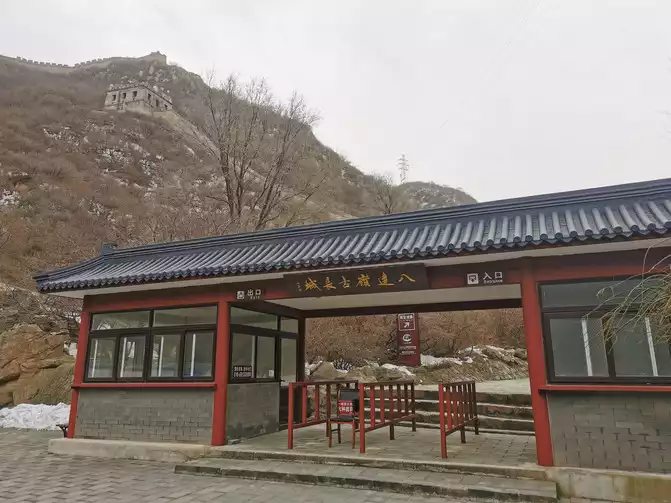
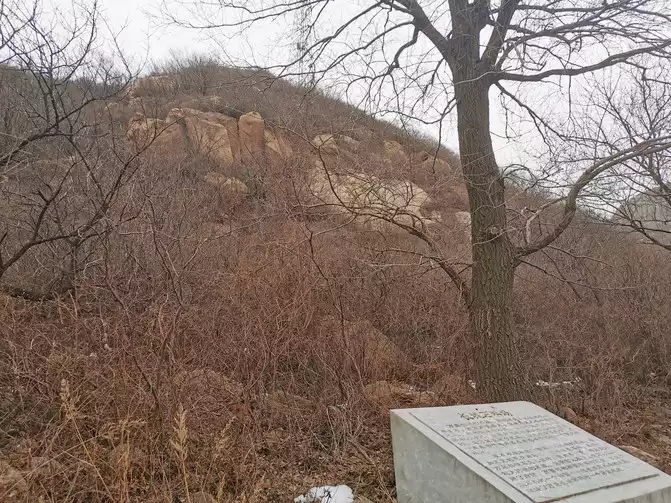
The remains of the Great Wall Stone Factory
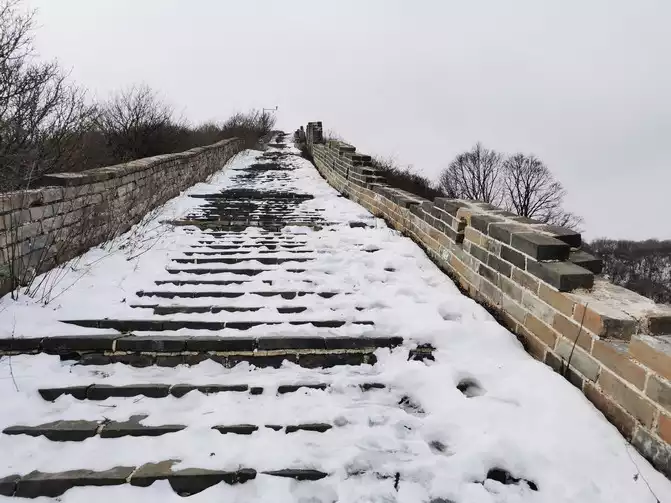
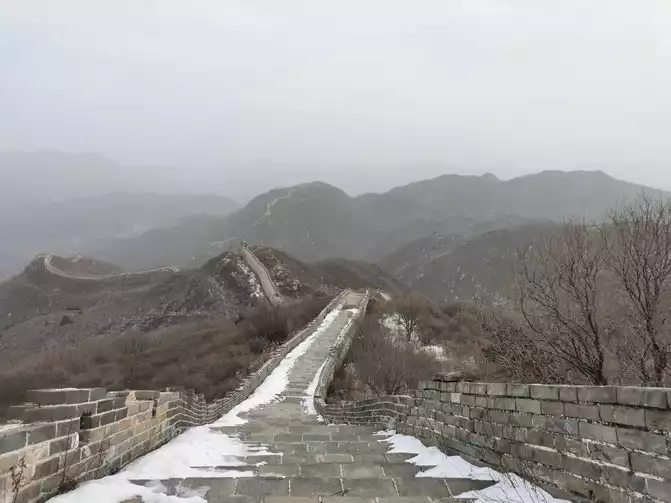
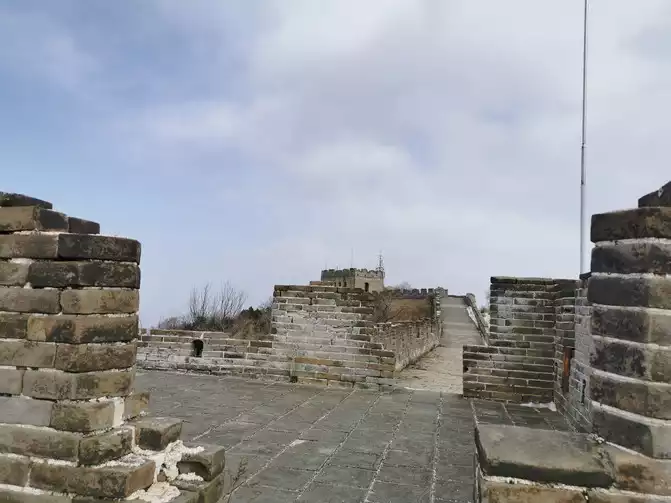
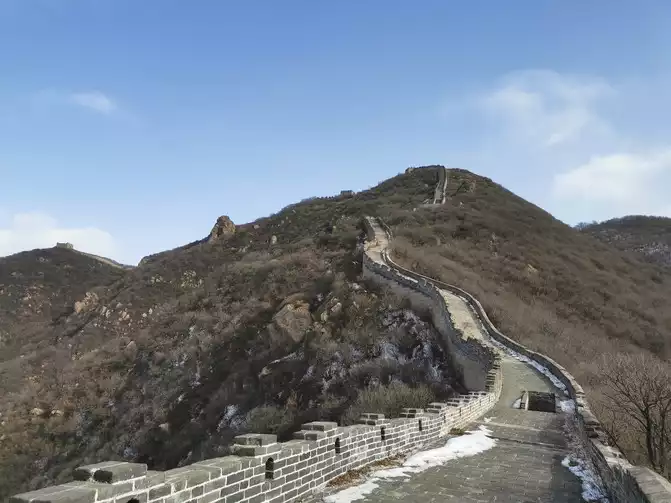
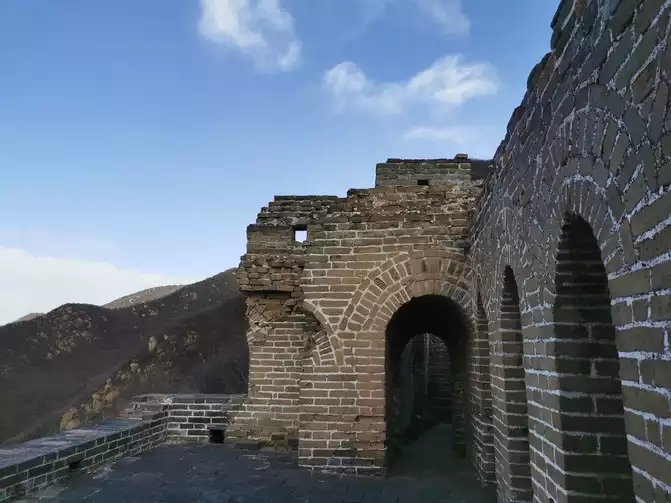
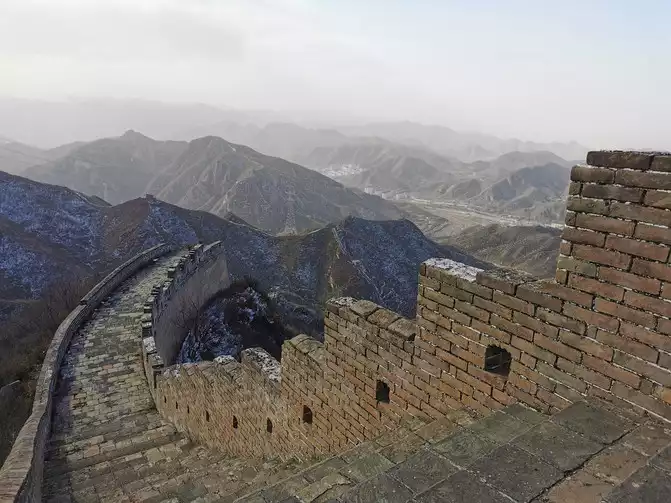
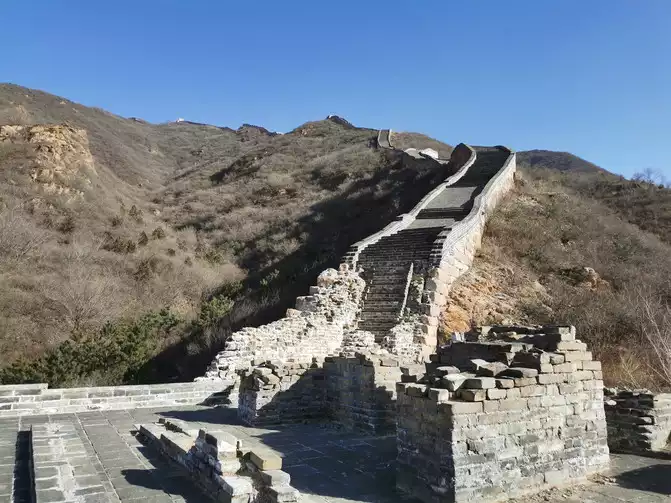
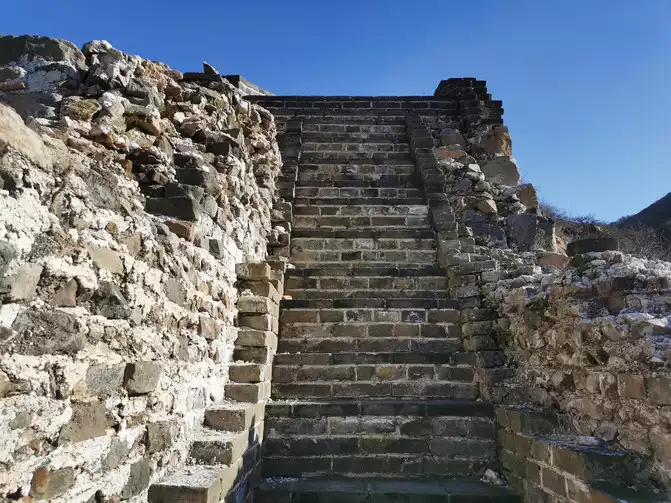
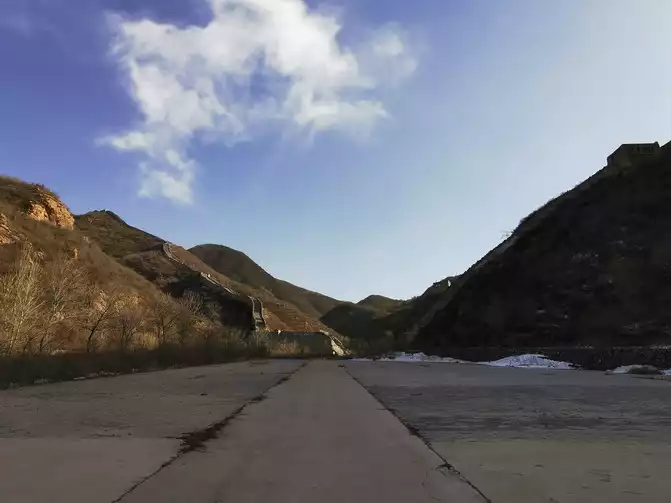
Badaling Ancient Great Wall
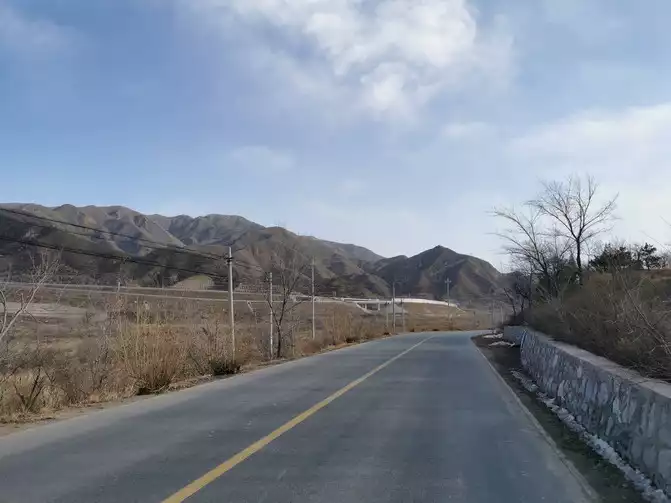
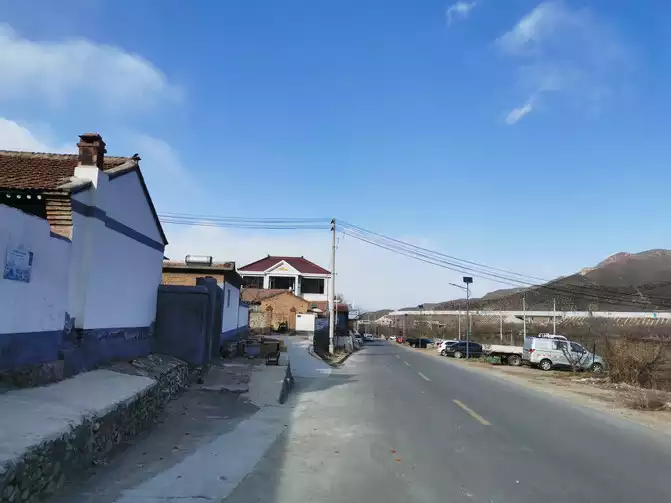
Bangshuiyu Village
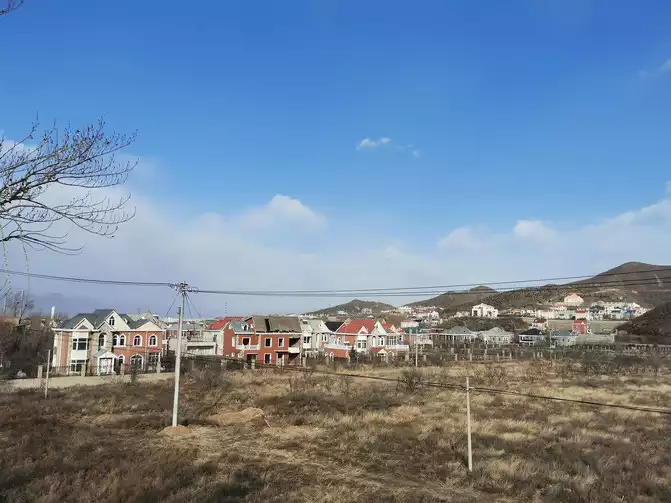
The Badaling Great Wall
Juyongguan has been around since the Qin Dynasty. It is located in Changping District, northwest of Beijing. "Juyongguan is one of the nine fortresses in the world". It is a dangerous place in the world and a battleground for military strategists of all ages. In October, the sky is high and the air is crisp, especially when you climb to a high place and look at the red and yellow light dyeing and wild autumn colors in the valley on the west side under the city wall...
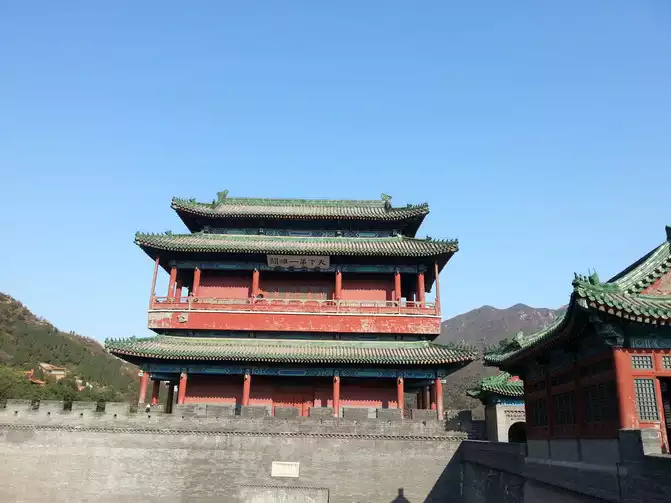
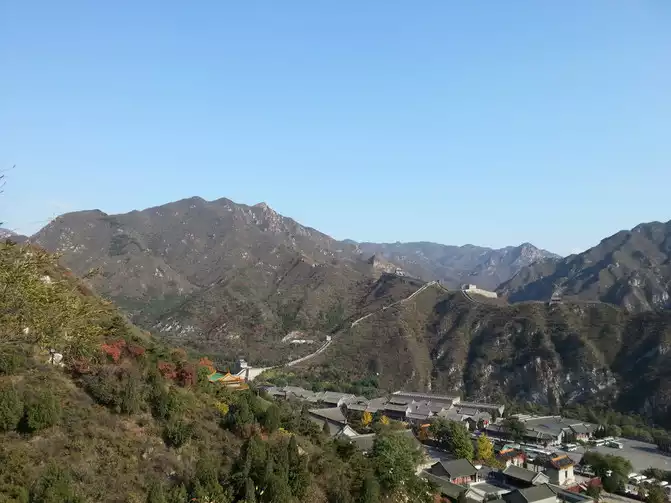
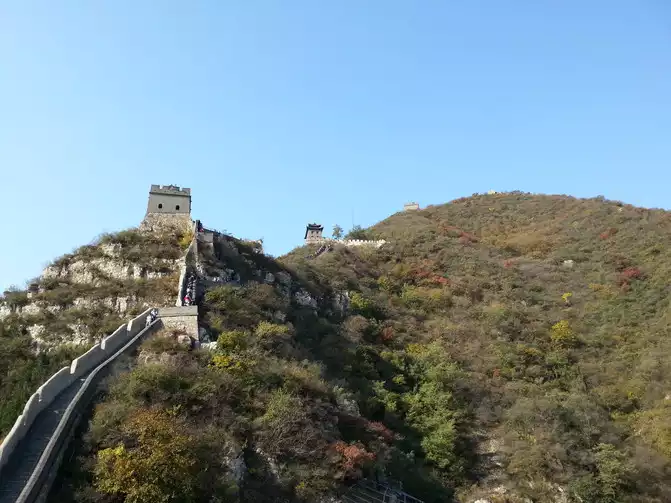
Juyongguan
The Huanghuacheng Water Great Wall, located in Huairou, was built during the Yongle period of the Ming Dynasty. There are still hundreds of acres of Ming Dynasty chestnut gardens under the Great Wall... Later, a dam was built downstream to intercept the flow and store water to form a reservoir. When the water level rose, part of the Great Wall was submerged underwater. At three or four o'clock in the winter afternoon, the slanting sunlight shines on the rolling mountains, spreading warm orange. In the vast blue sky and clear water, the golden Great Wall on the ridges winds and disappears into the endless distance of the mountains...
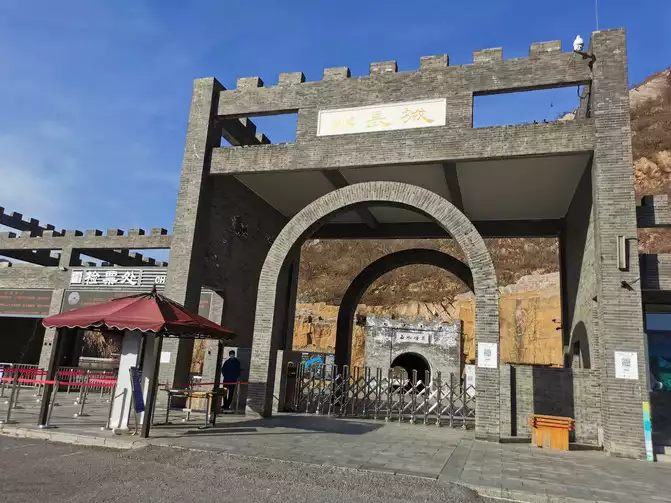
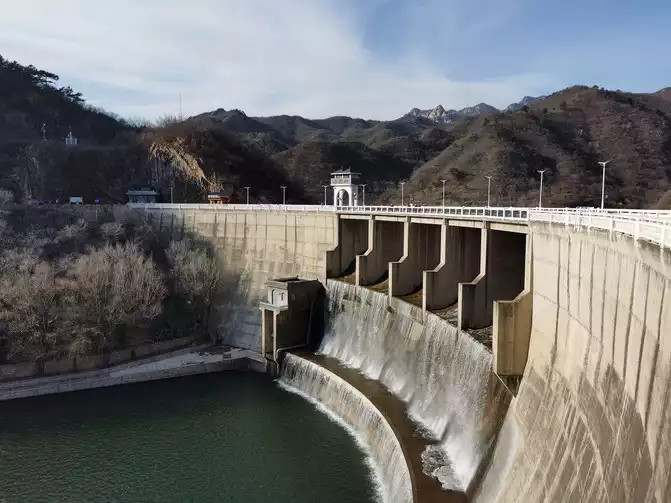
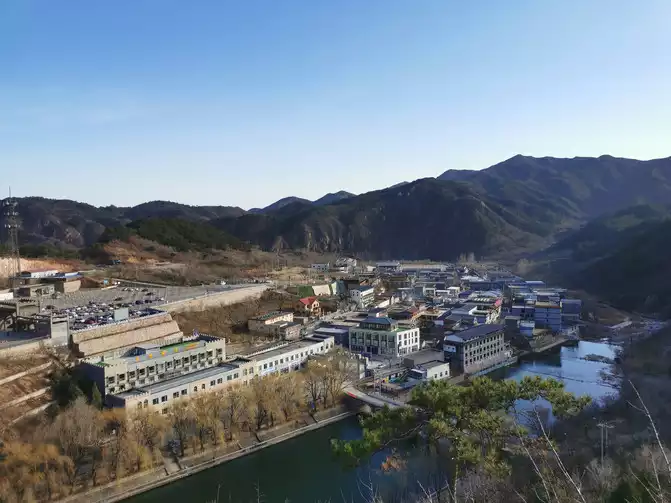
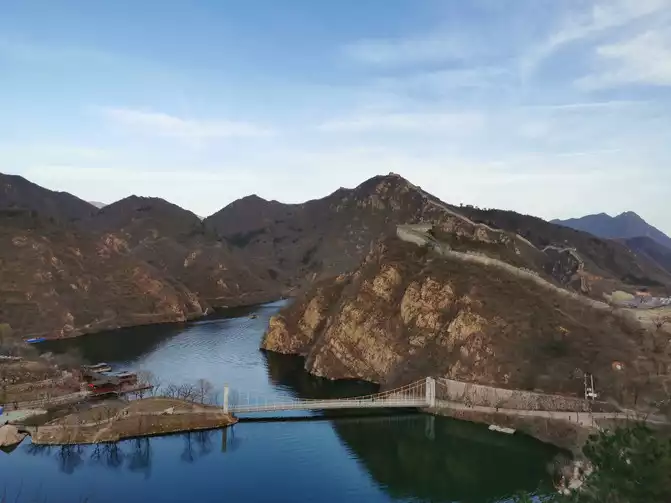
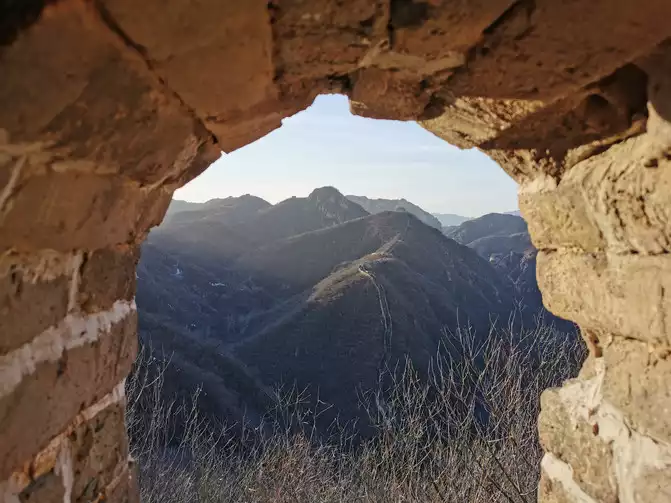
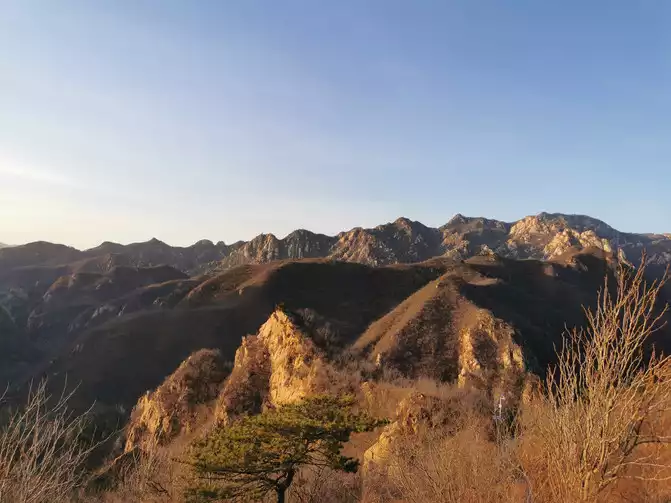
Huanghuacheng Water Wall
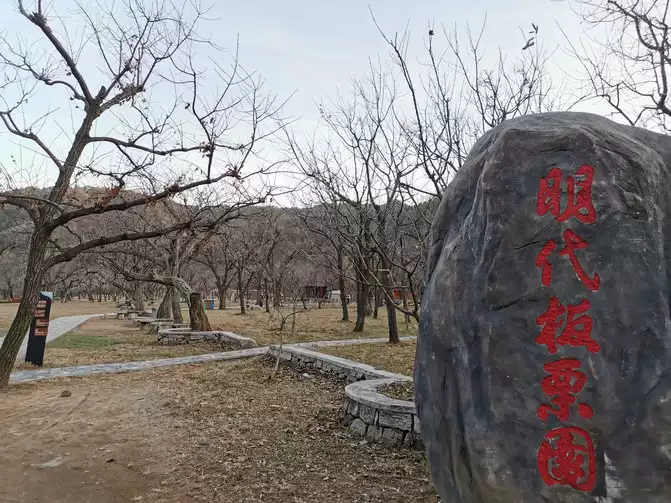
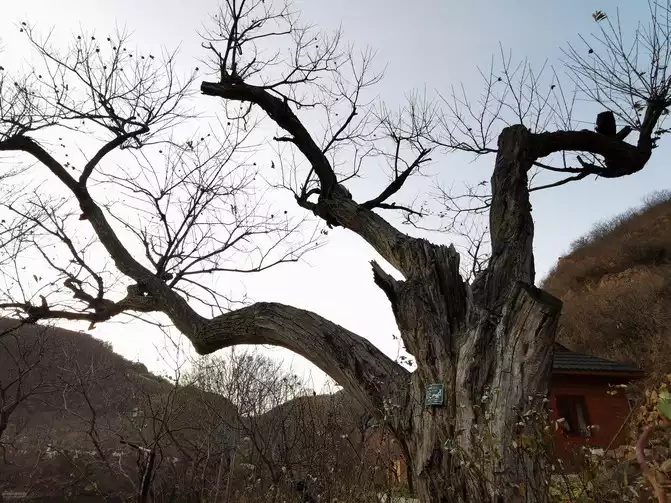
Chestnut Garden of the Ming Dynasty
The Mutianyu Great Wall was built on the site of the Great Wall of the Northern Qi Dynasty by Xu Da, the founding hero of the Ming Dynasty. It is connected to Gubeikou in the east and Badaling in the west; the Mutianyu Great Wall is the only one that is beautiful - I don’t know where it comes from, but it is true. Therefore, the mountain is relatively gentle - at least the open part of the scenic spot is so. The back part is more undeveloped and unopened, but the broken bricks and broken walls are more representative of the vicissitudes of time, and the mountains and plains inside and outside the Great Wall are covered with green vegetation...
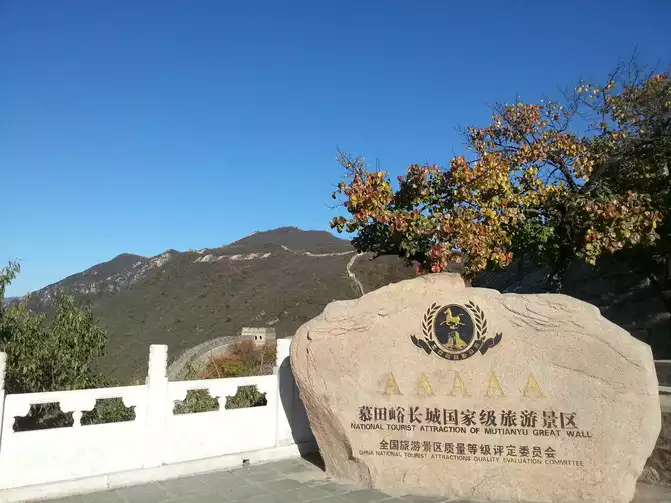
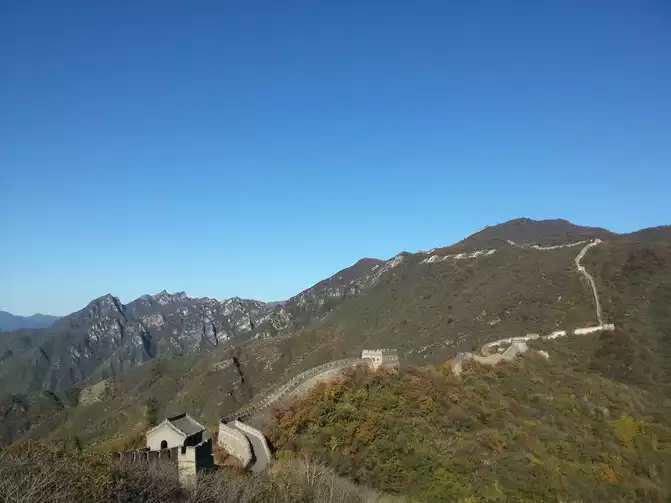
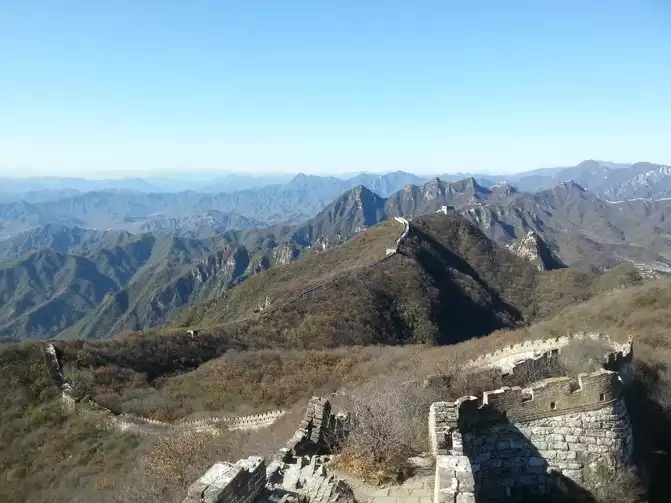
Mutianyu Great Wall
China's Great Wall is the tallest in the world, and Simatai Great Wall is also the tallest in China - Luo Zhewen
Simatai Great Wall is located in Gubeikou Town, Miyun District. It was built in the early years of Hongwu in the Ming Dynasty and was renovated and improved by Qi Jiguang, the commander-in-chief of Jizhen during the Wanli Period. The foot of Simatai Great Wall is adjacent to Gubei Water Town, and there is a dedicated bus service from Dongzhimenwai Bus Station to Gubei Water Town. Walking to the end of Gubei Water Town is the ticket gate of the Great Wall. We started going up the mountain at about 2:30 in the afternoon. It was windy and cold, and we almost didn't stop. It took about an hour to reach the highest point of the 10th-floor beacon tower. There was no opening behind it, so we couldn't get to Wangjing Tower. When going down the mountain, a staff member said that there were only three tourists on the tenth floor today. After chatting with an old man for a while, he pointed to the mountain col in the distance: Well, our home is over there, in another town in Gubeikou Town. I don’t know how we got to this mountain before... On the horizon, the sun has converged on its previous dazzling and cold light, and is slowly moving towards the mountain. The distant mountains sank, and the afterglow of winter dyed the sky, the Great Wall, and the undulating peaks orange... Finally, this touch of orange disappeared with the afterglow... At this time, the Gubei Water Town at the foot of the mountain, the scattered lights of people in the mountain col in the distance, and the stars in the night sky in the north of Saibei began to shine brightly...
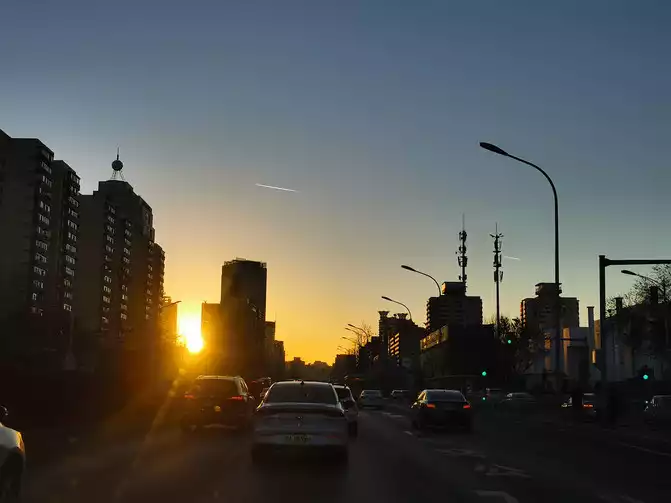
The sunrise at the North Fourth Ring Road in the early morning
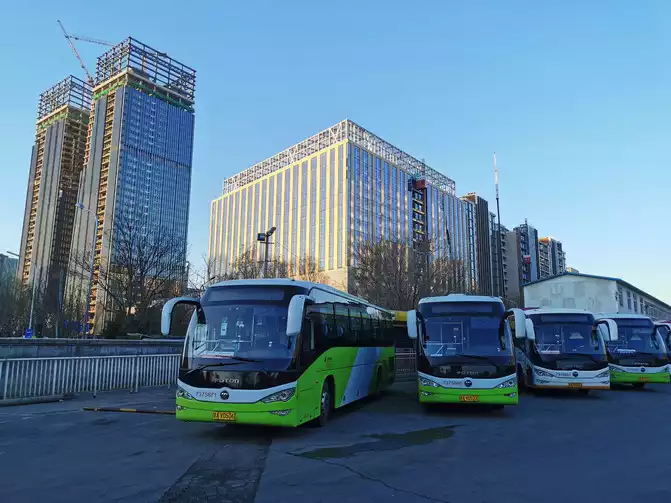
Outside Dongzhimen
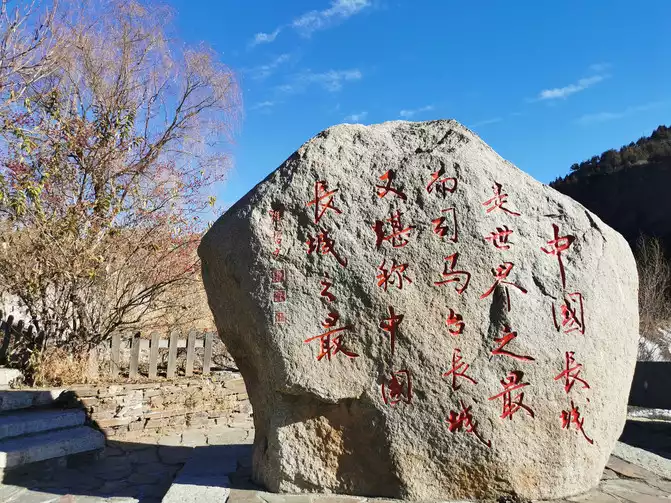
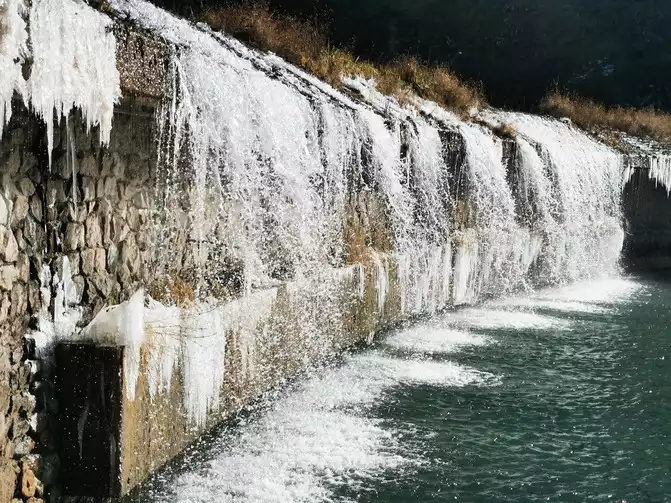
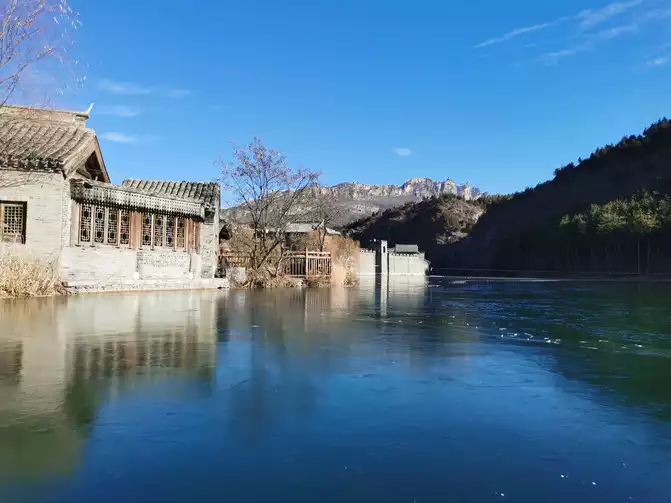
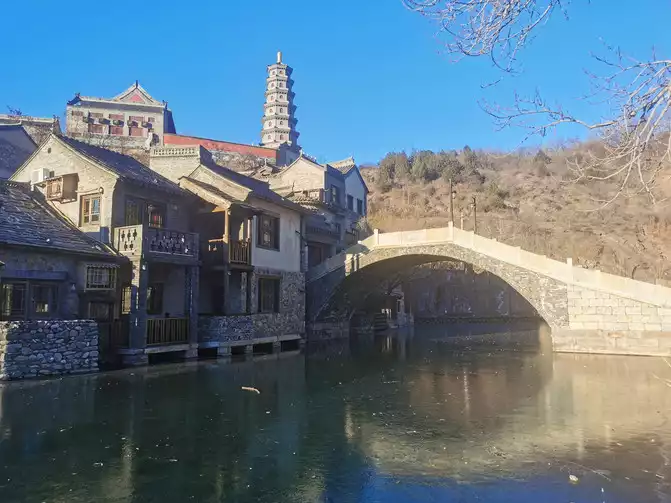
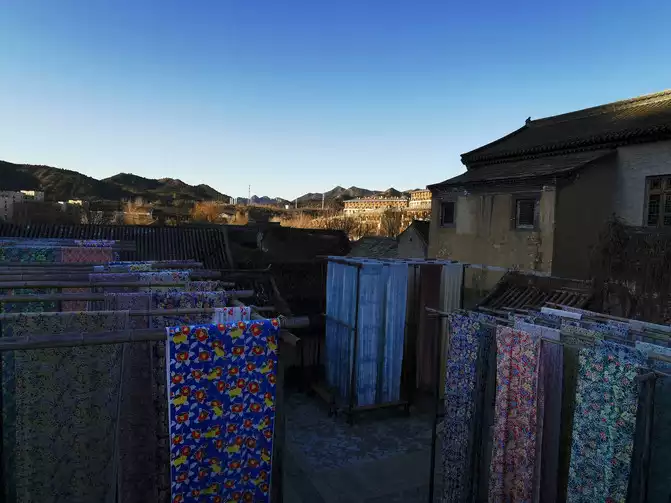
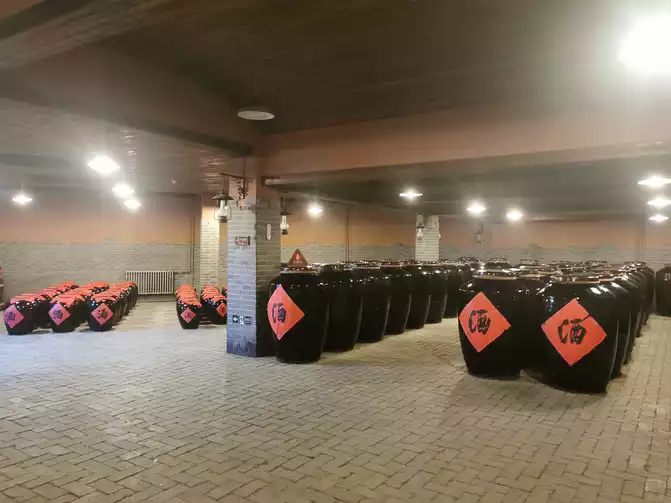
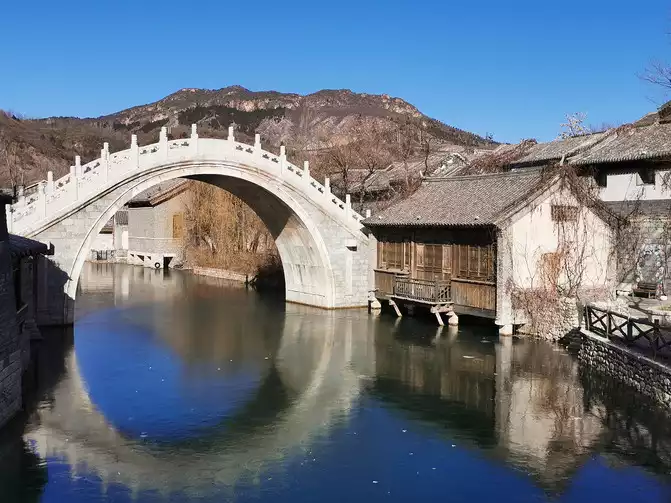
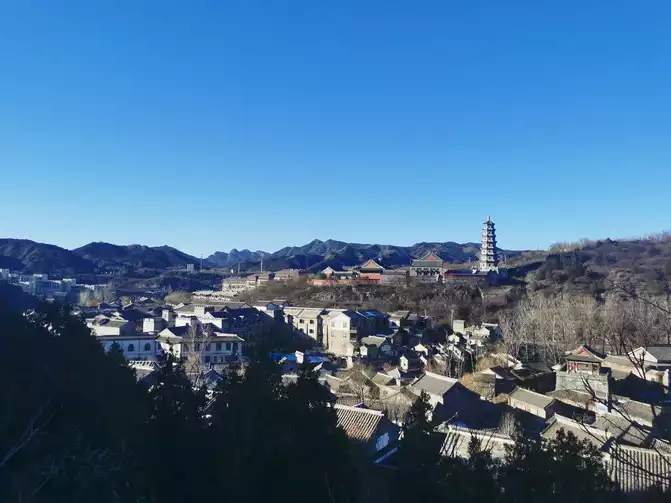
Gubei Water Town
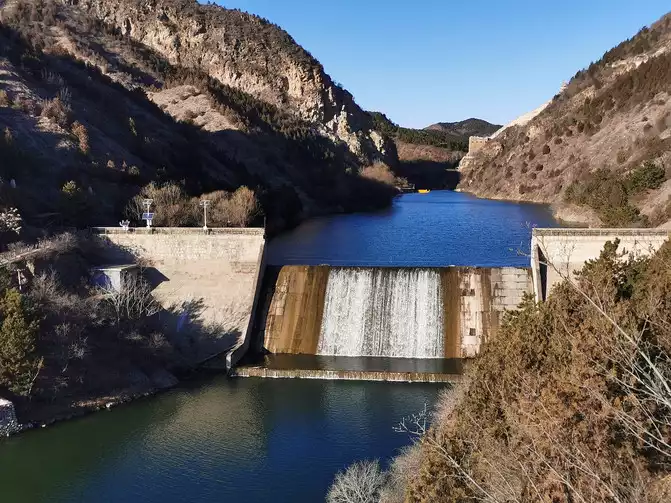
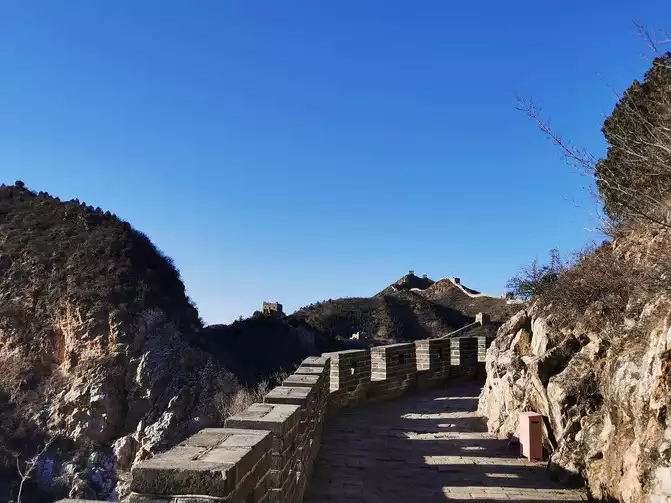
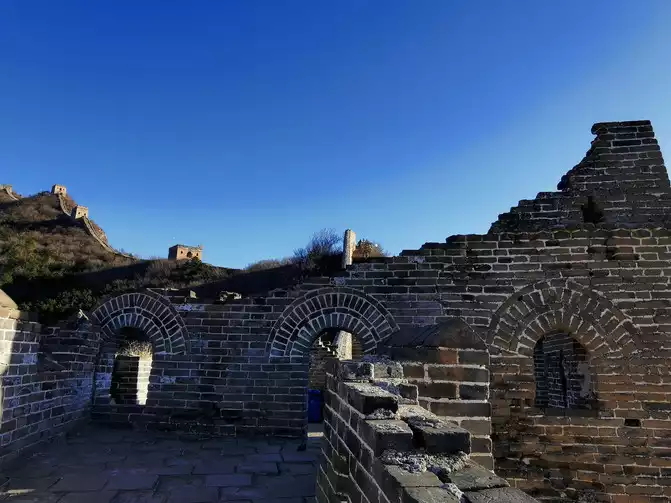
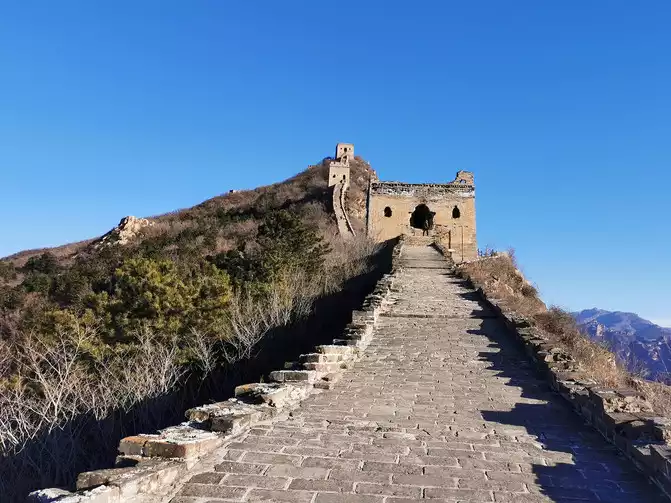
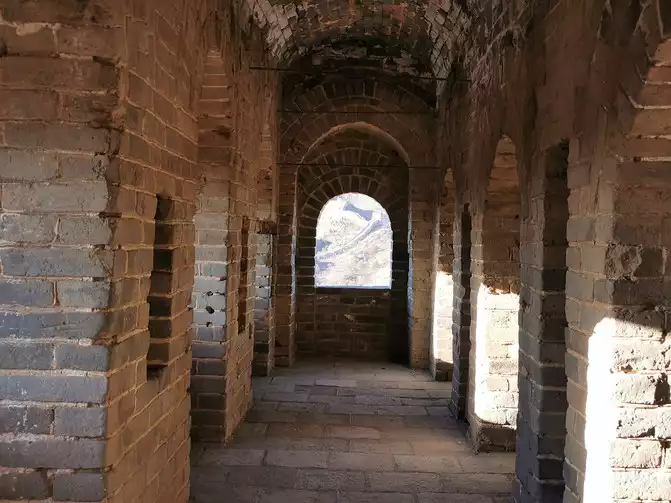
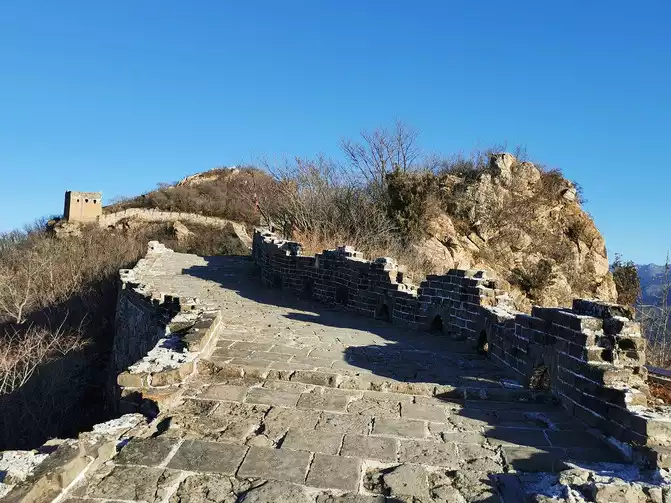
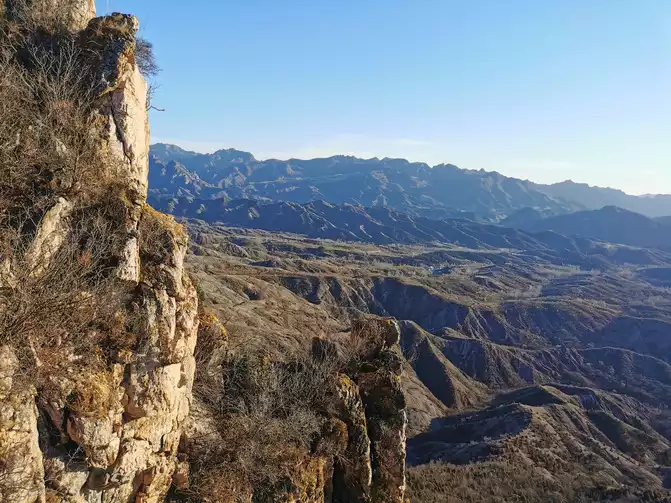
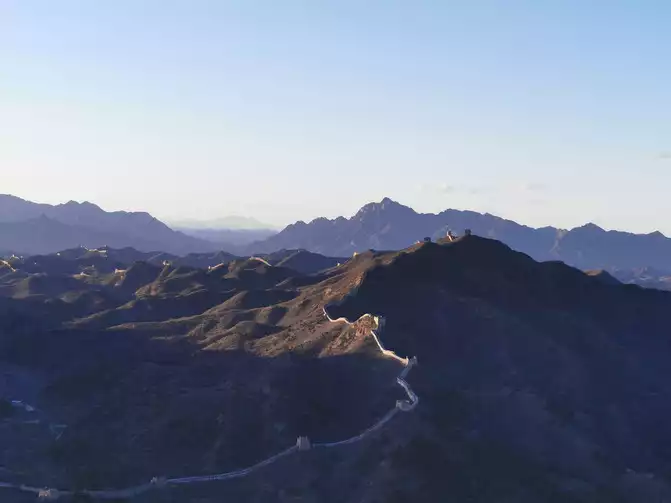
Simatai Great Wall
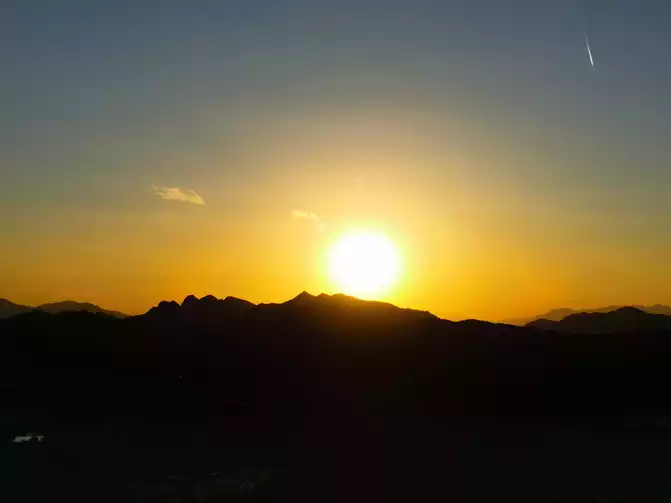
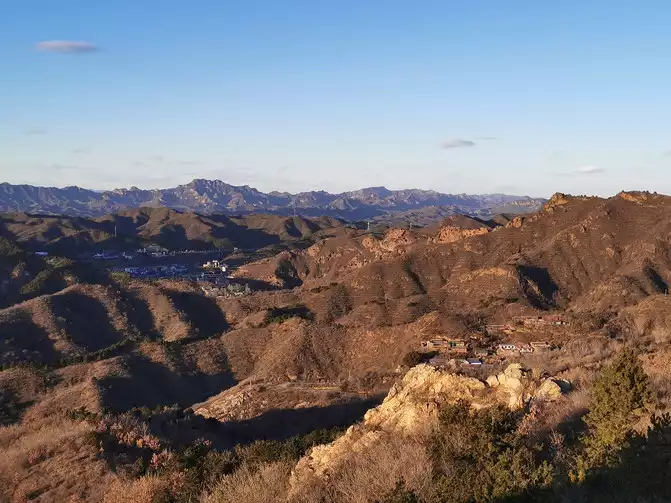
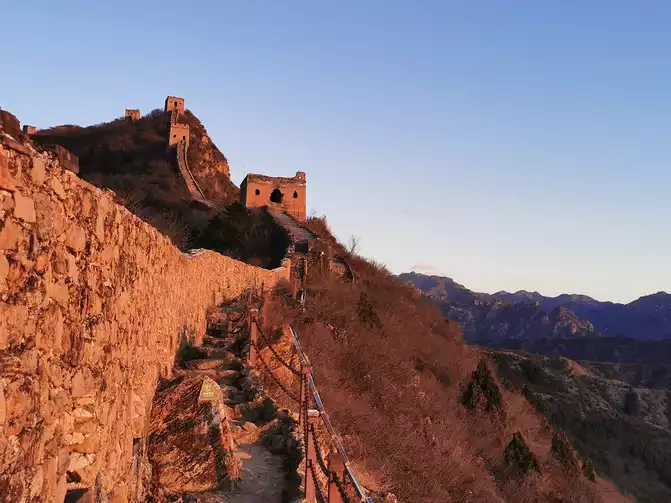
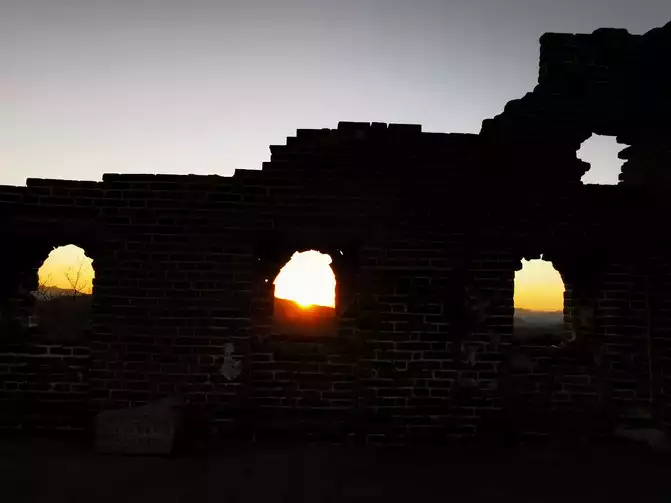
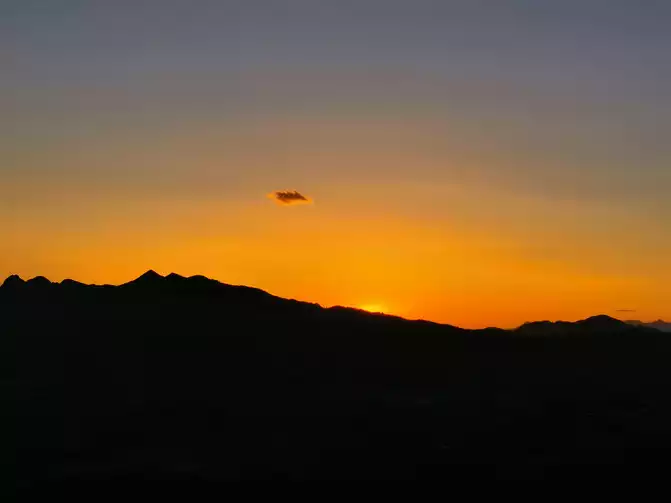
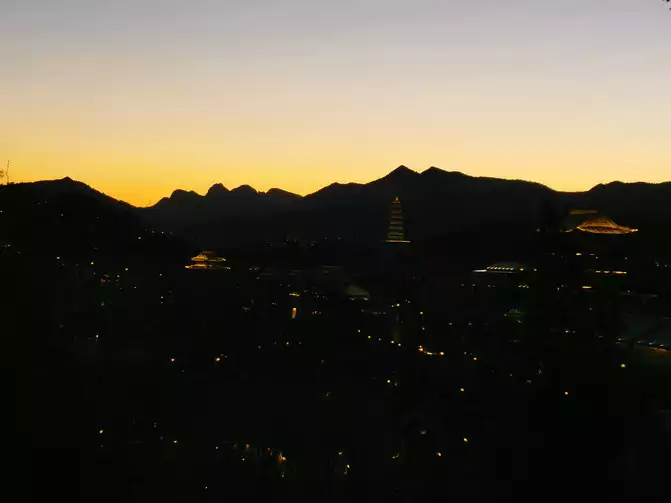
Sunset at Simatai Great Wall
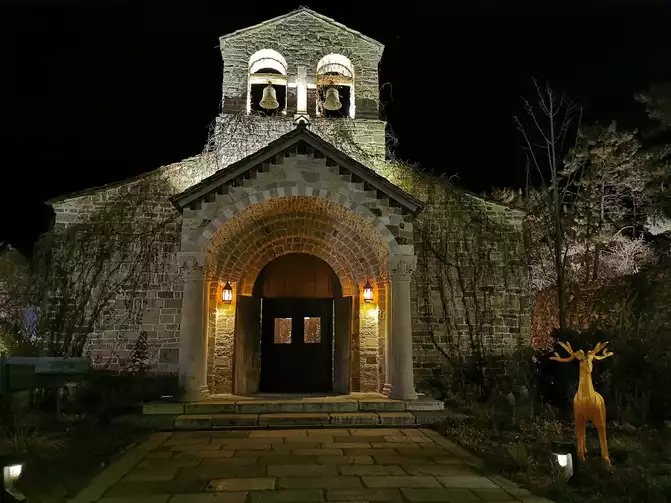
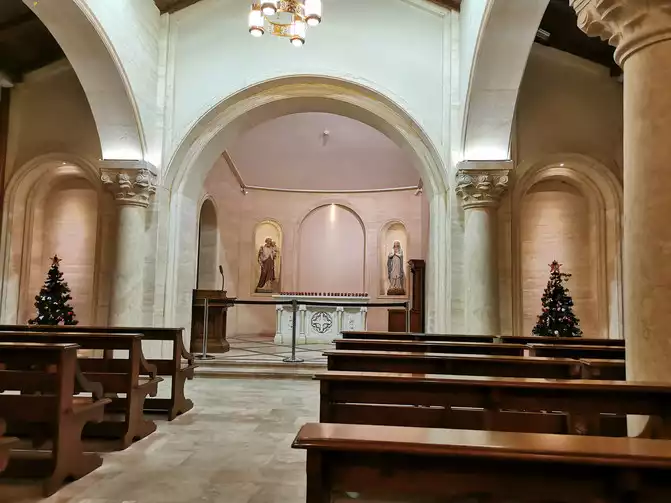
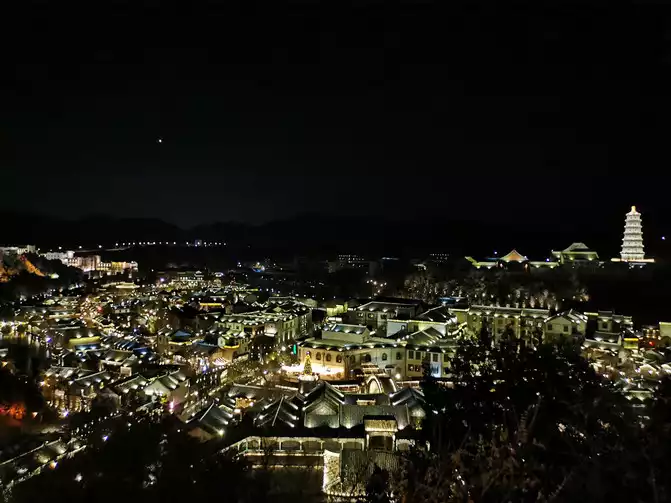
Nighttop Church and Gubei Water Town
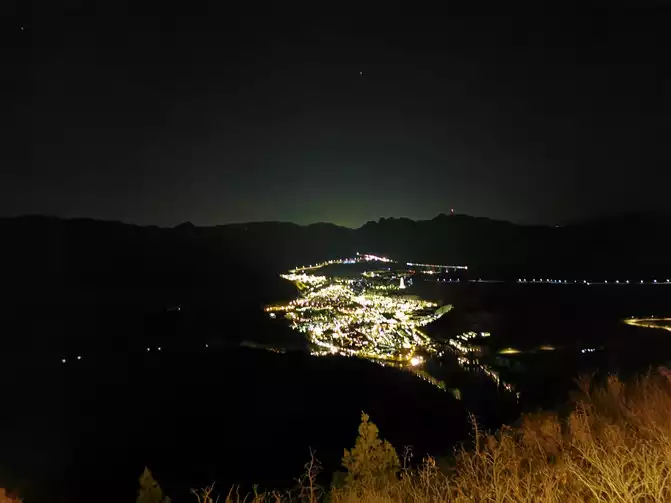
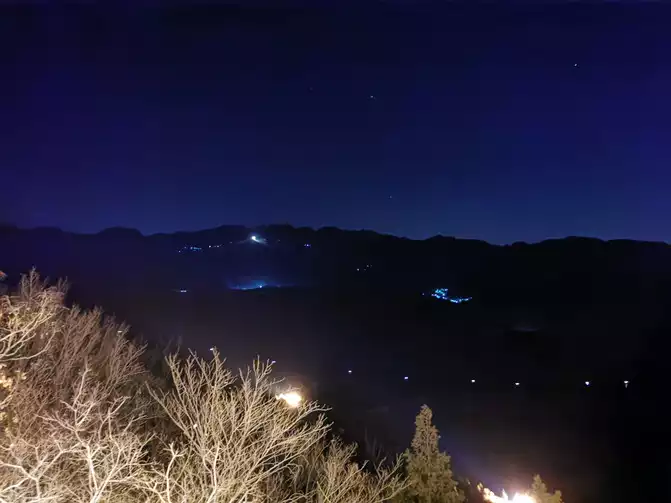
Simatai Great Wall Night
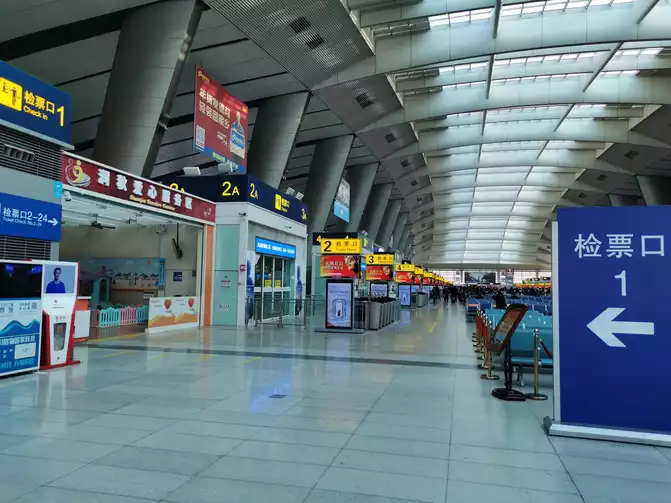
Beijing South Railway Station
Number of days: 1 day, Average cost: 100 yuan,
Number of days: 1 day, Average cost: 200 yuan,
Number of days: 1 day, Average cost: 50 yuan,
Number of days:3 days, Average cost: 2000 yuan,
Number of days: 1 day, Average cost: 333 yuan,
Number of days:4 days, Average cost: 1500 yuan,